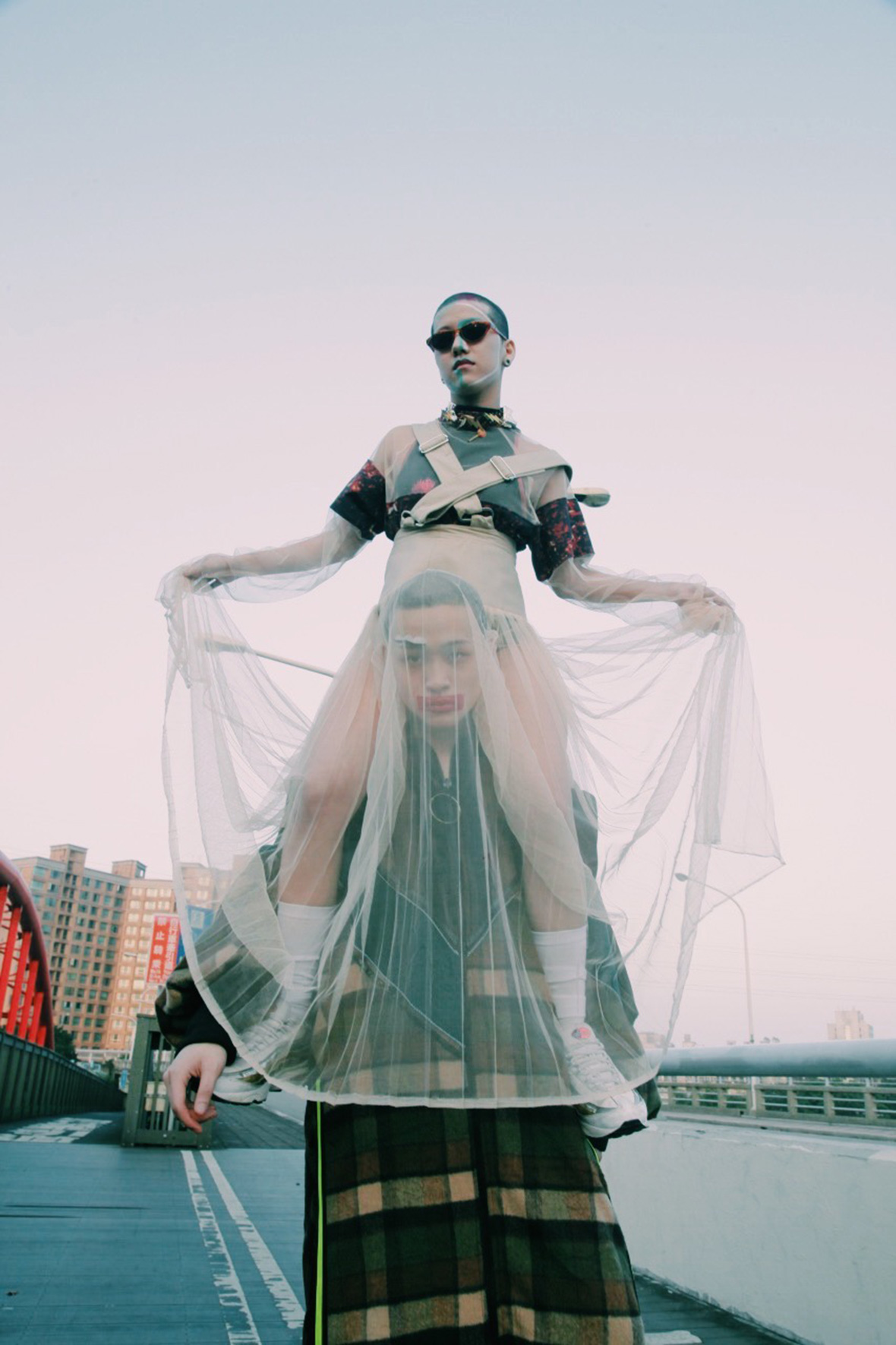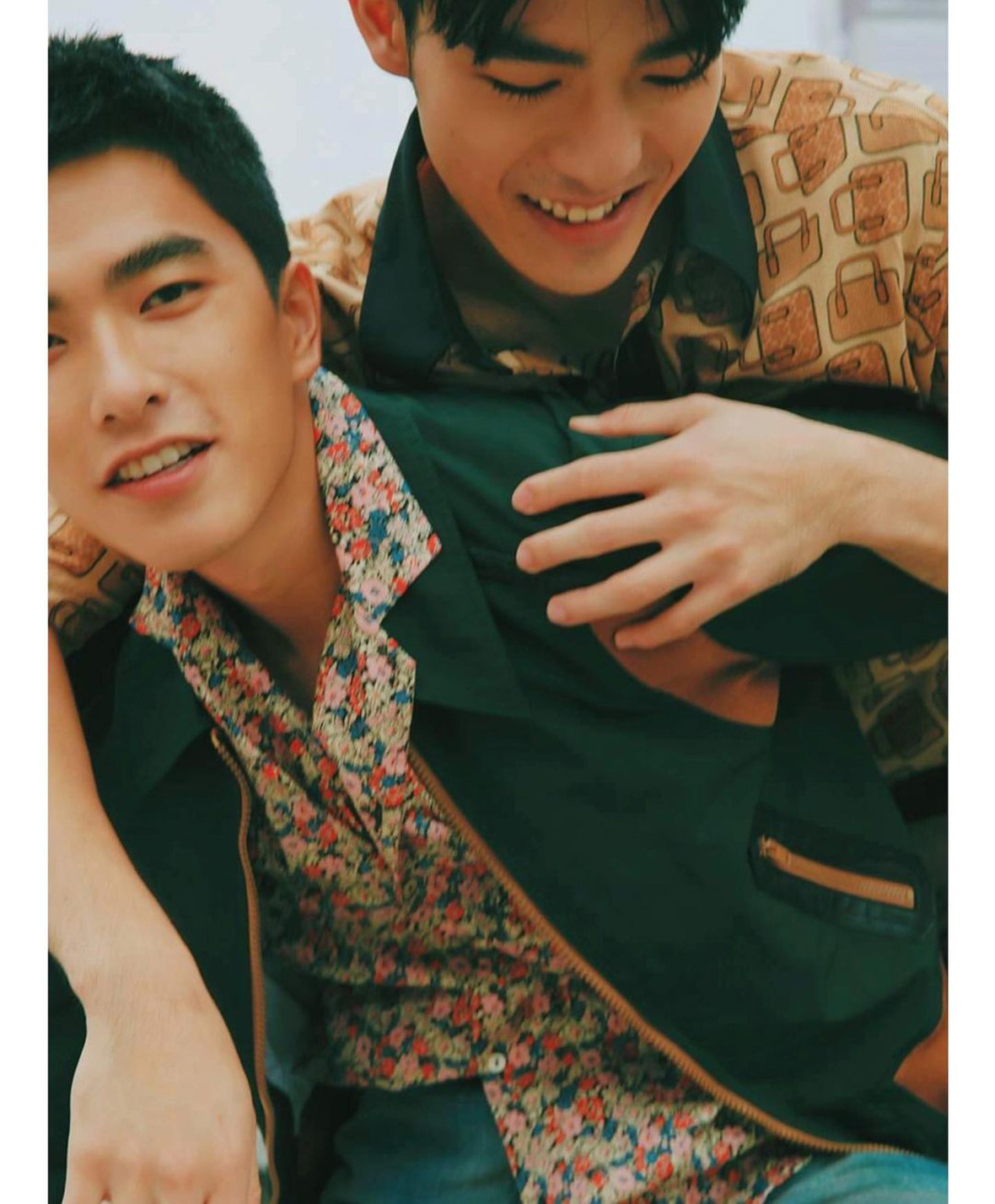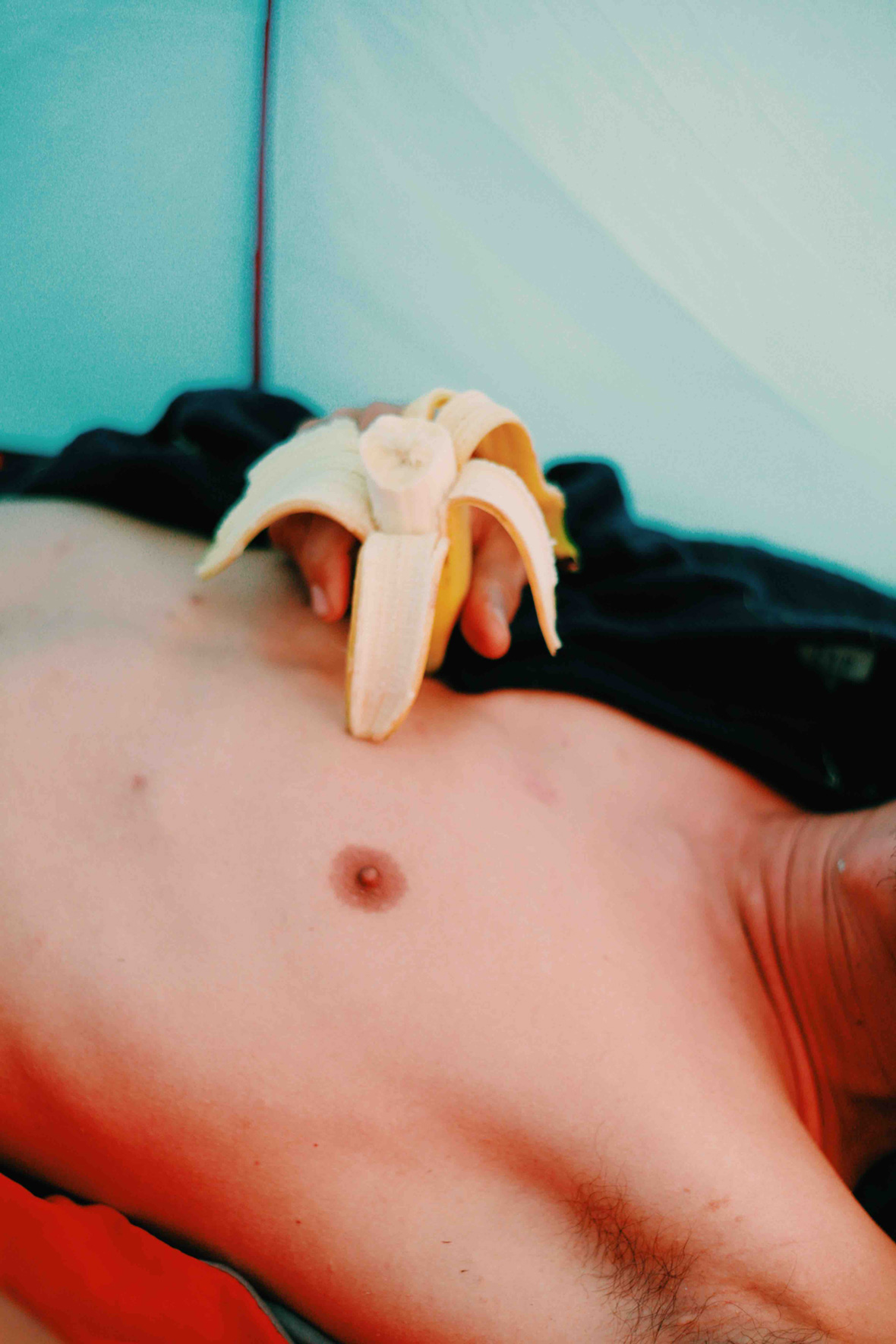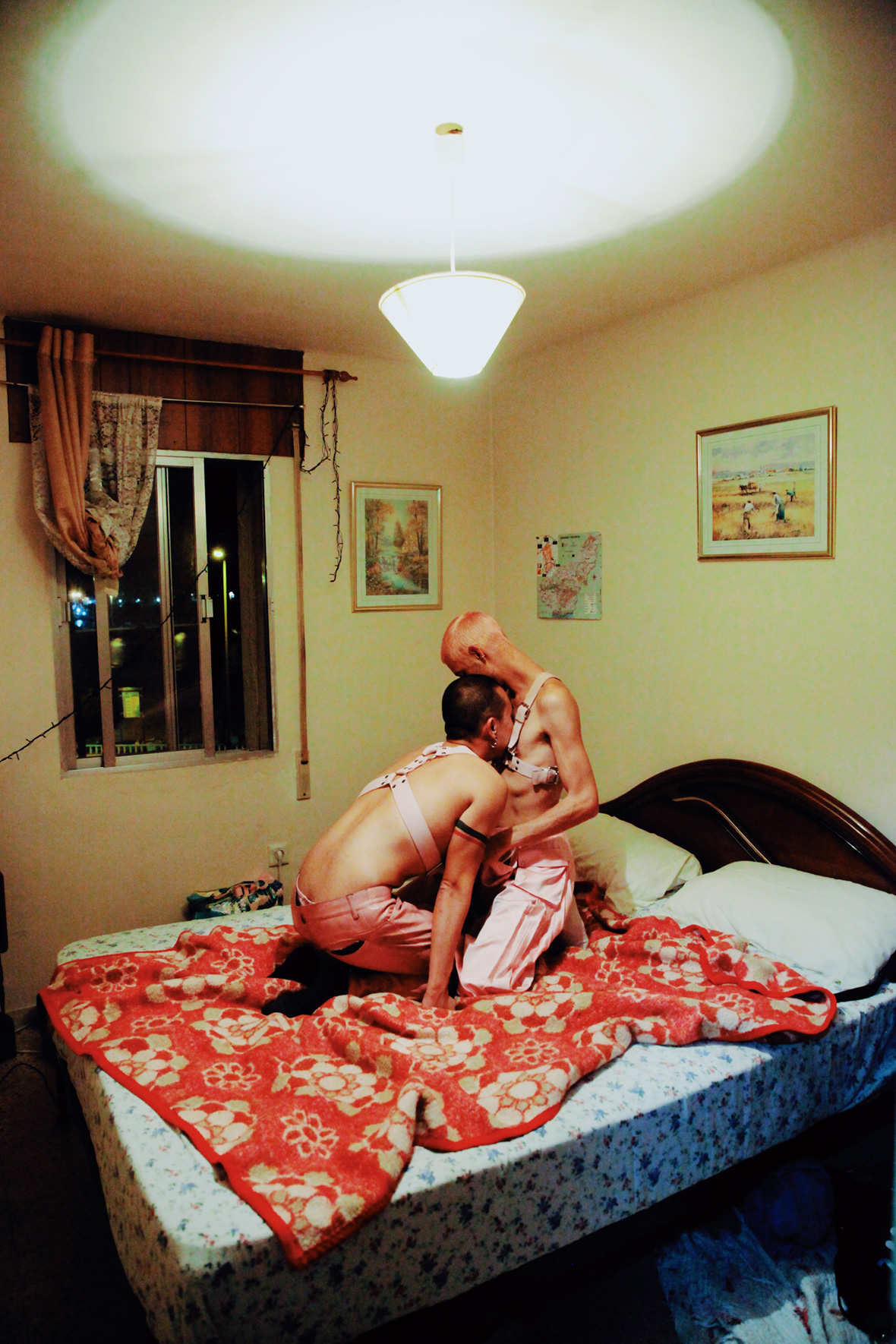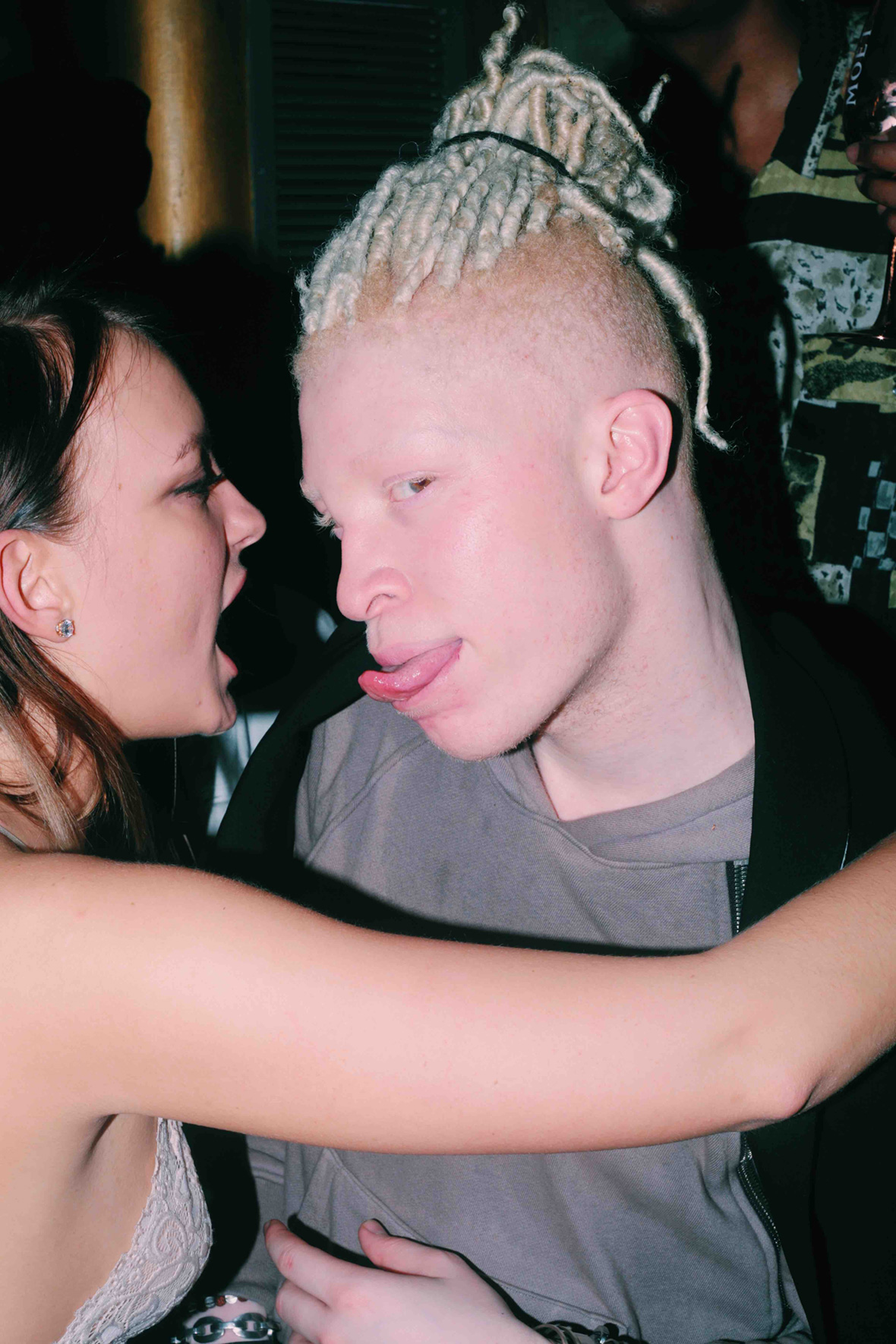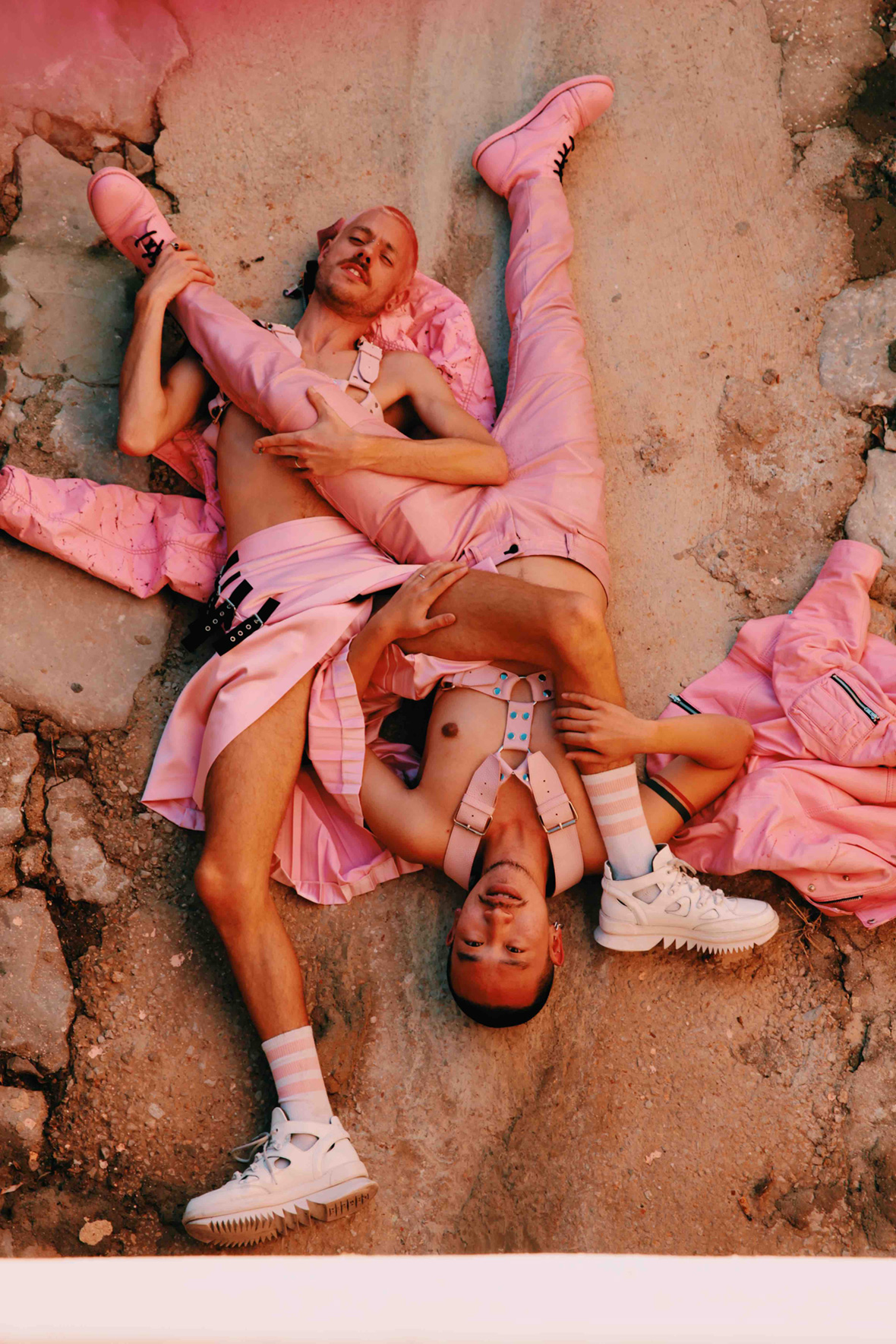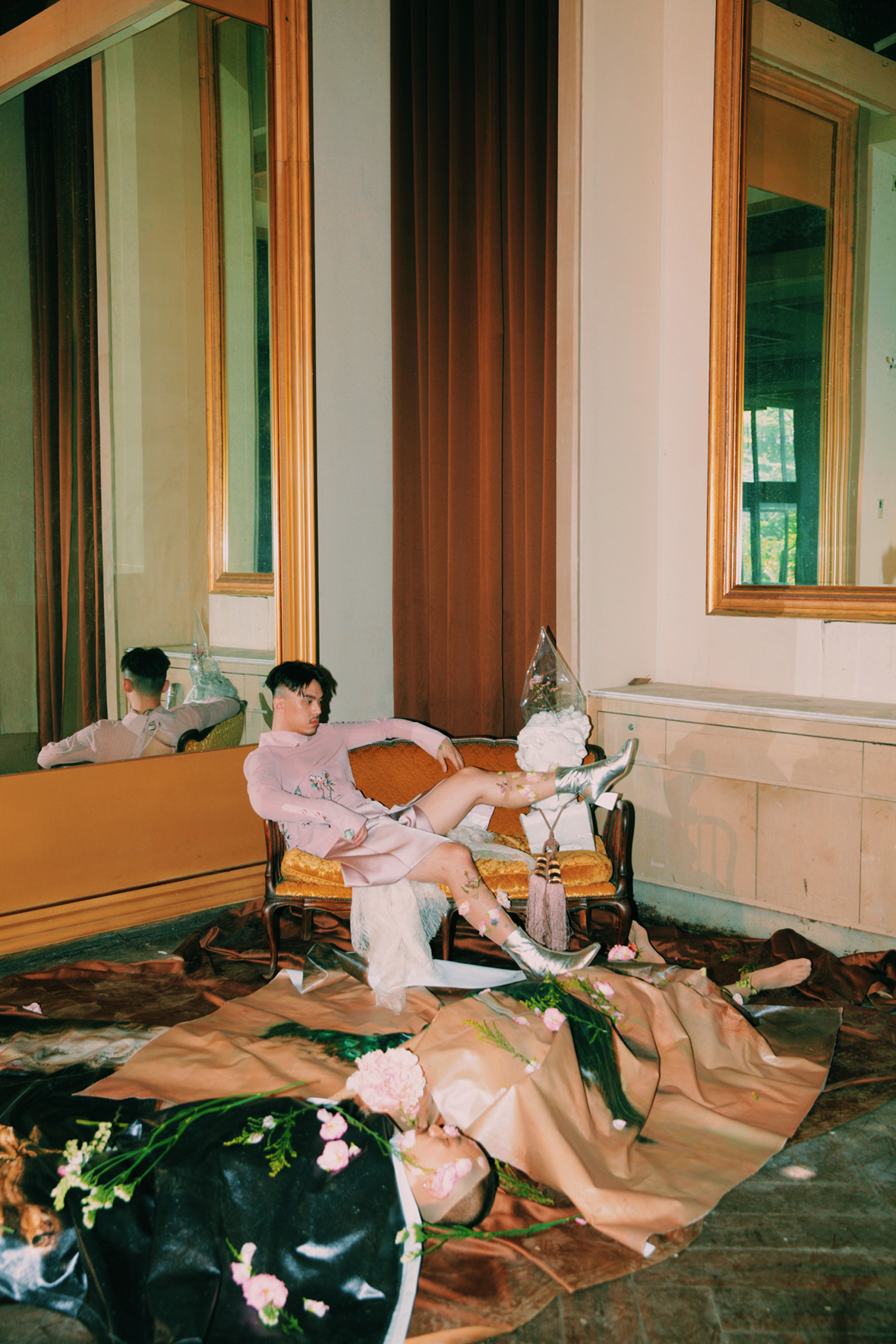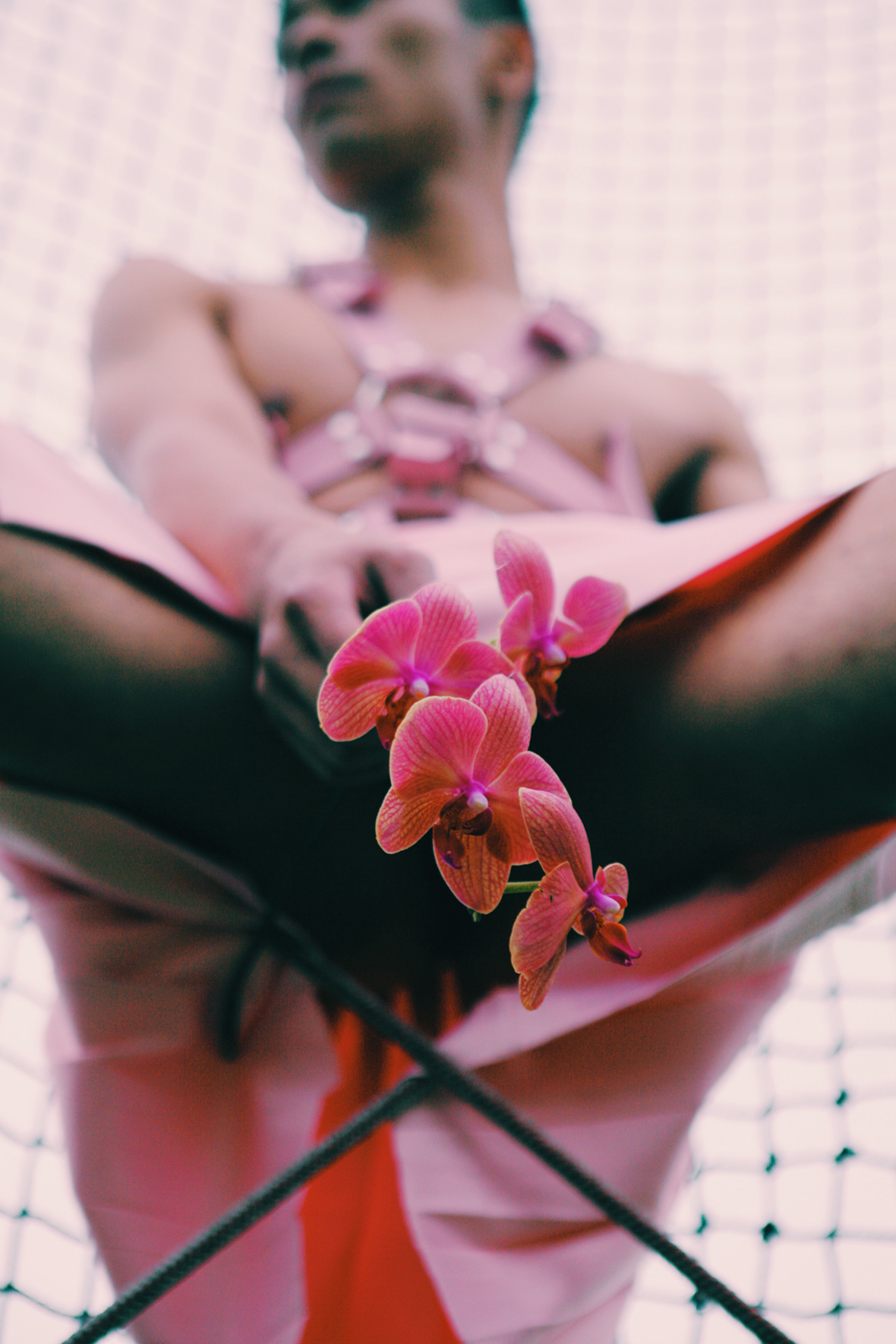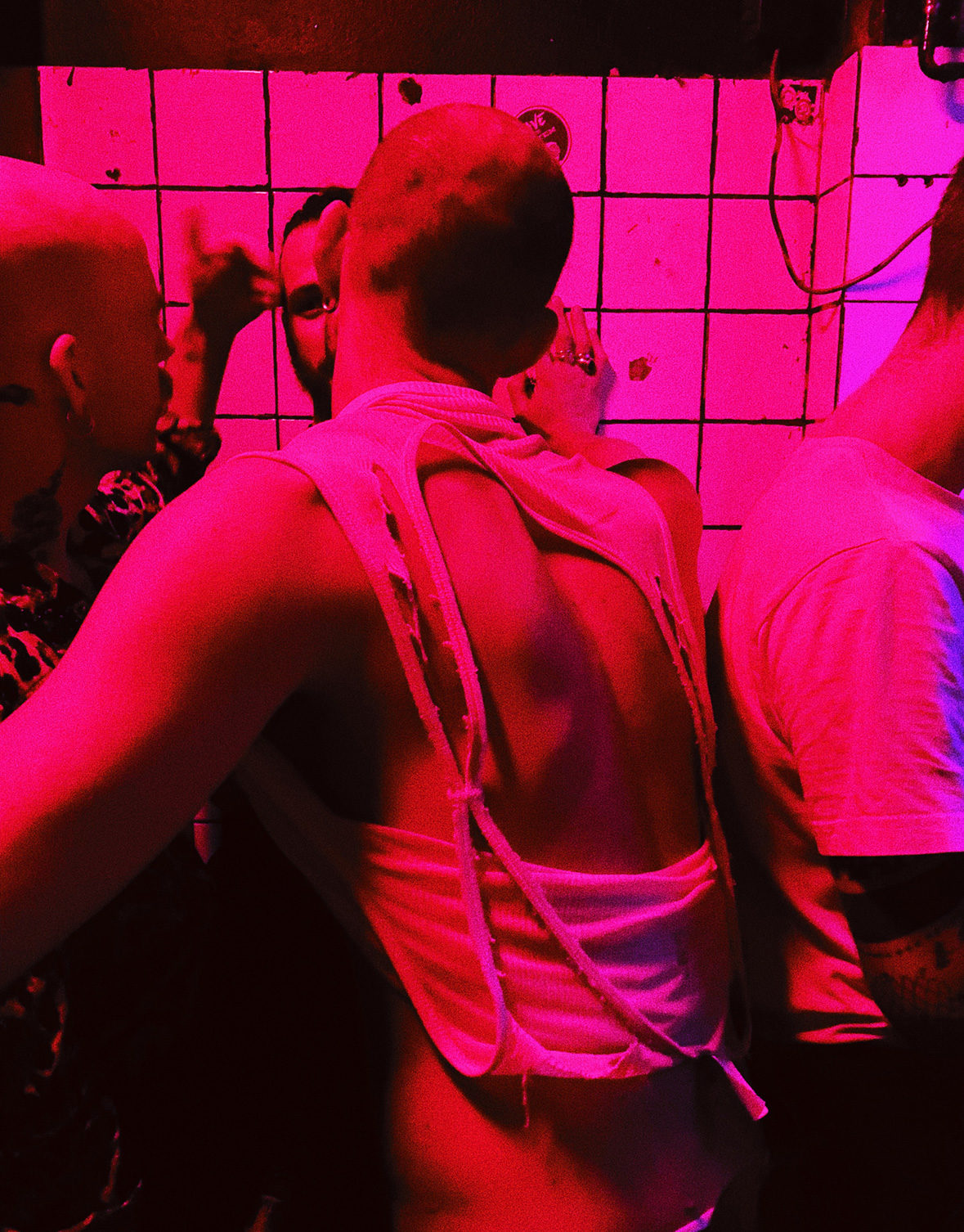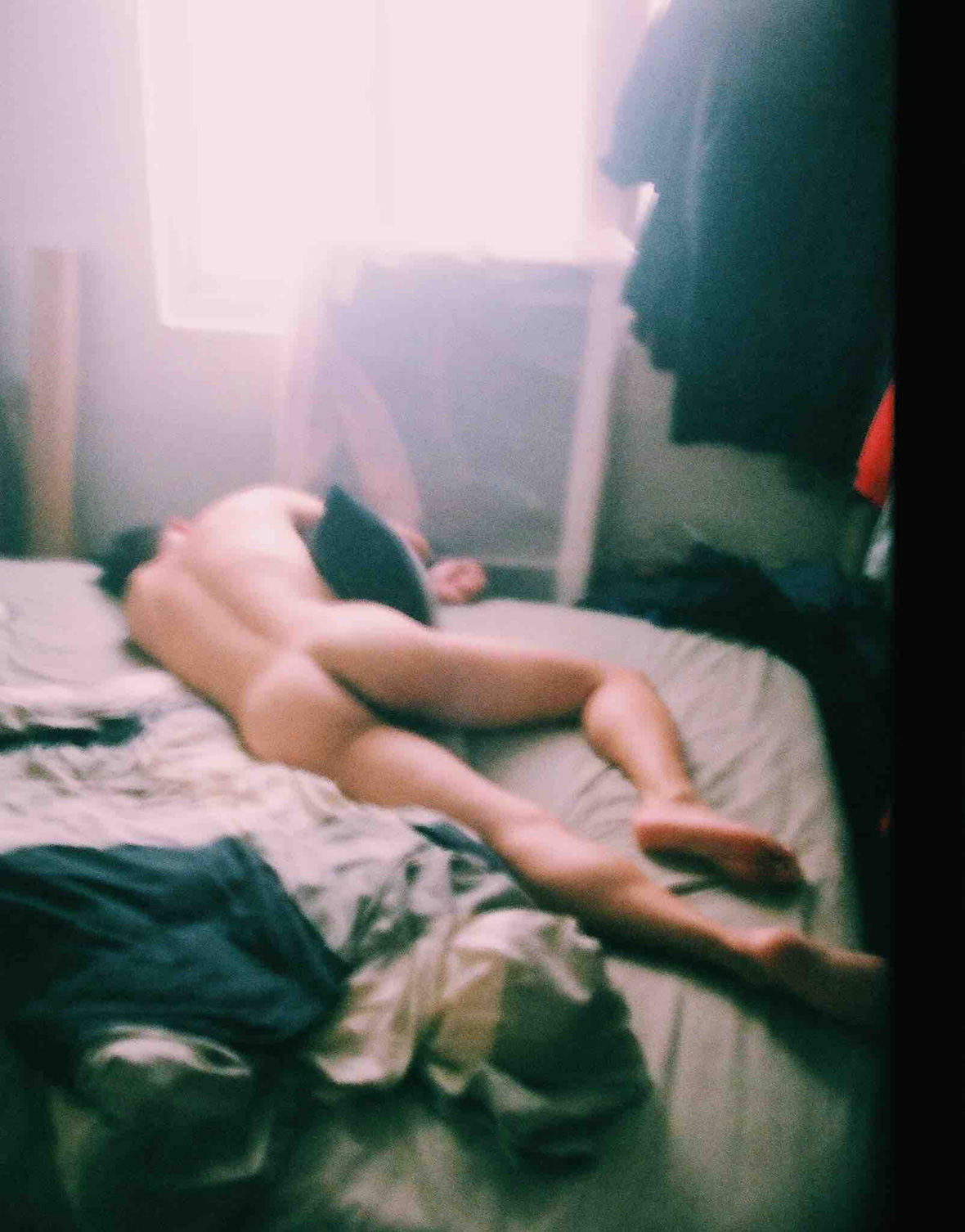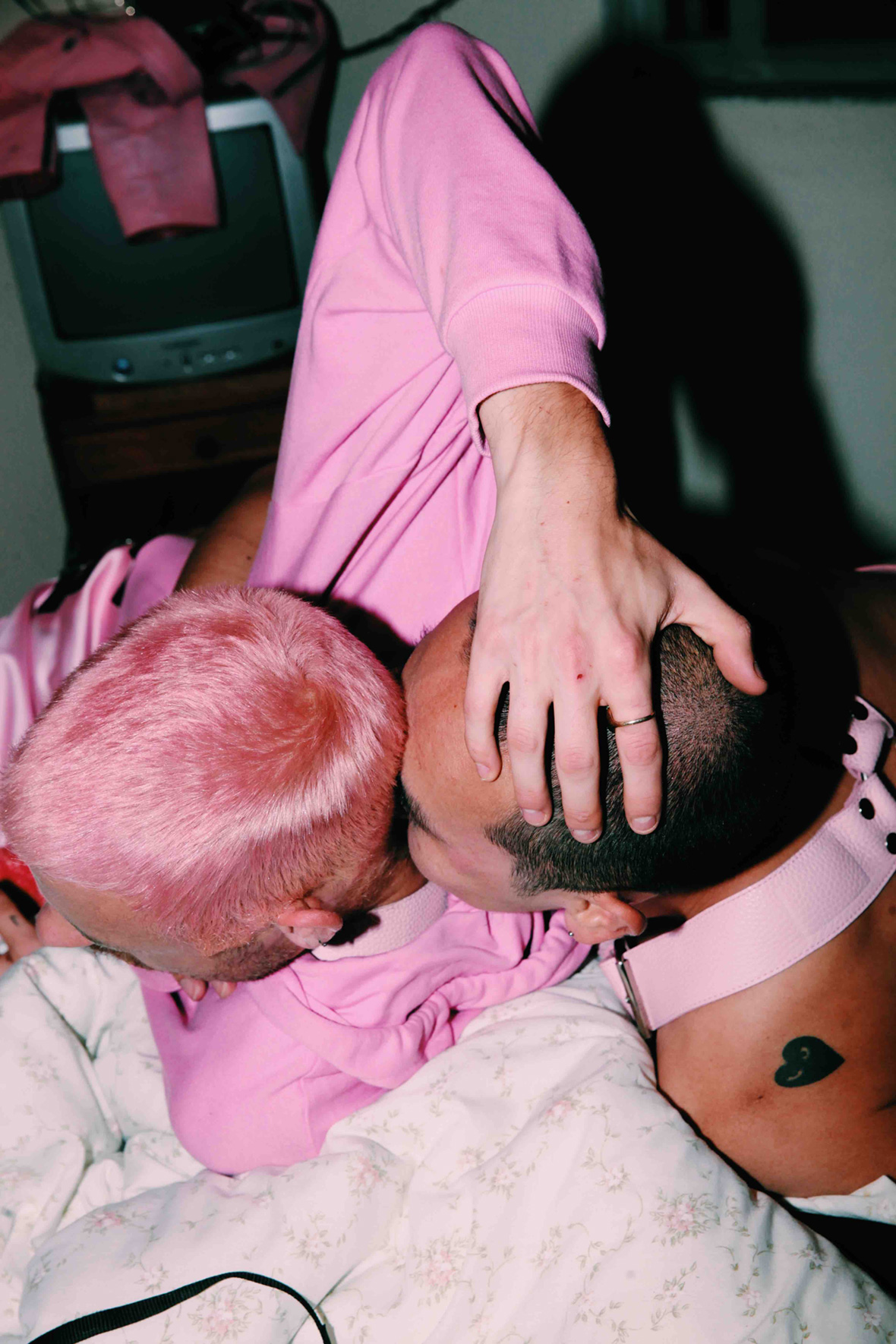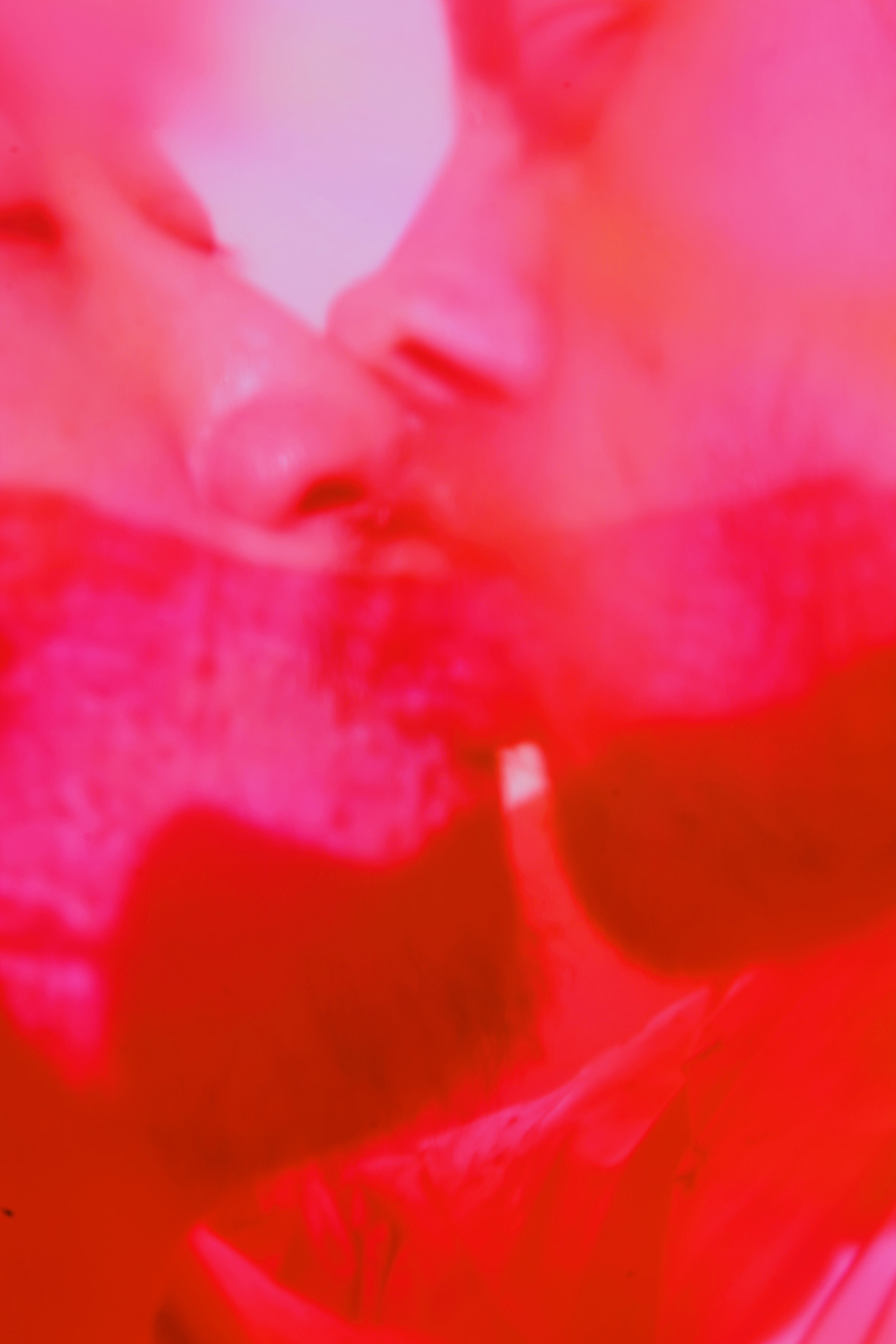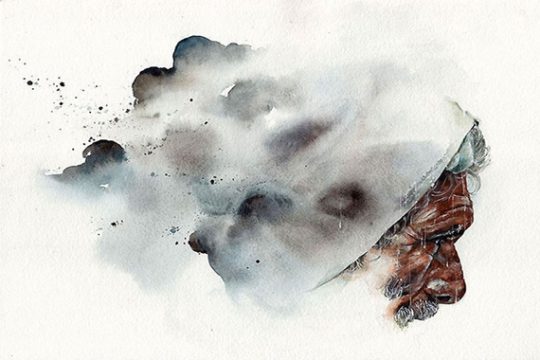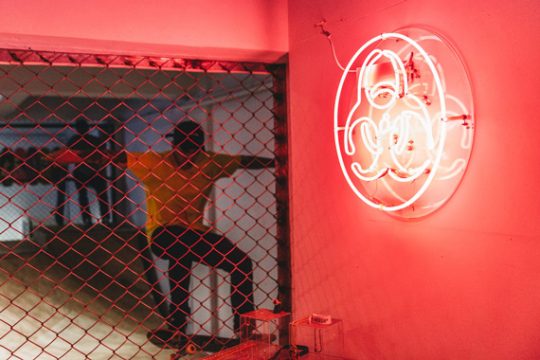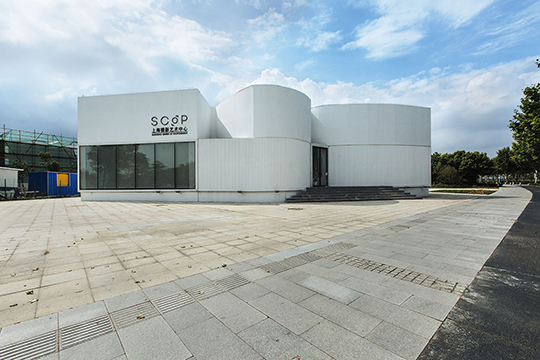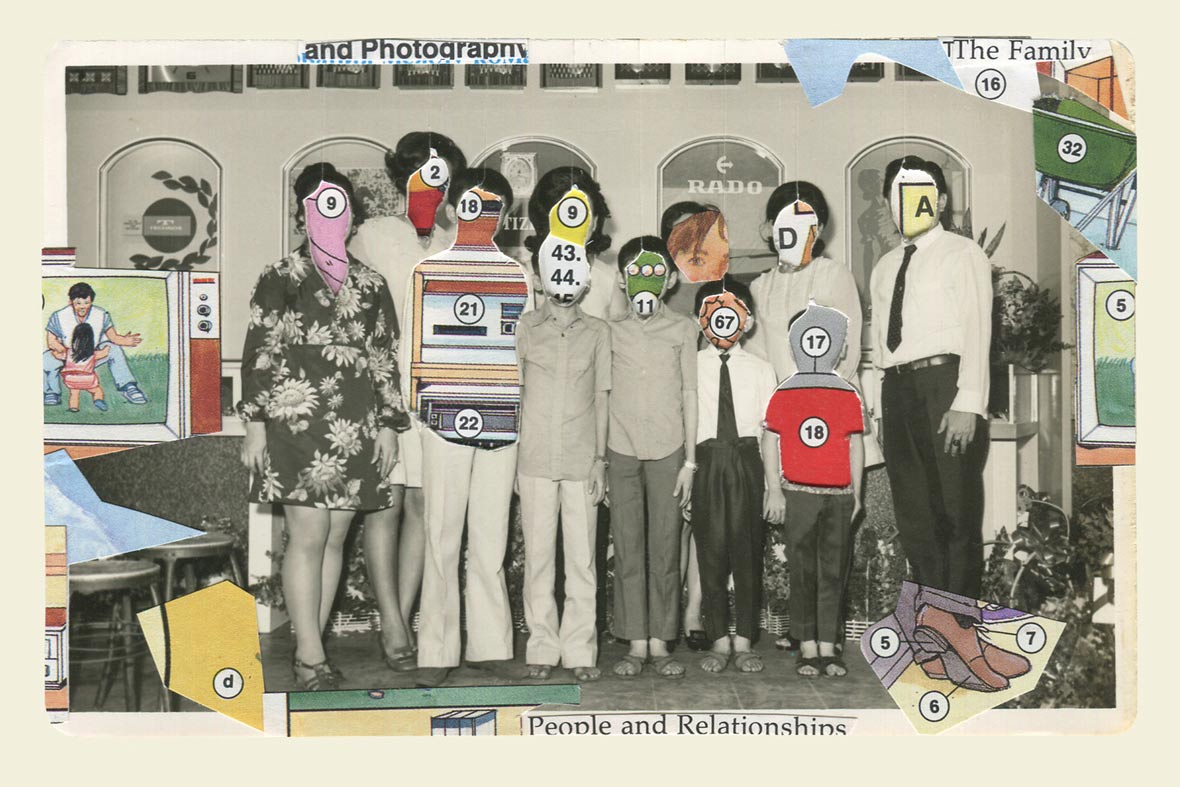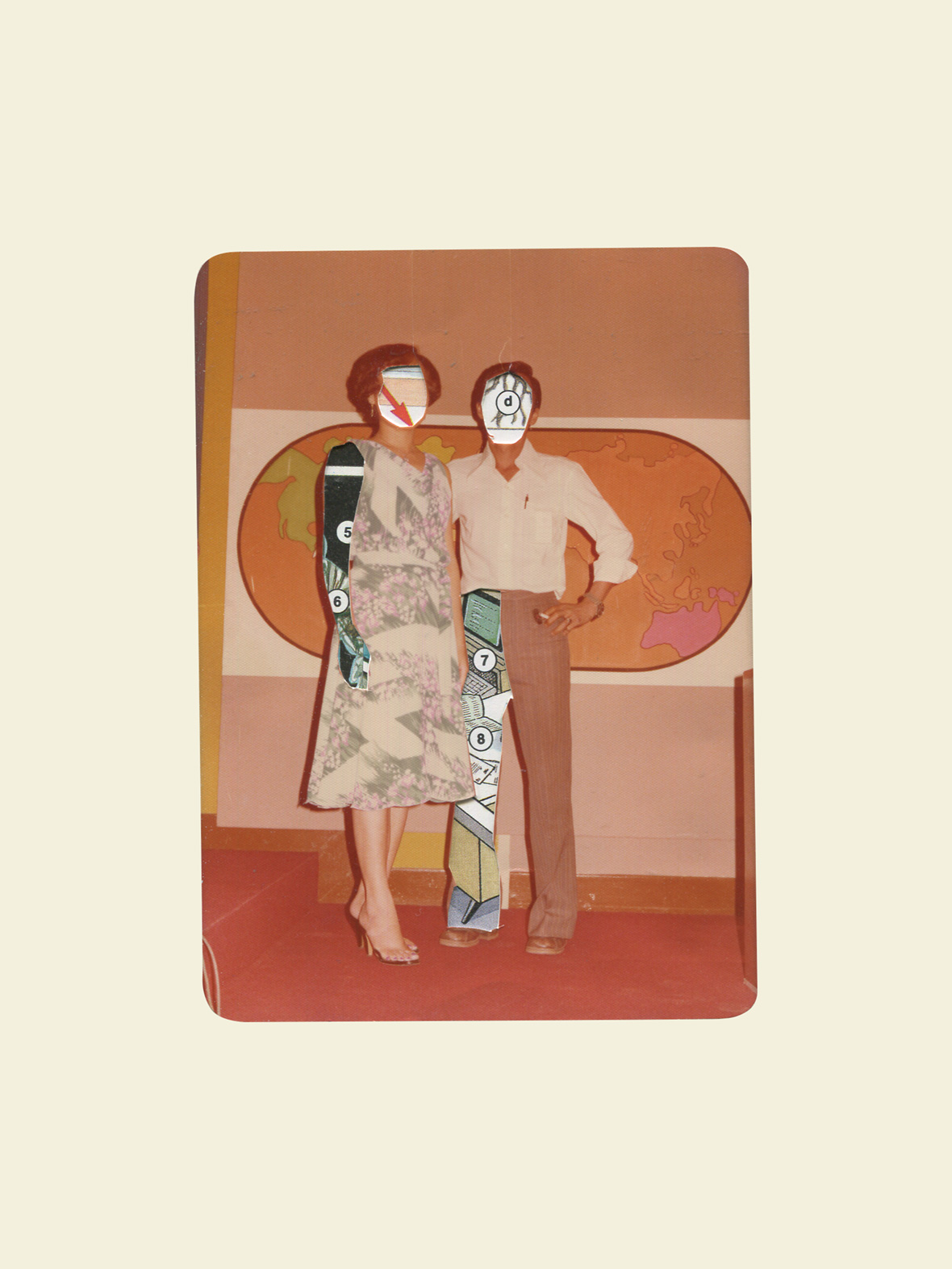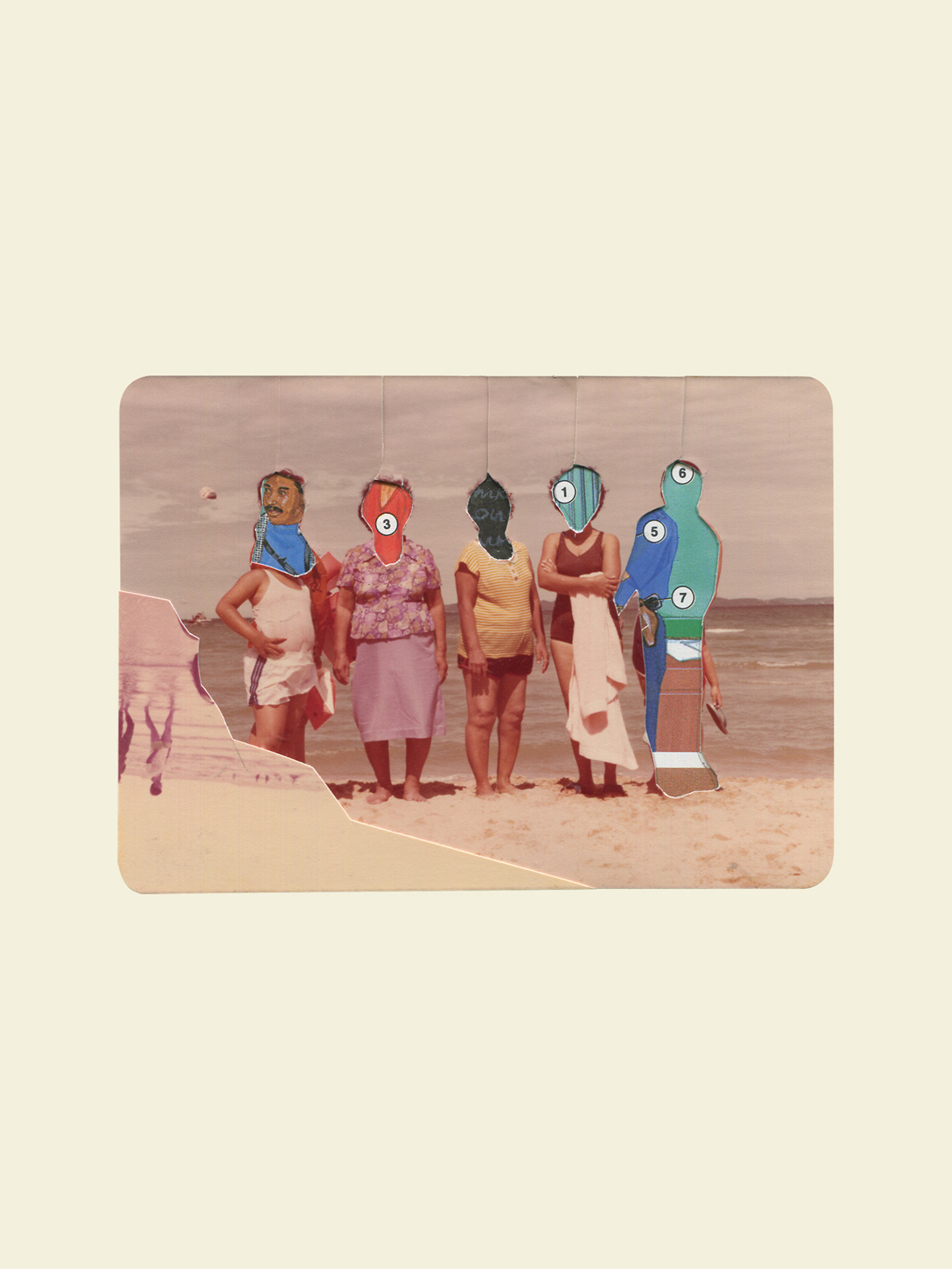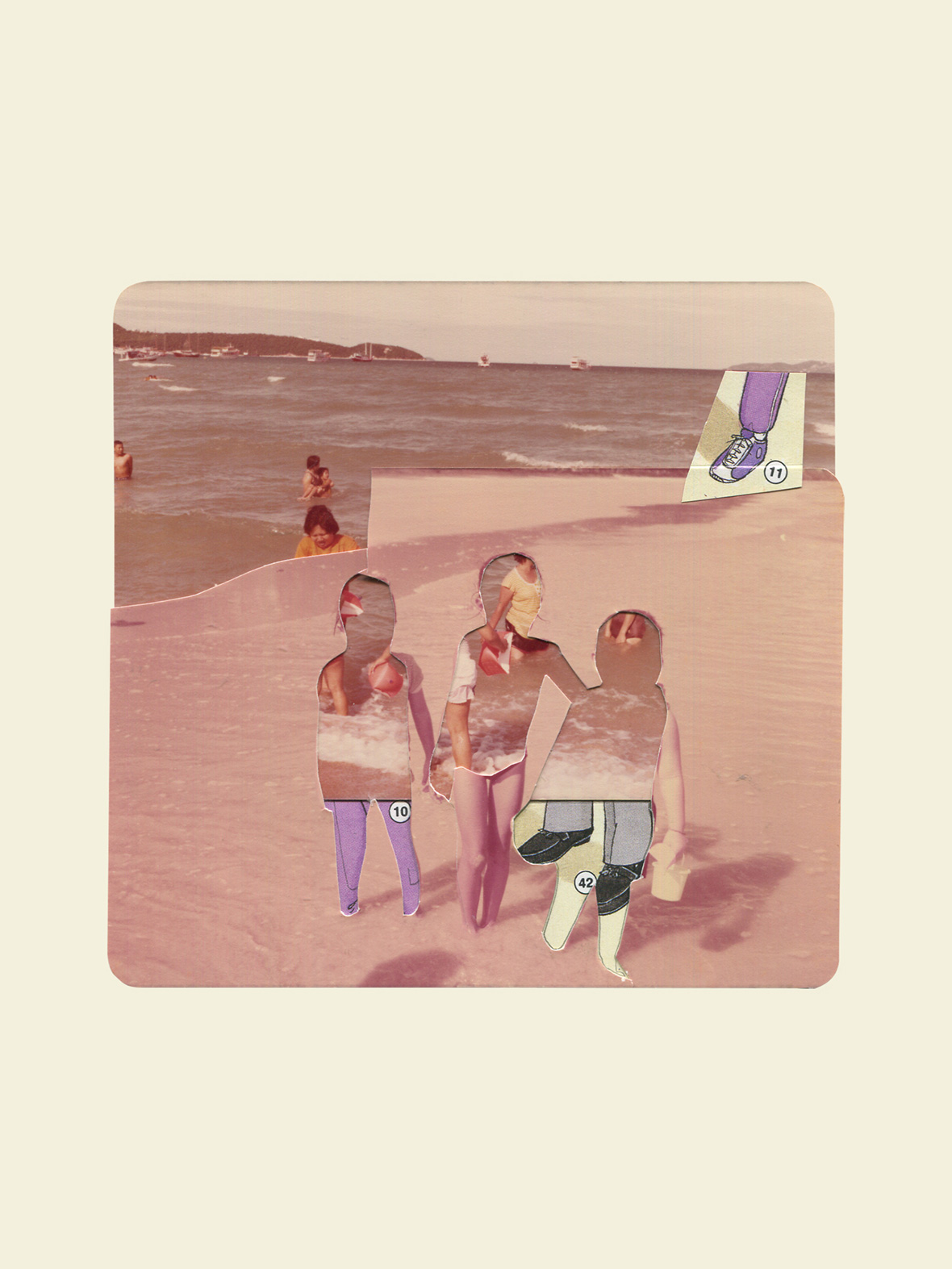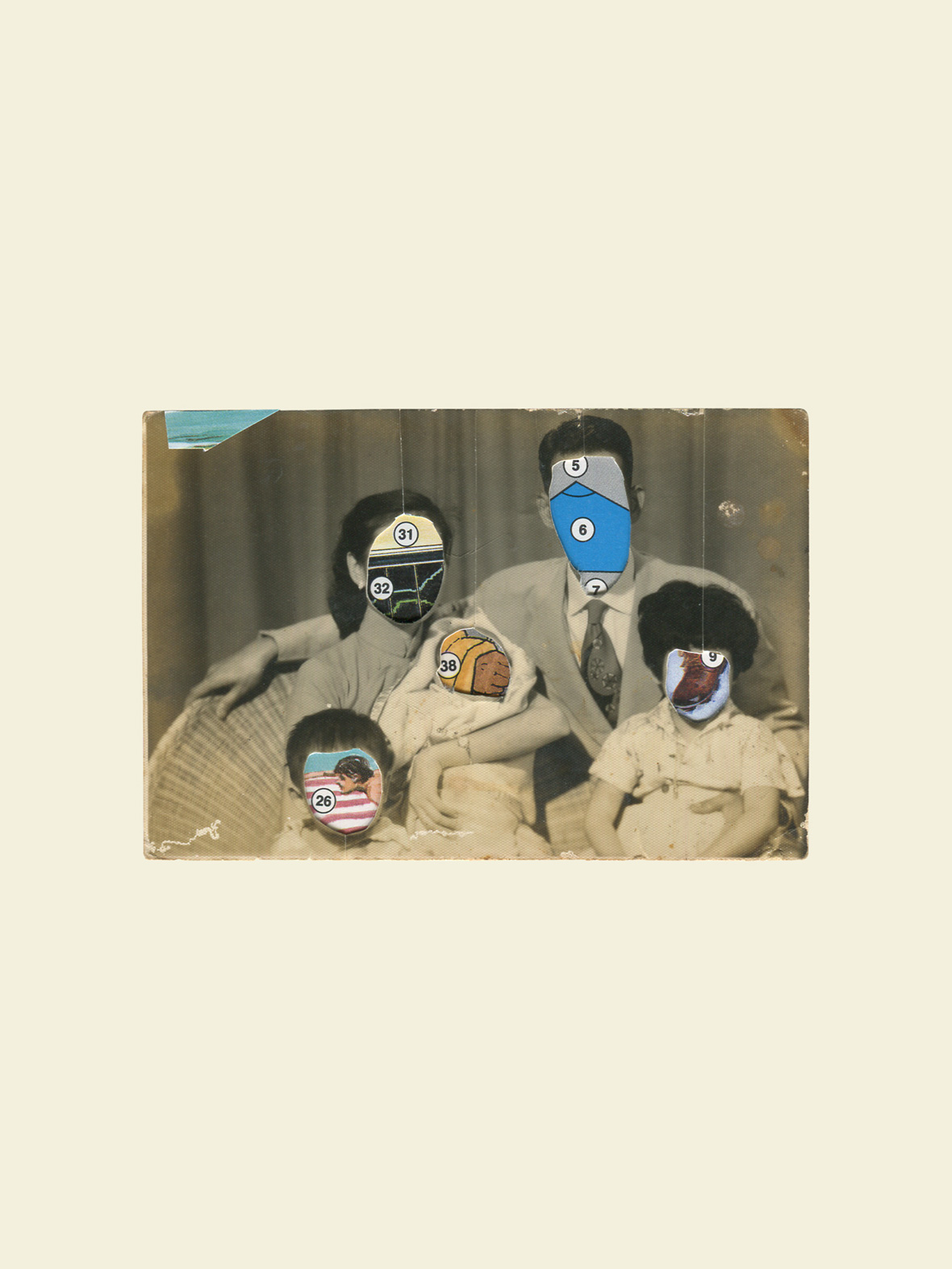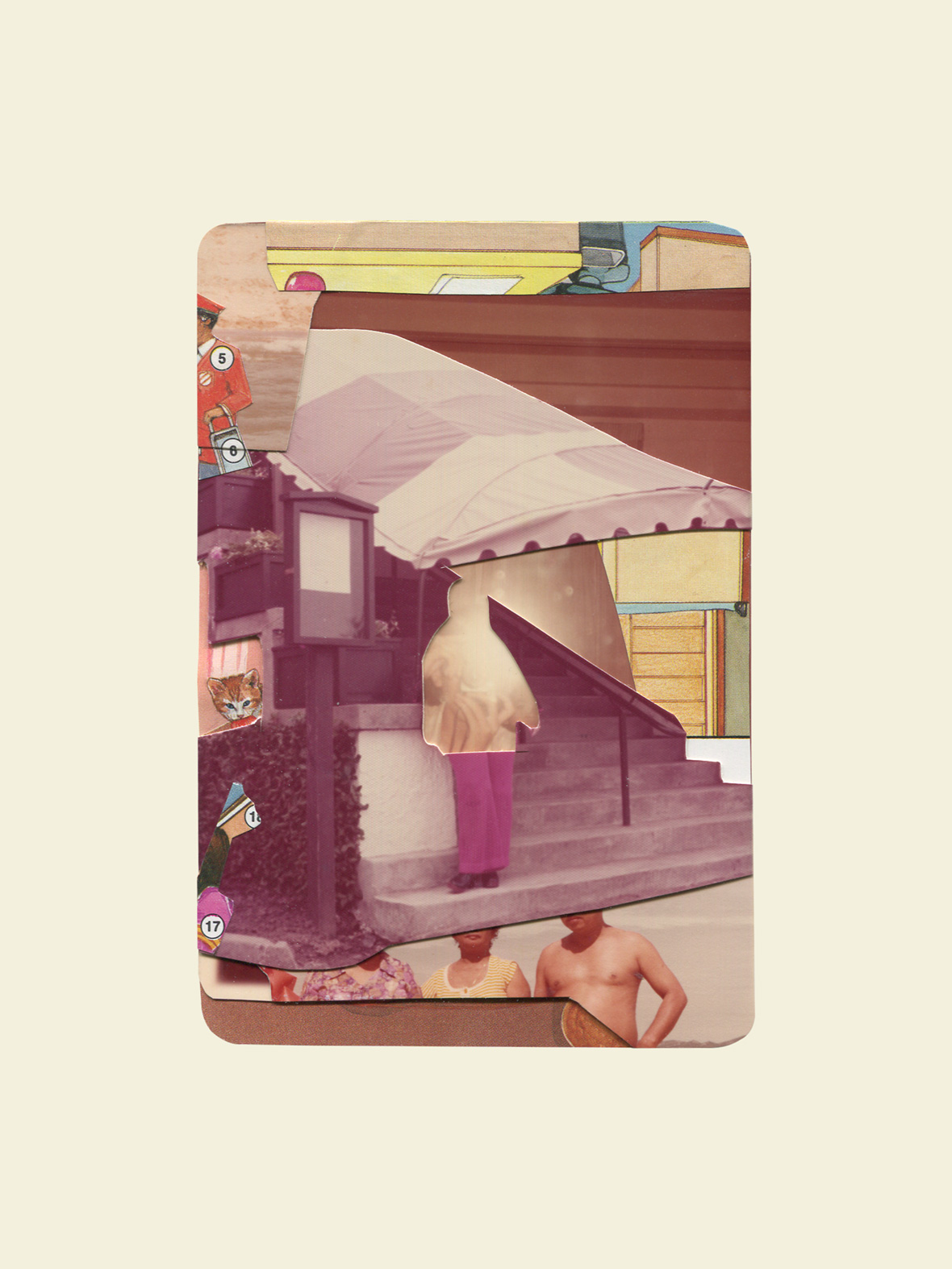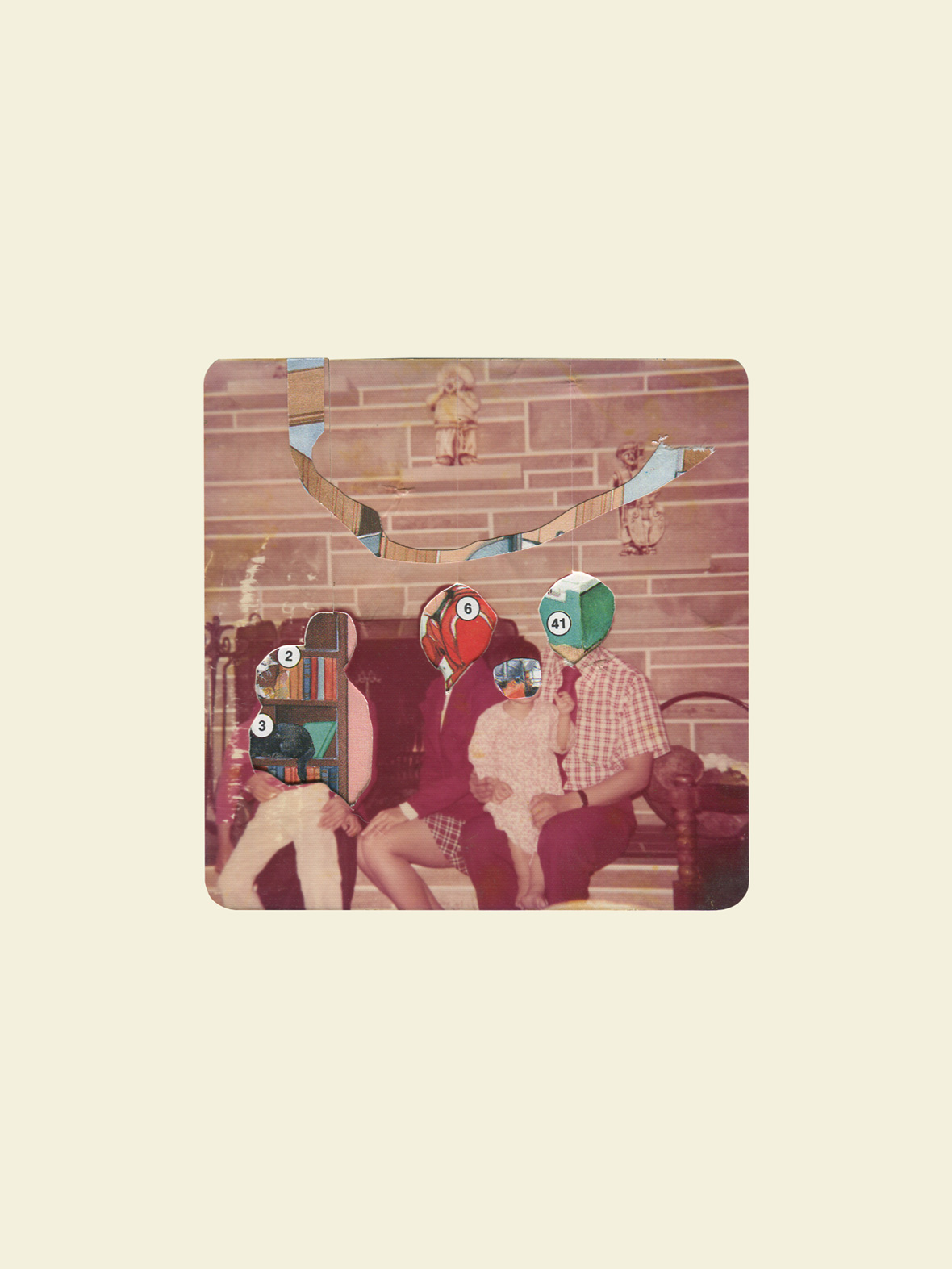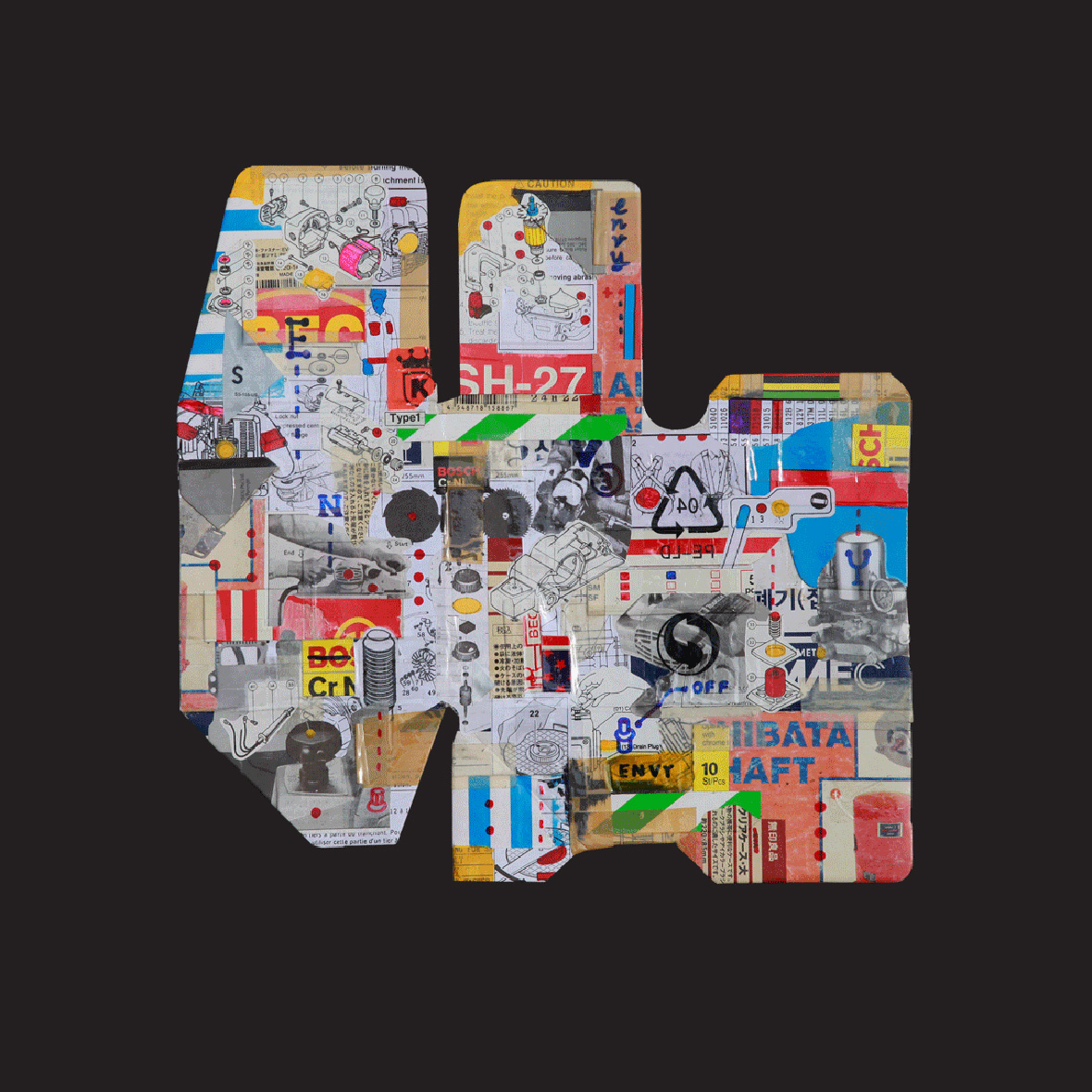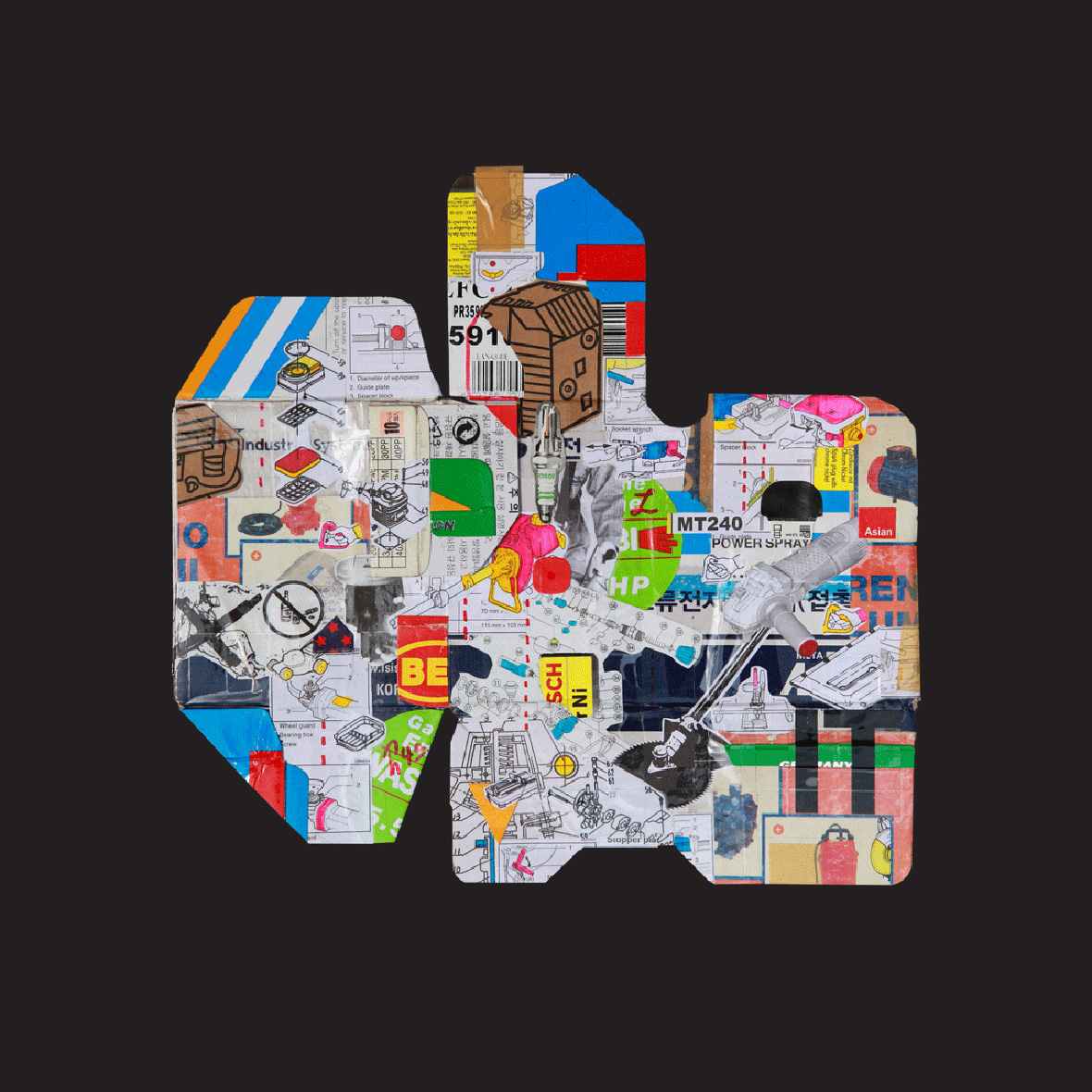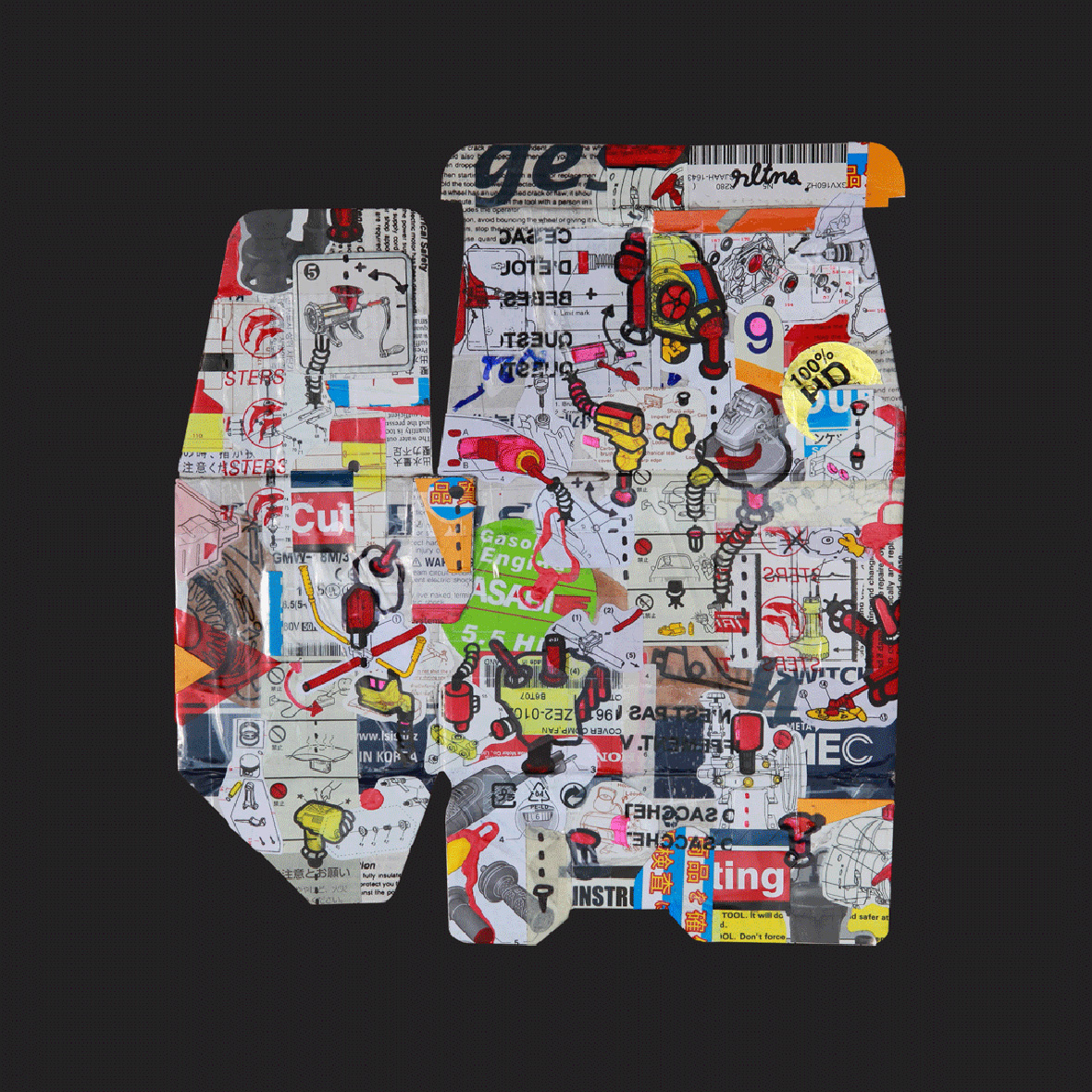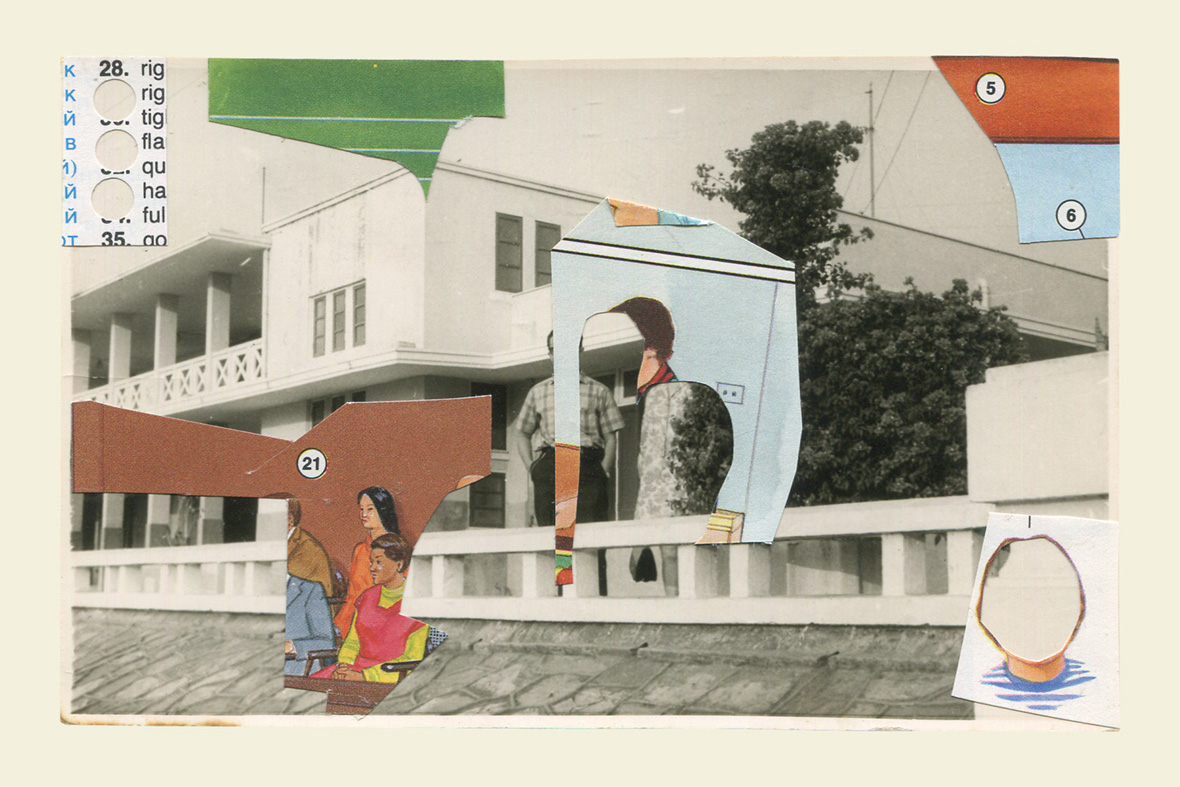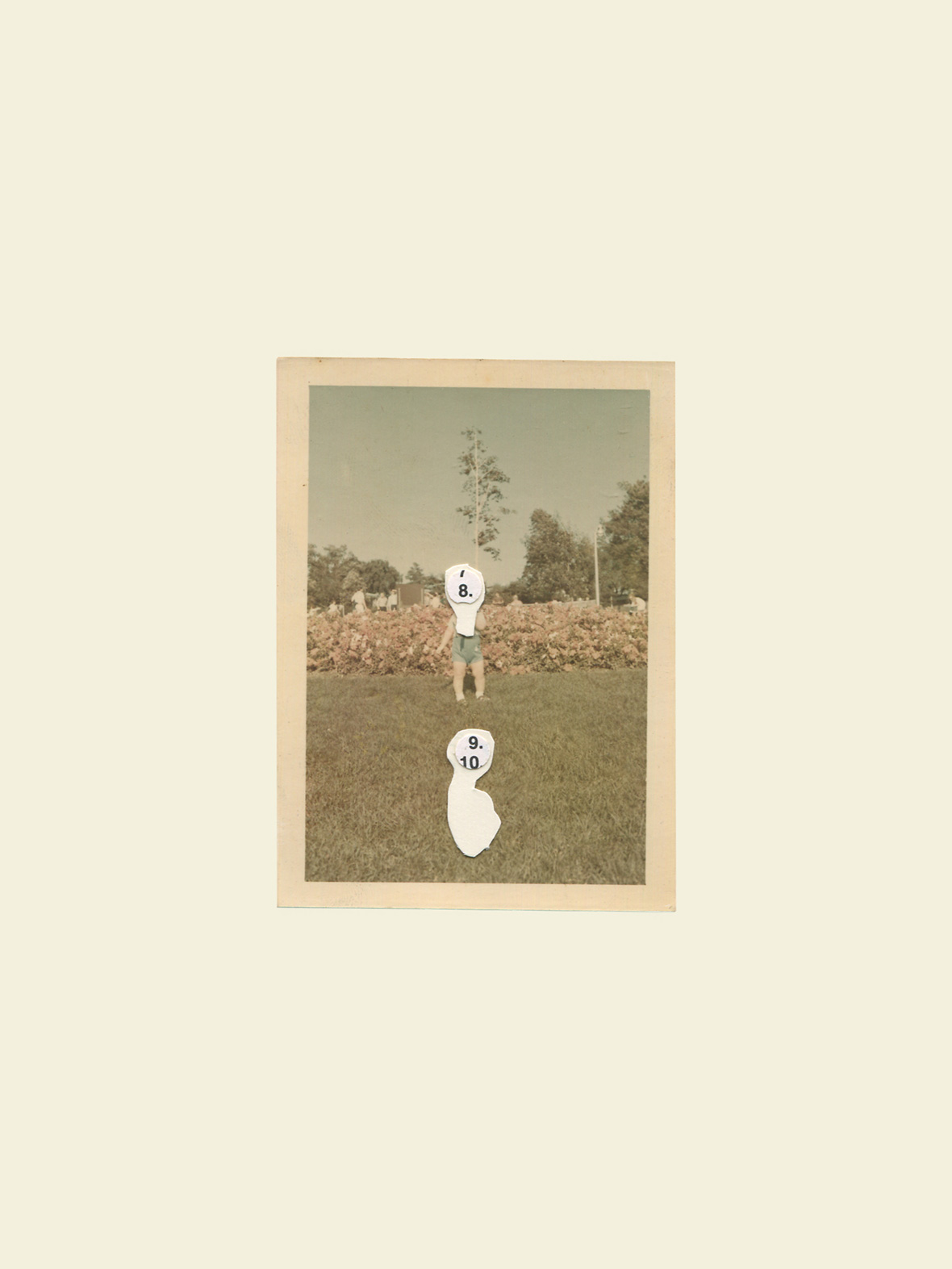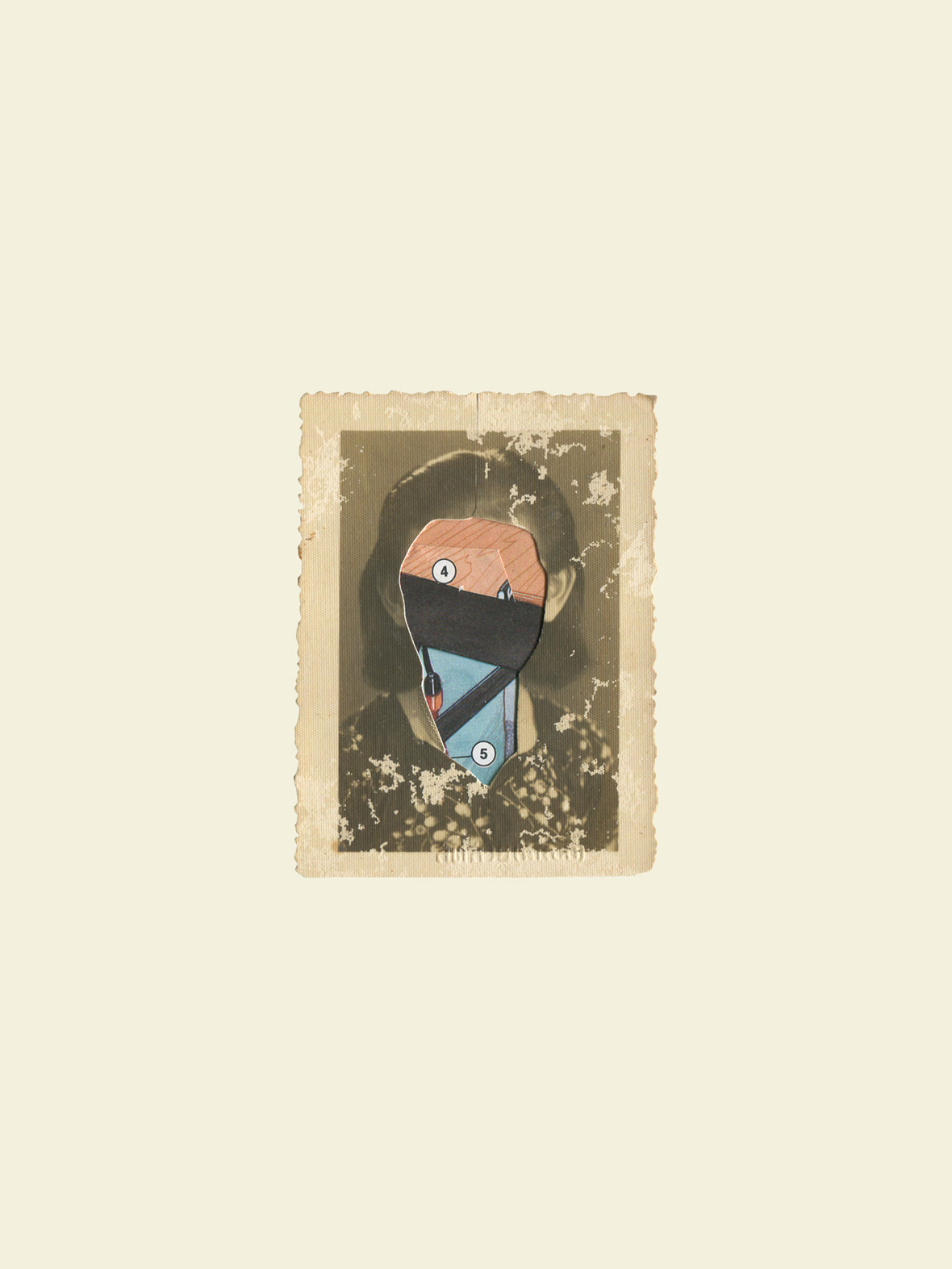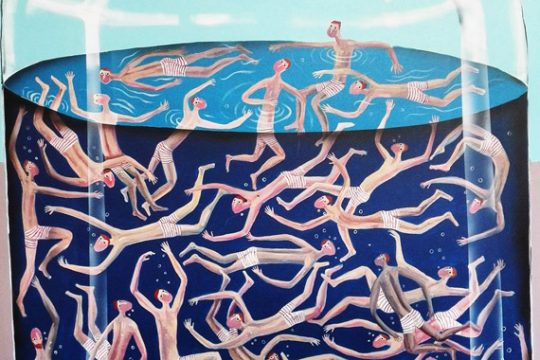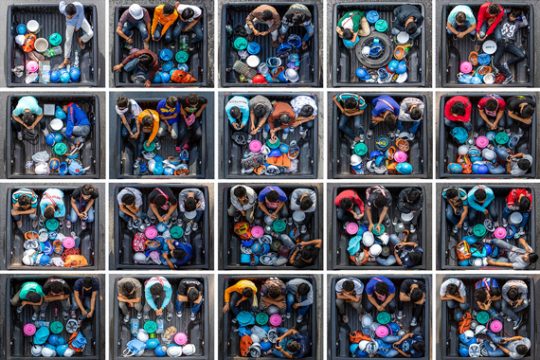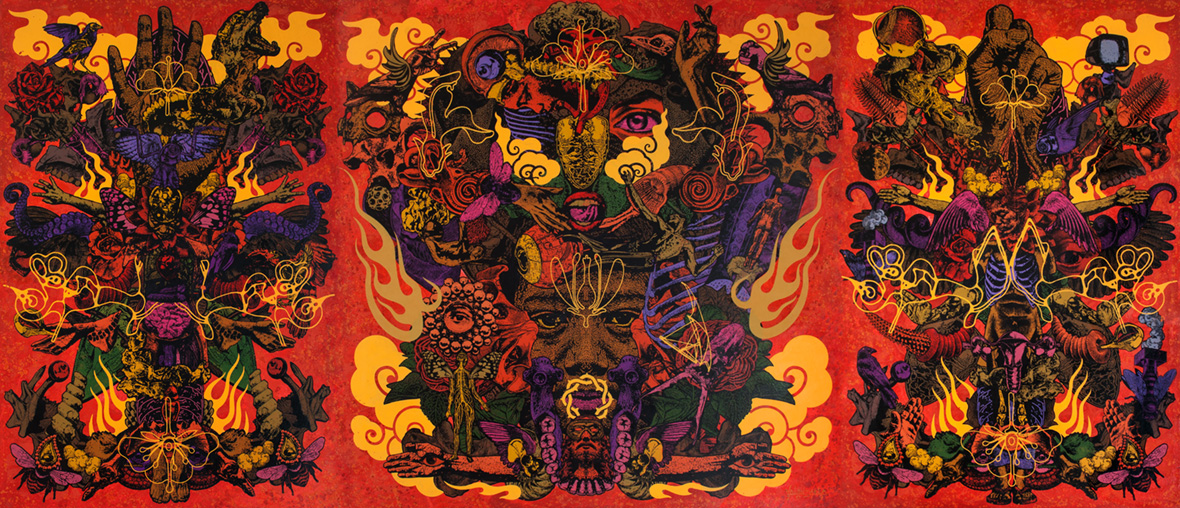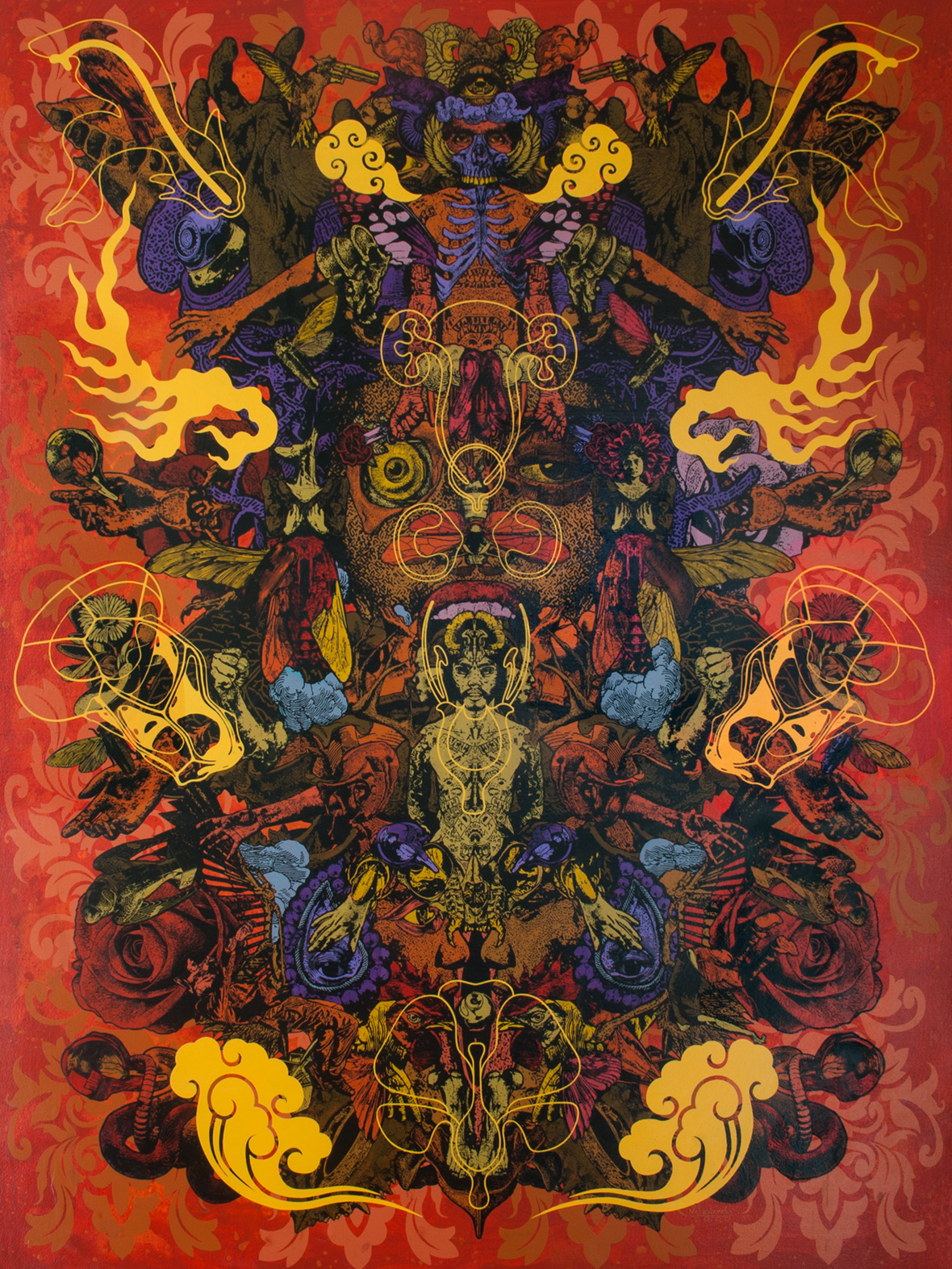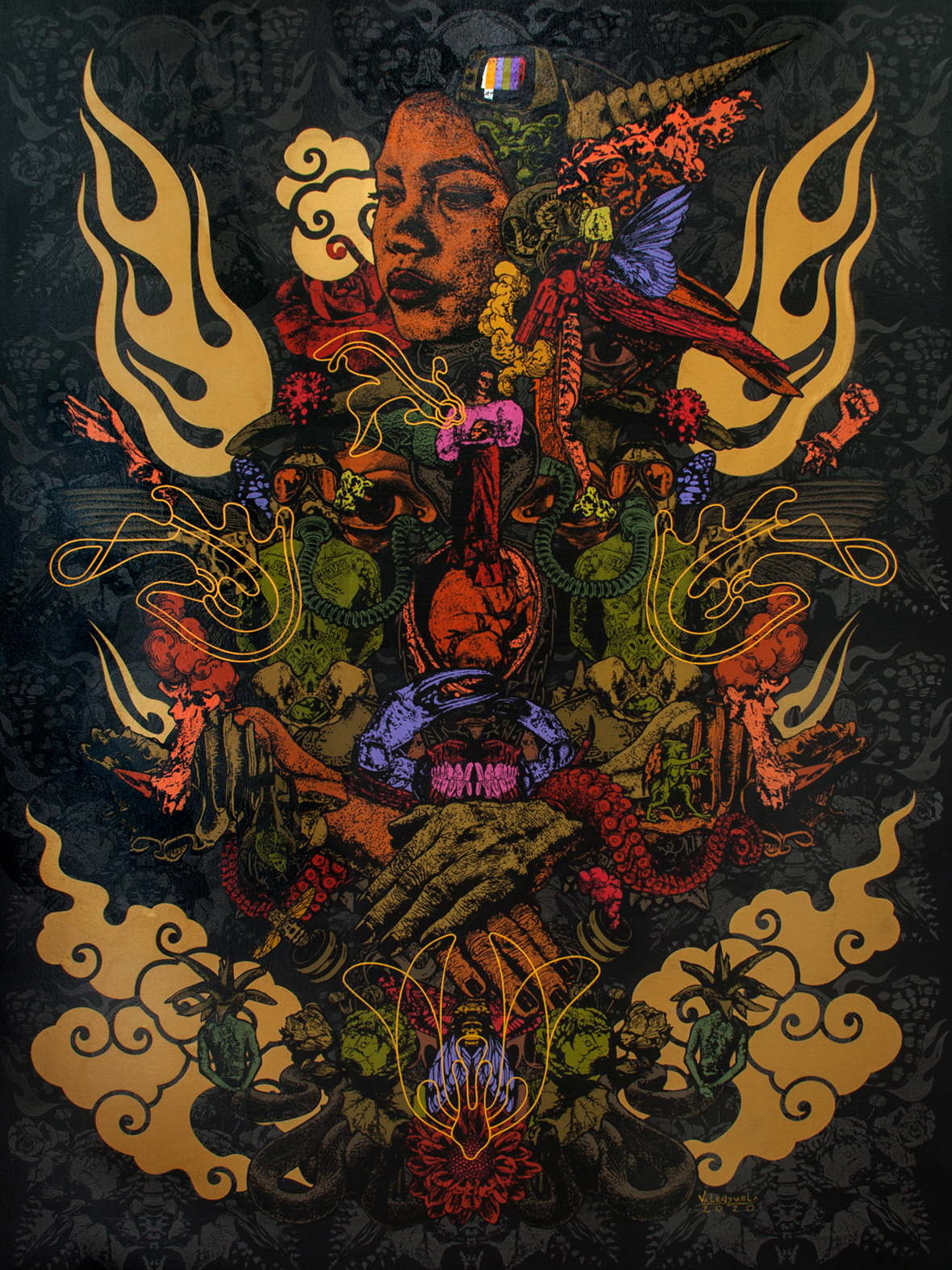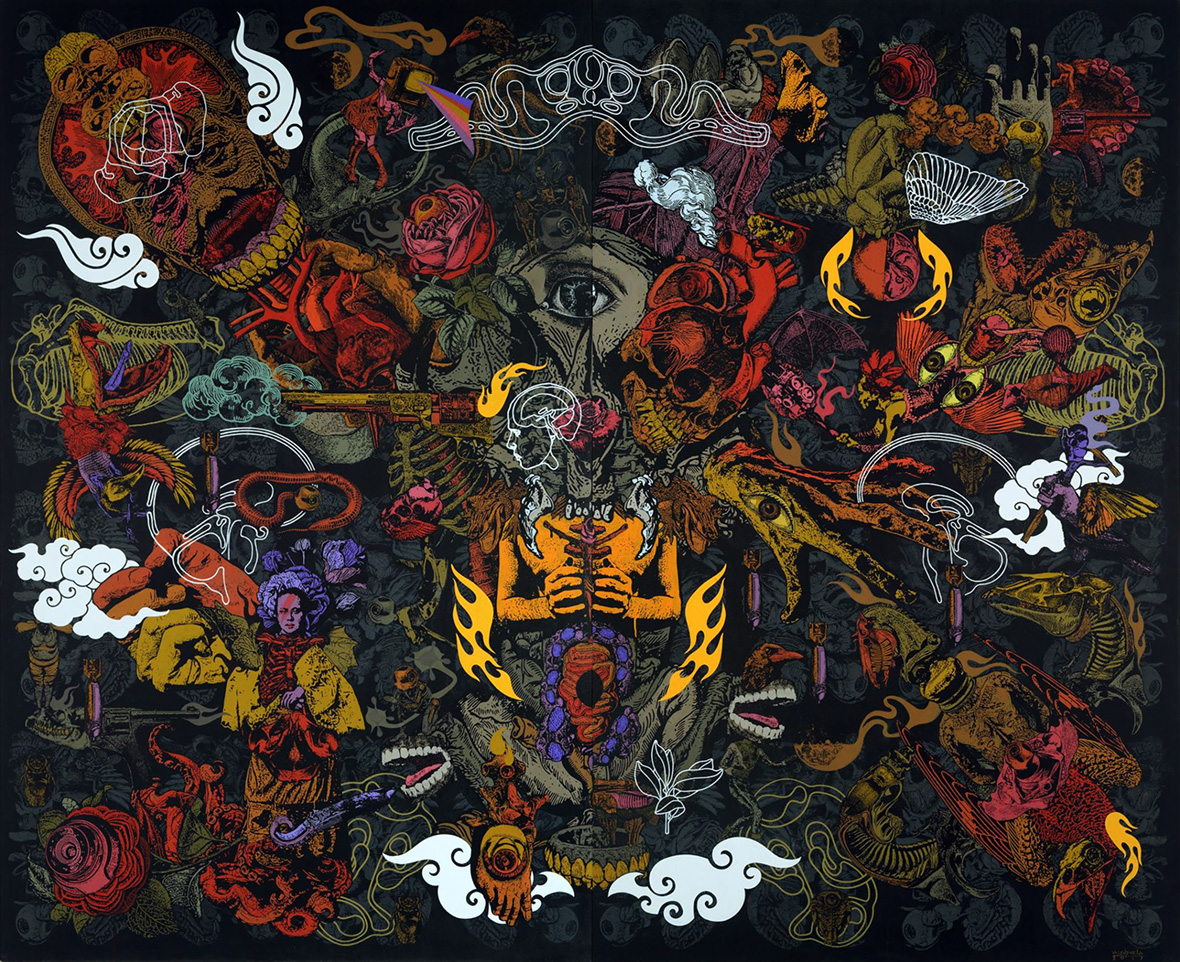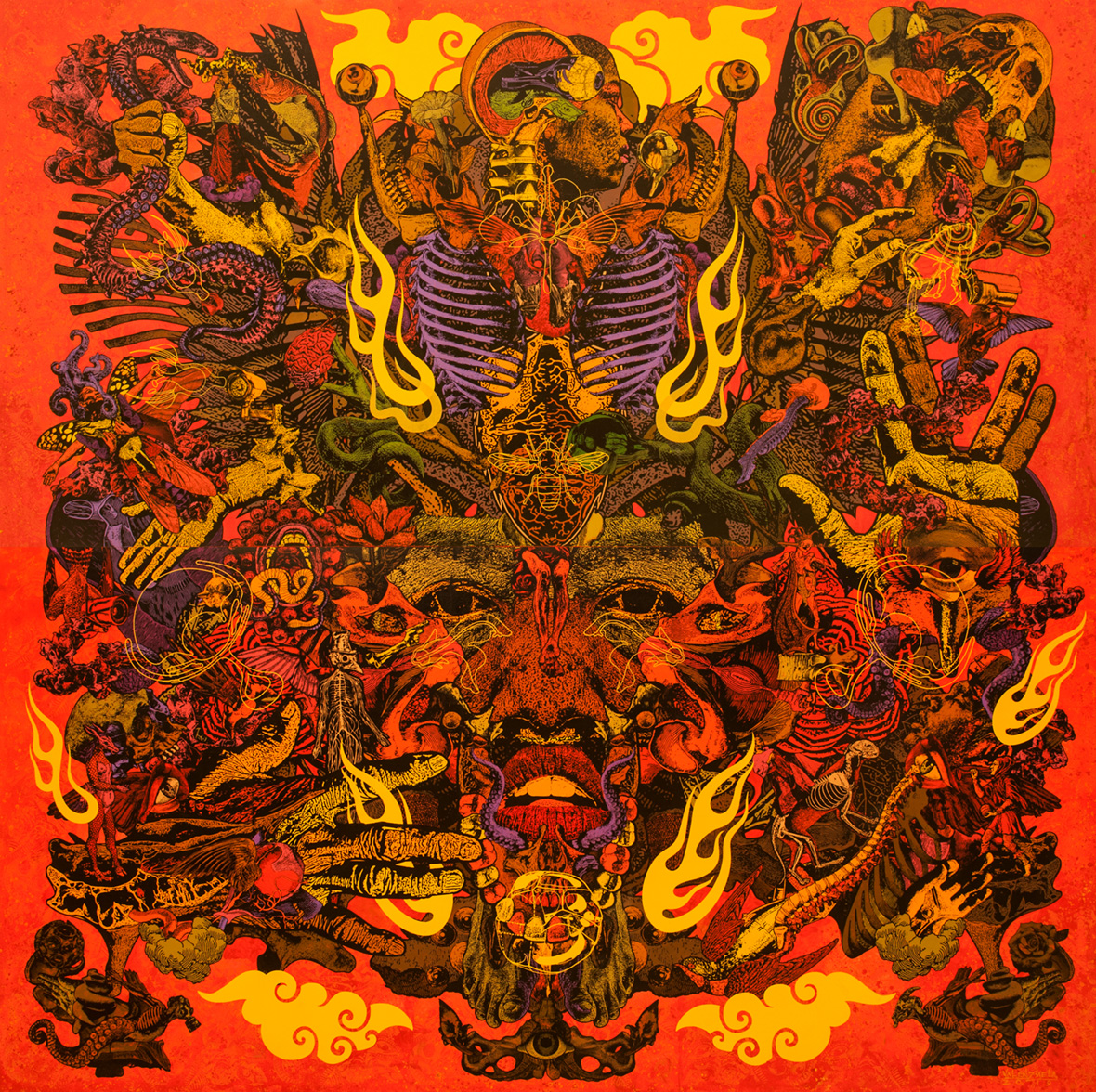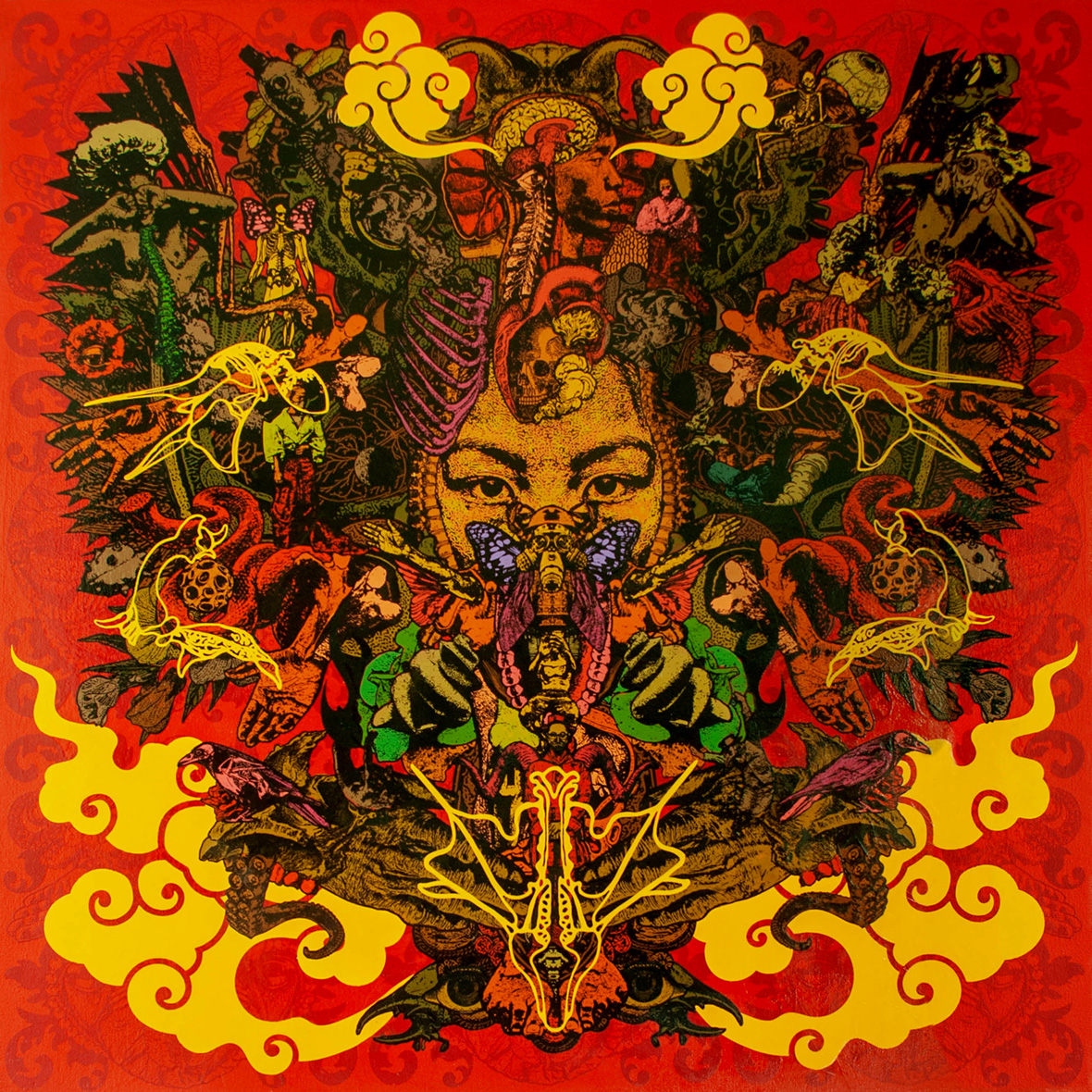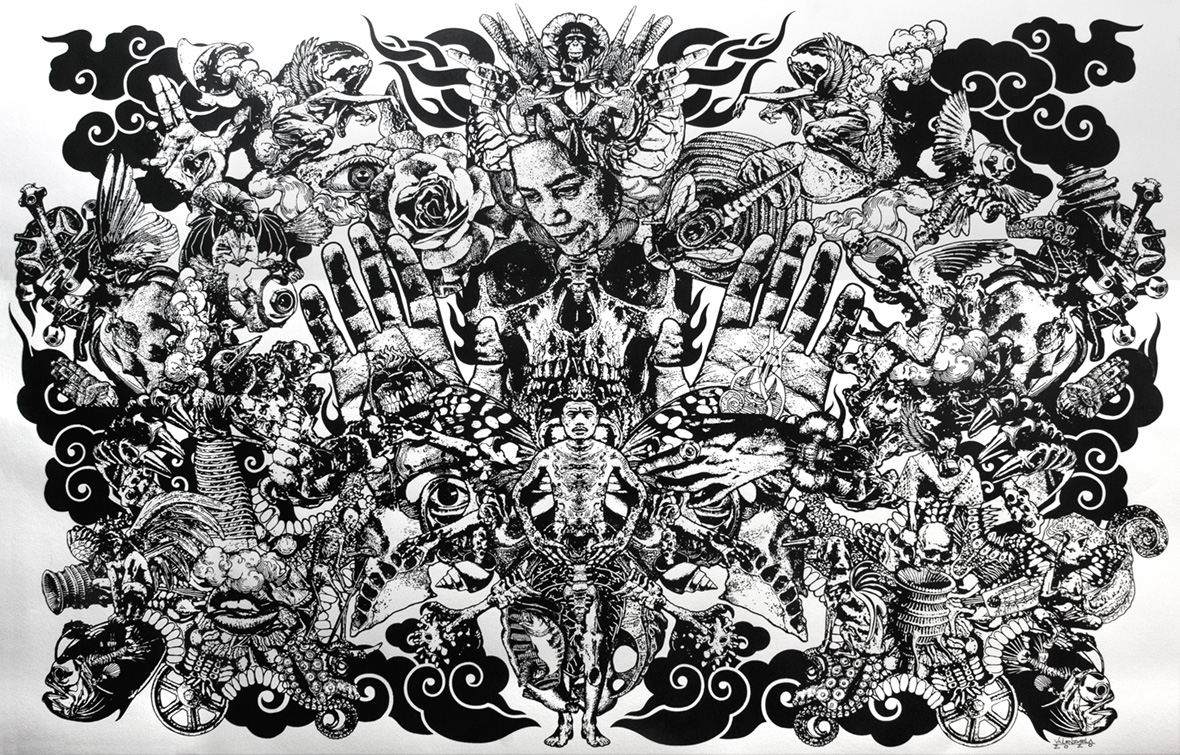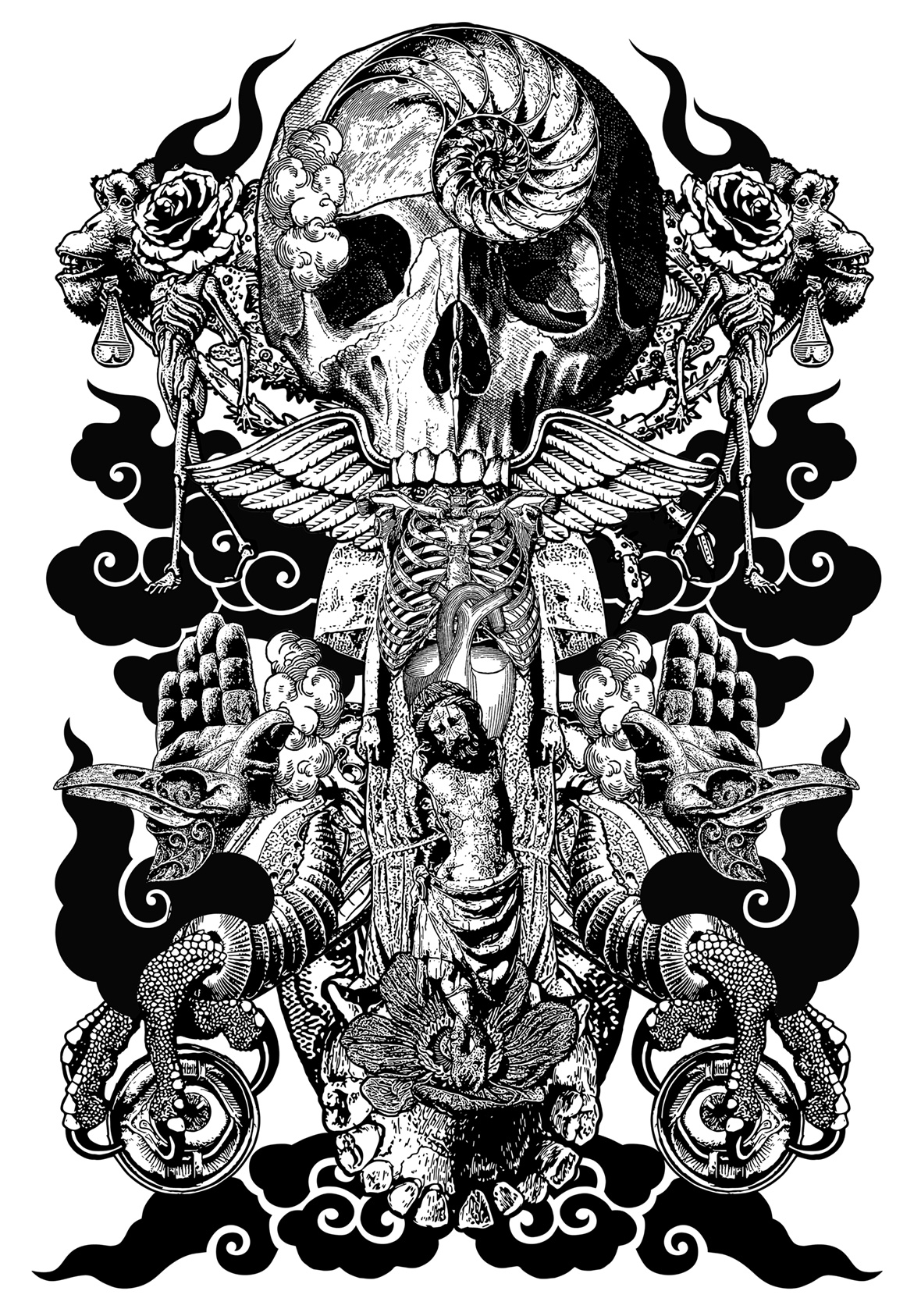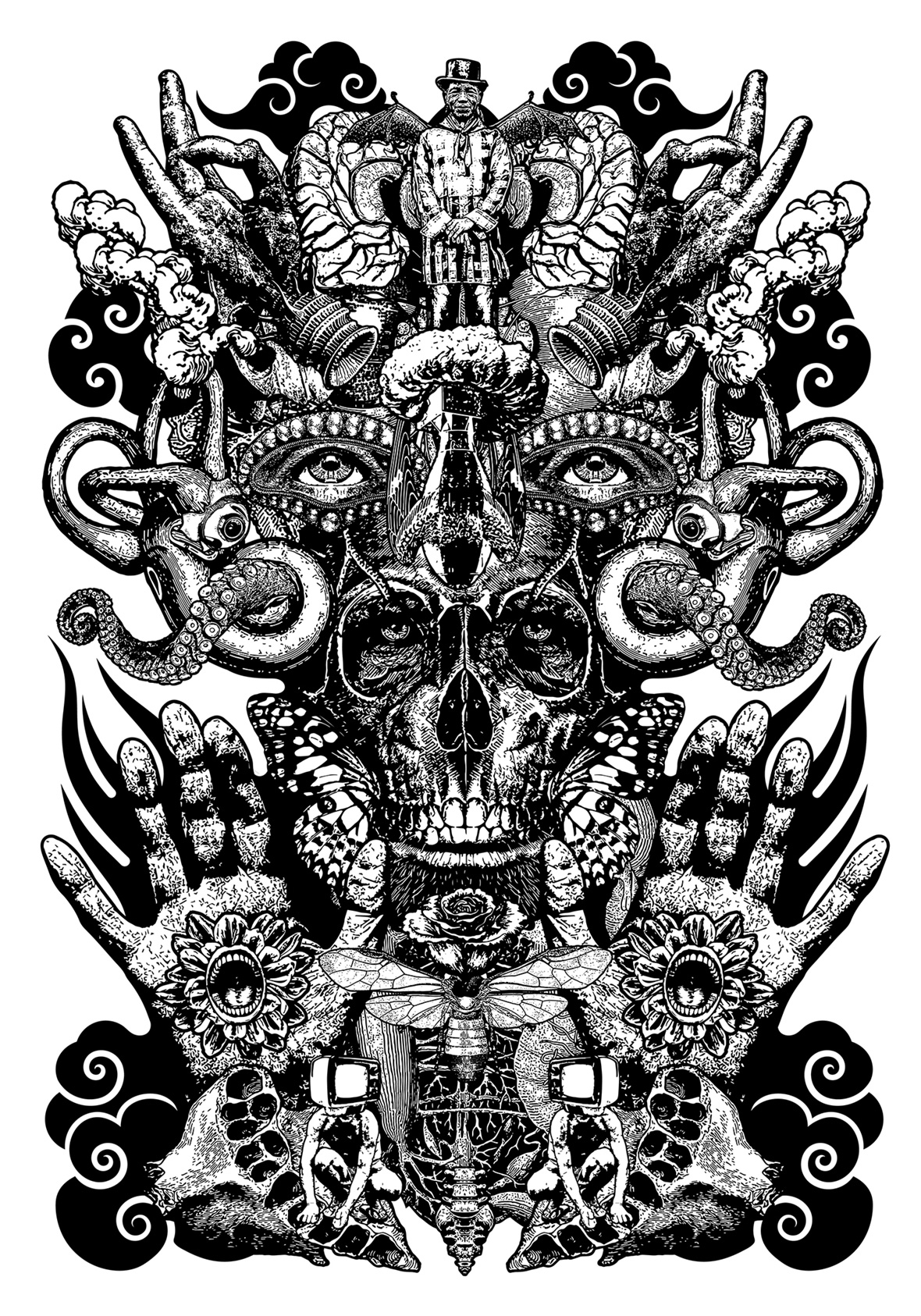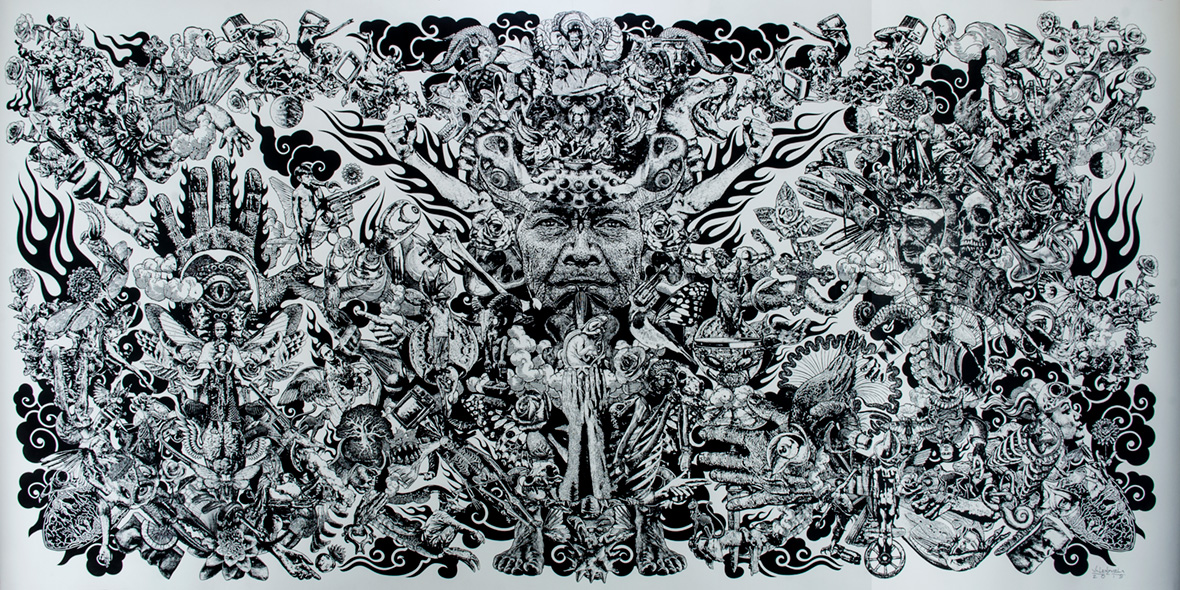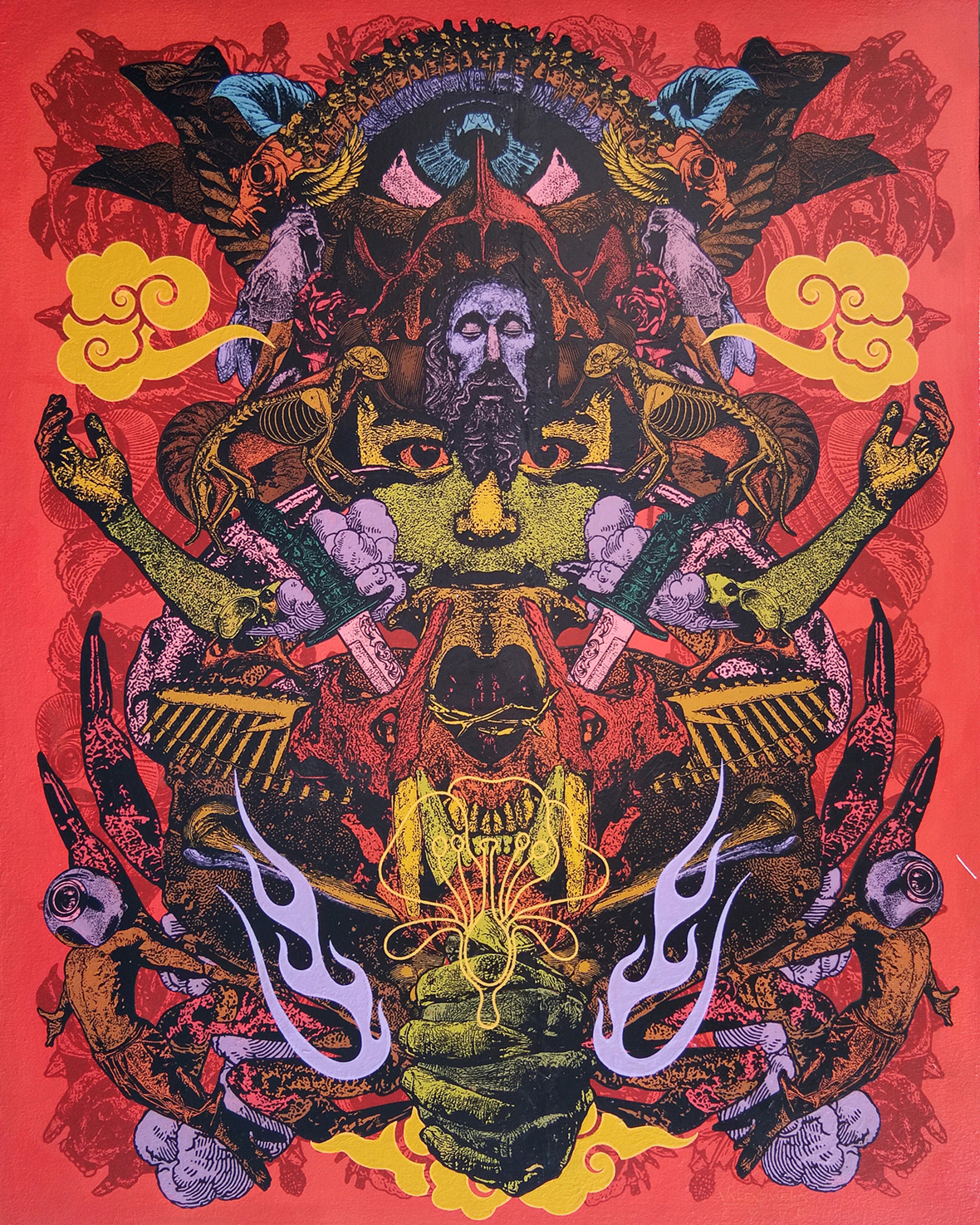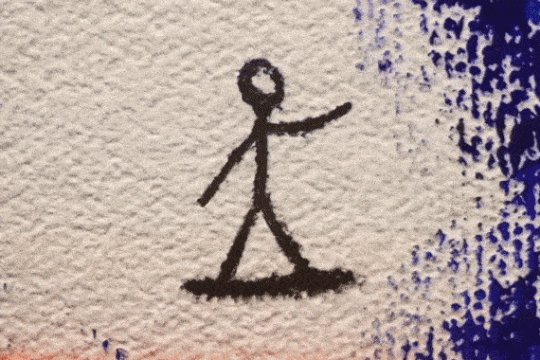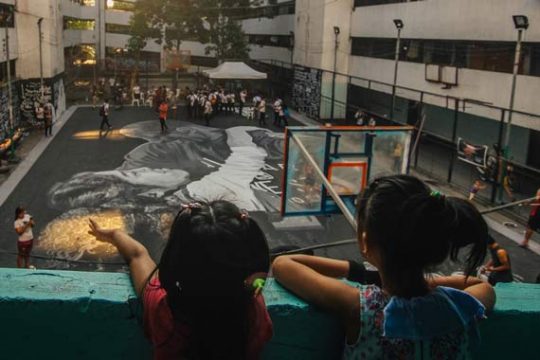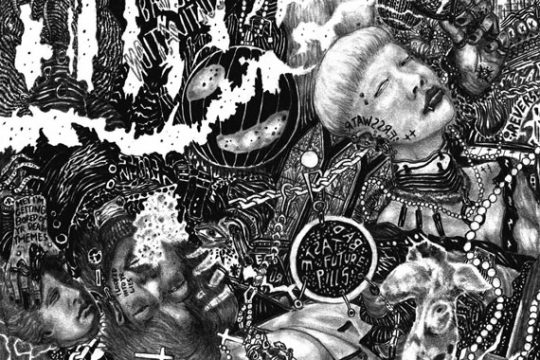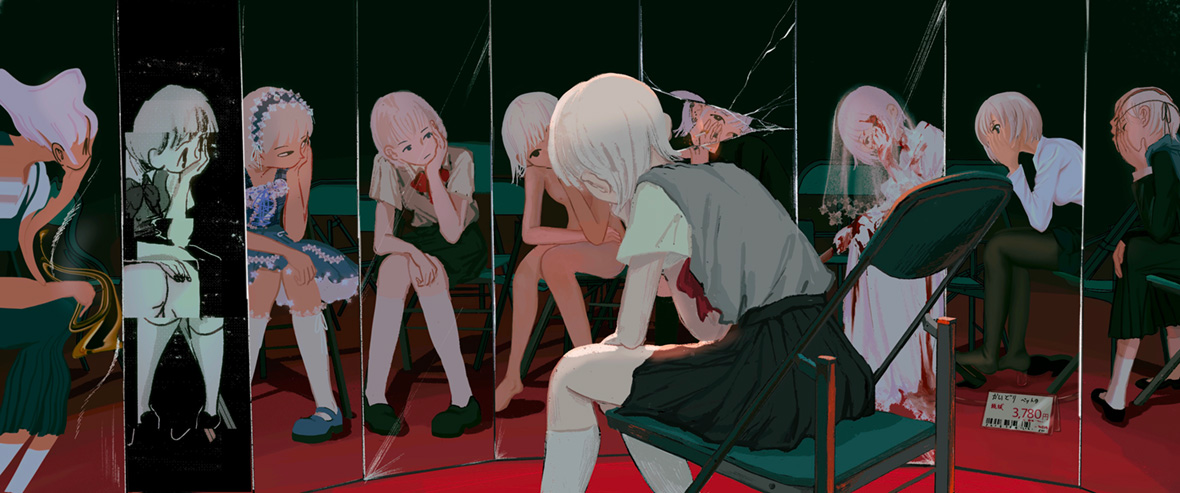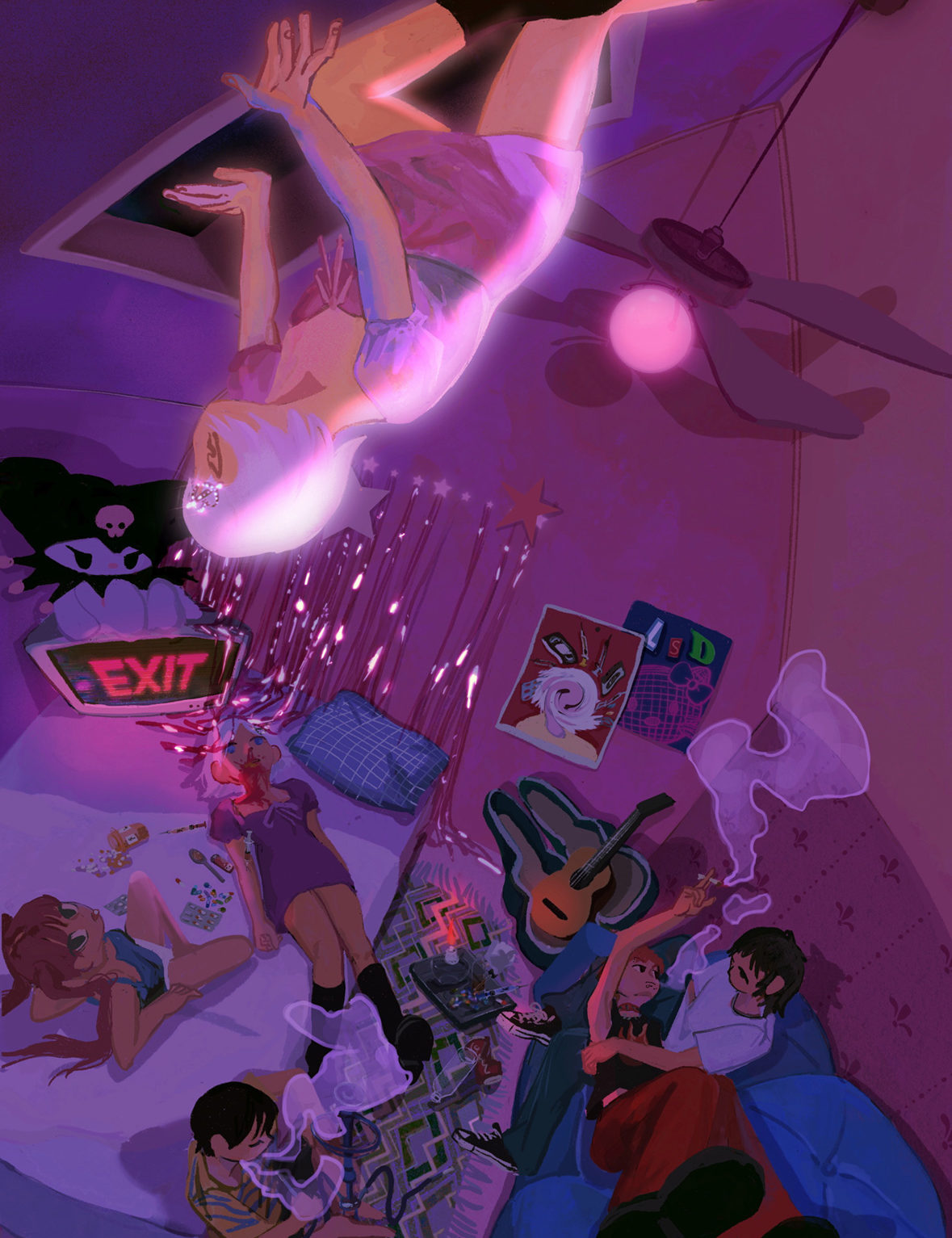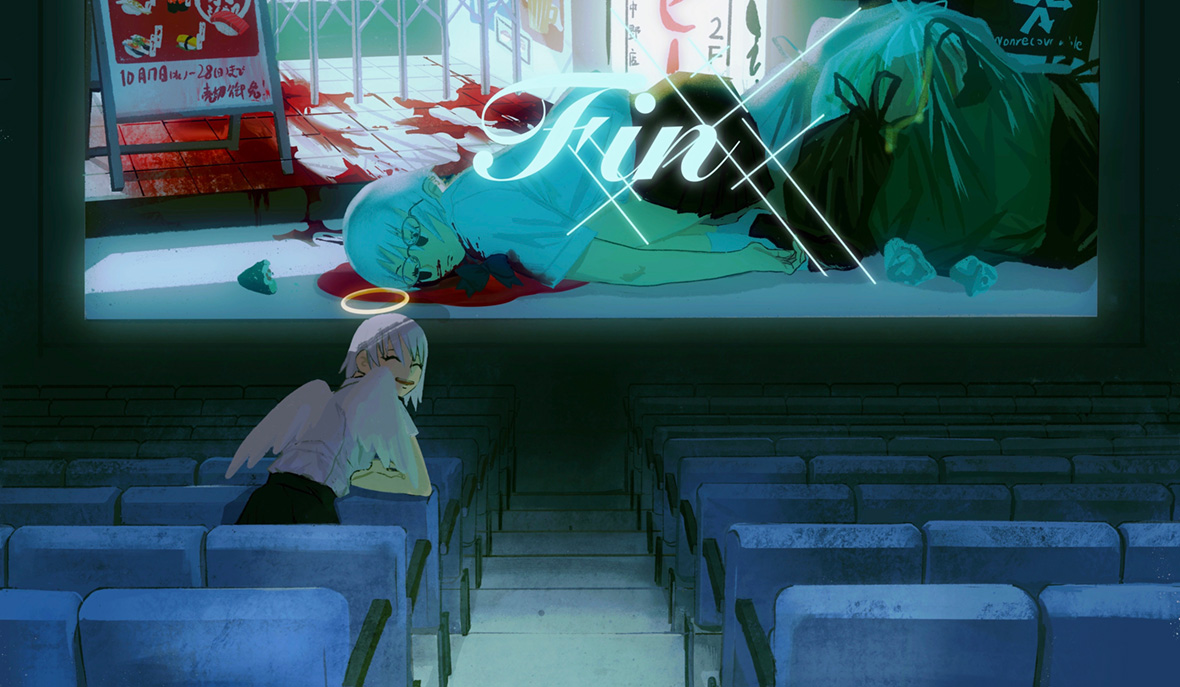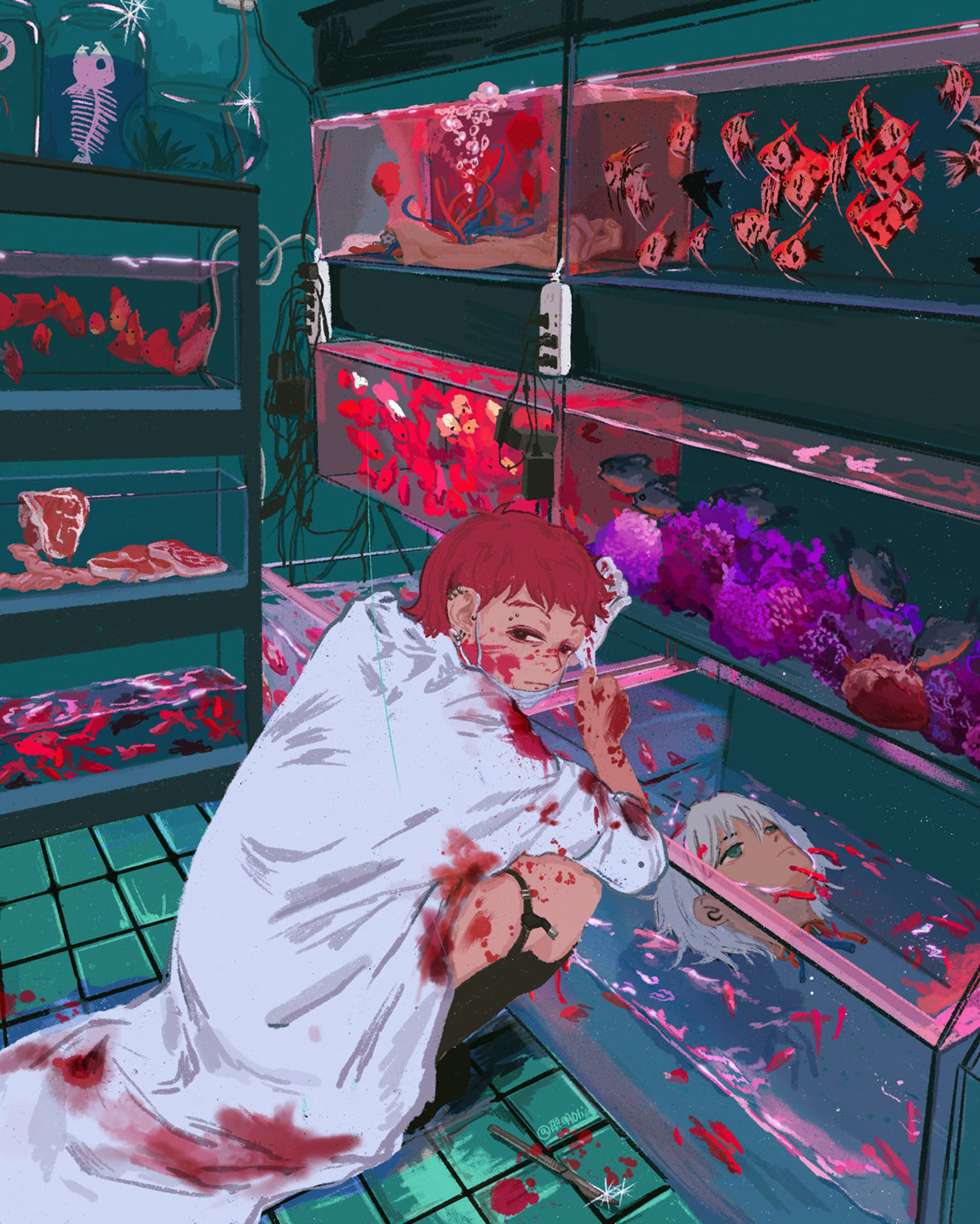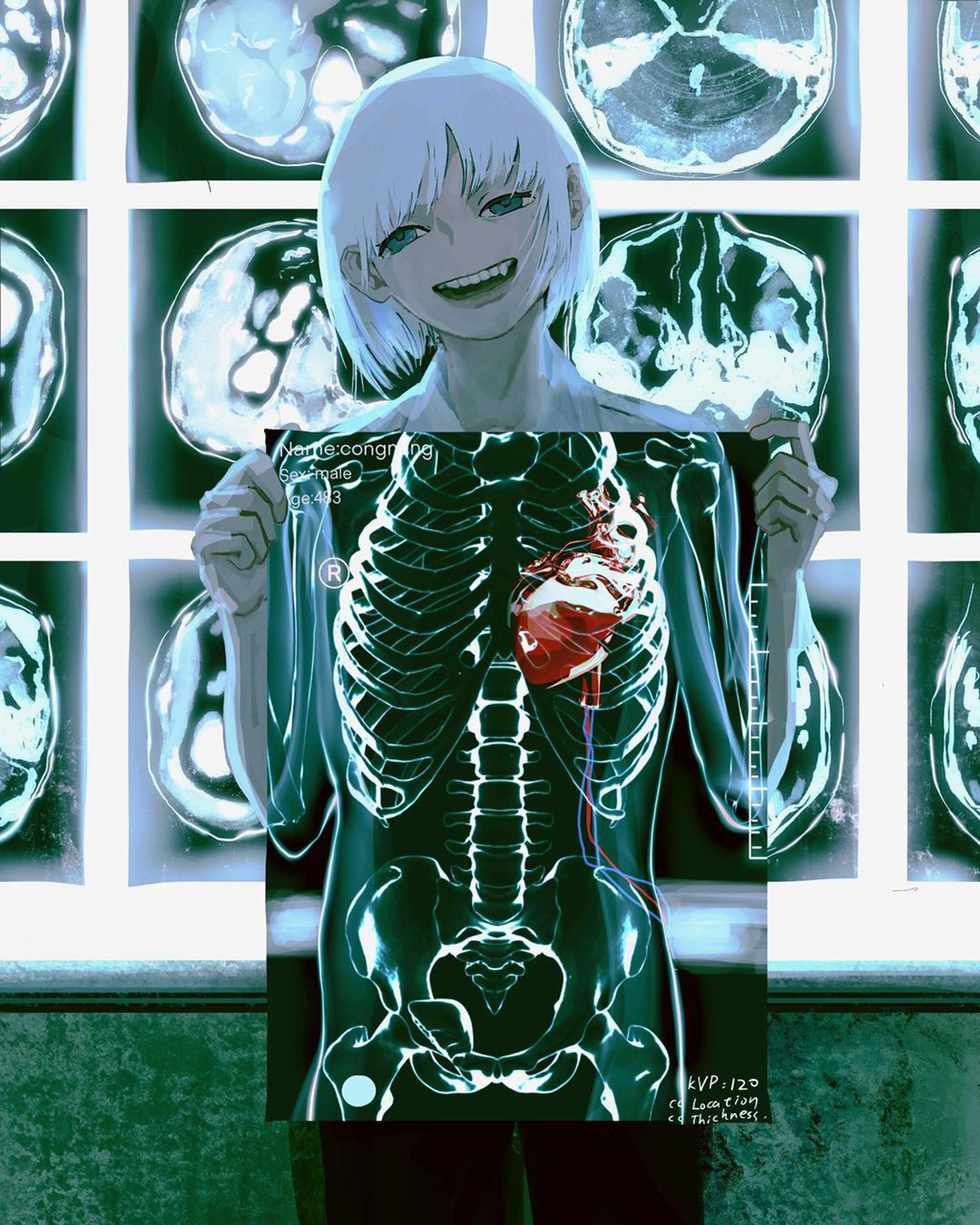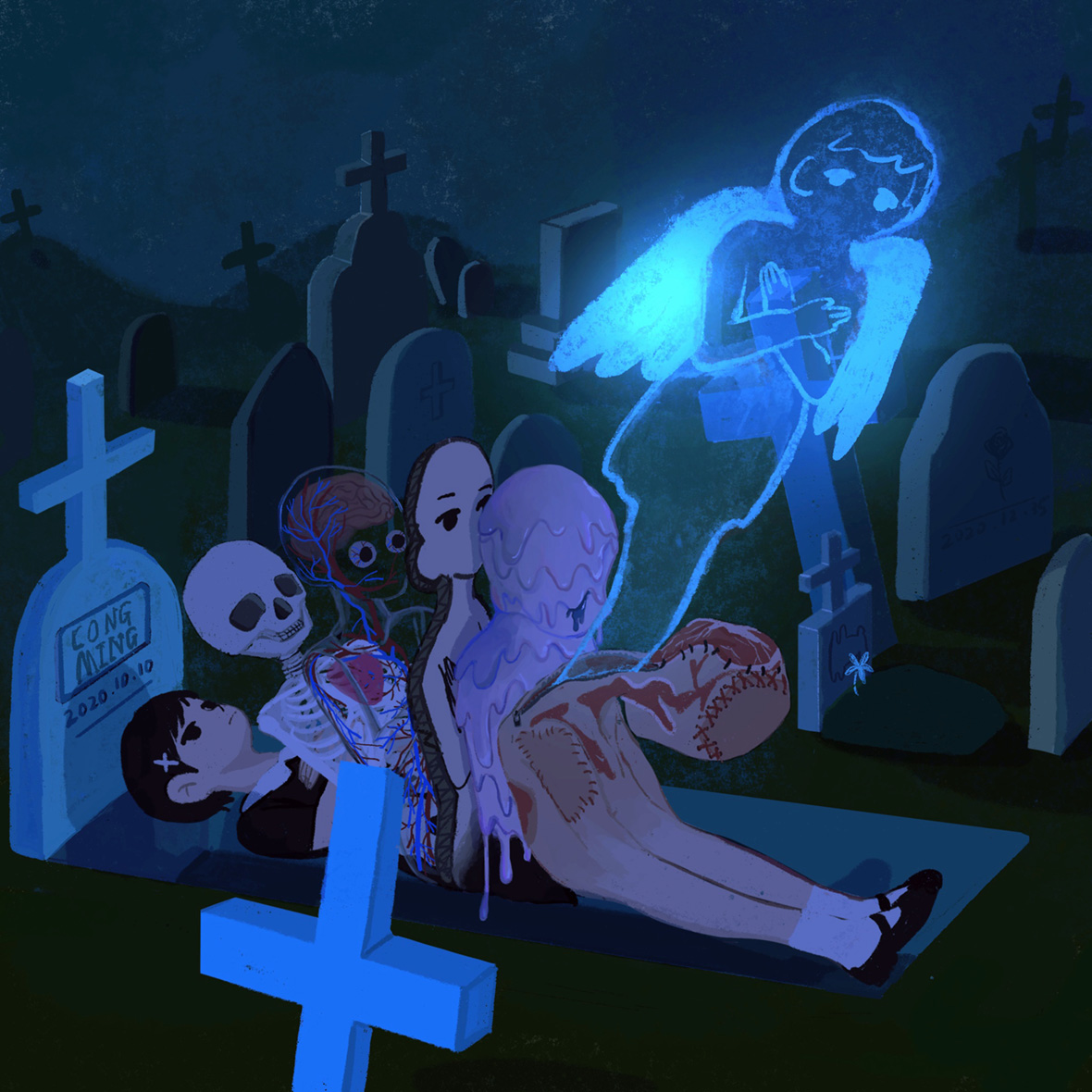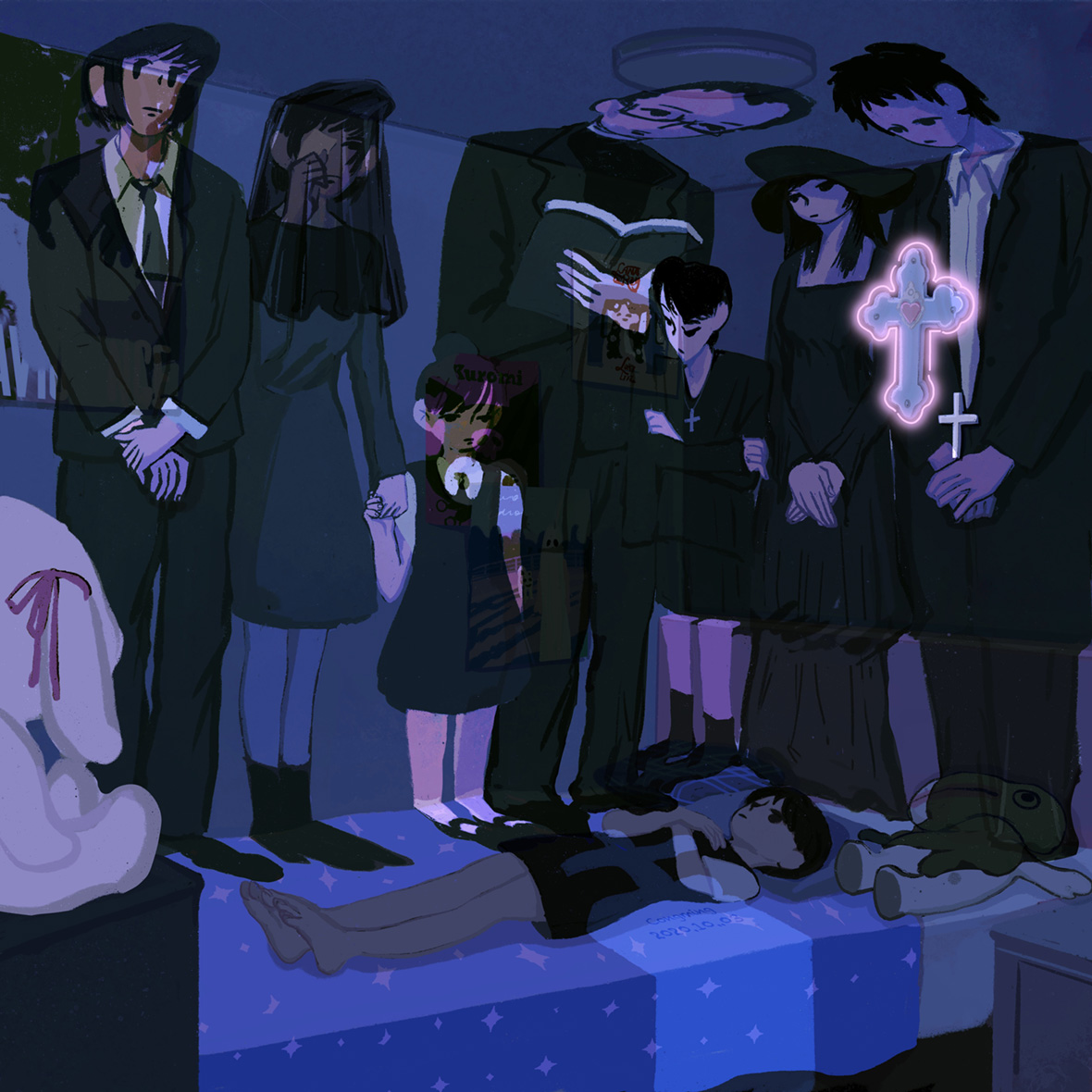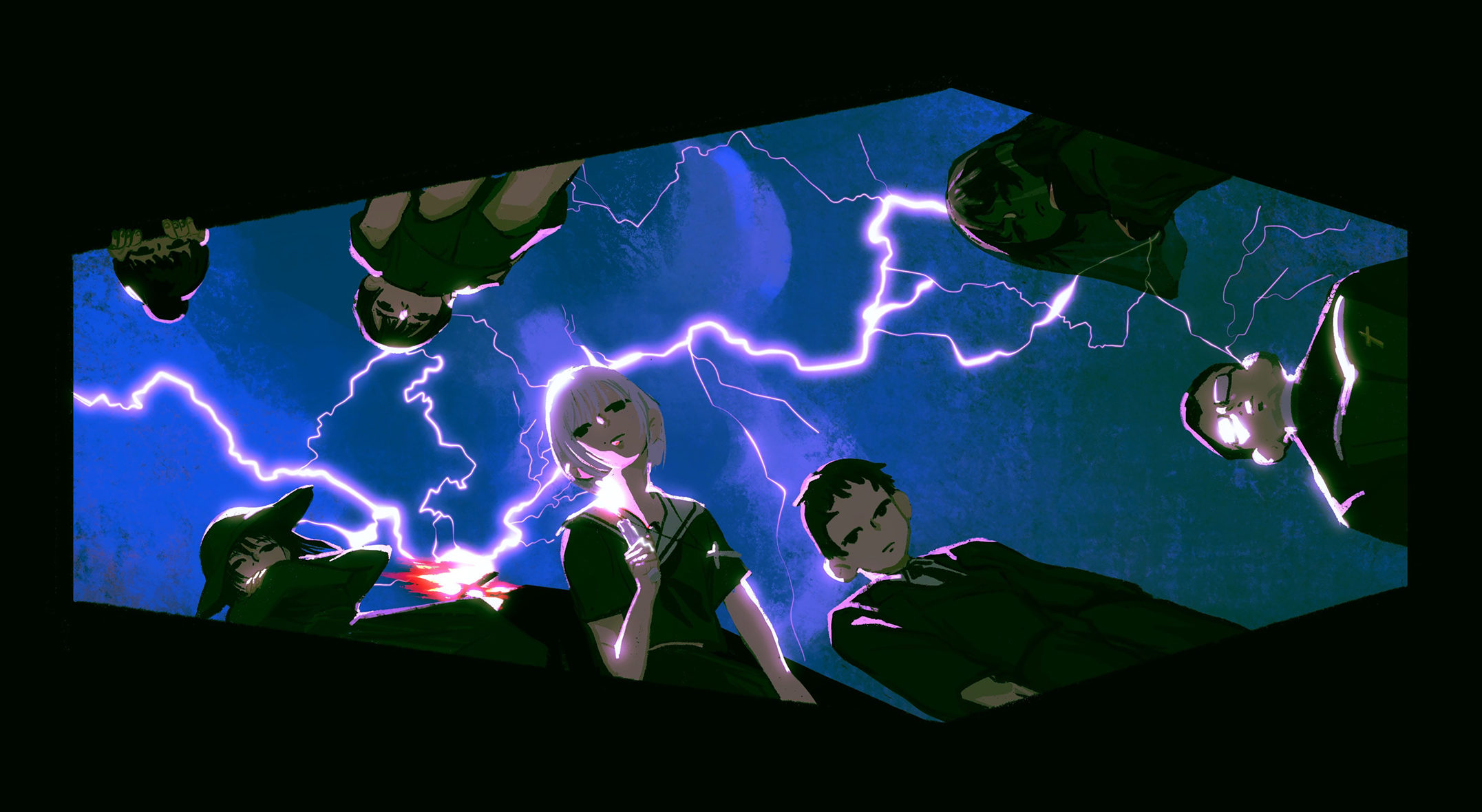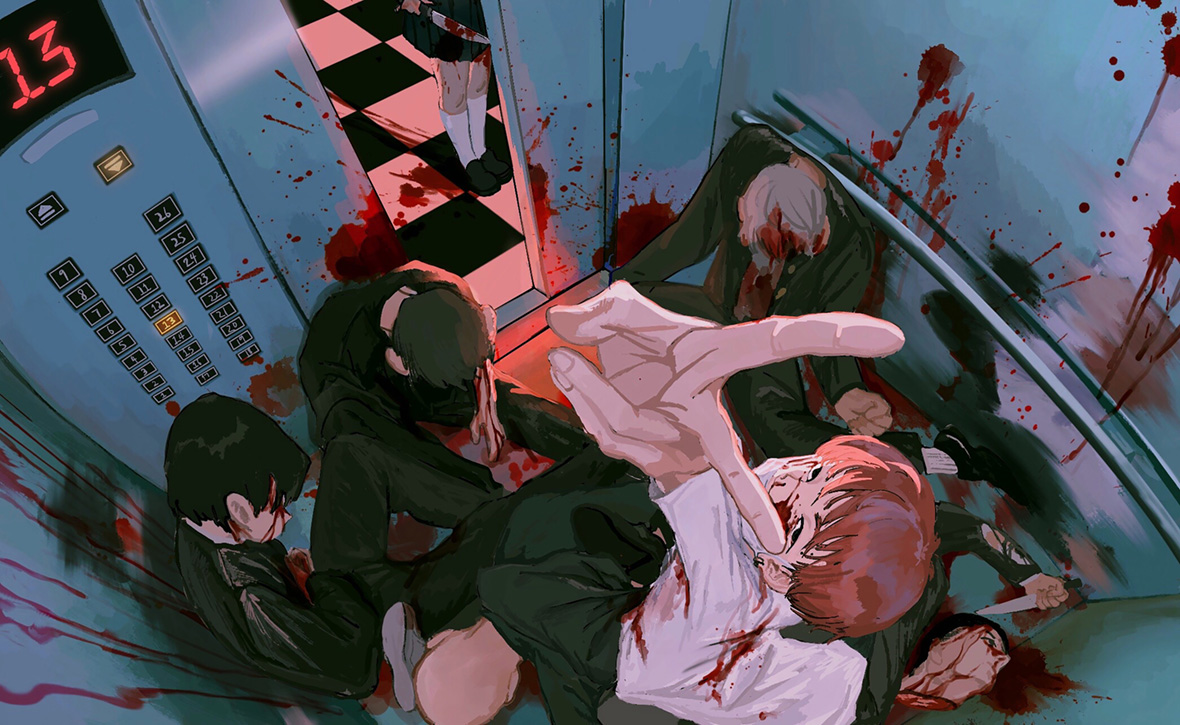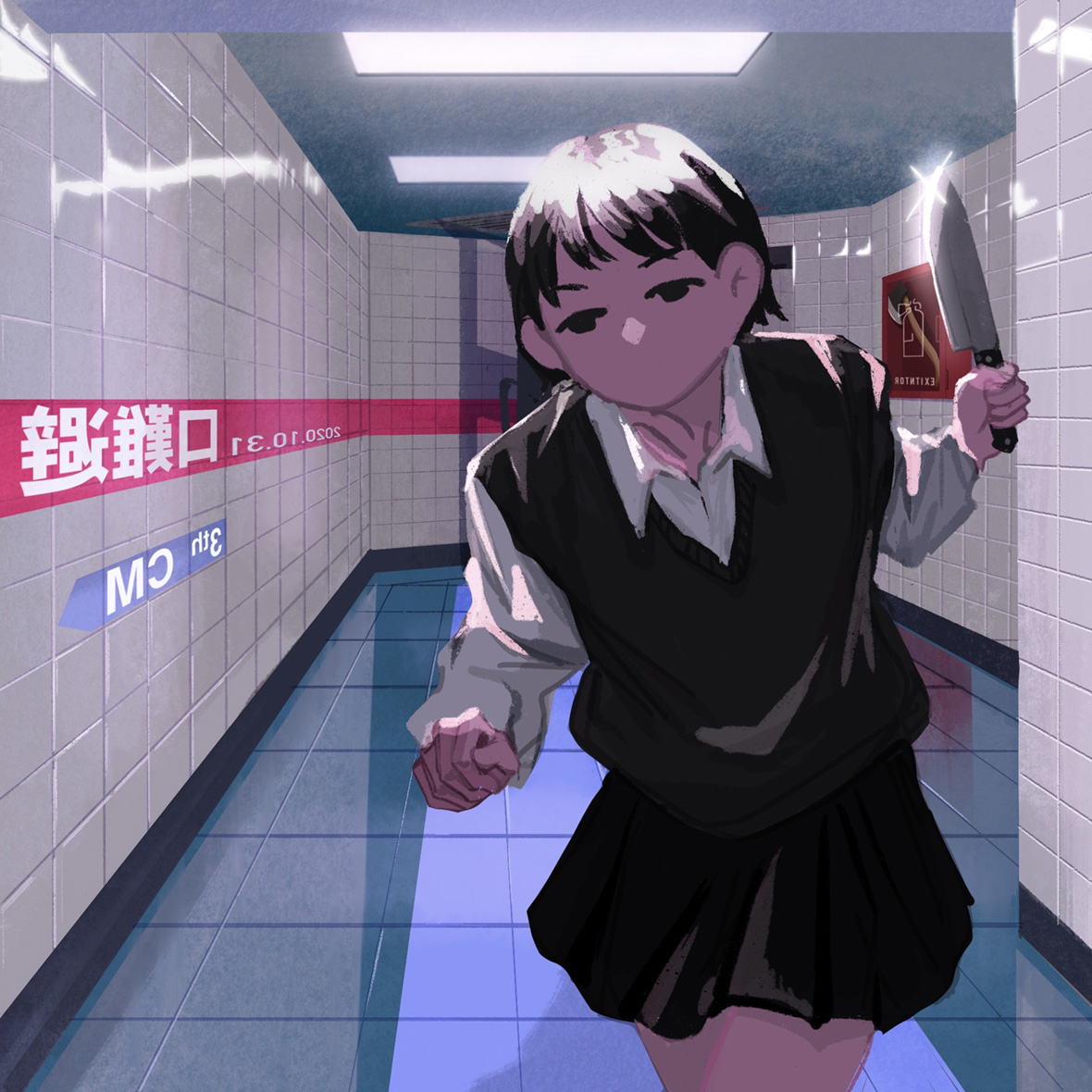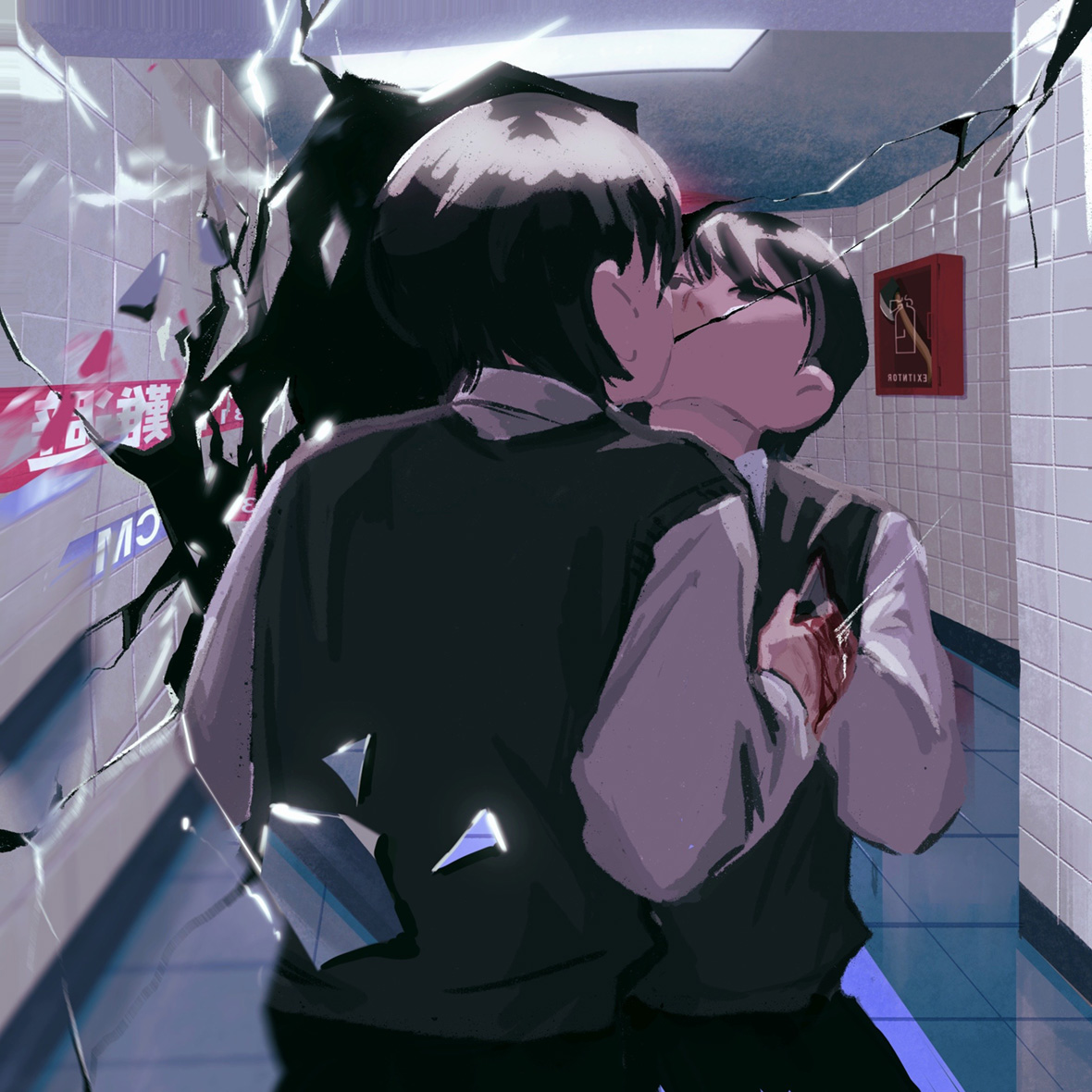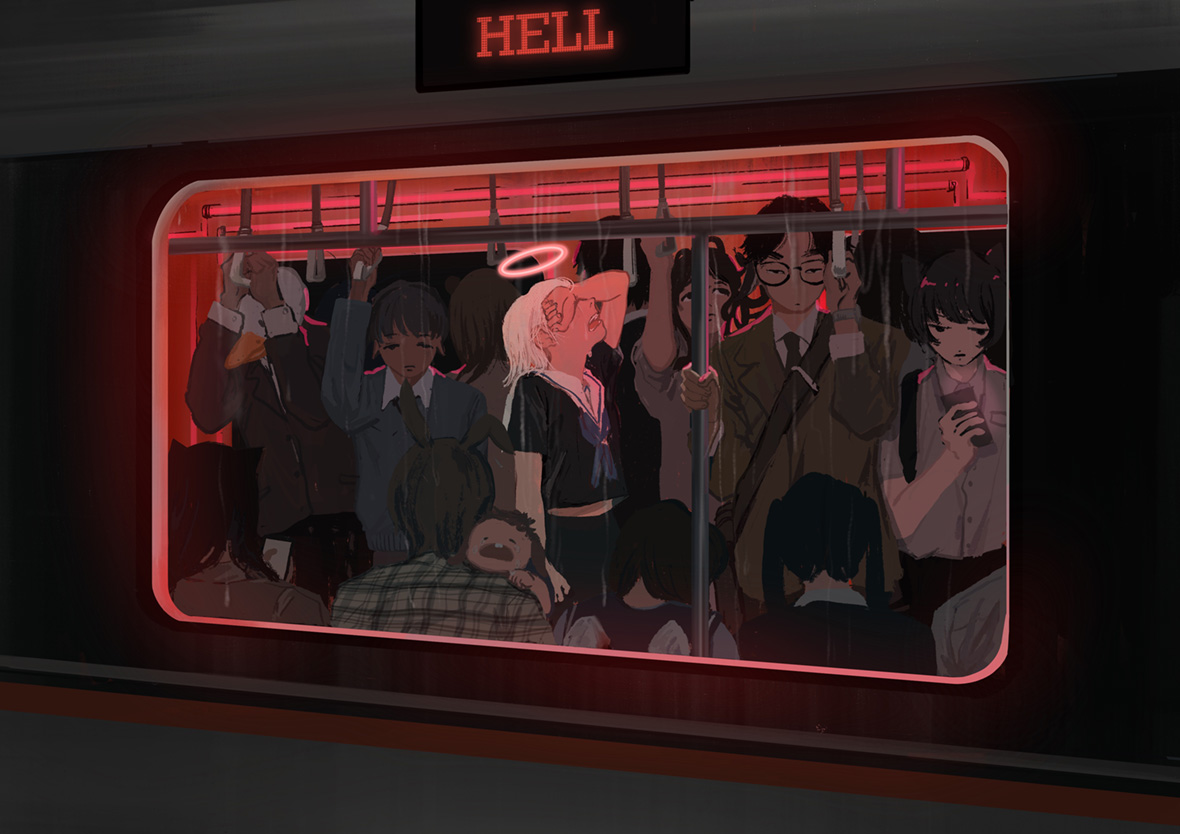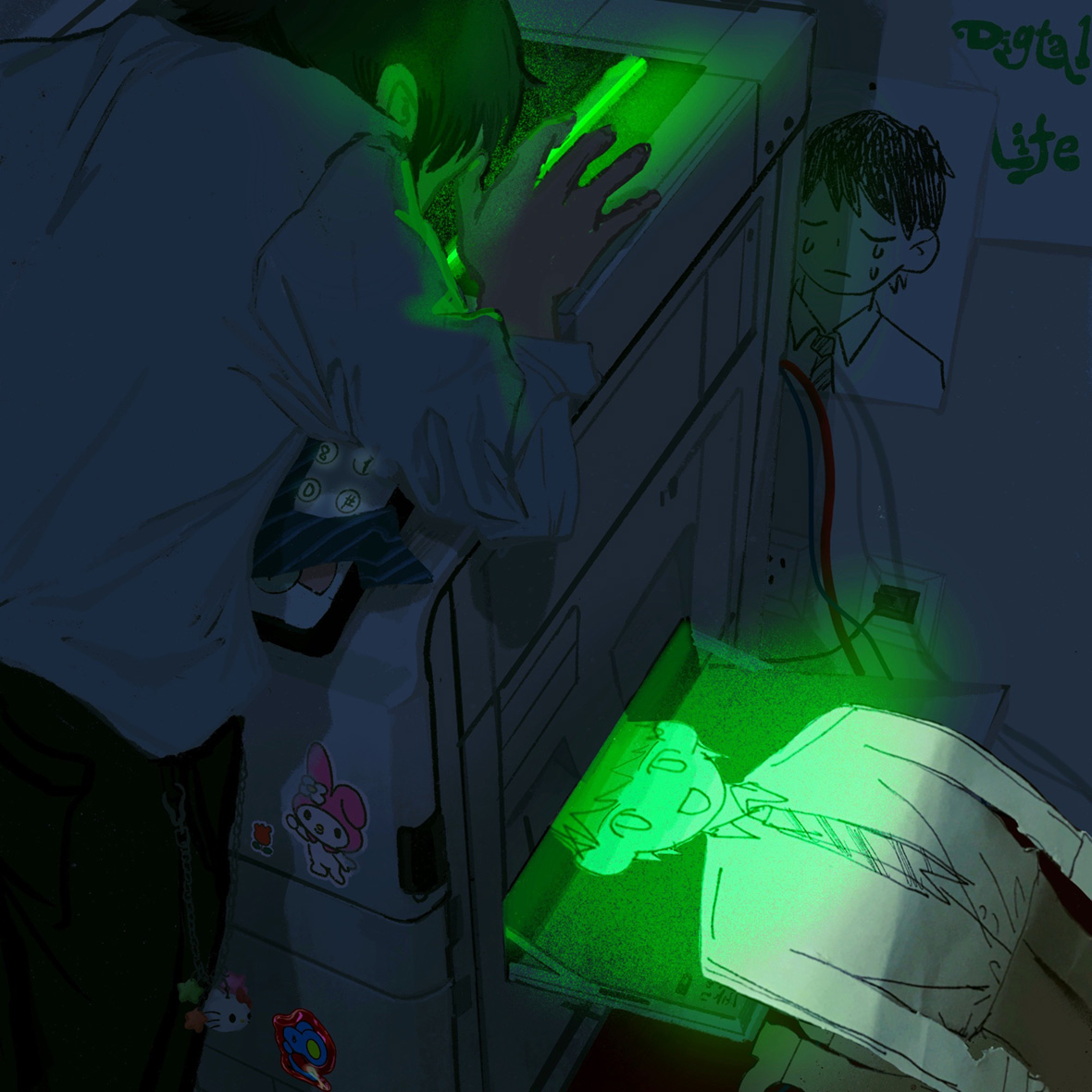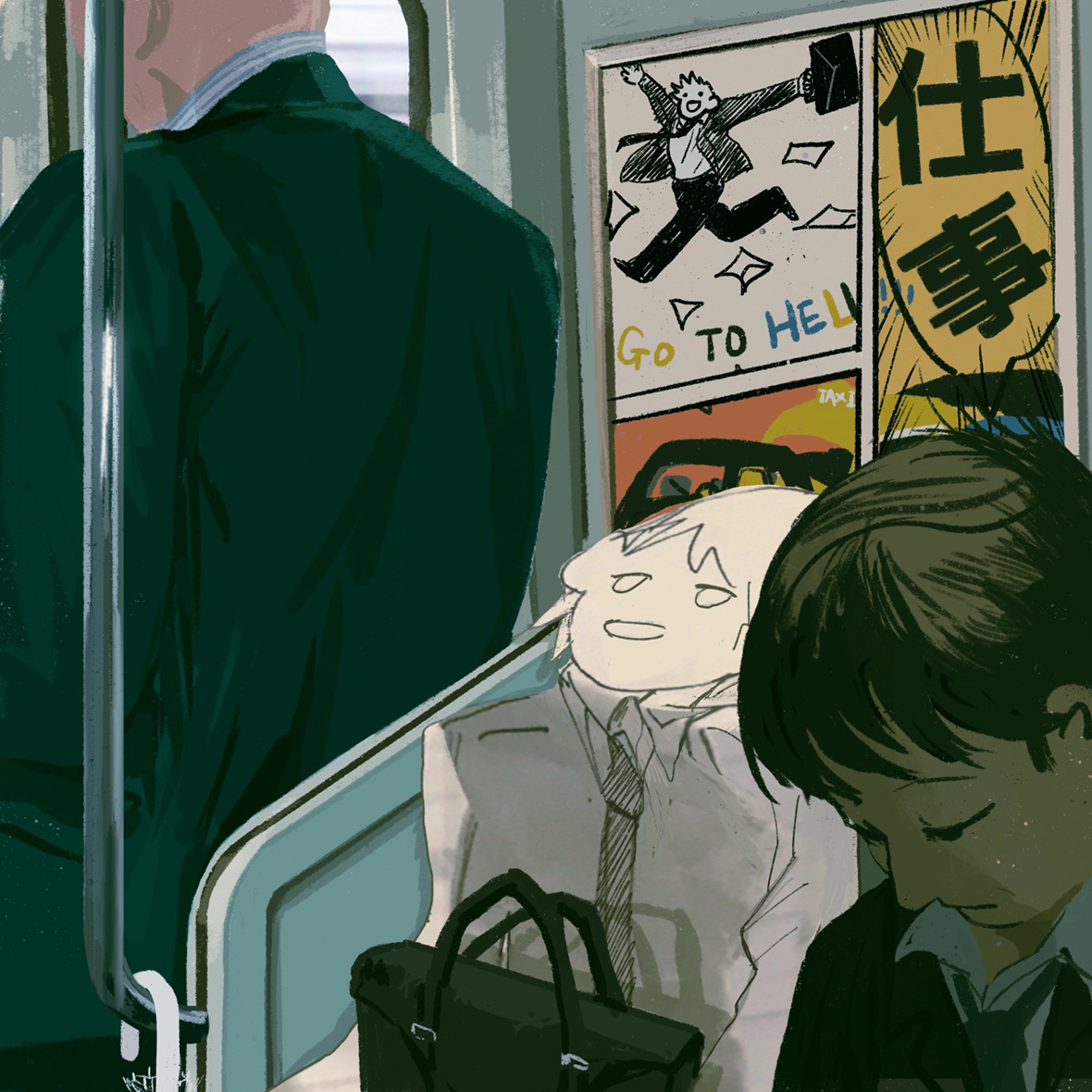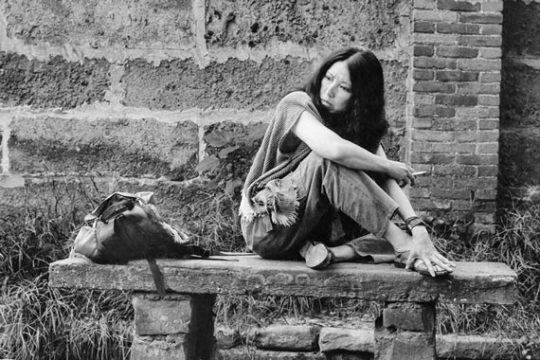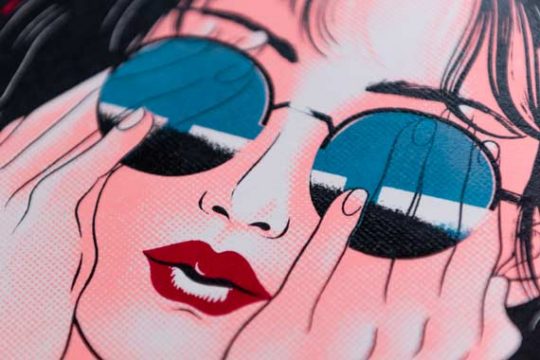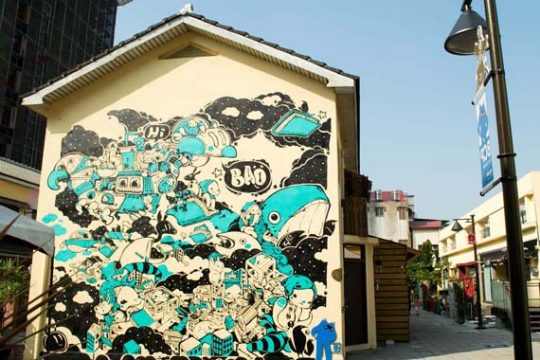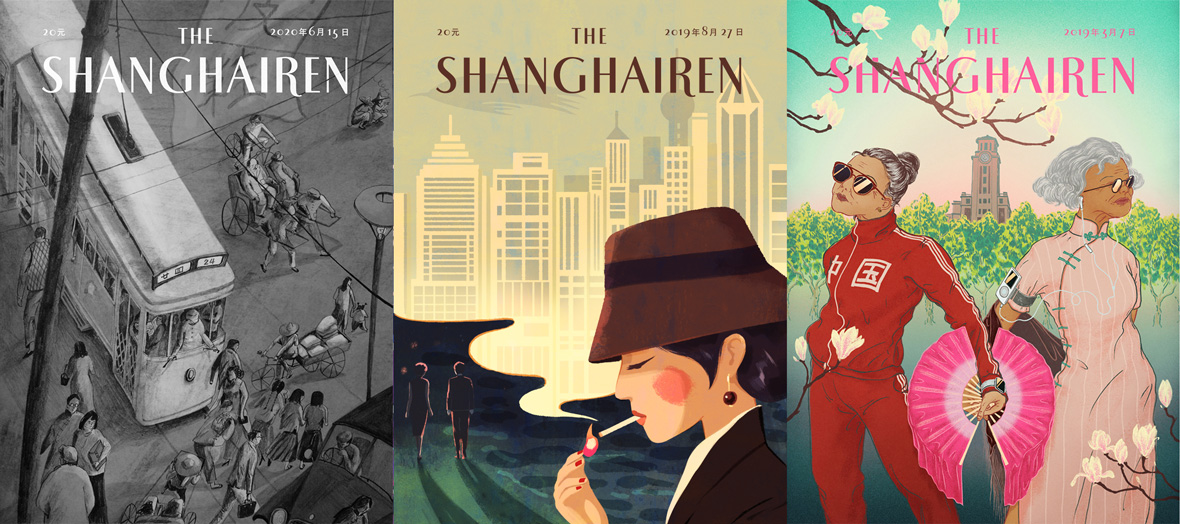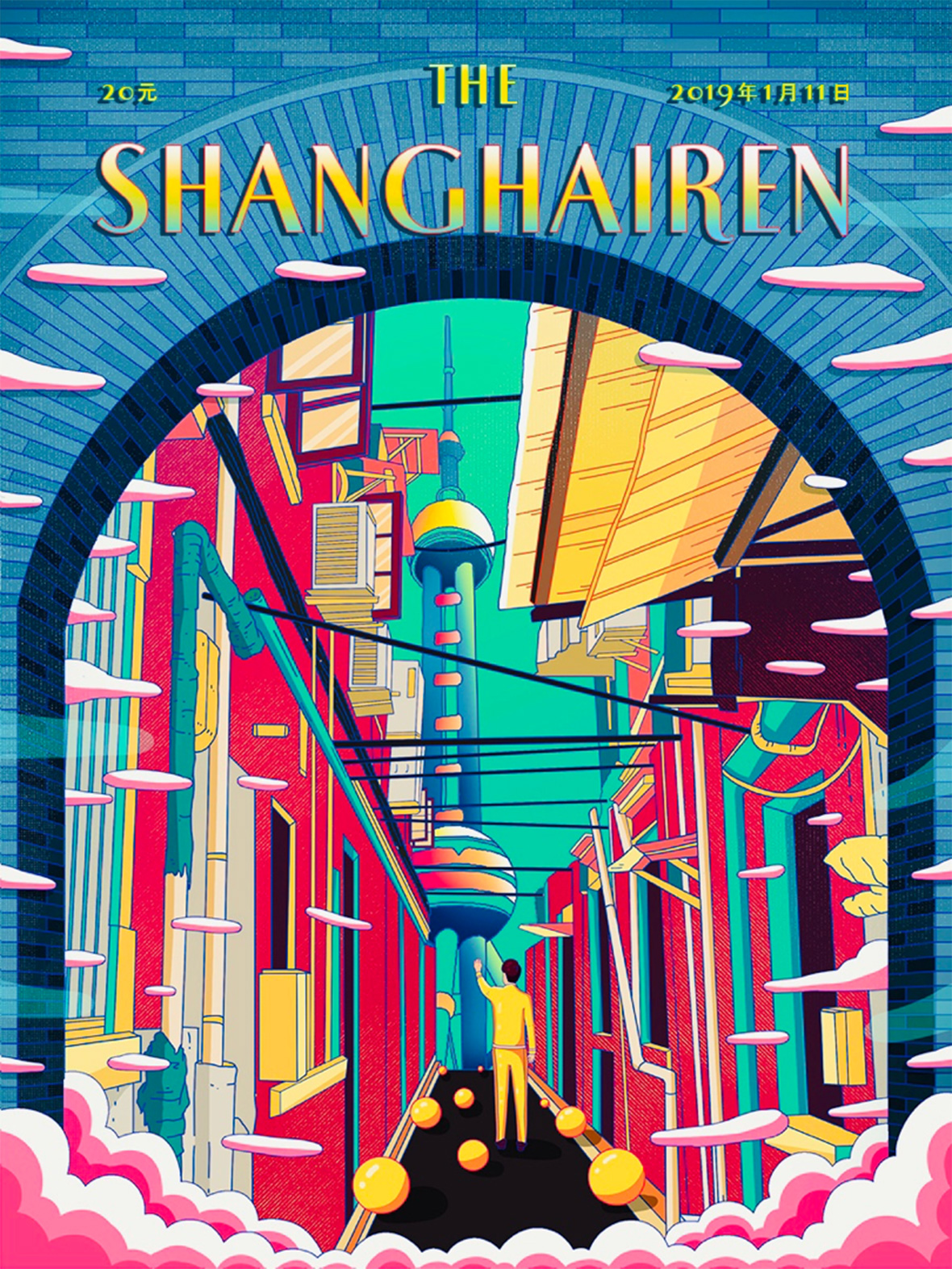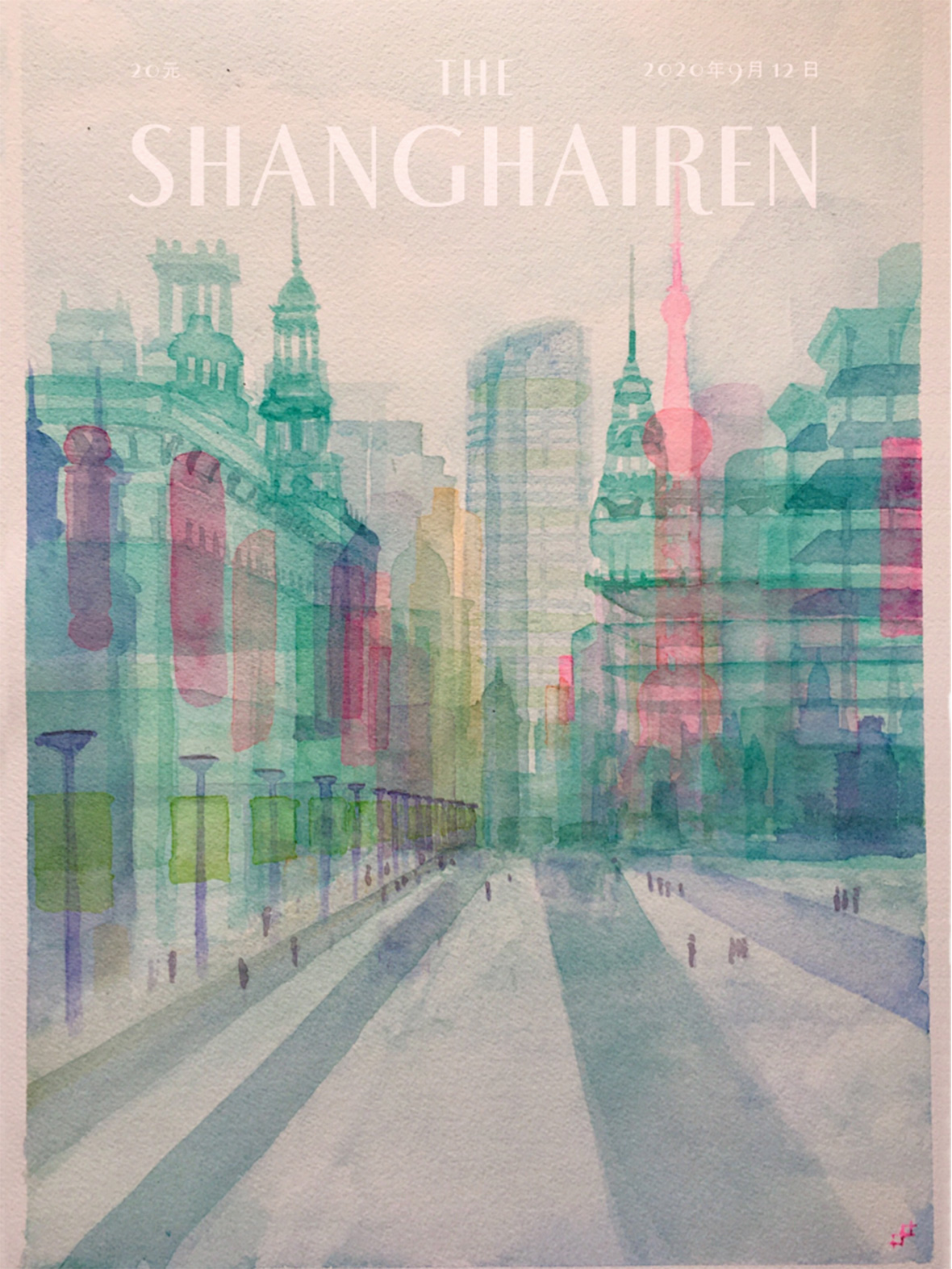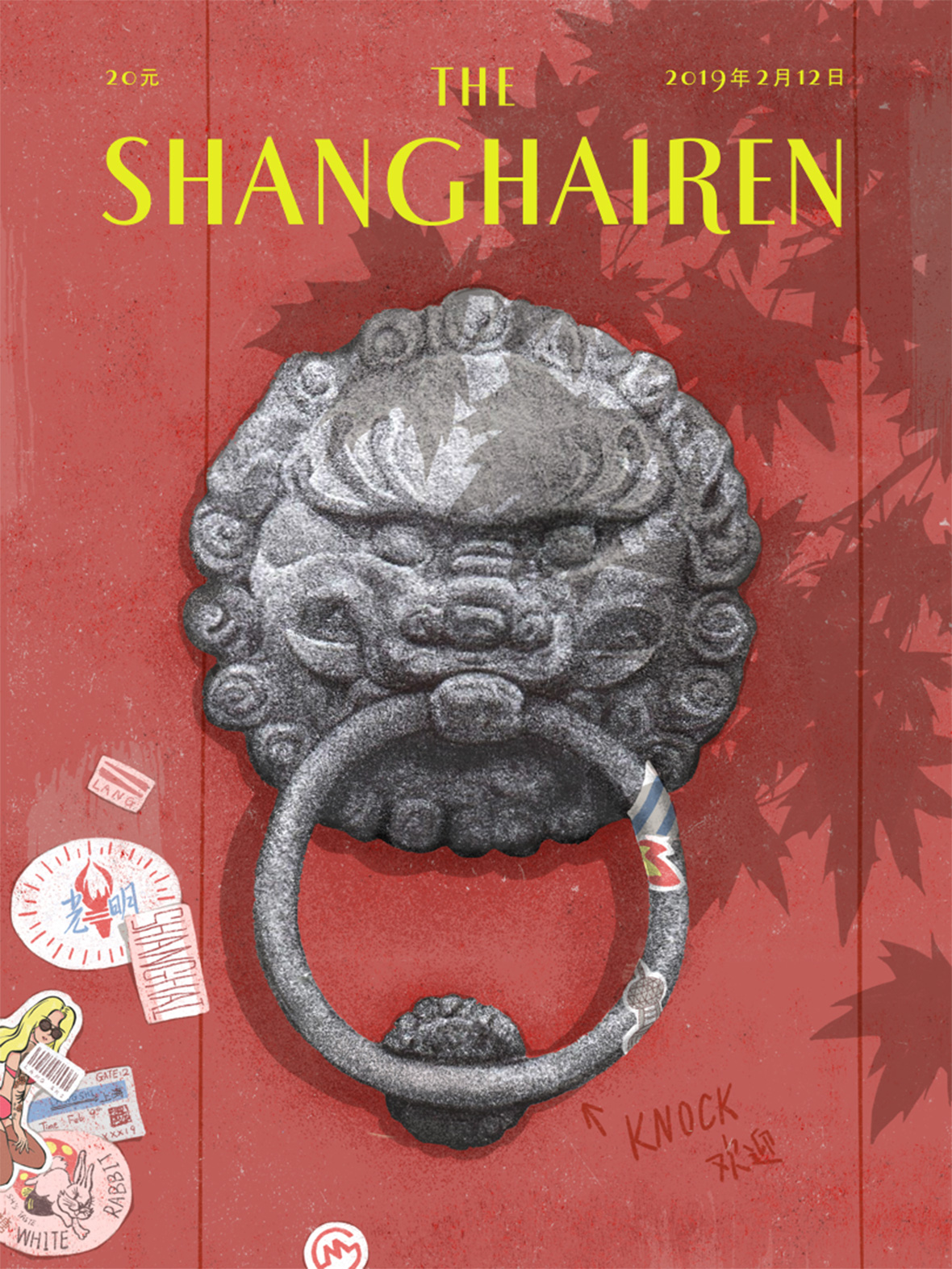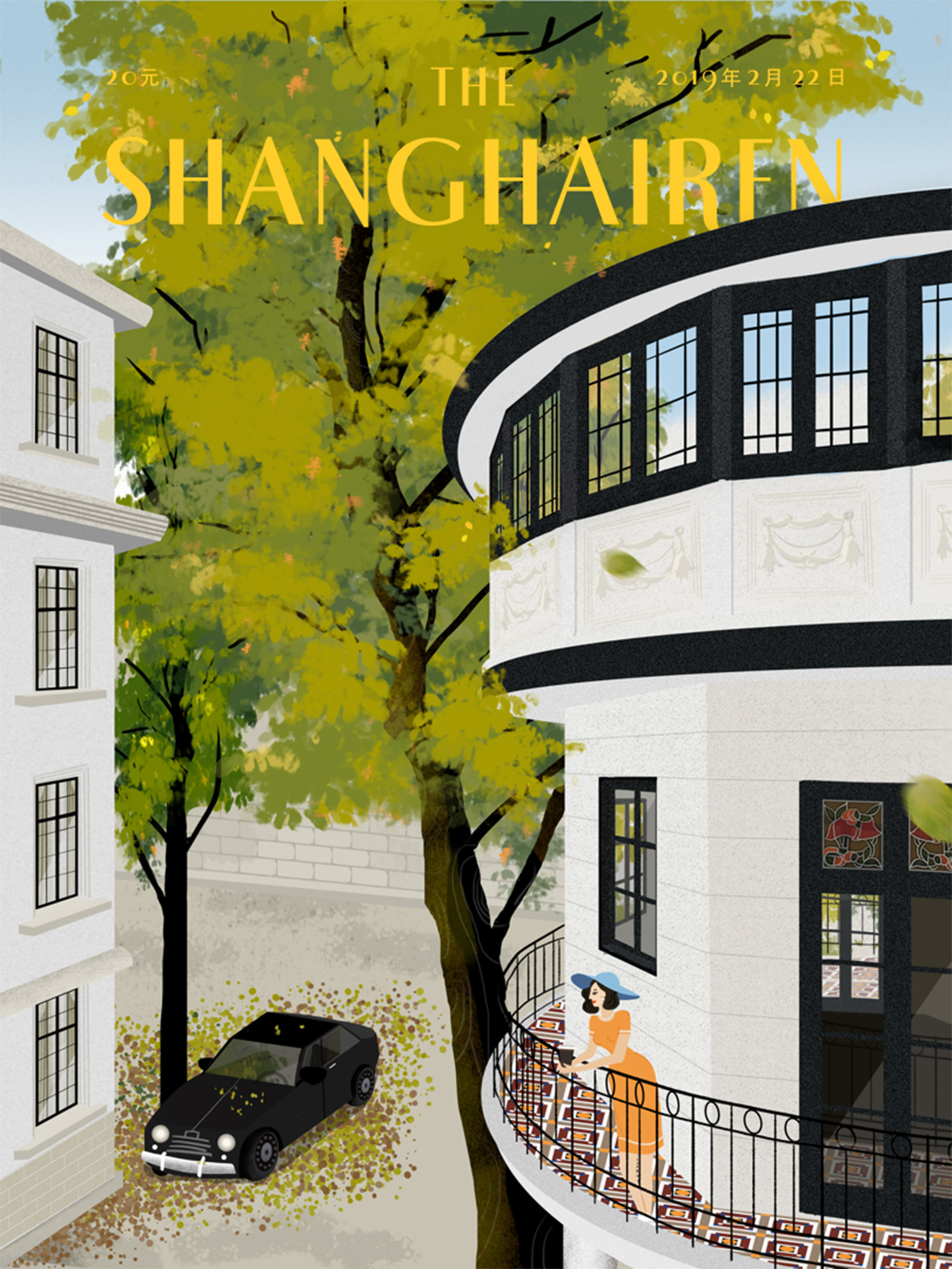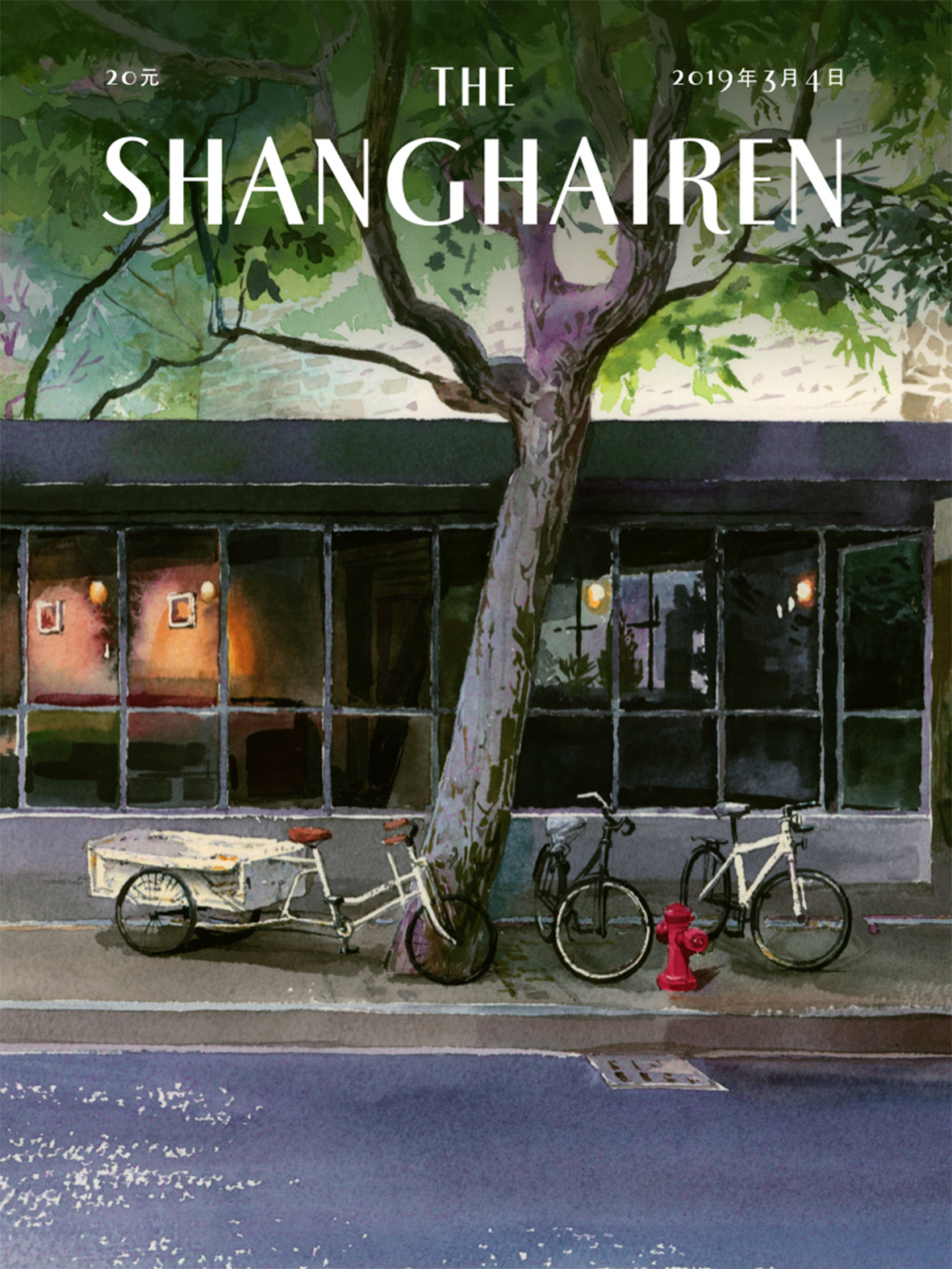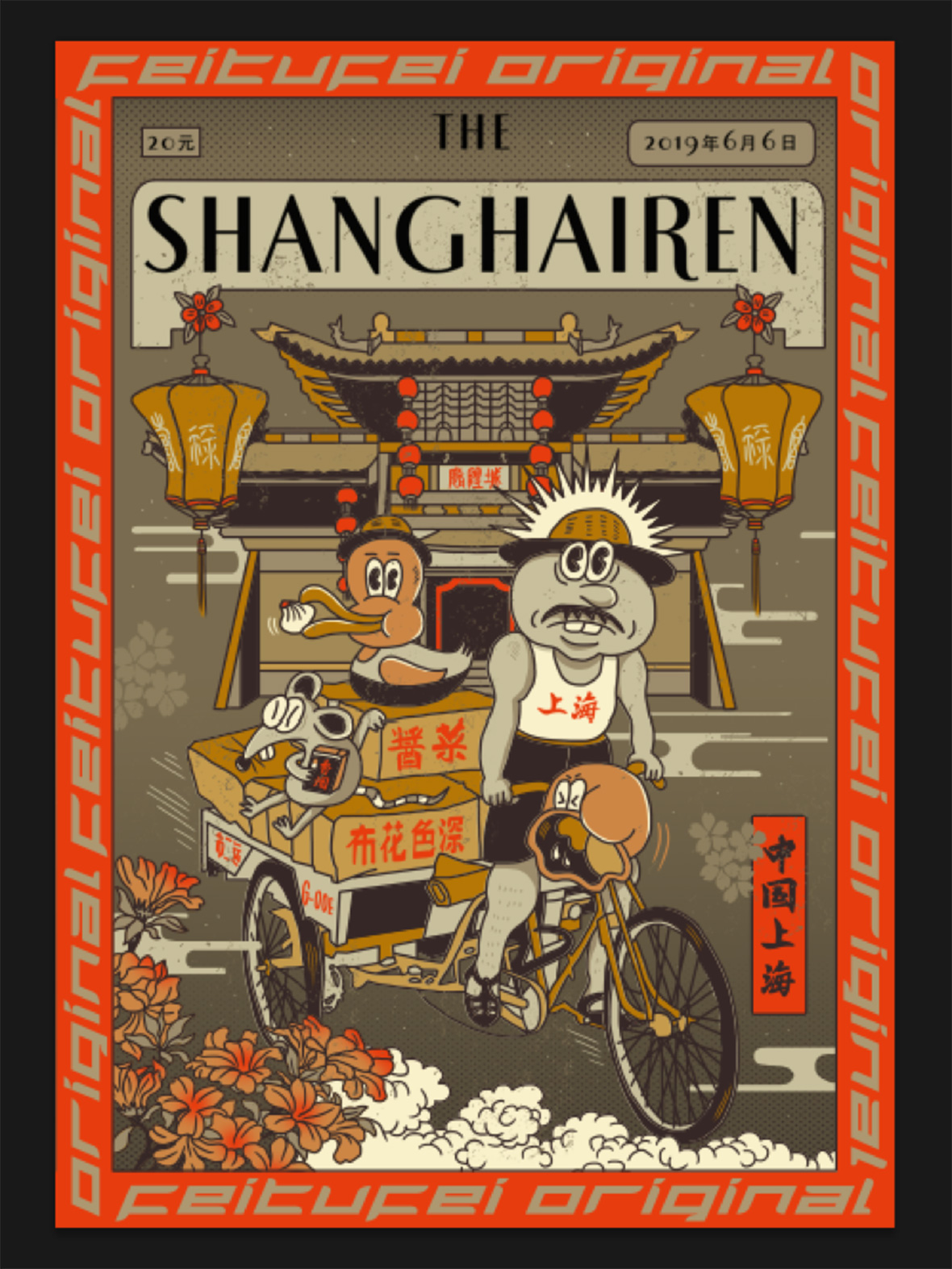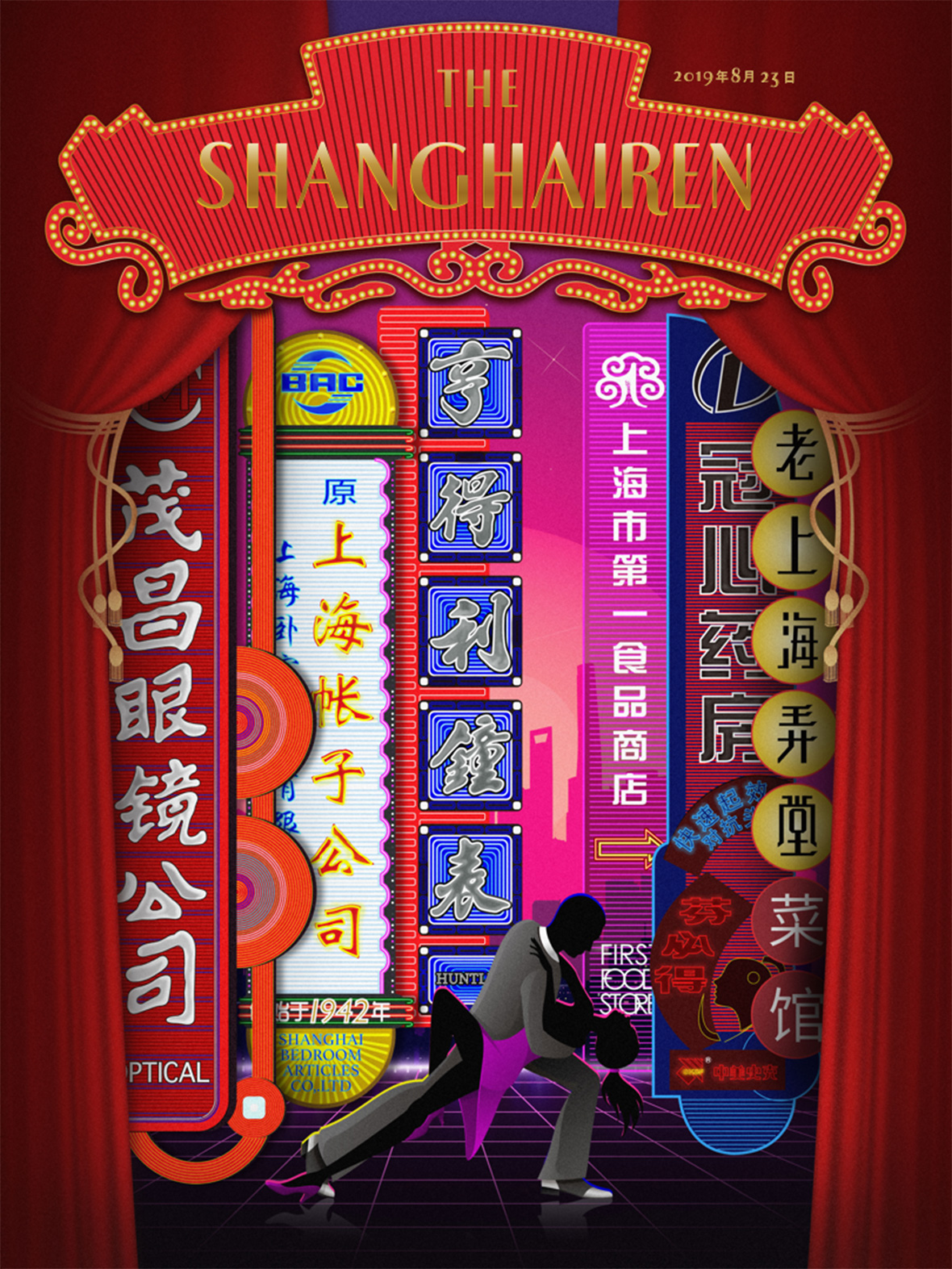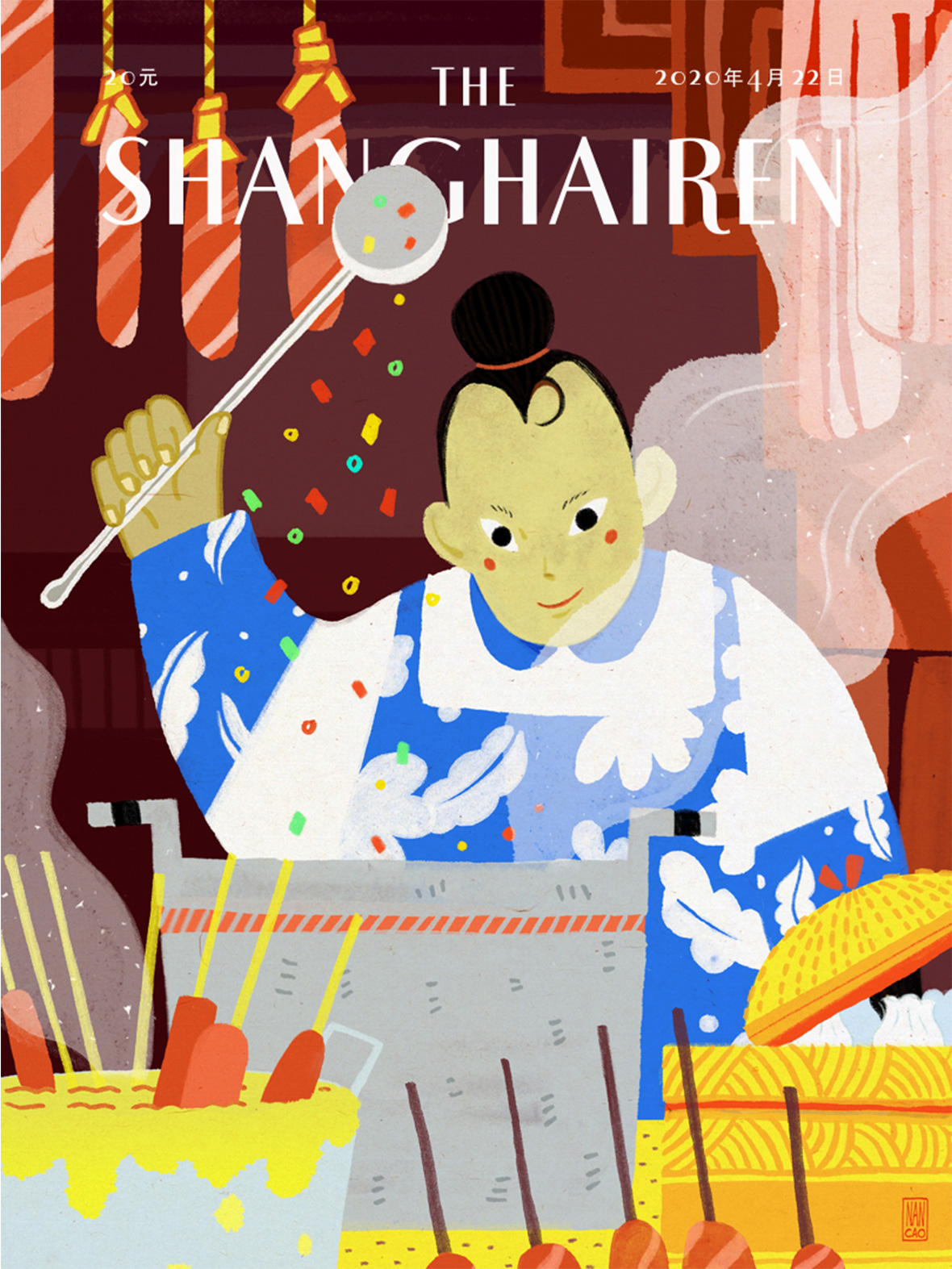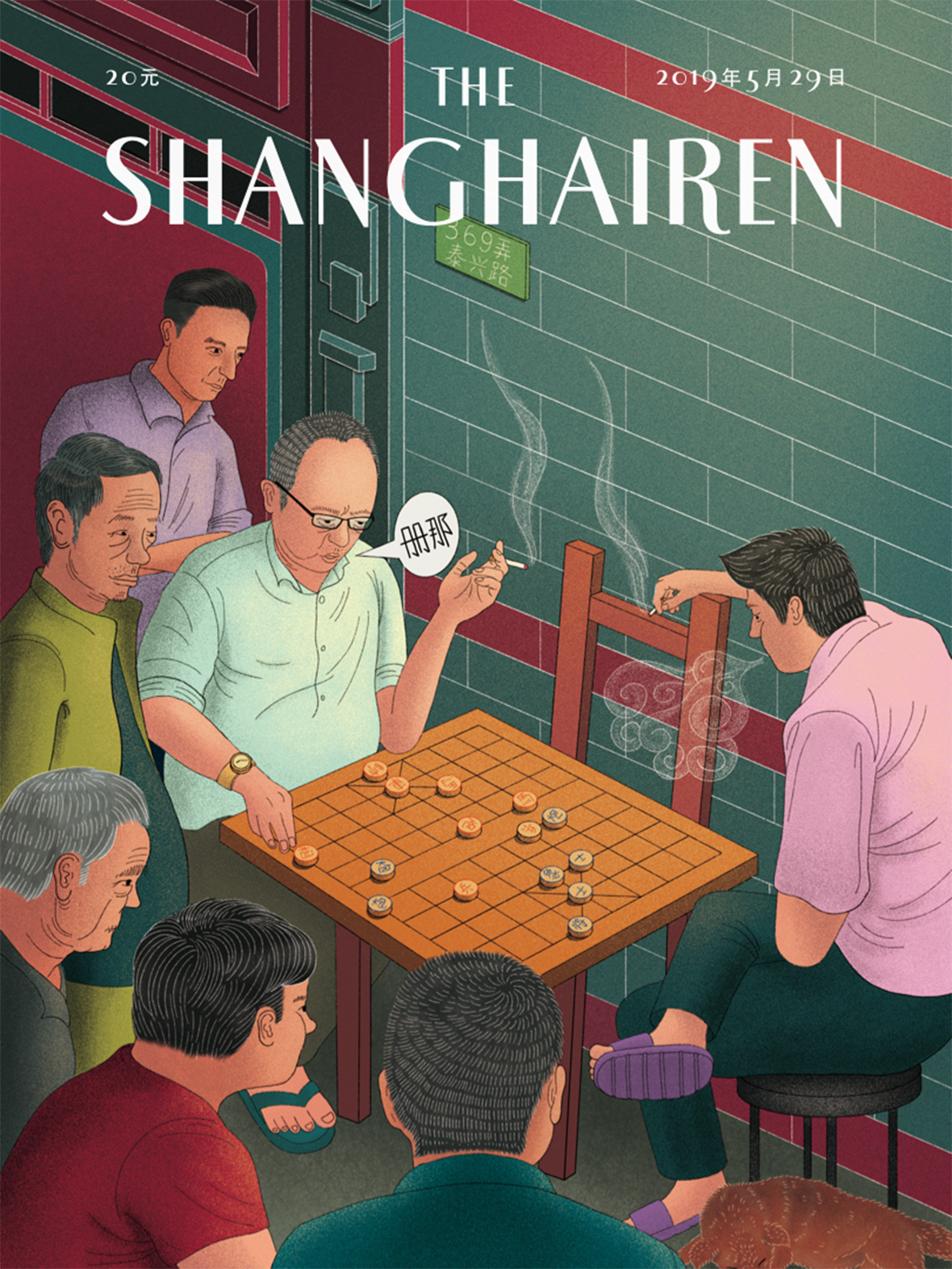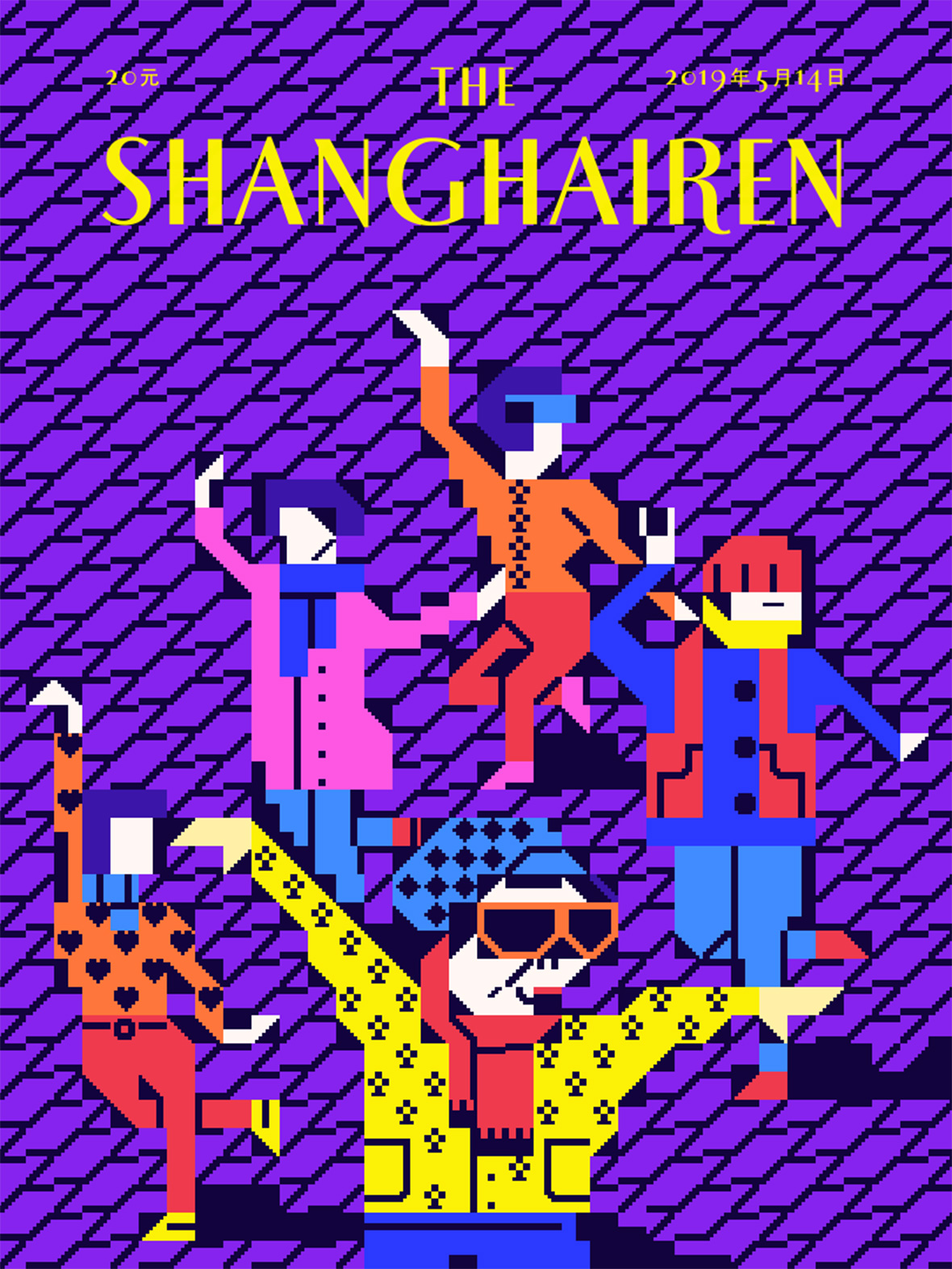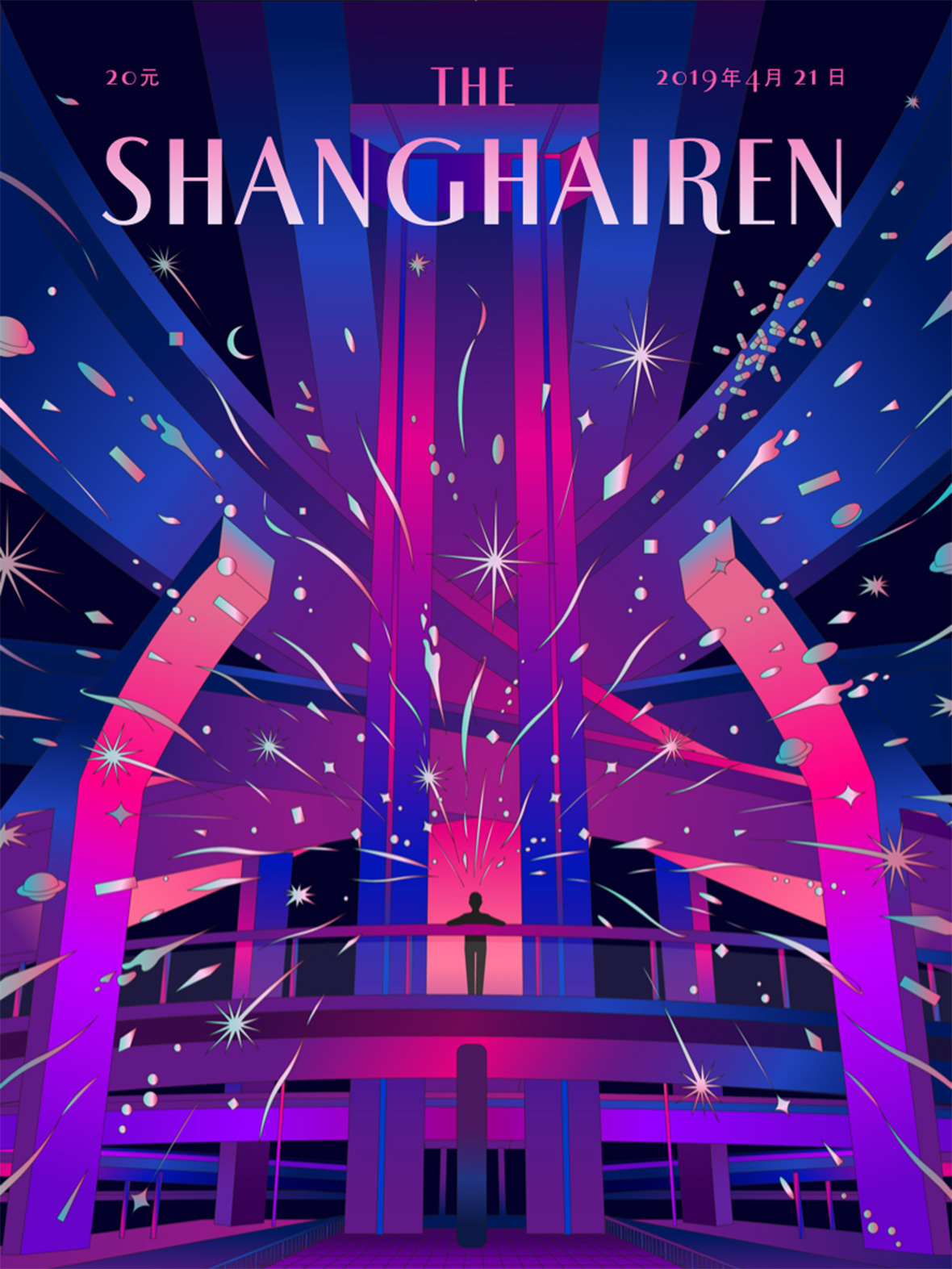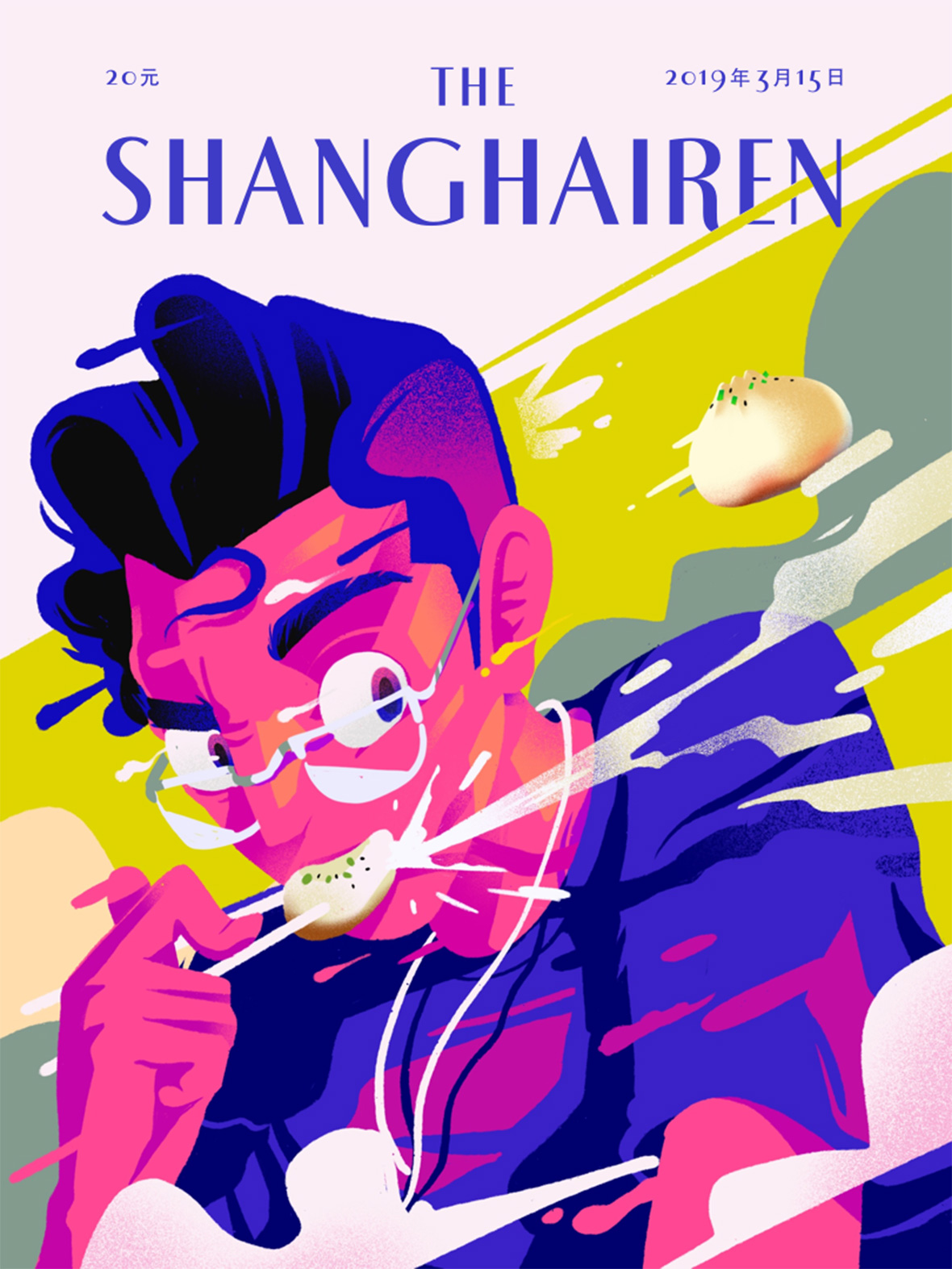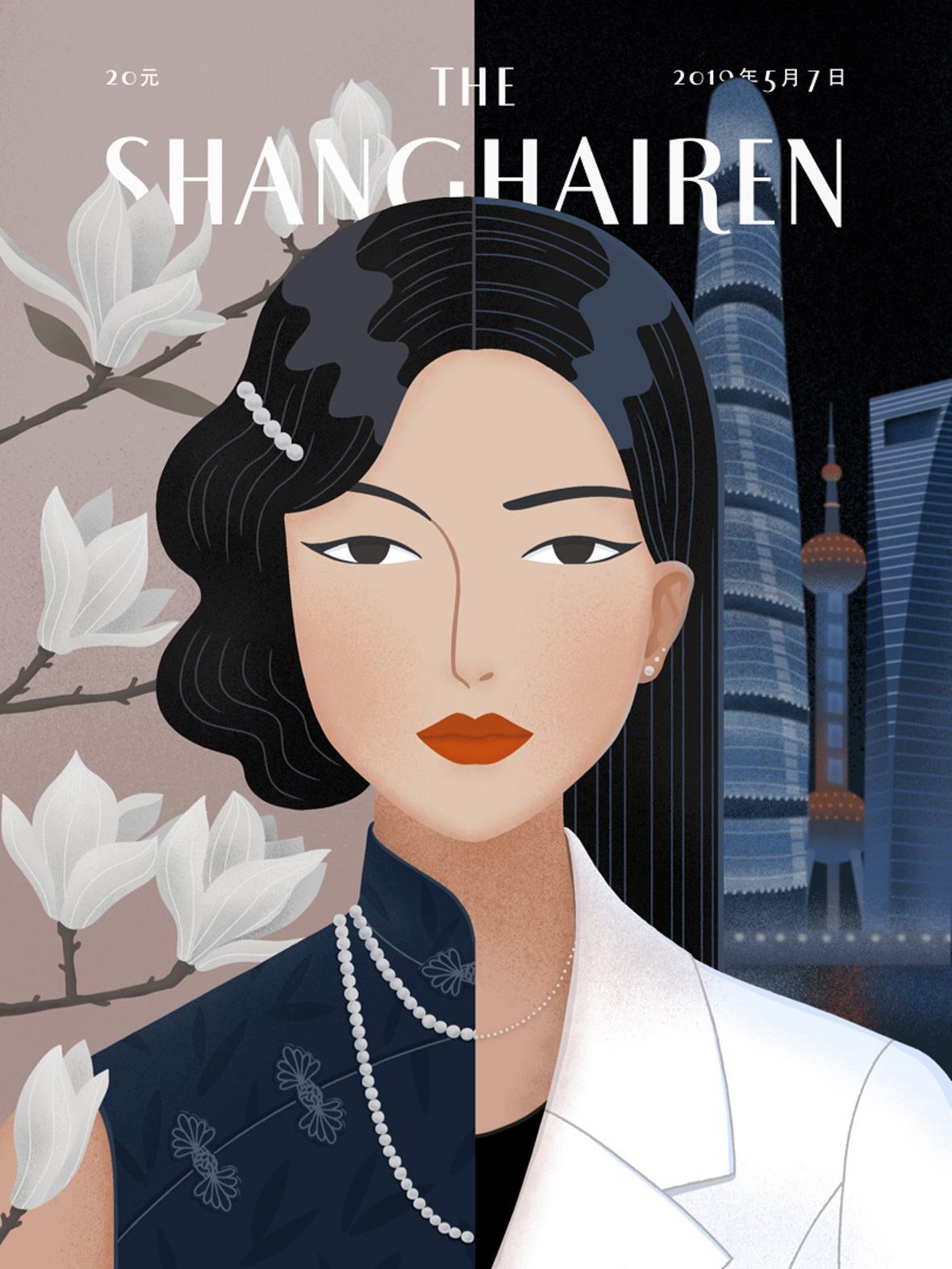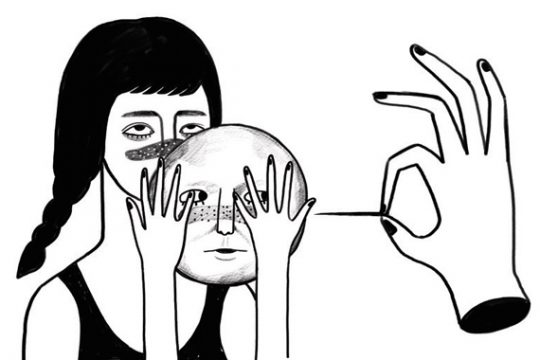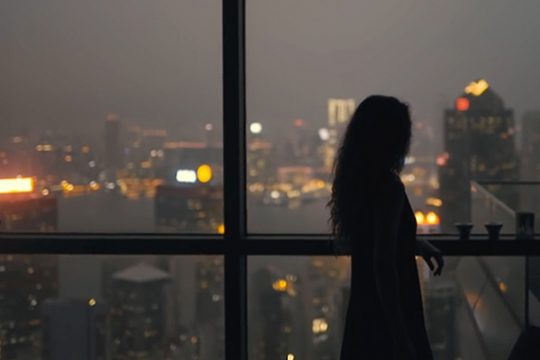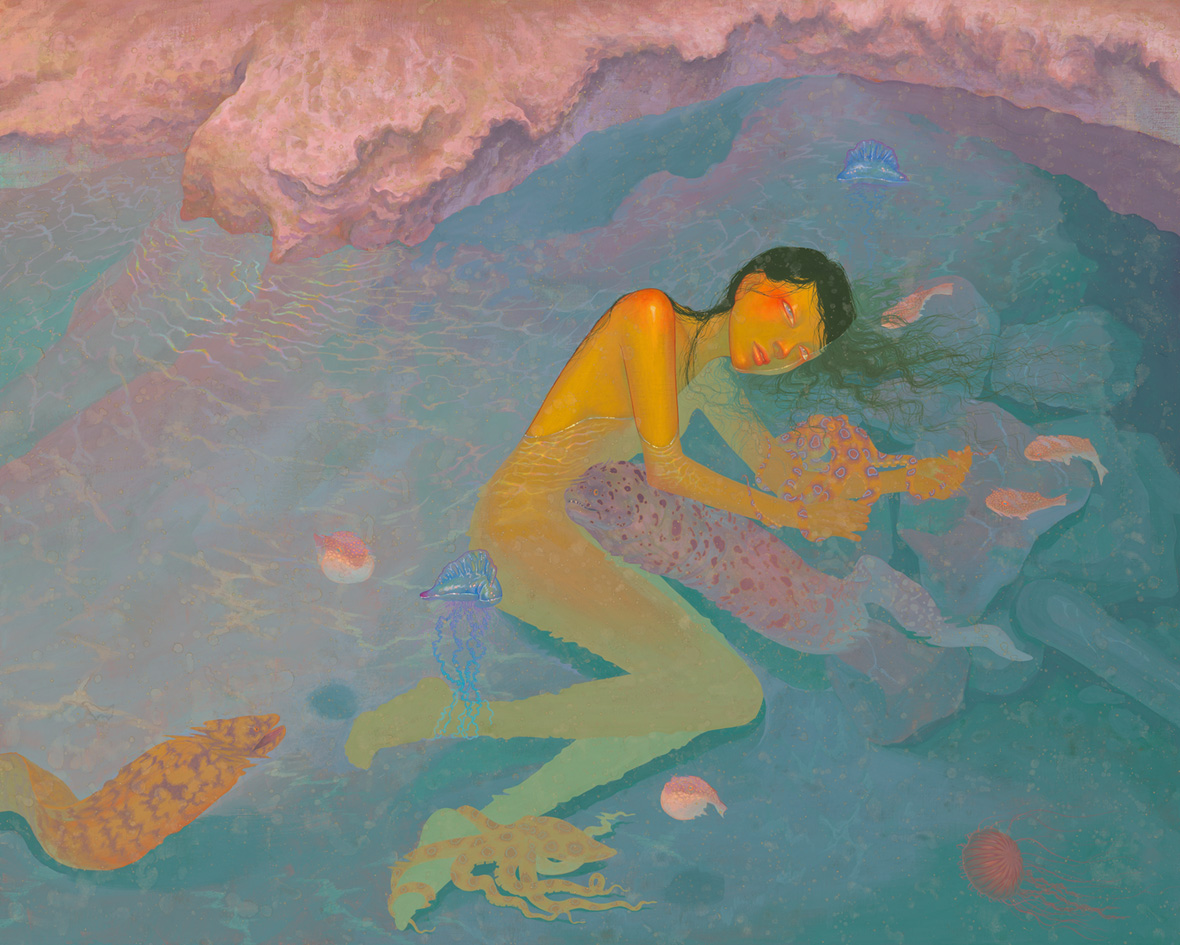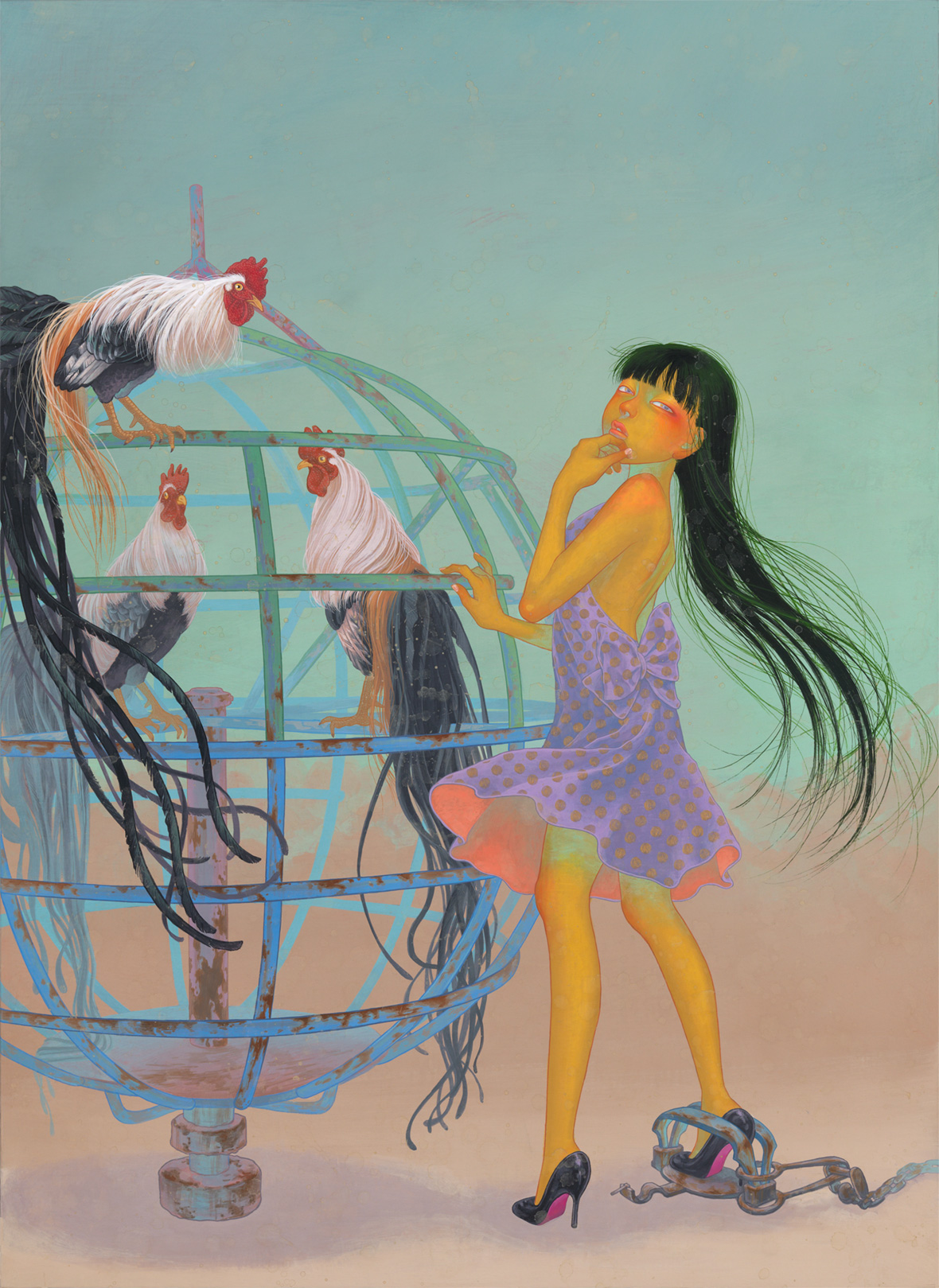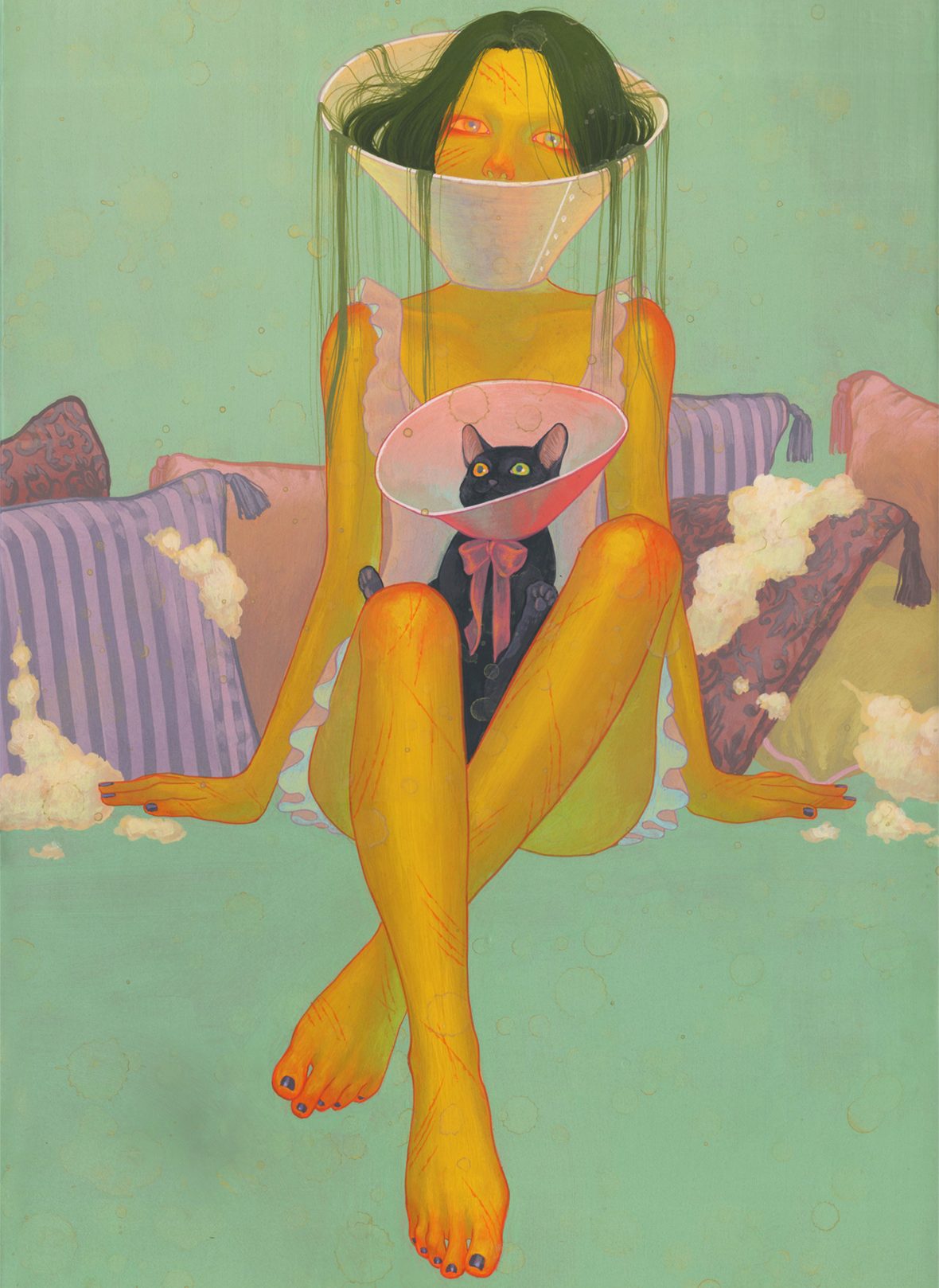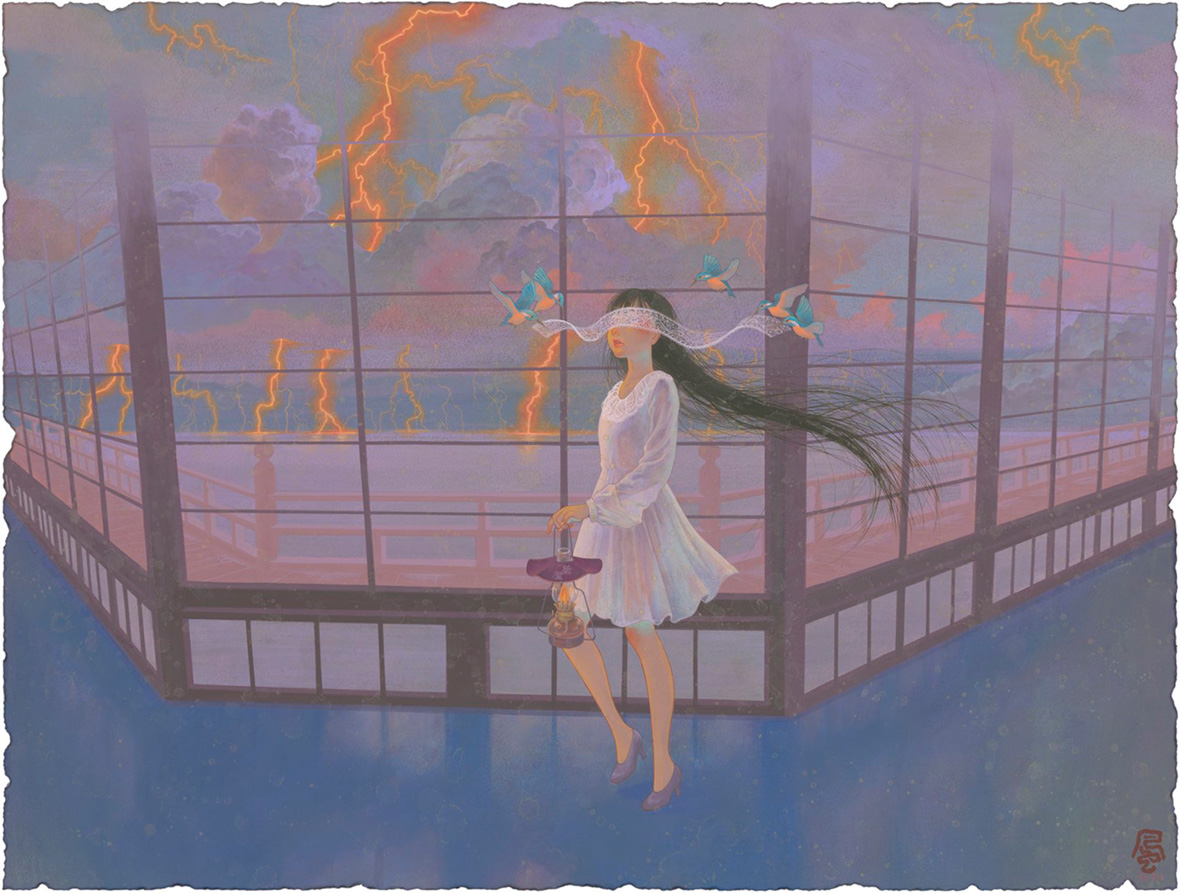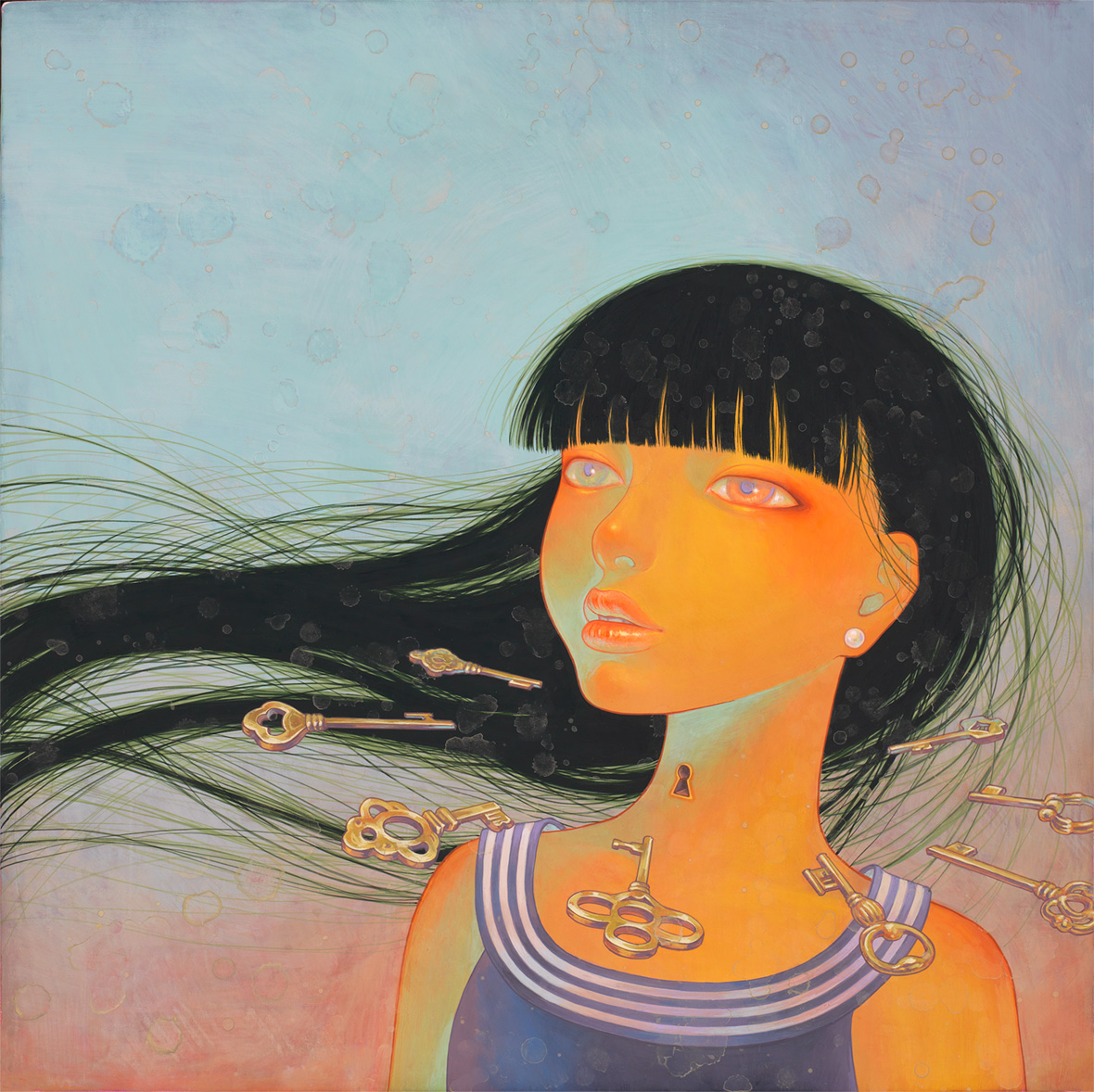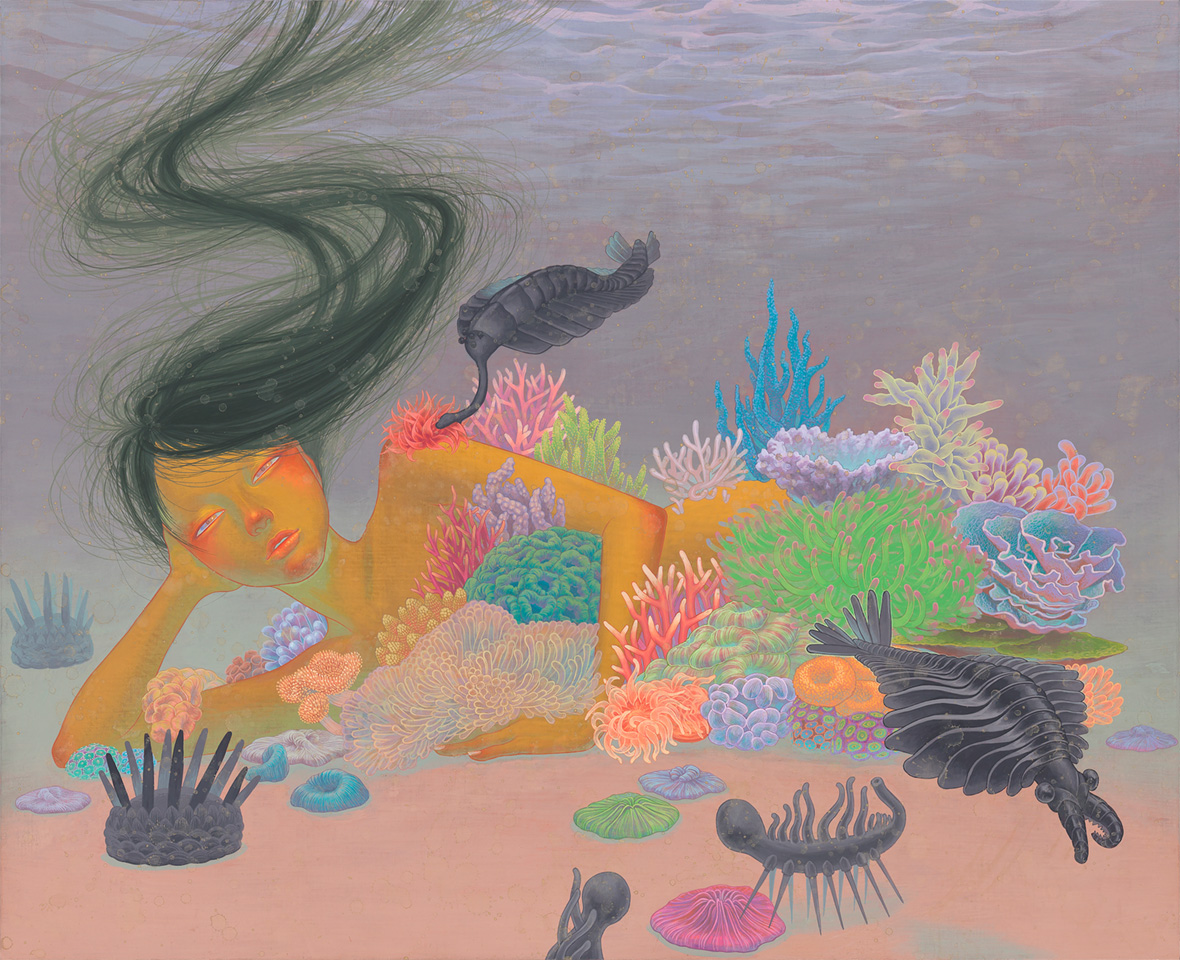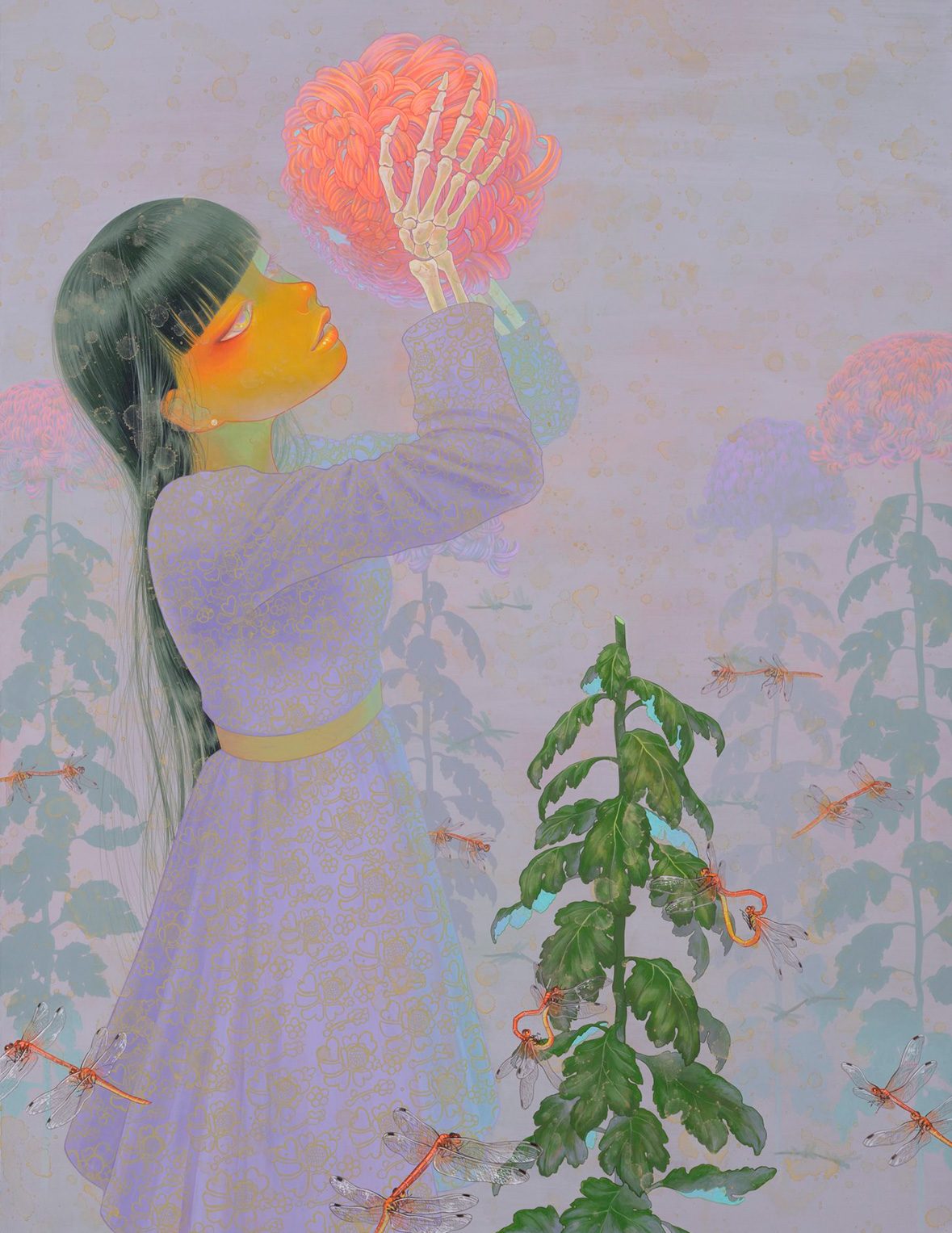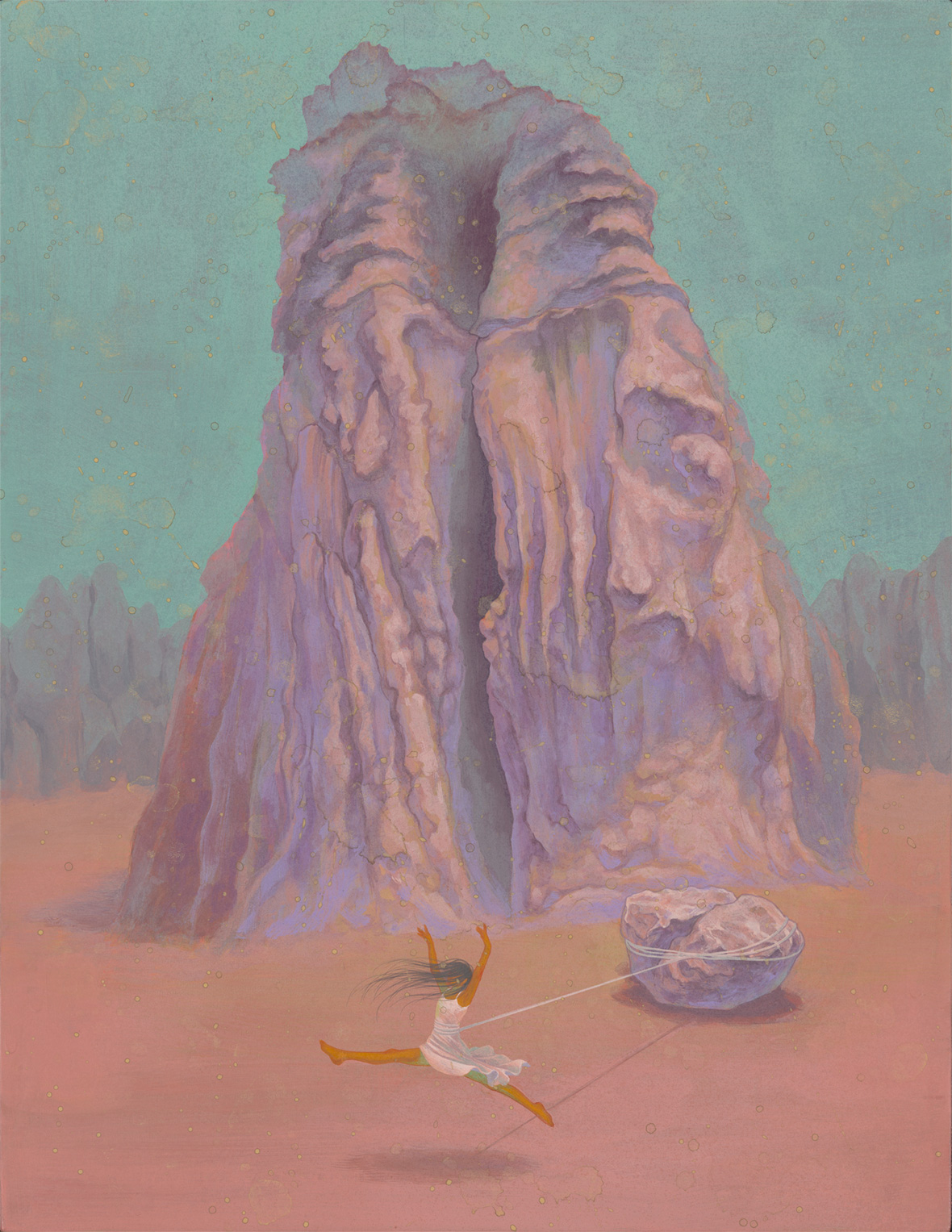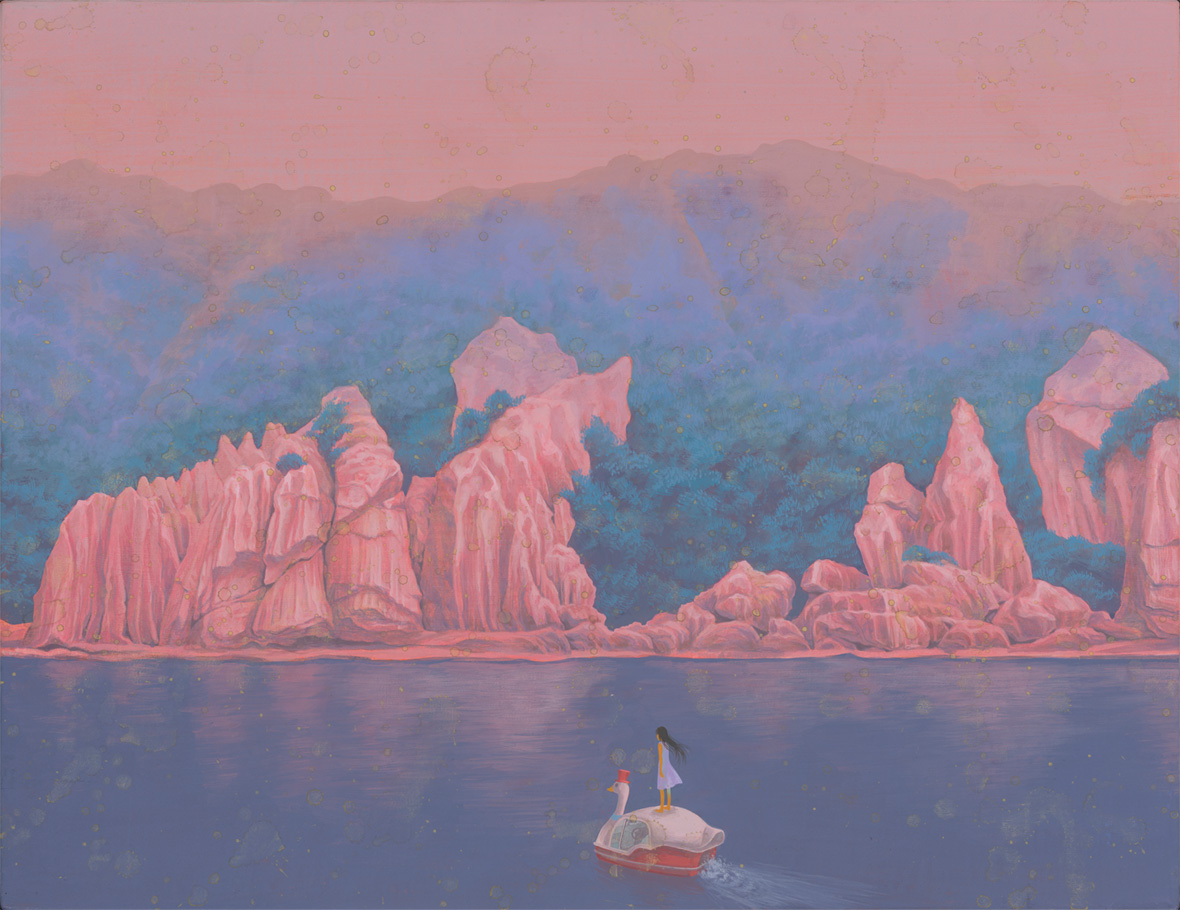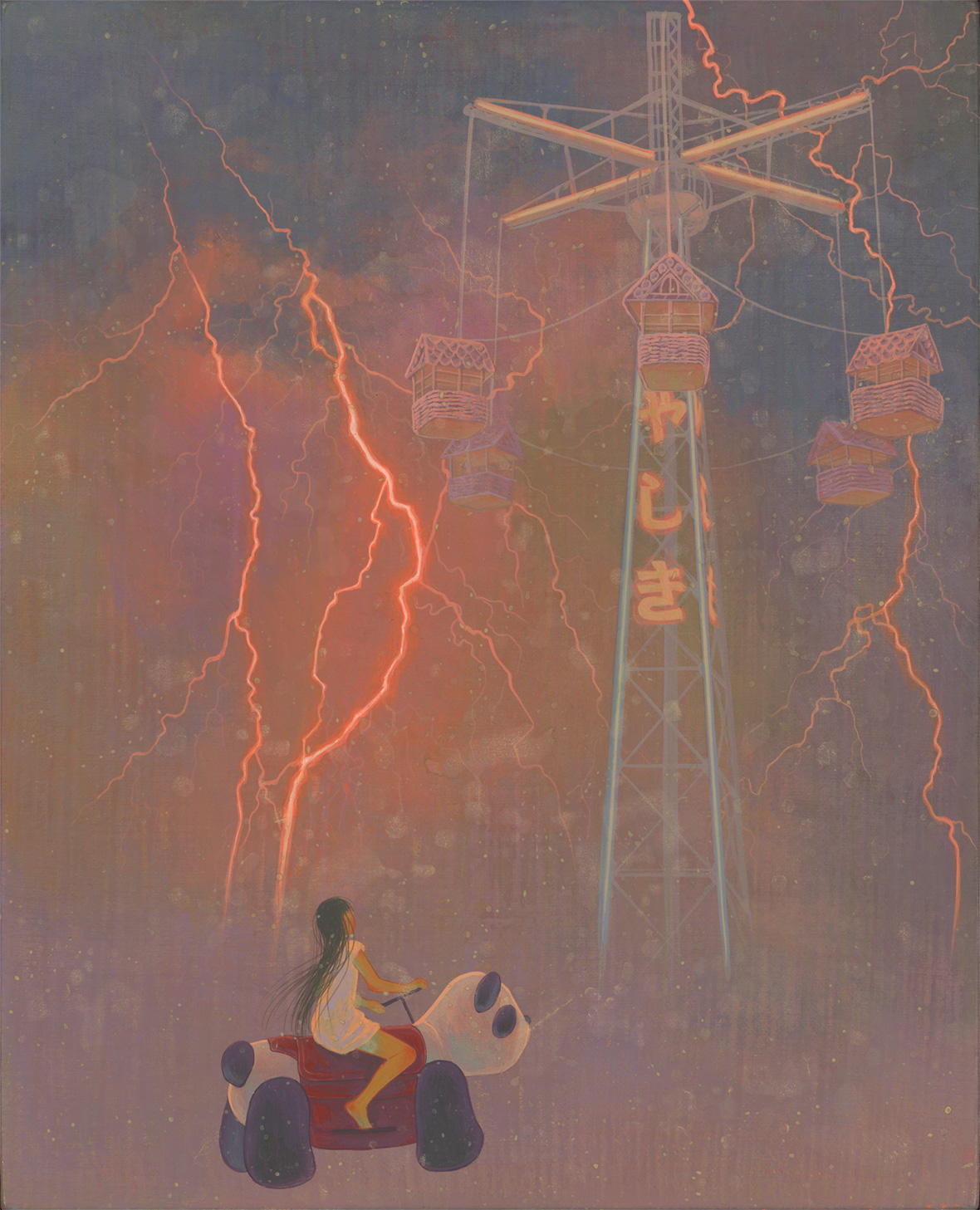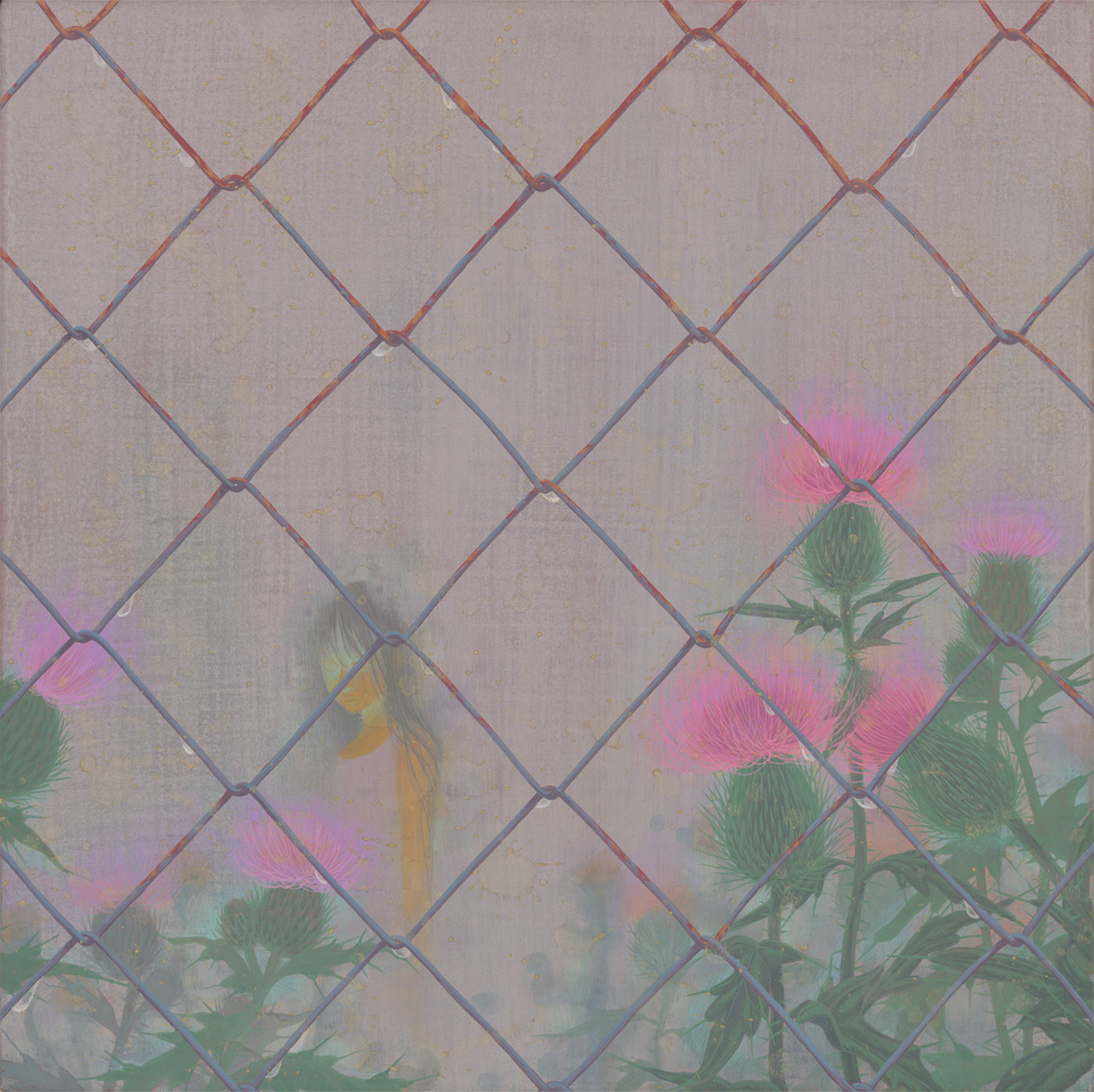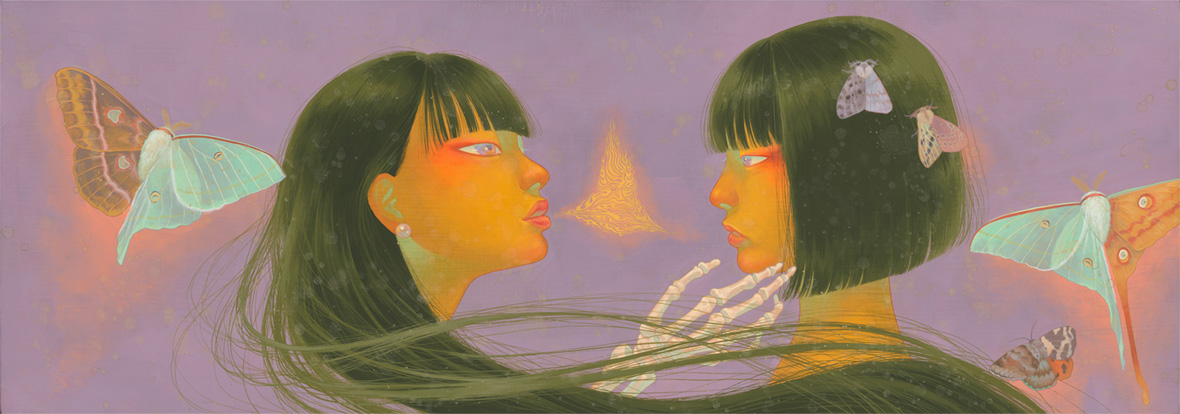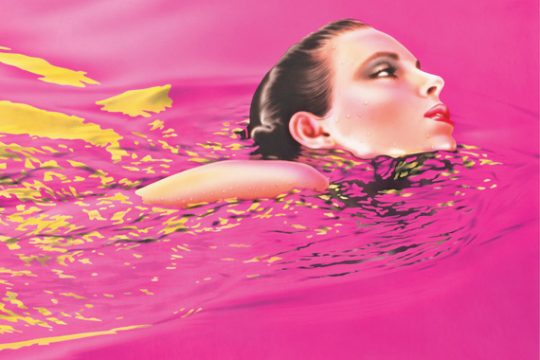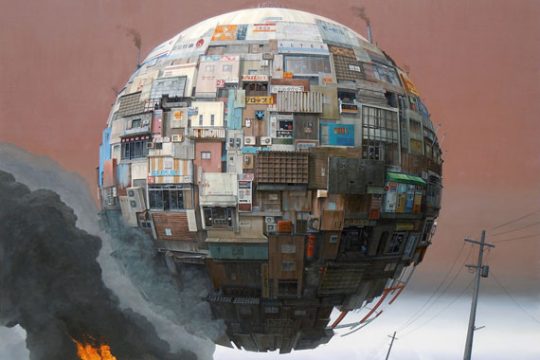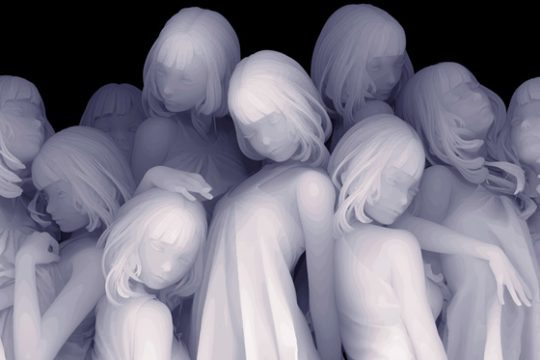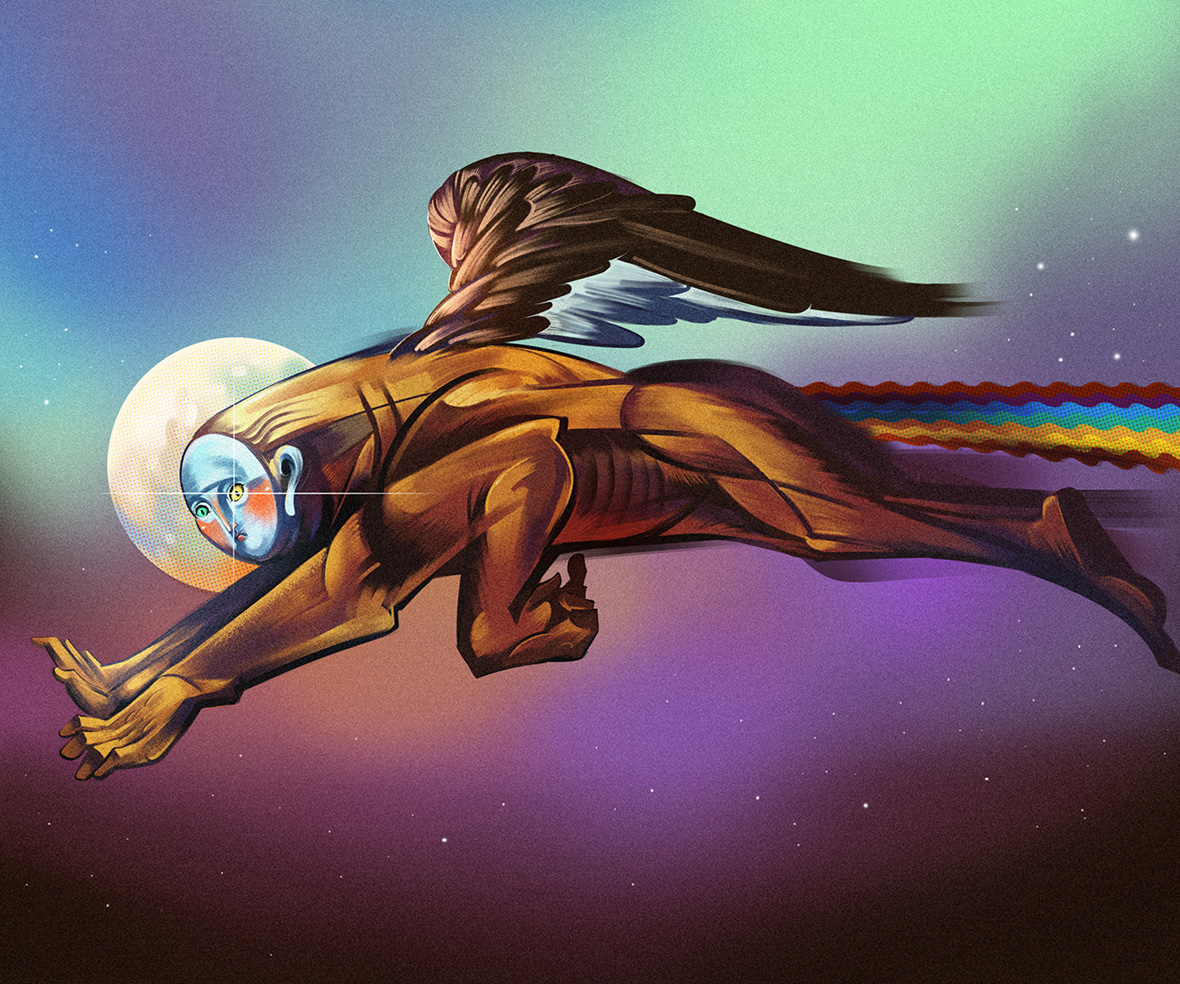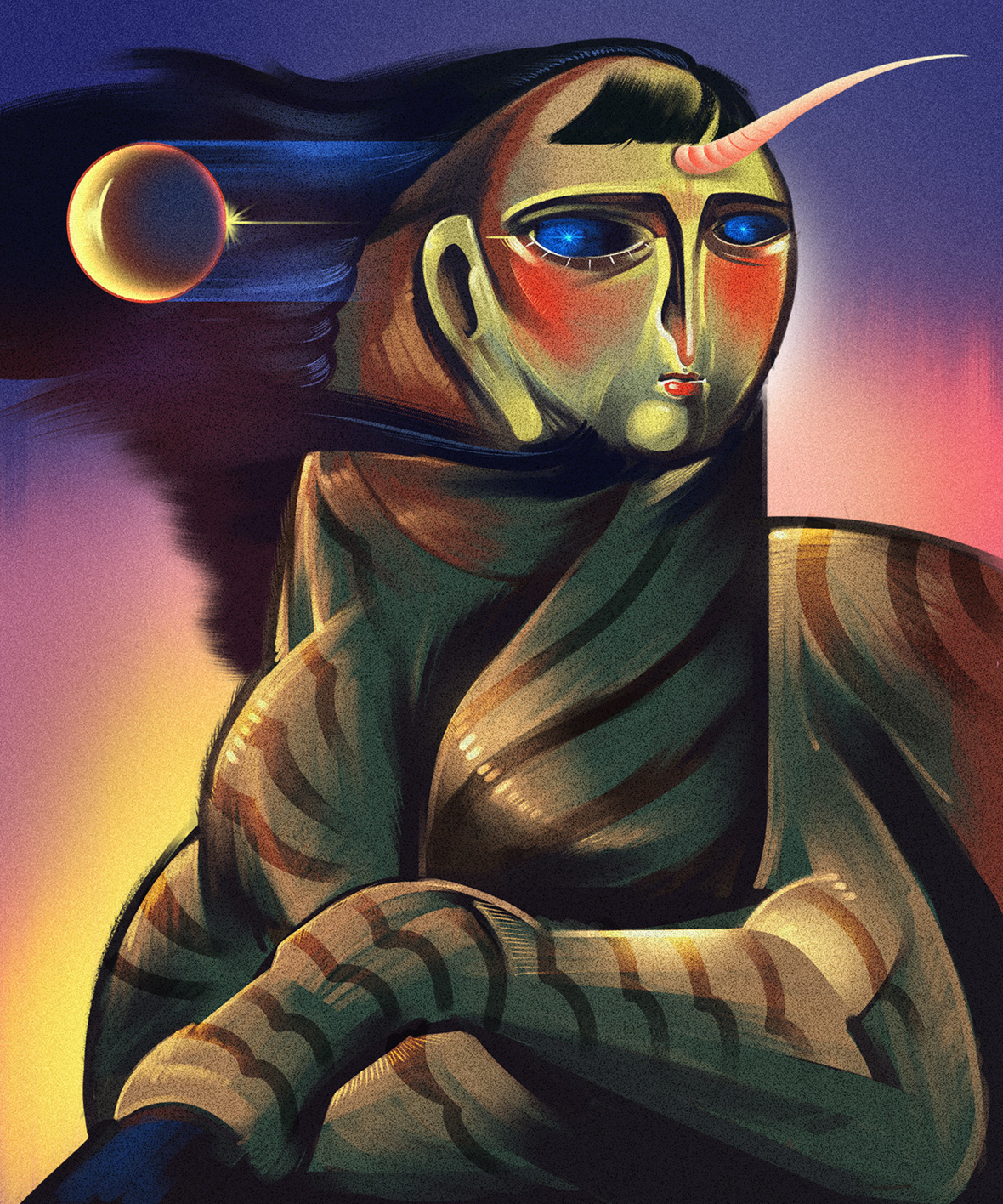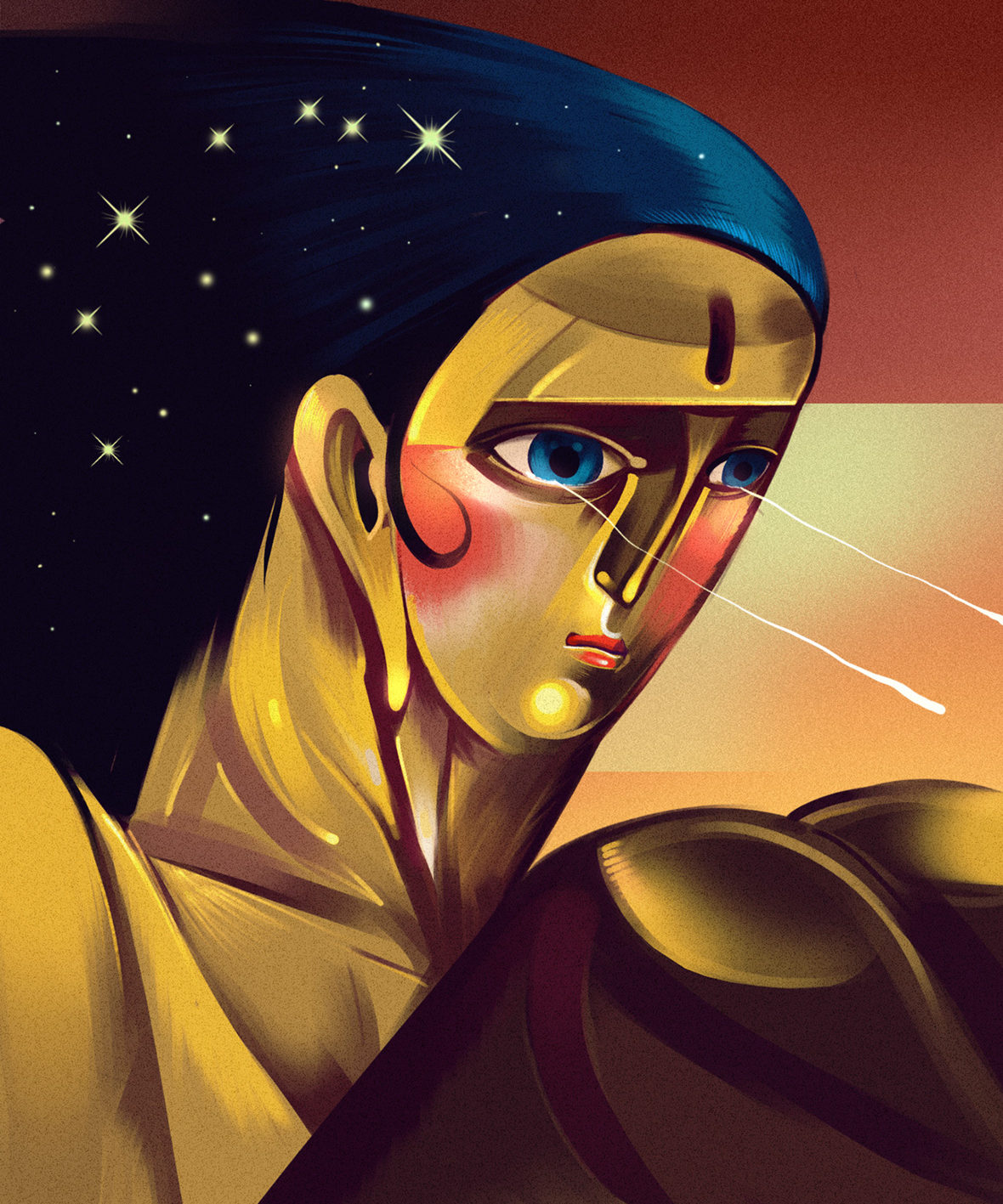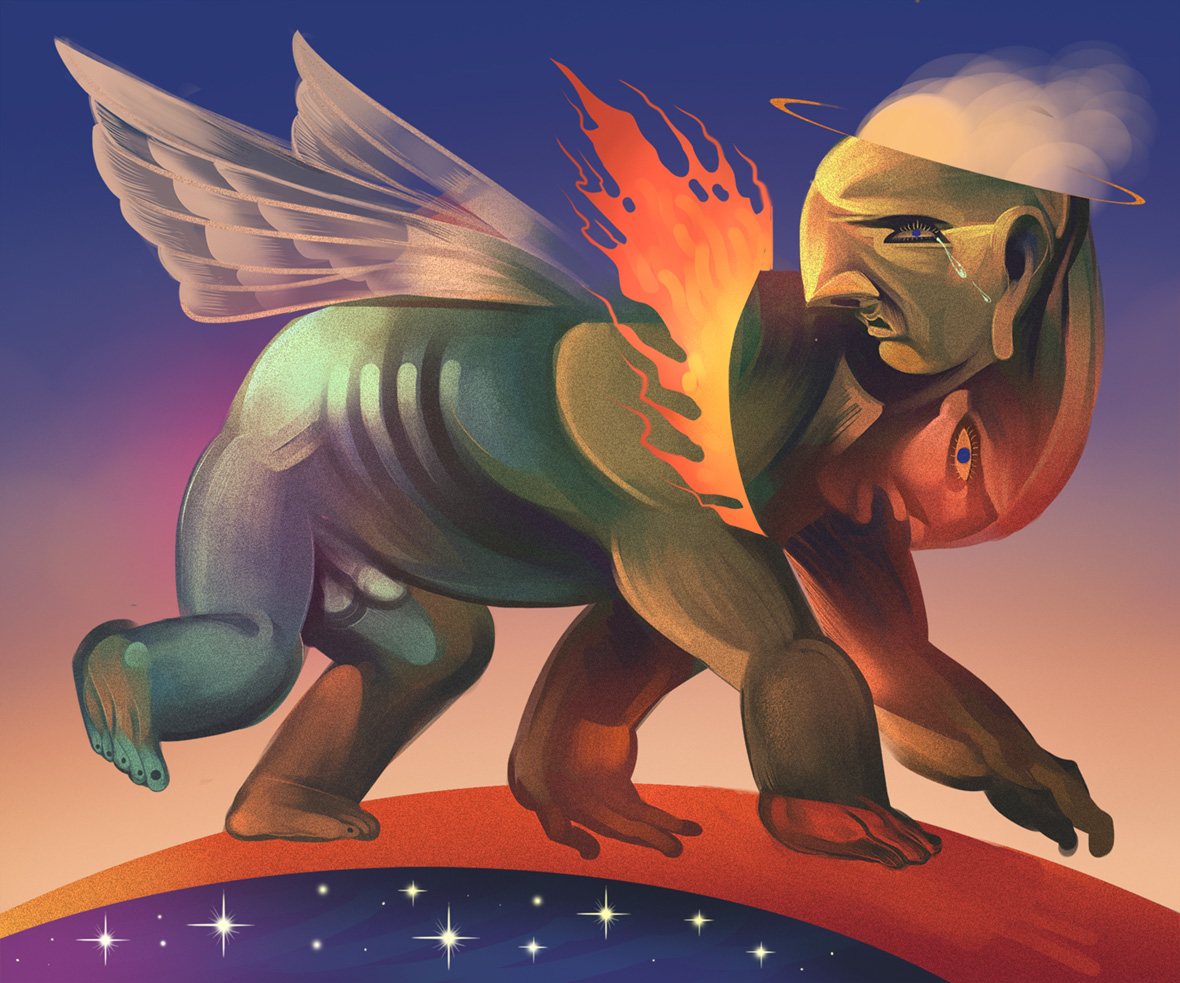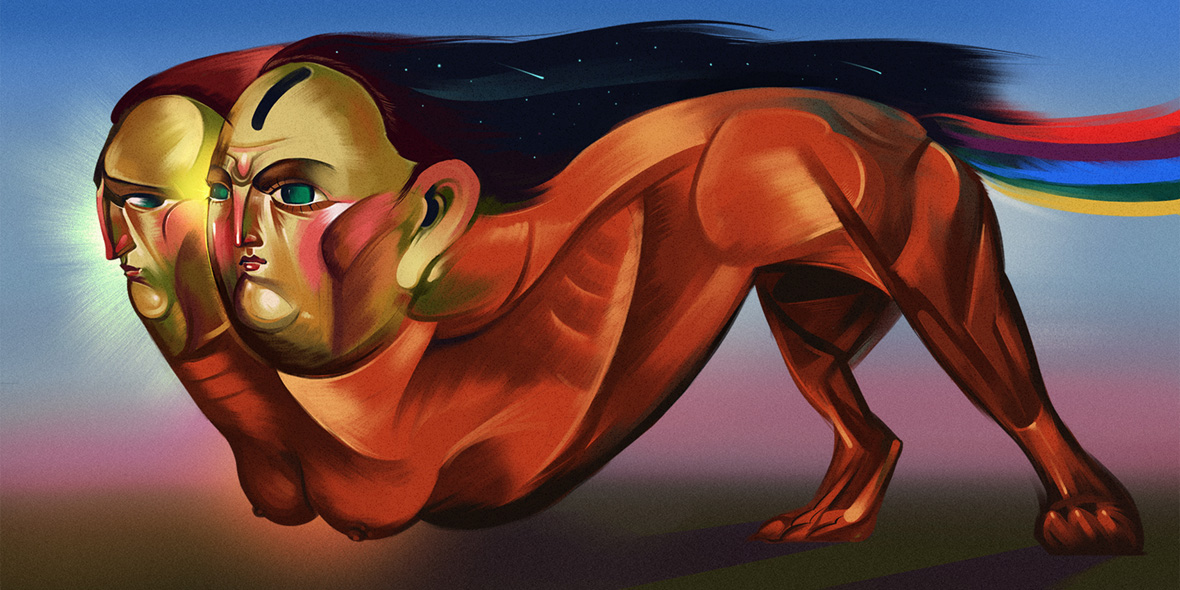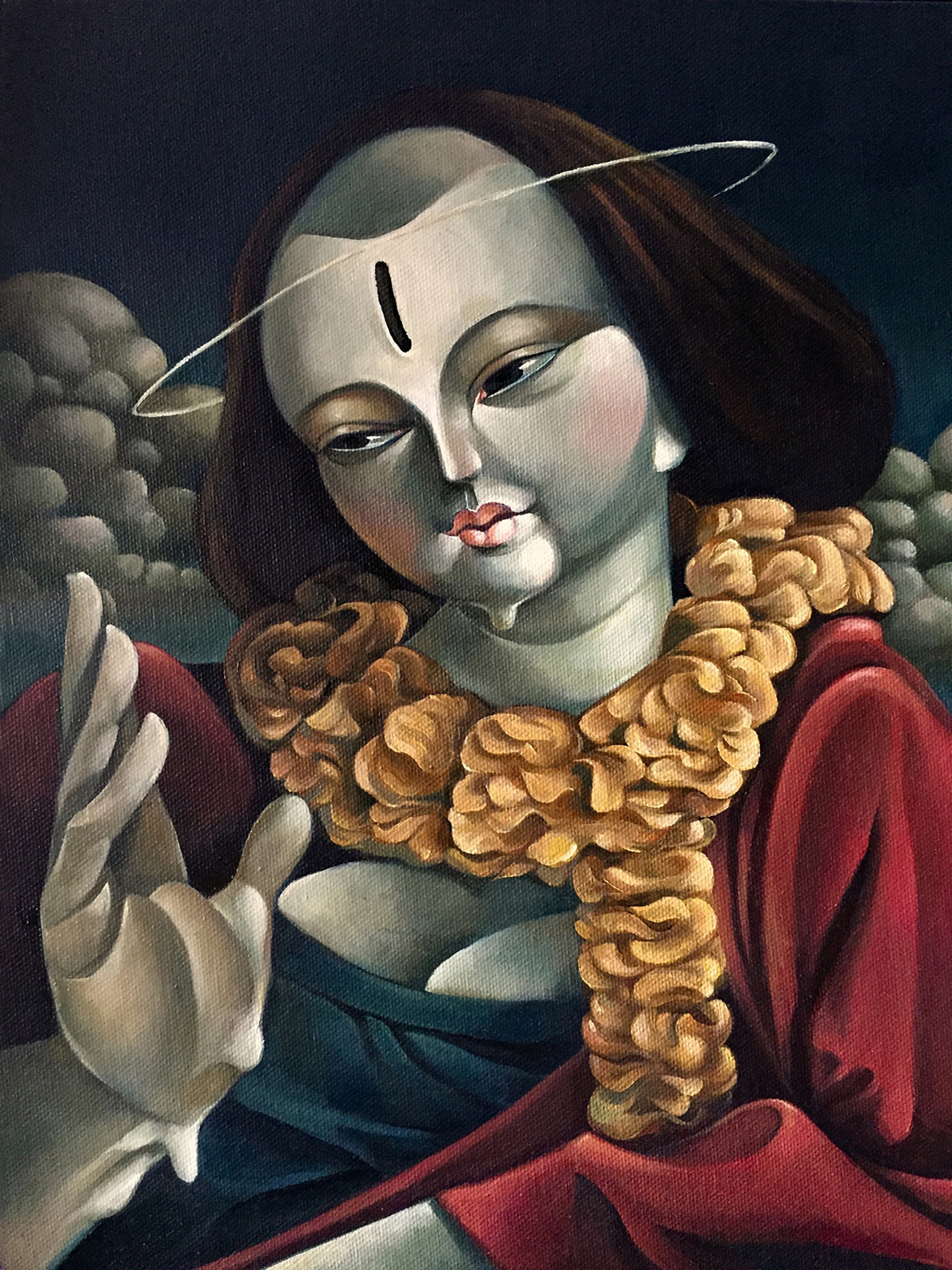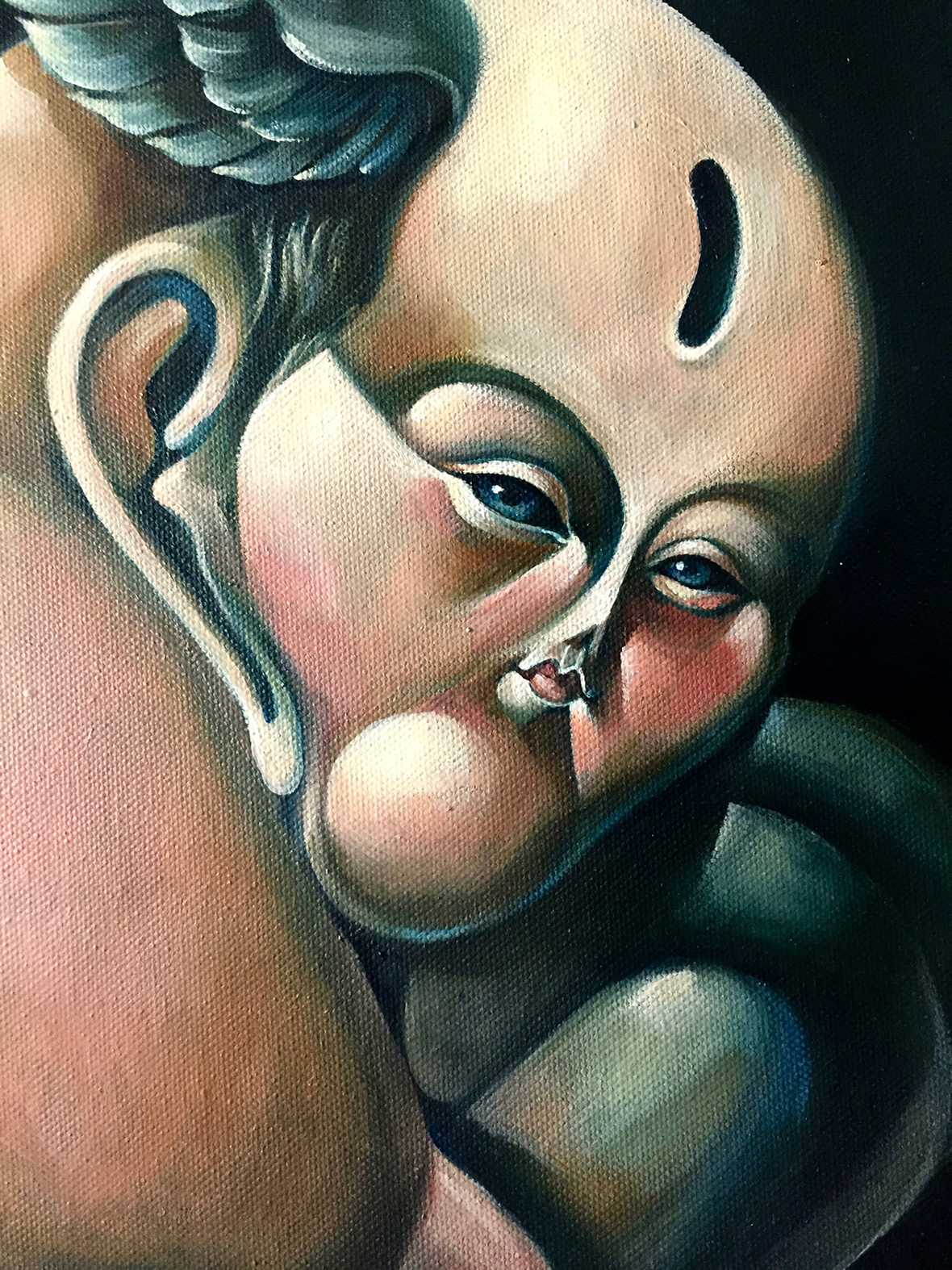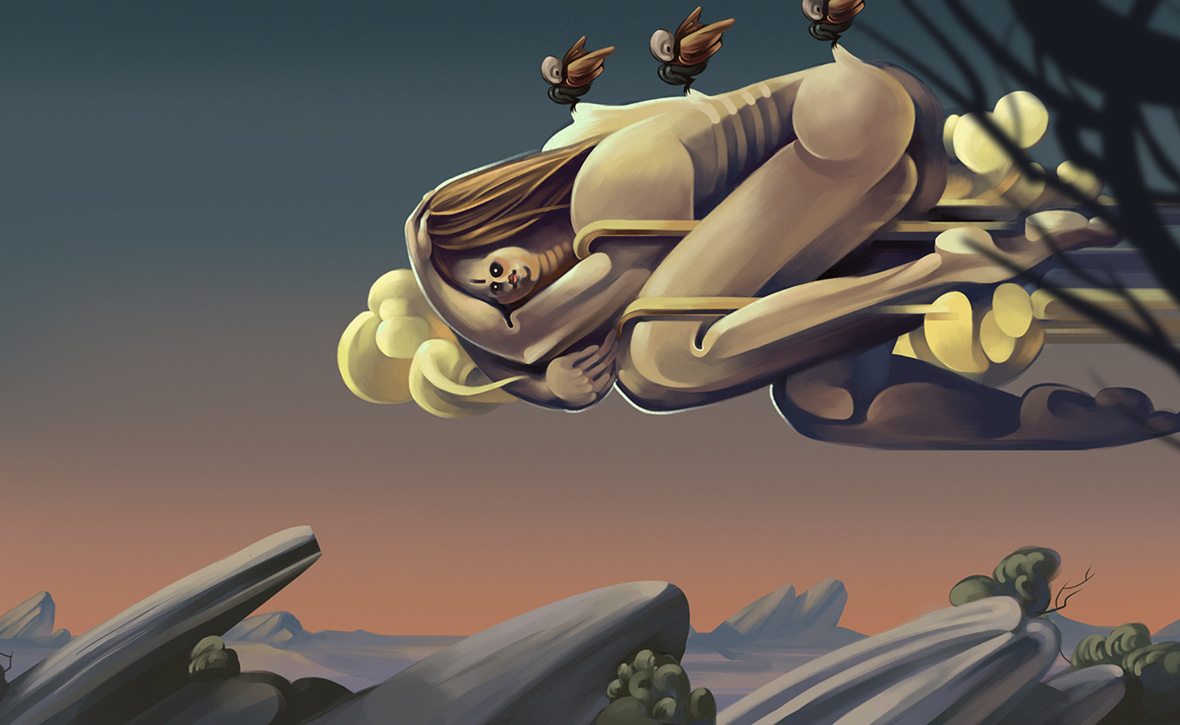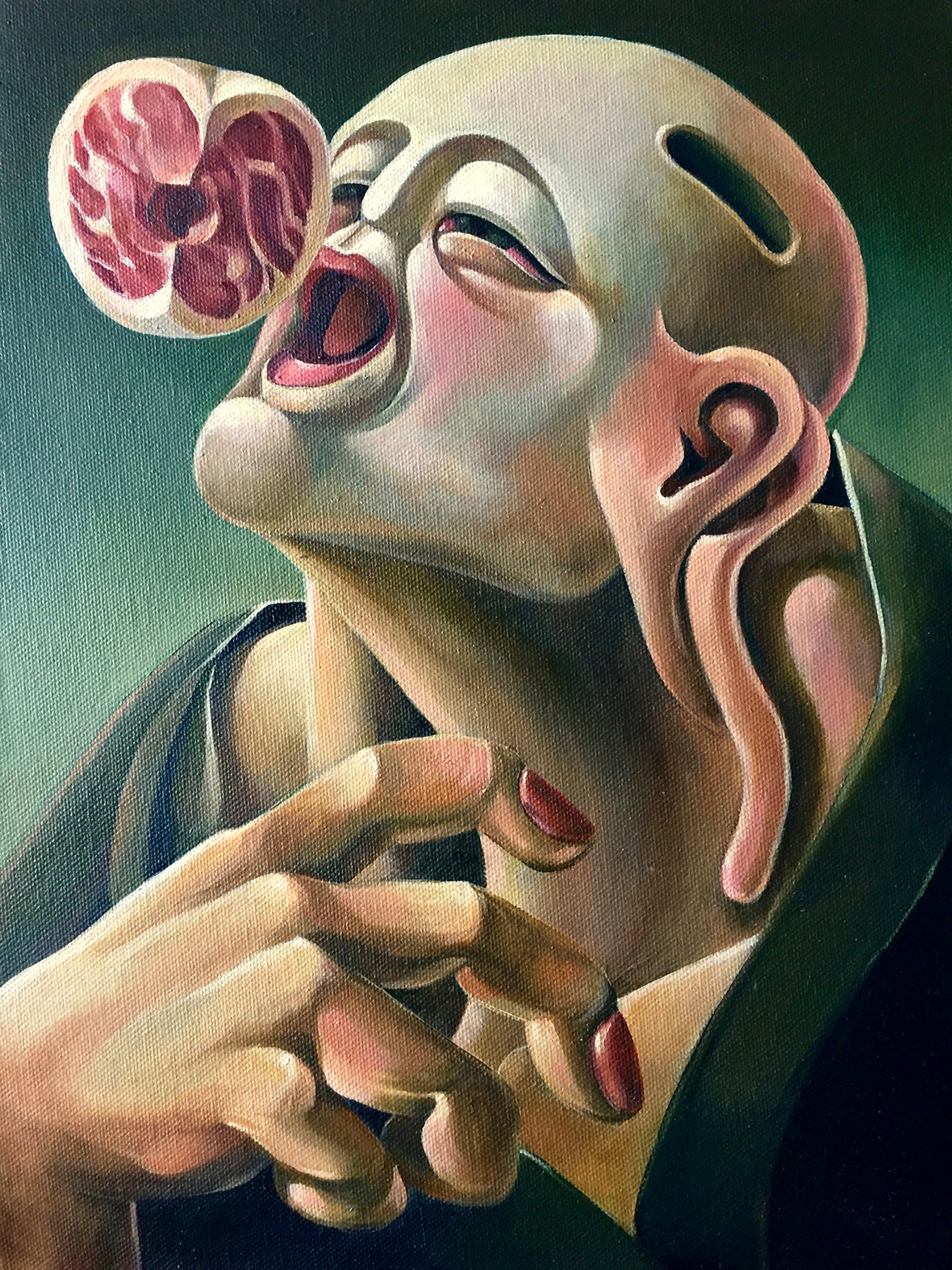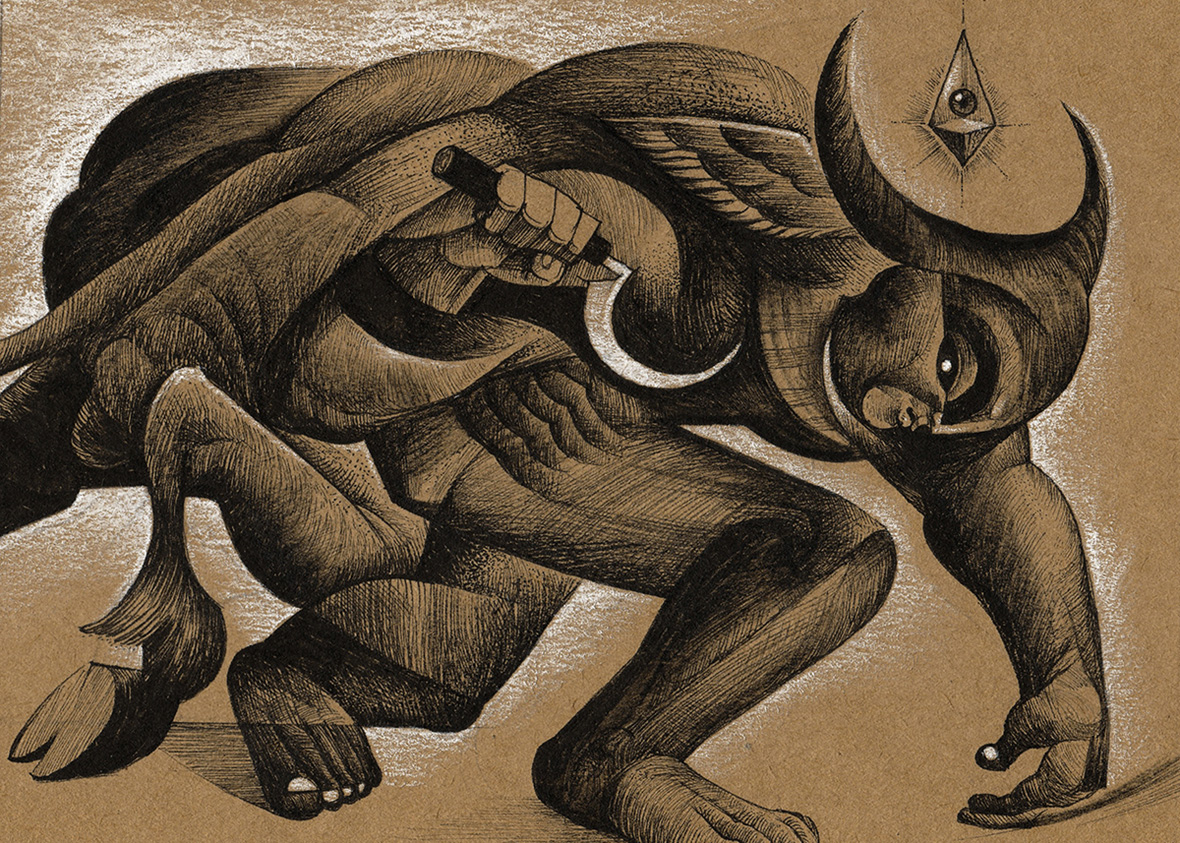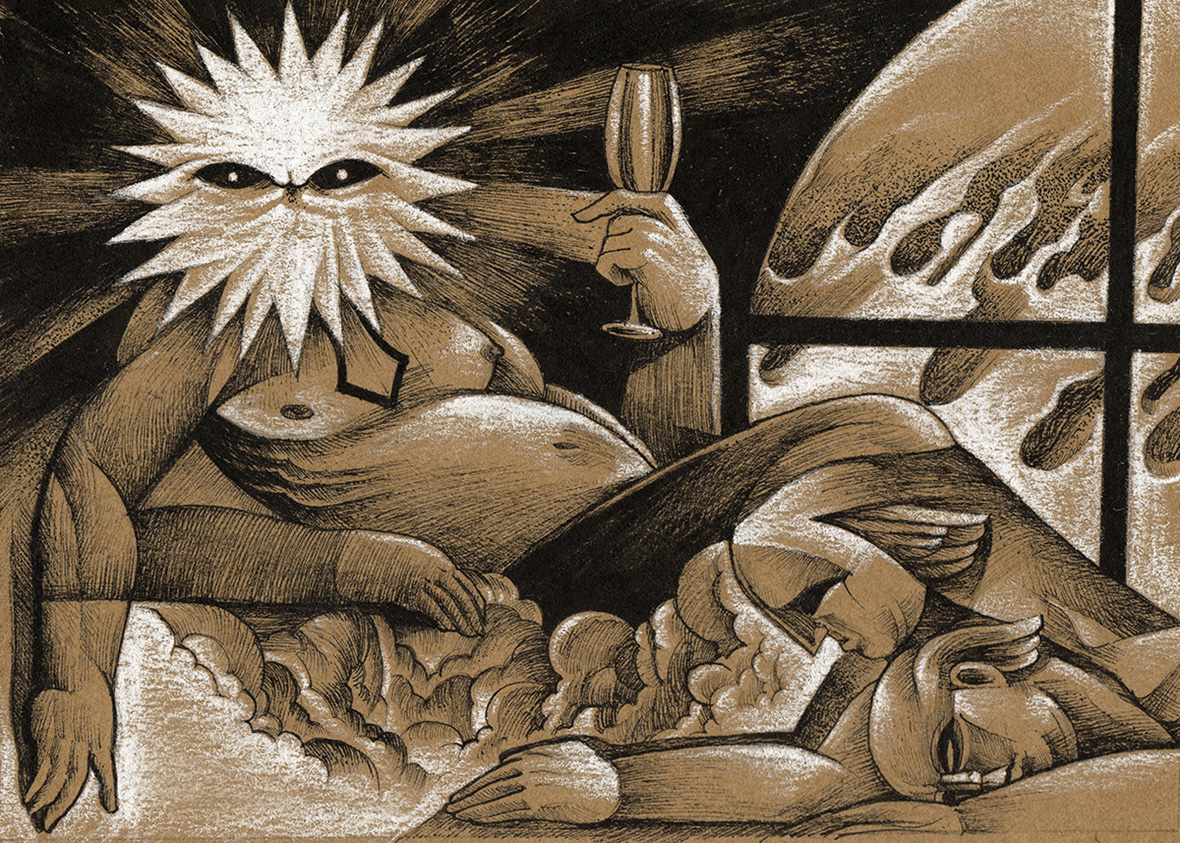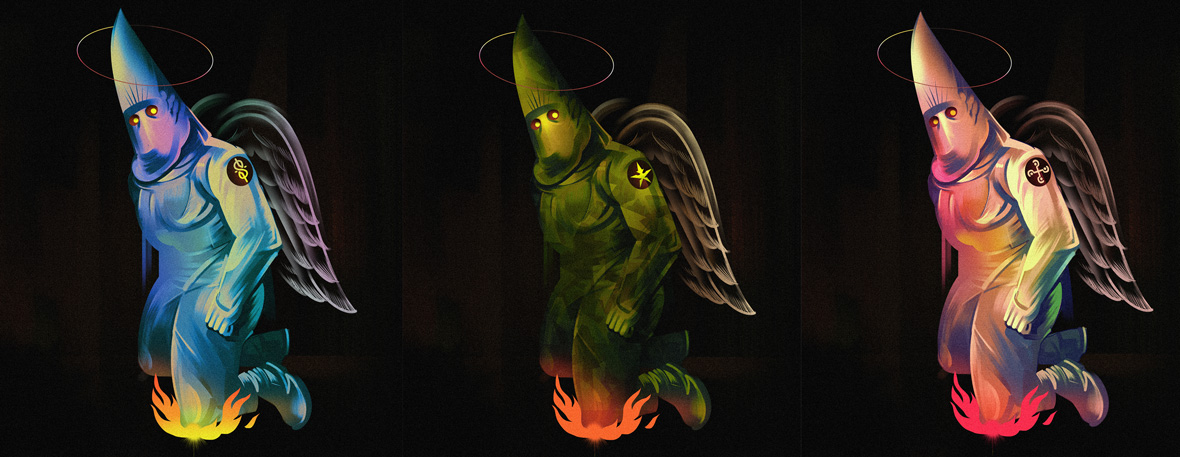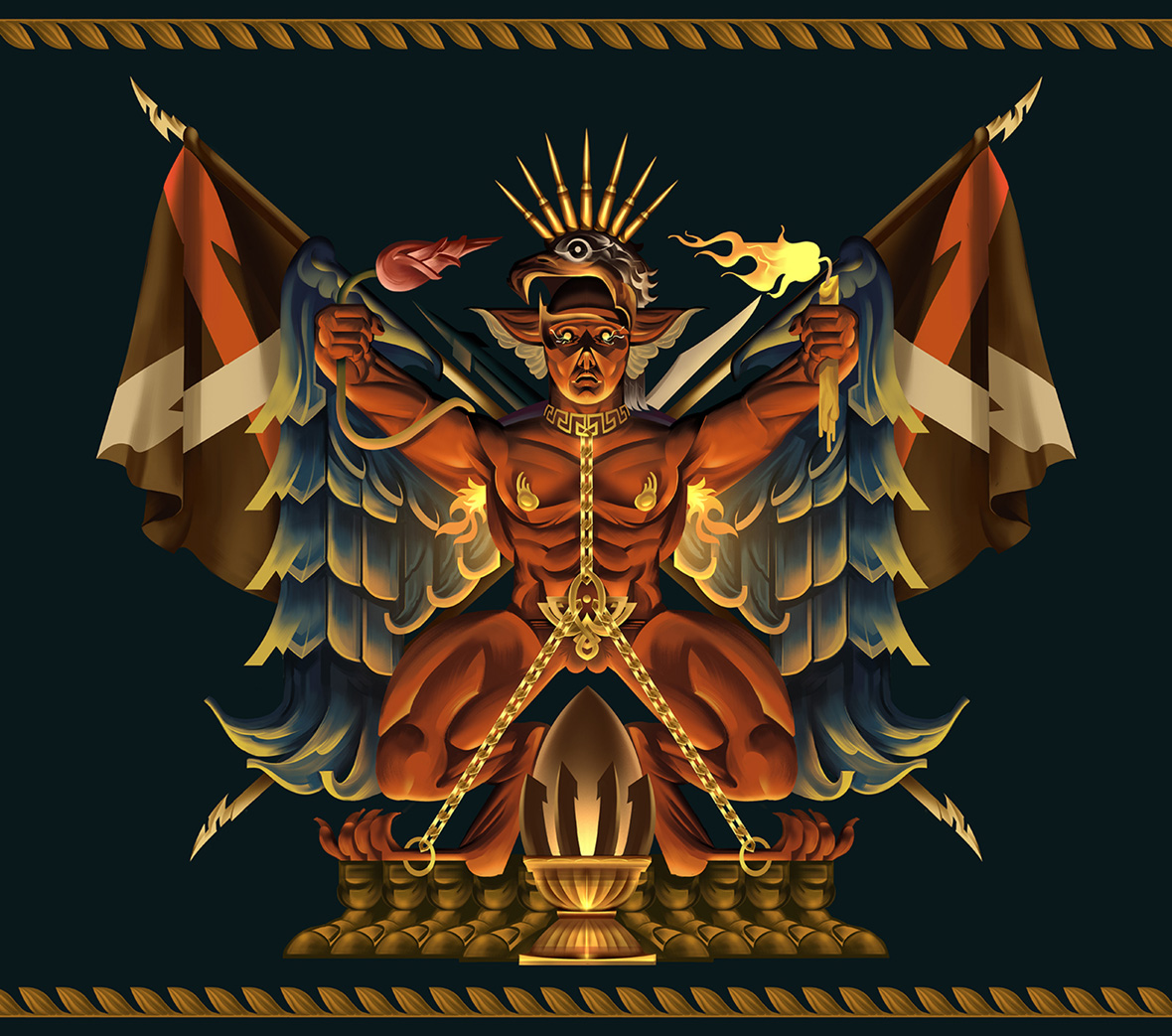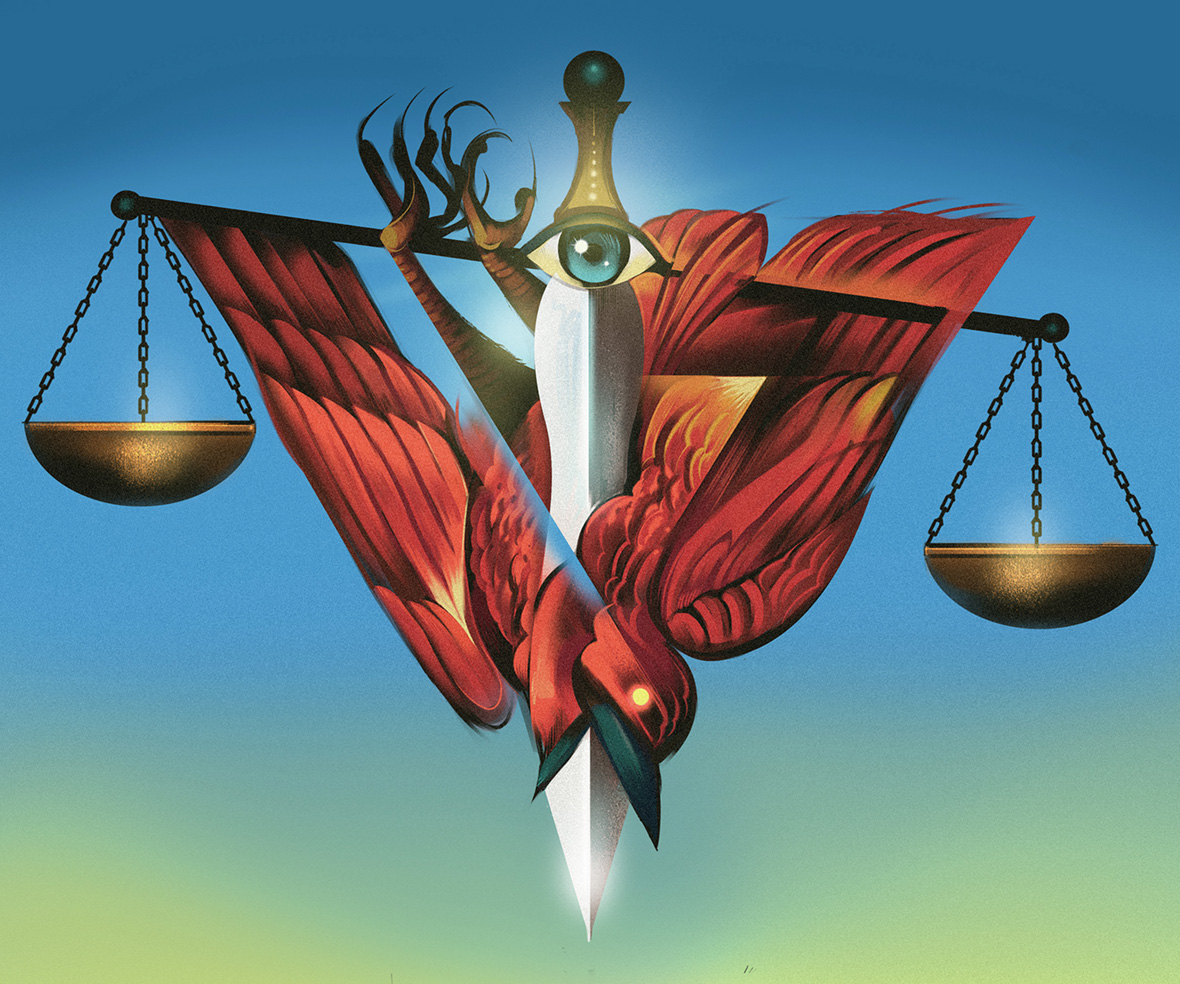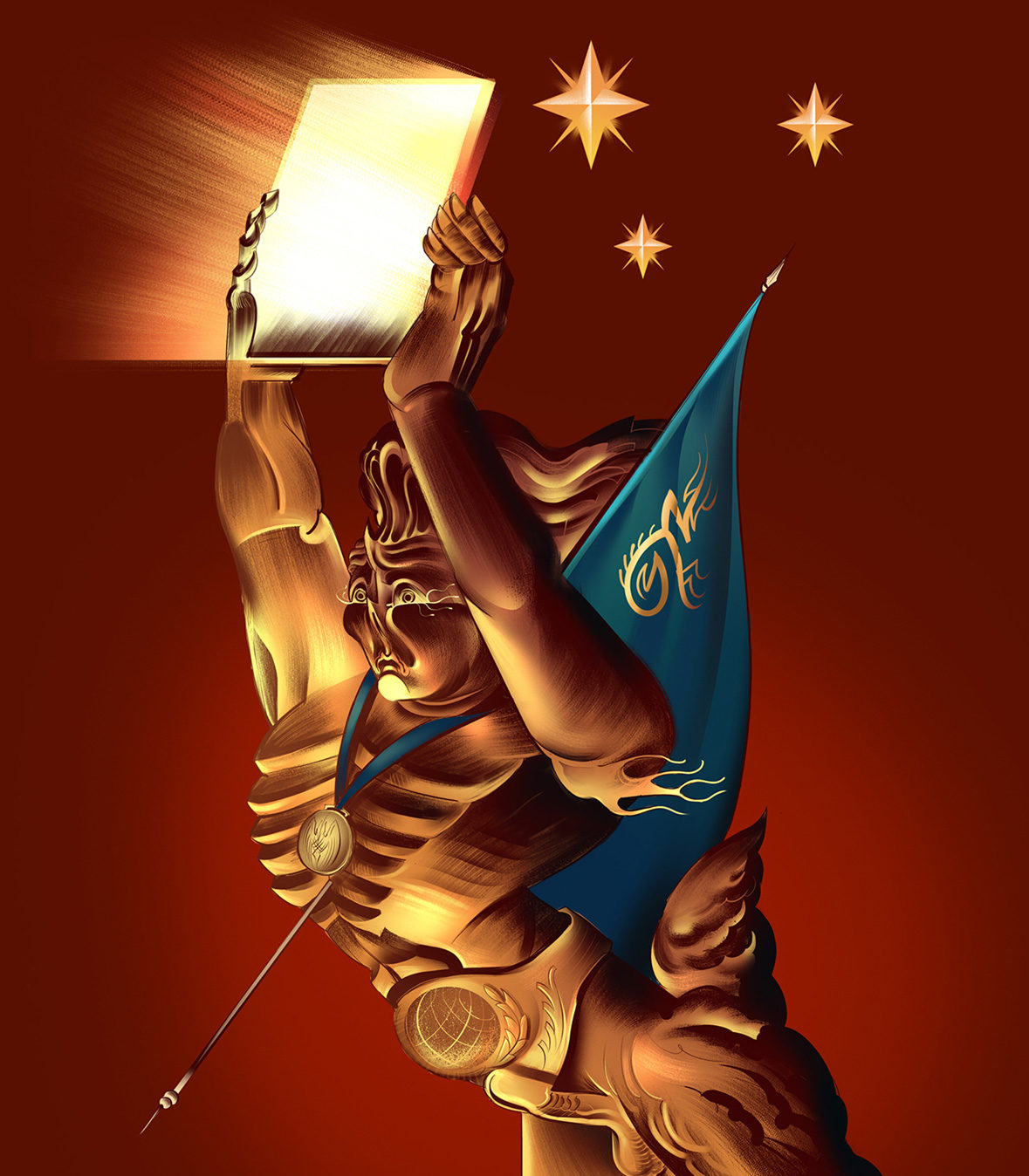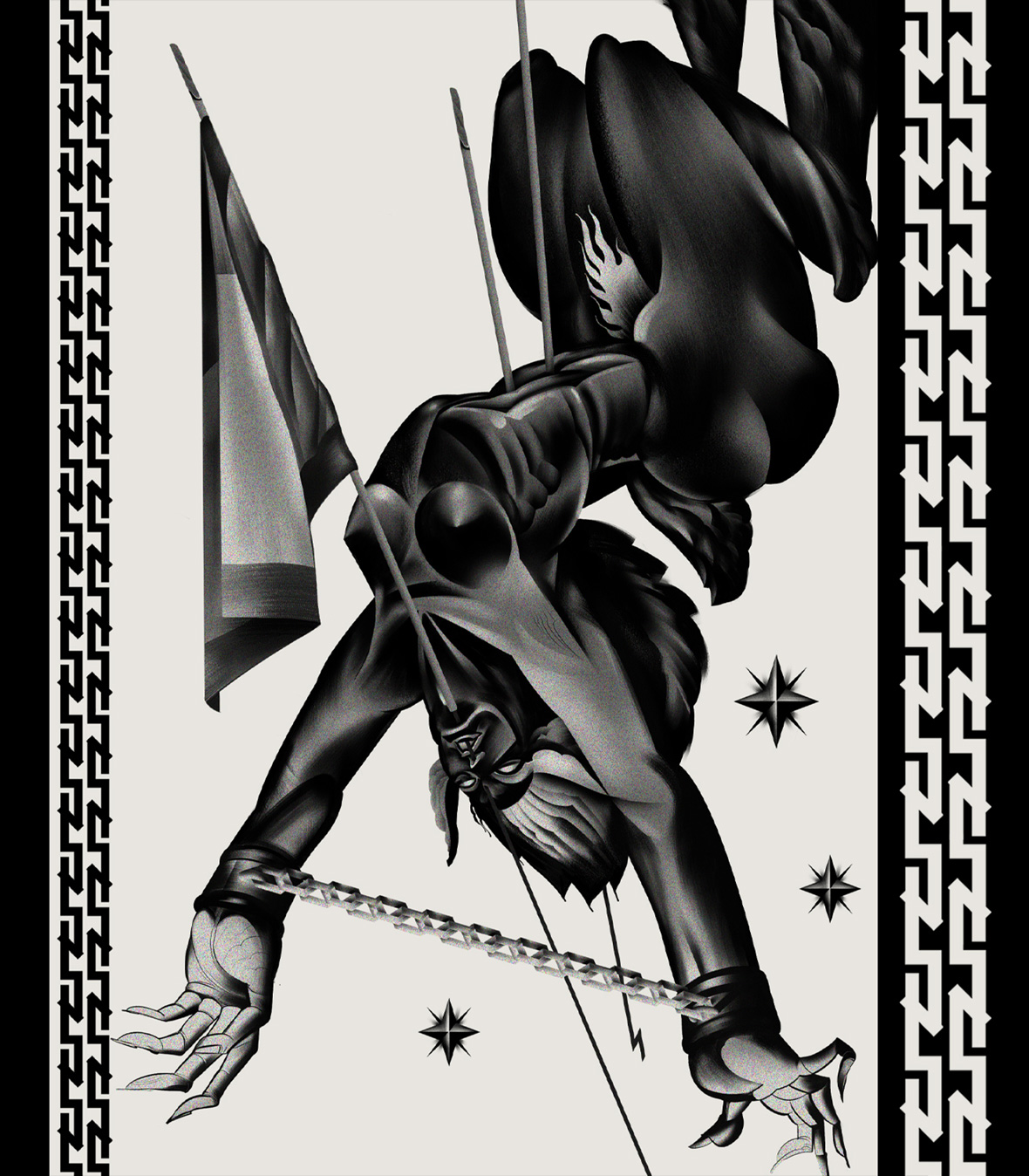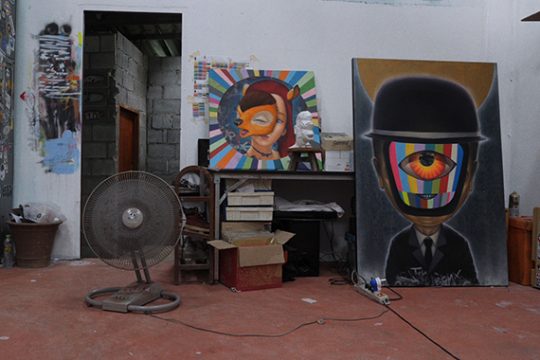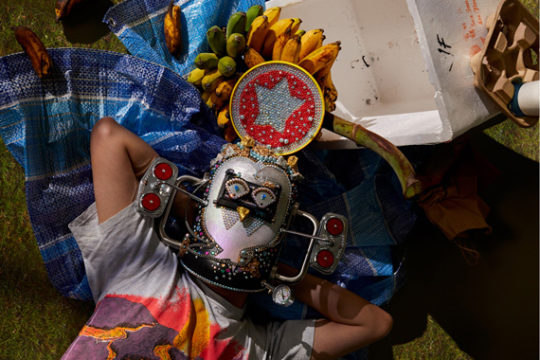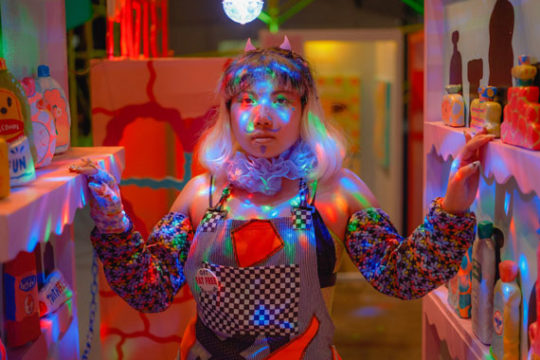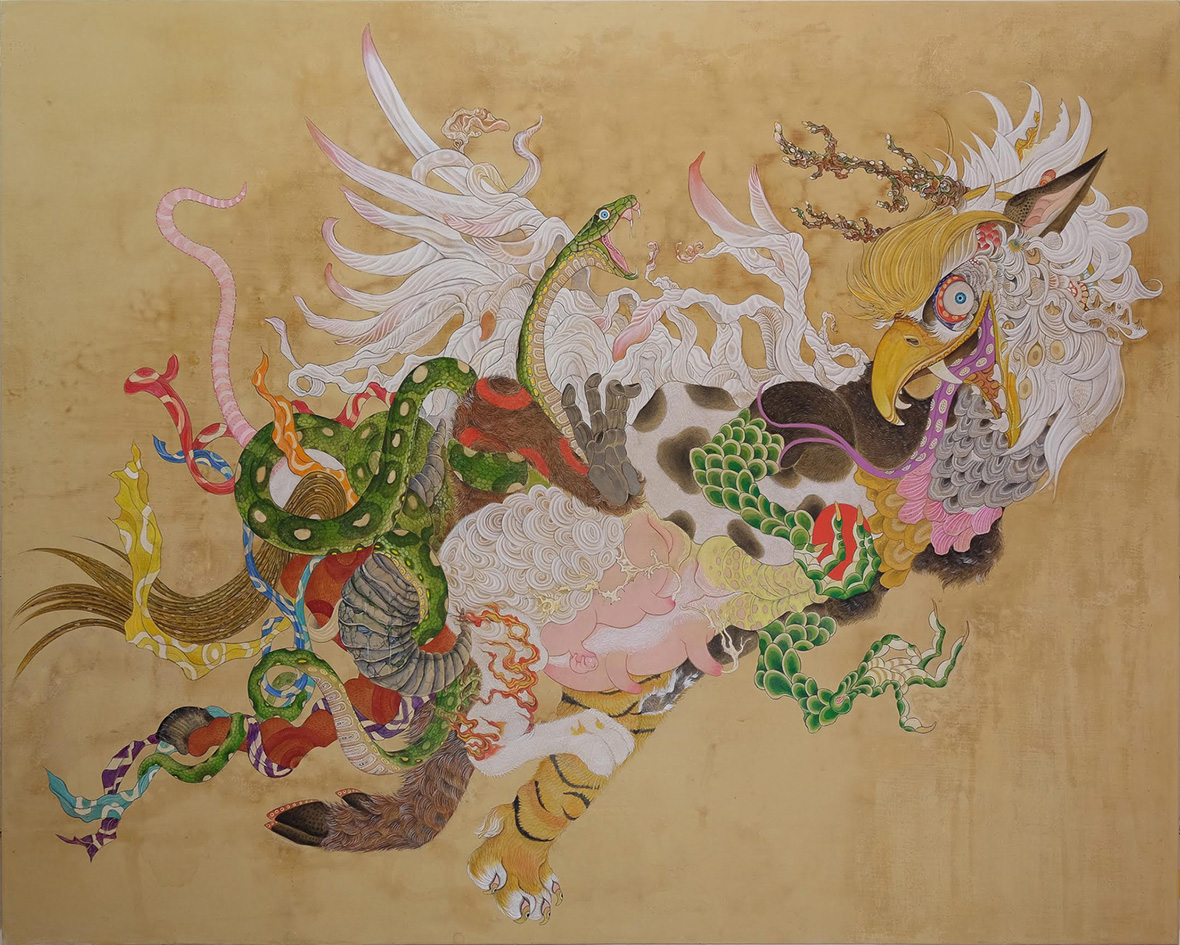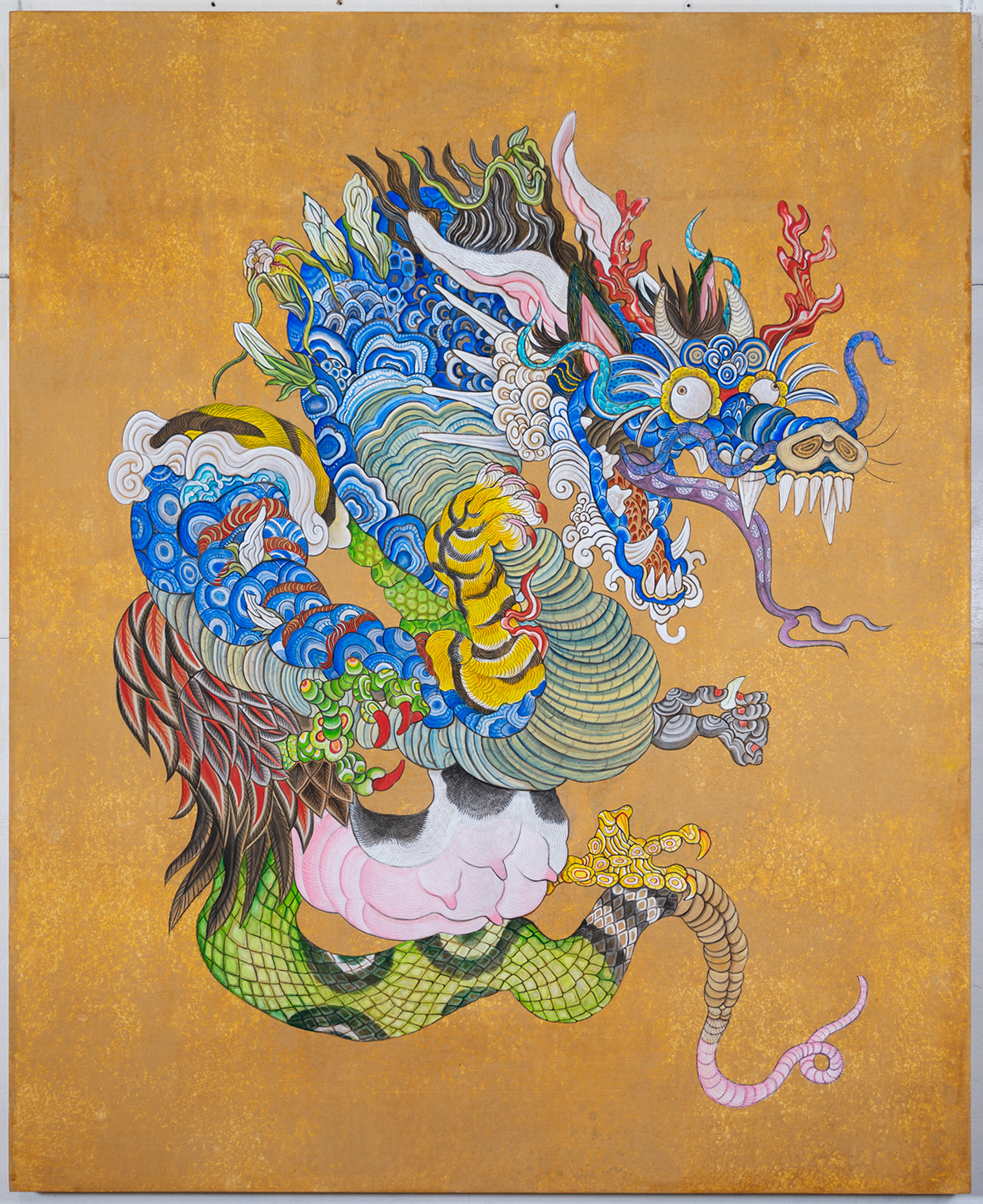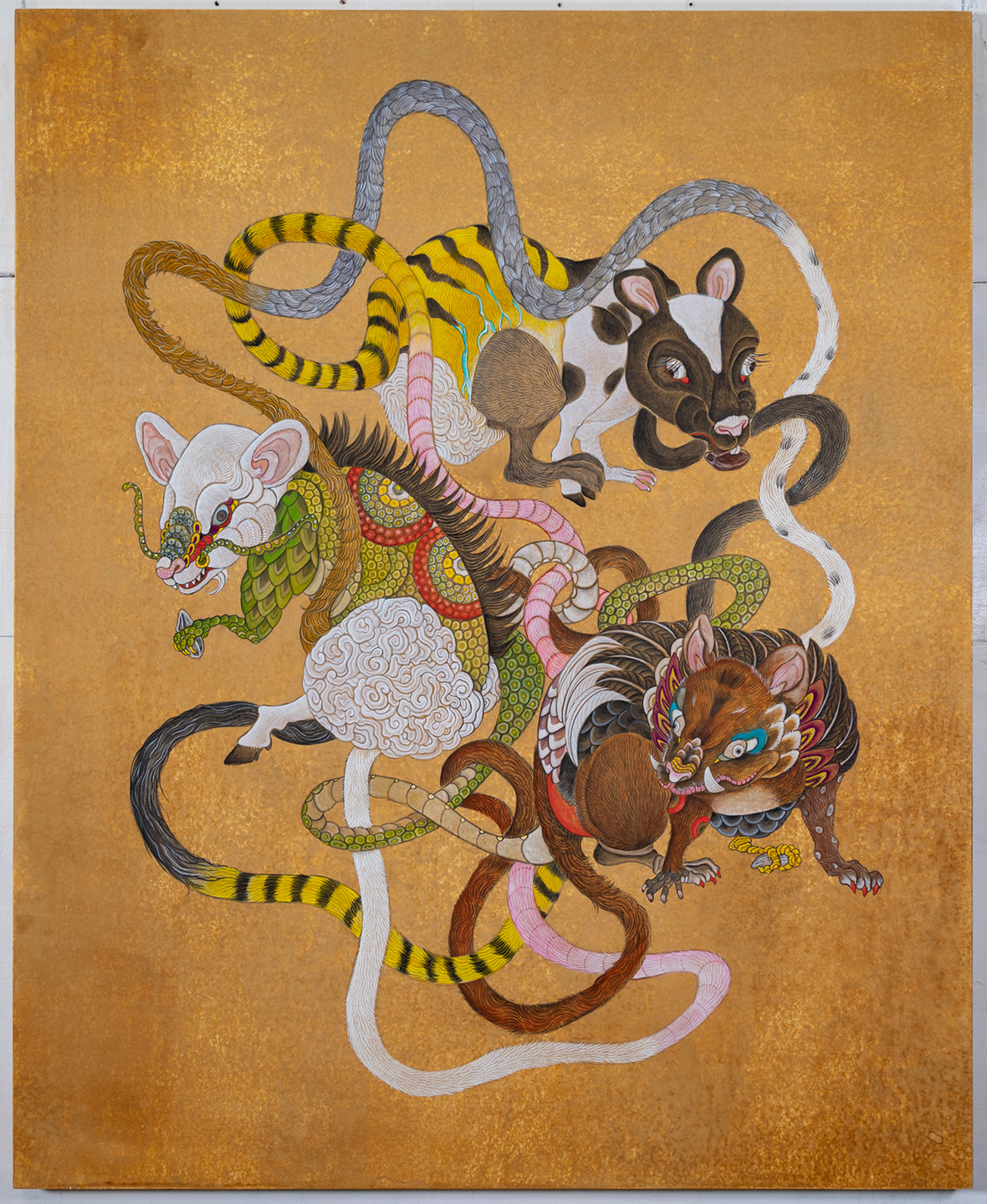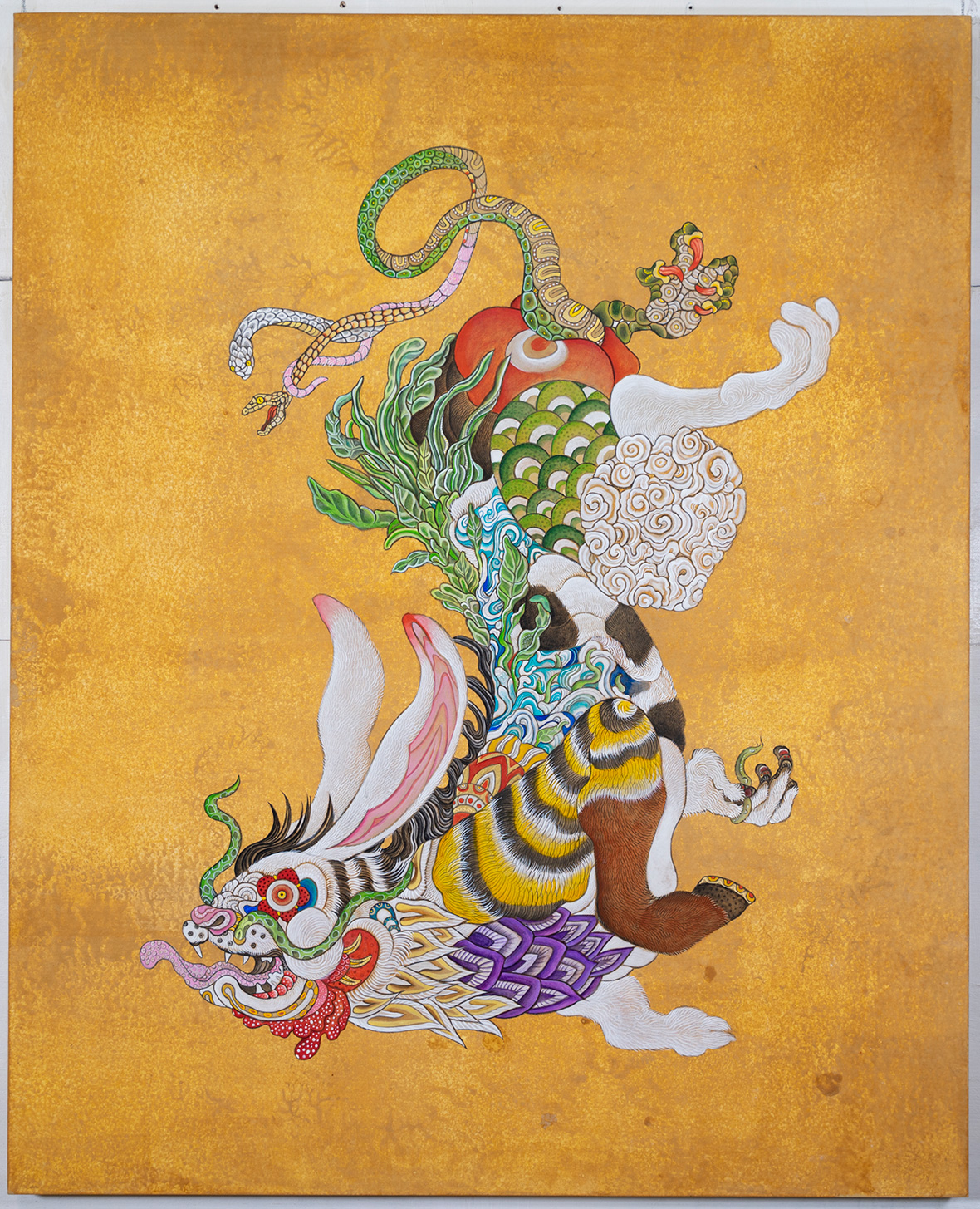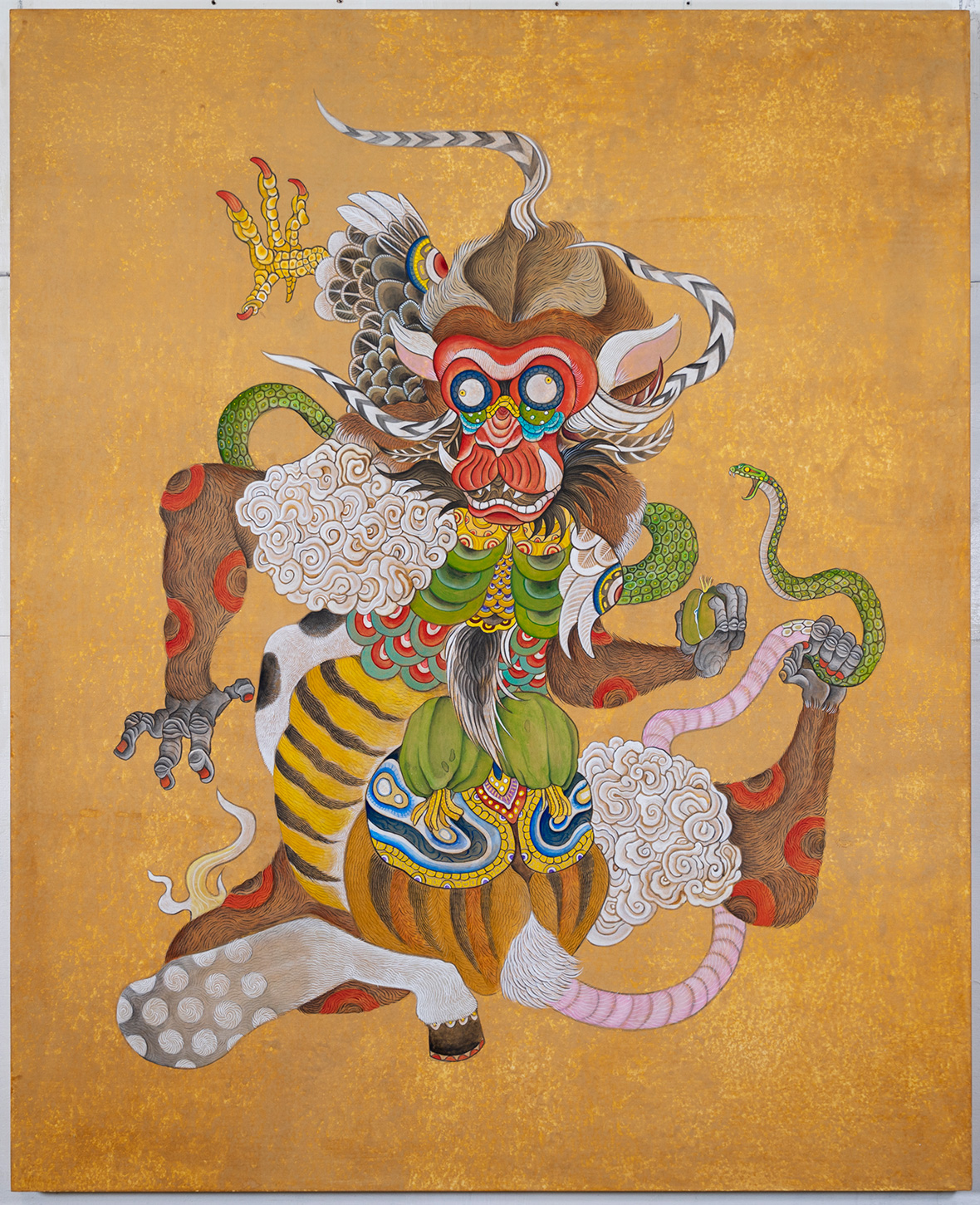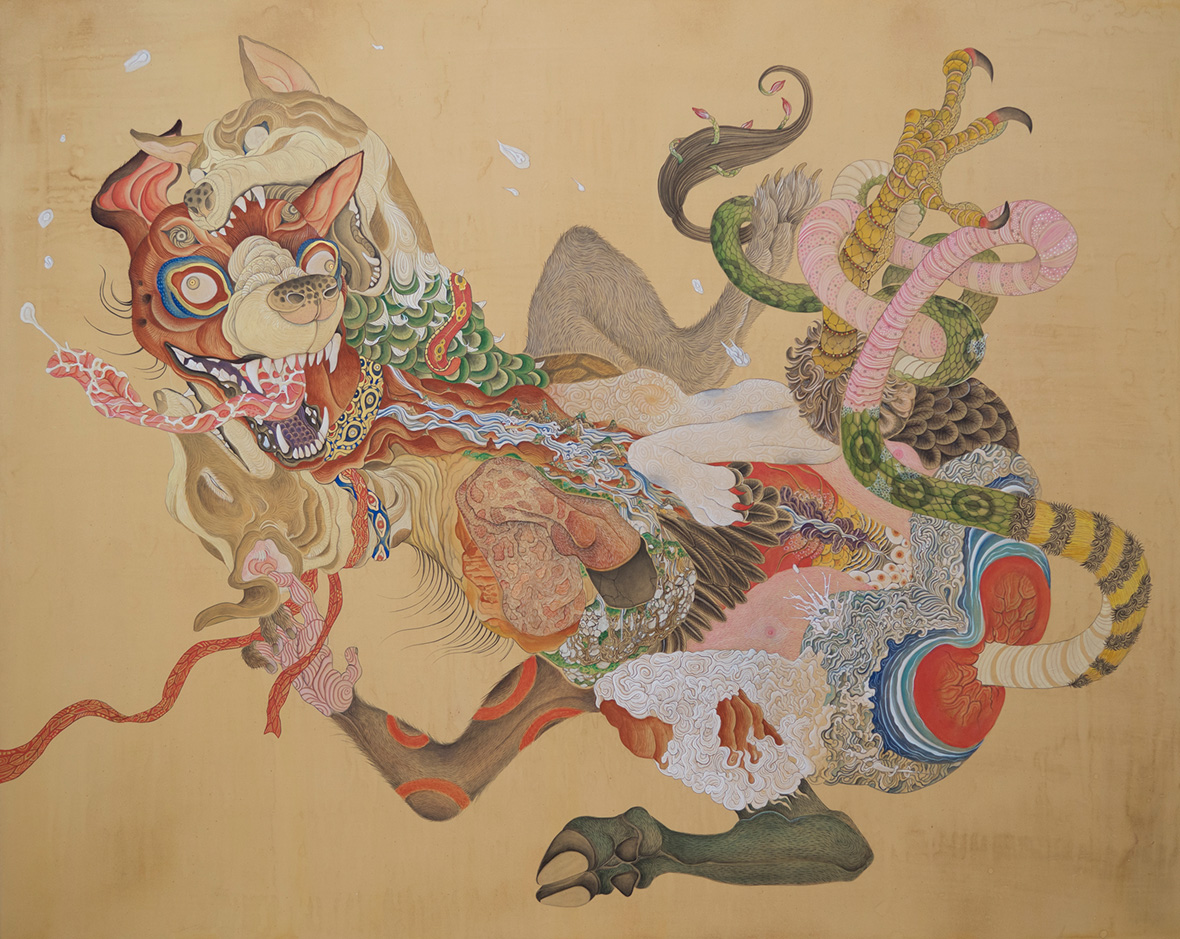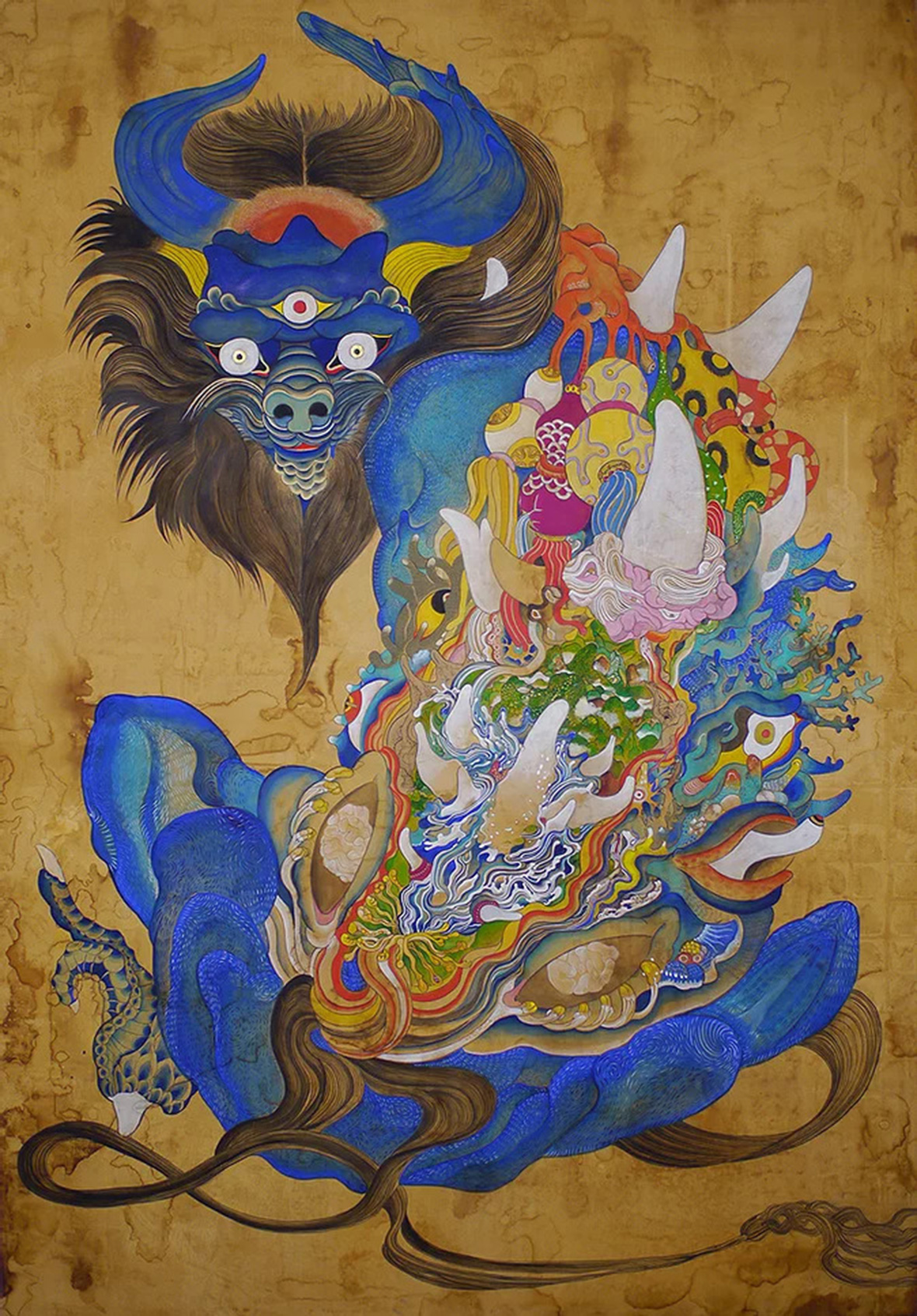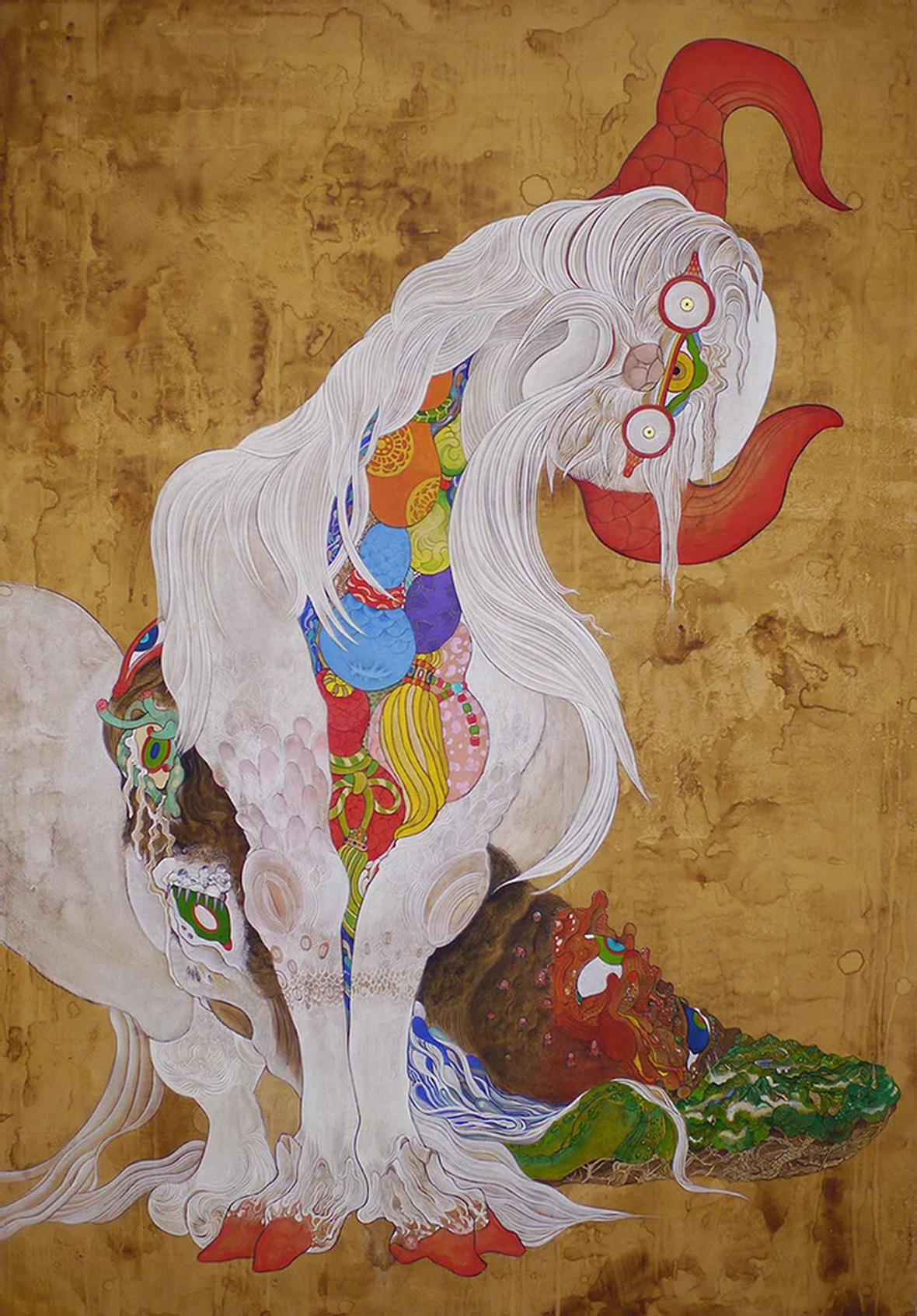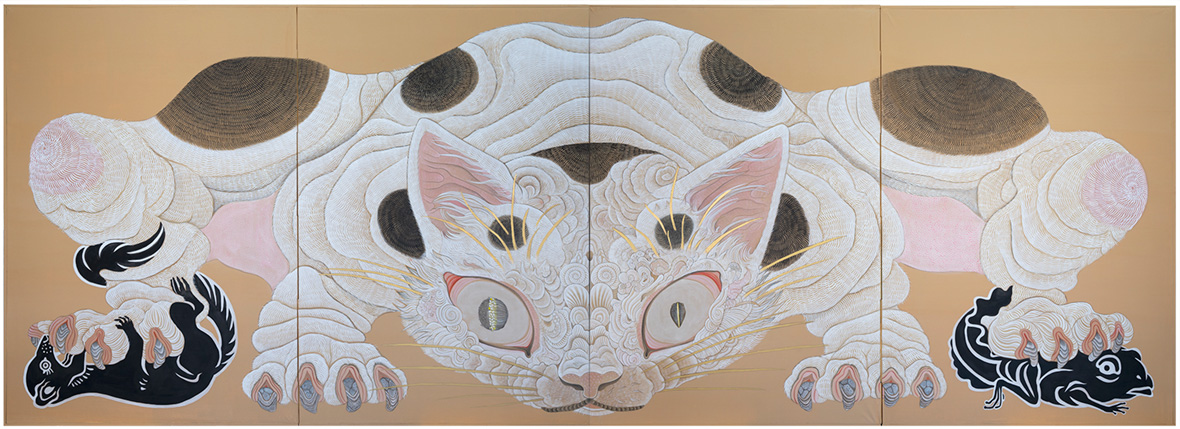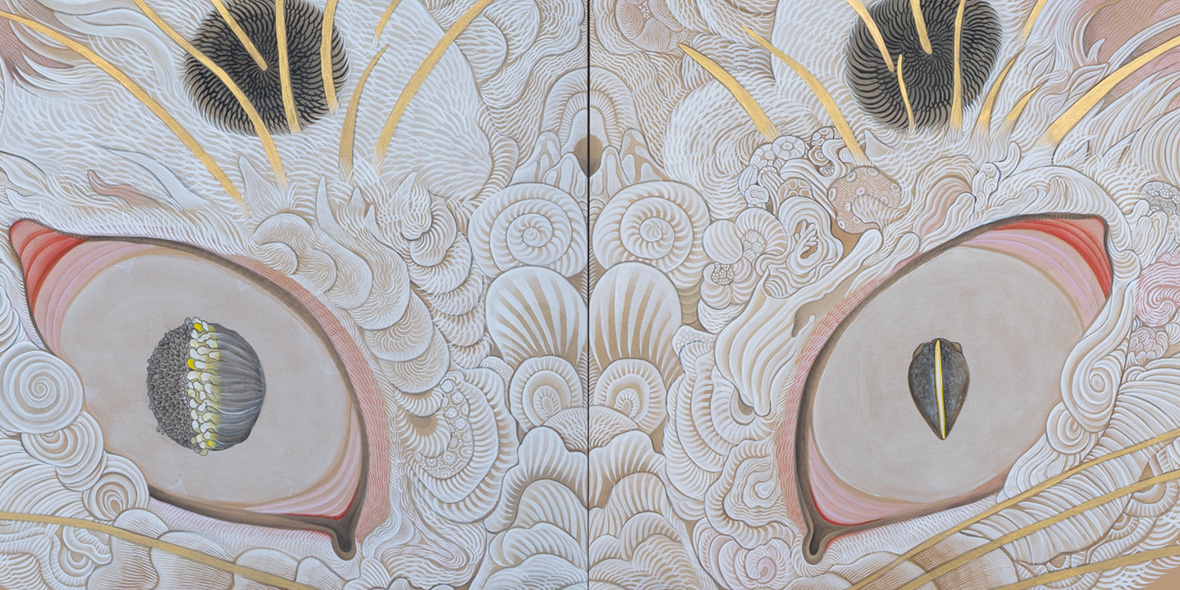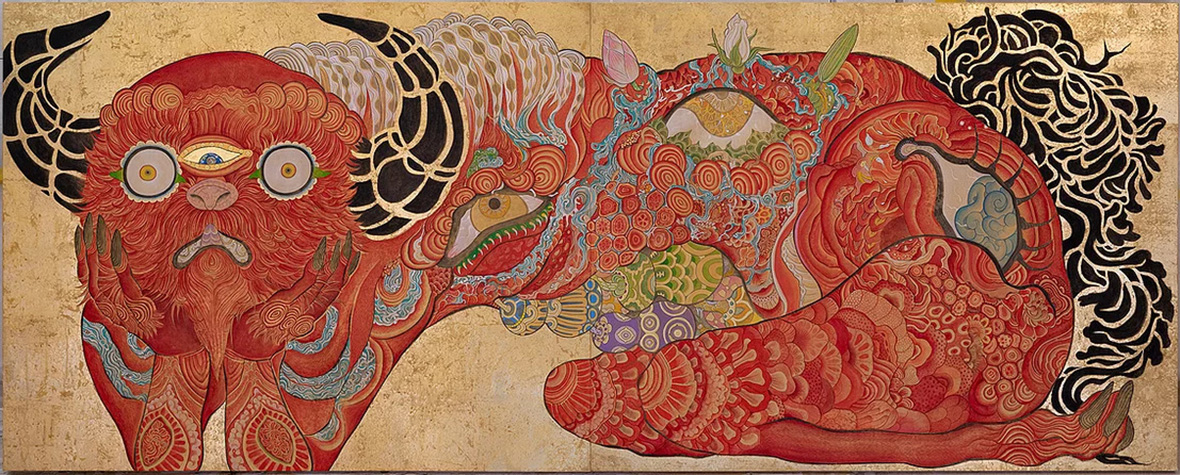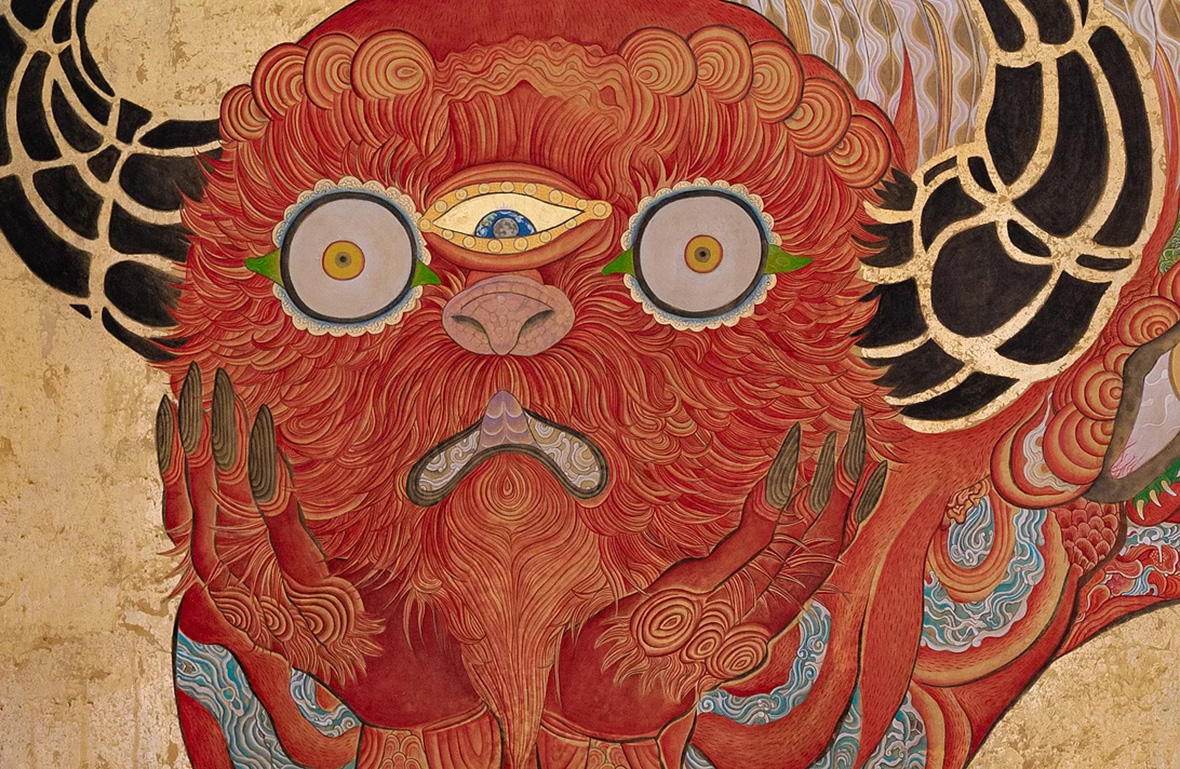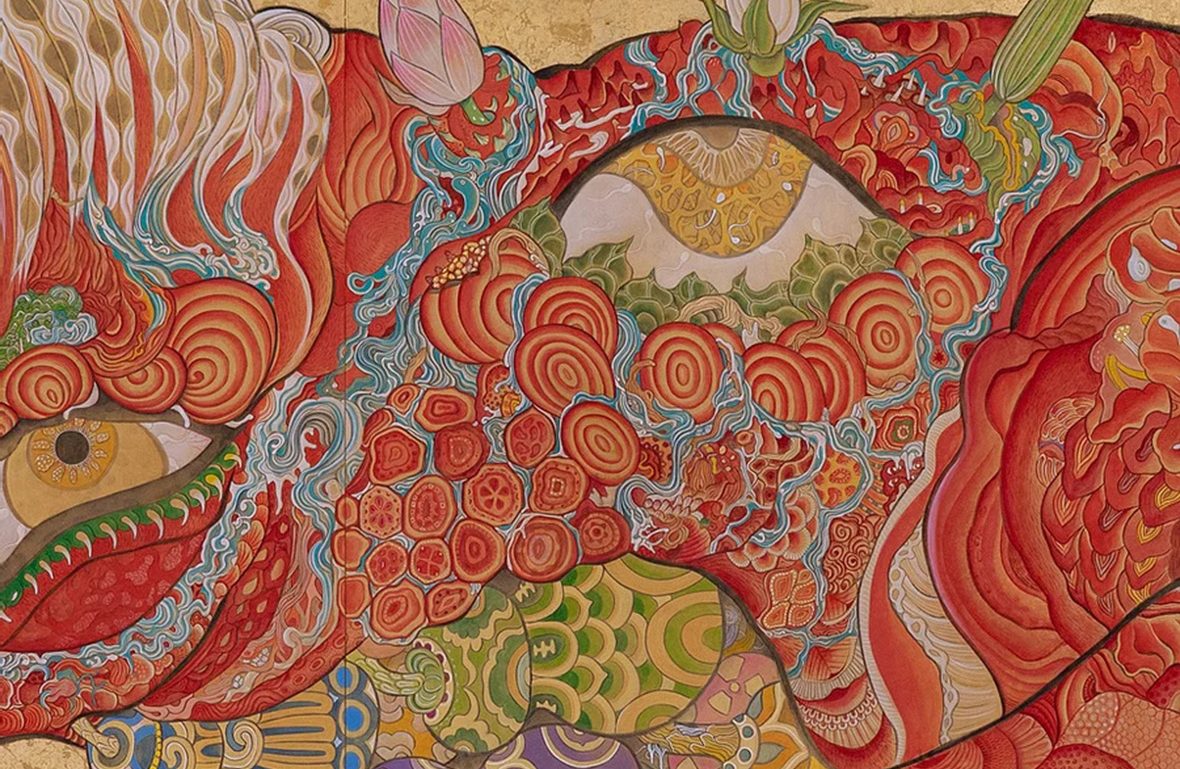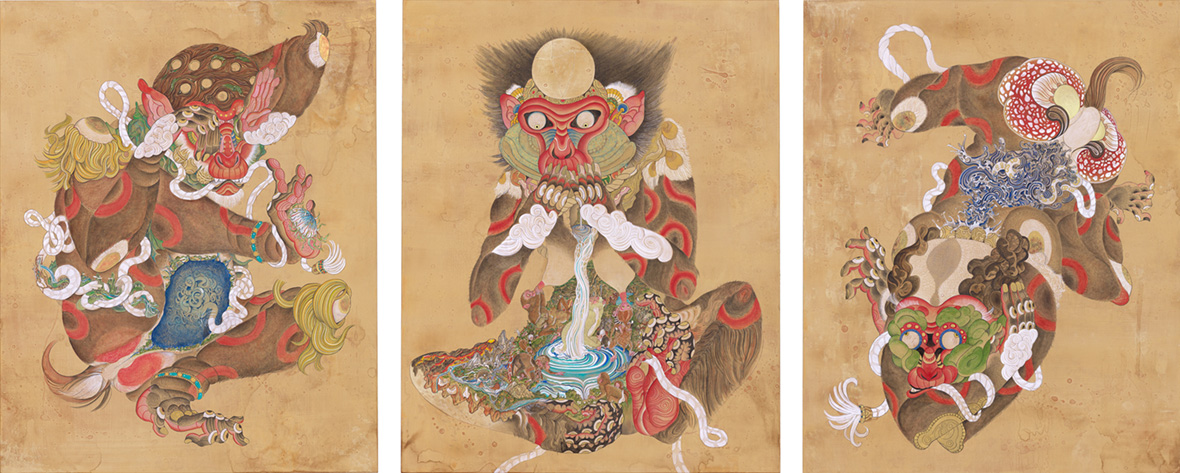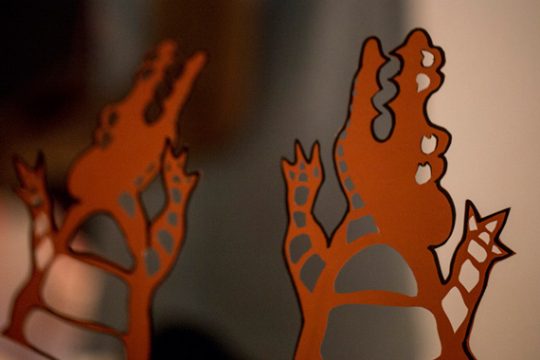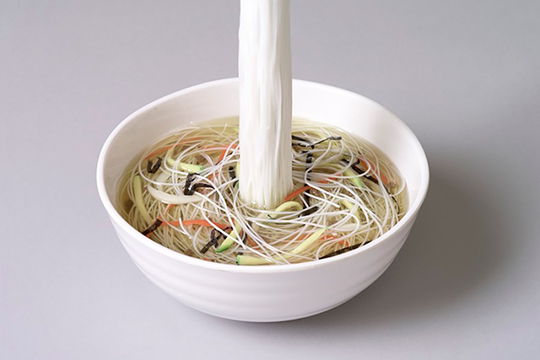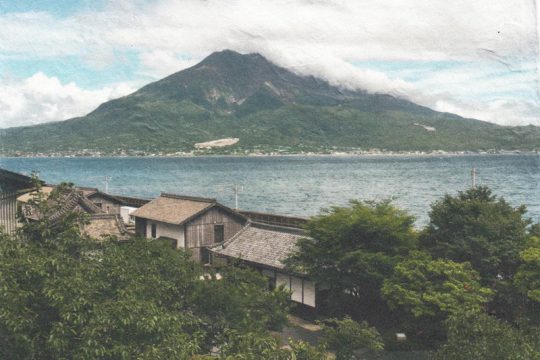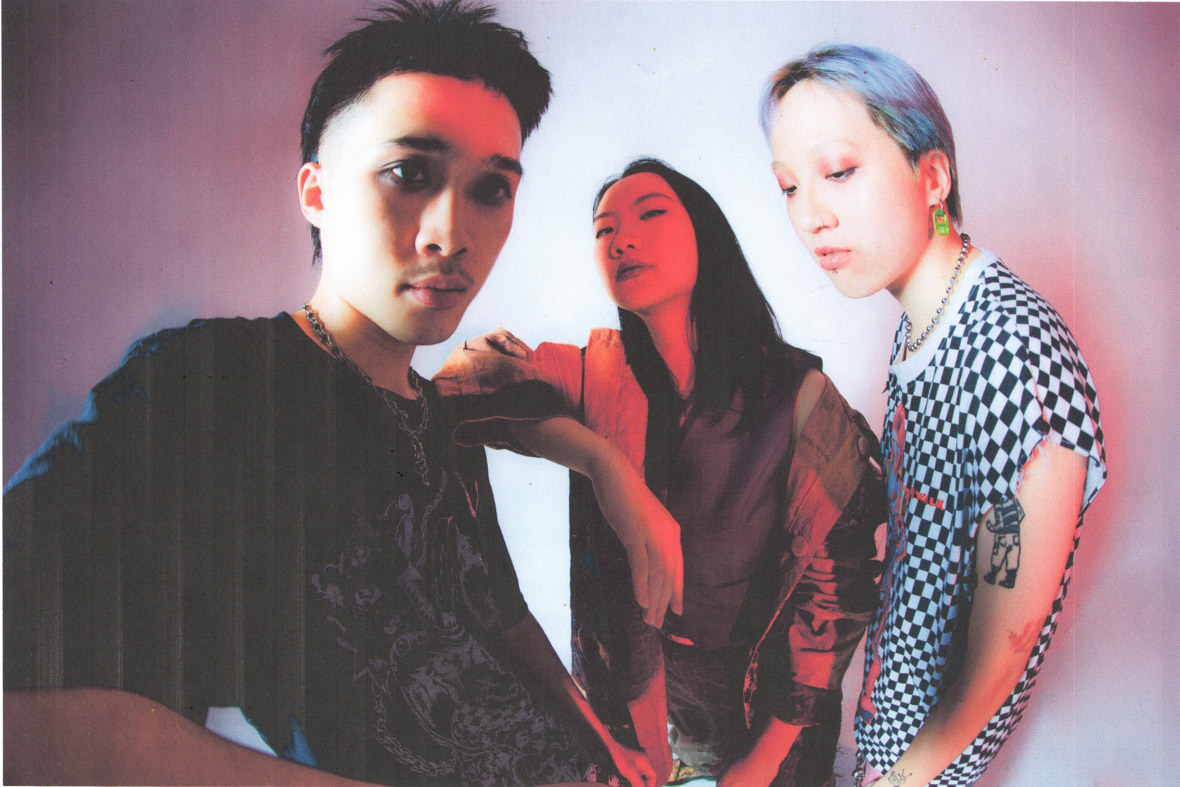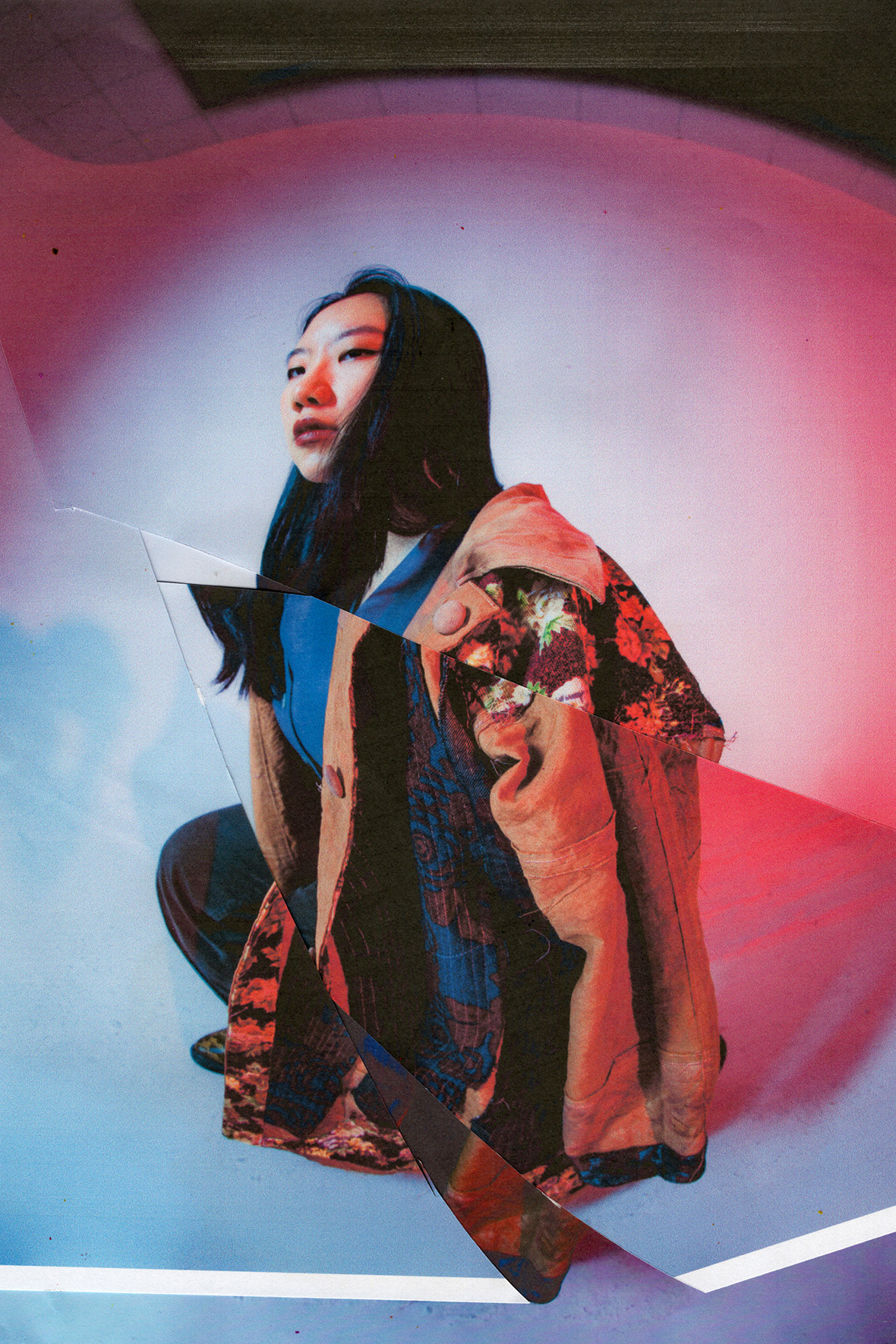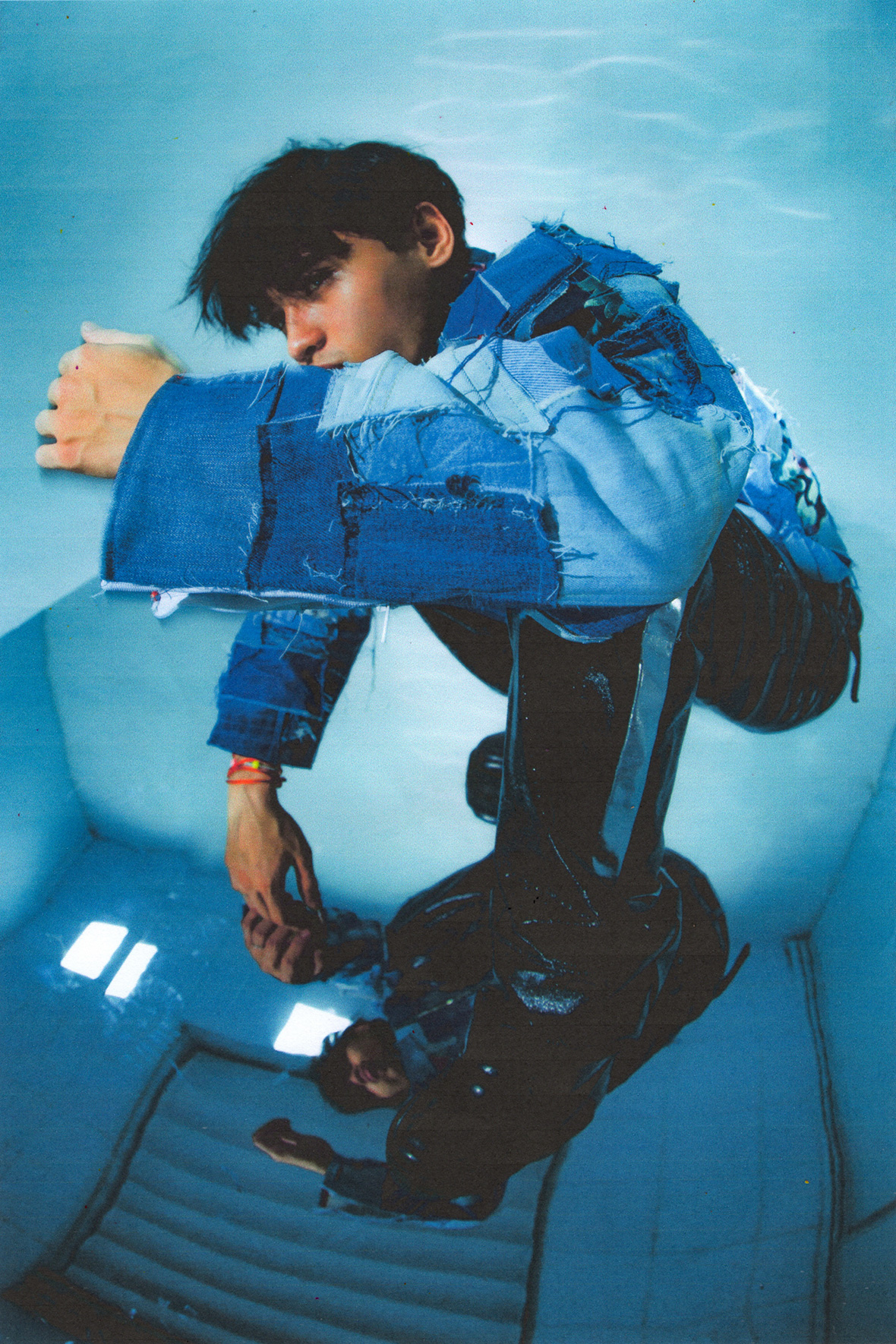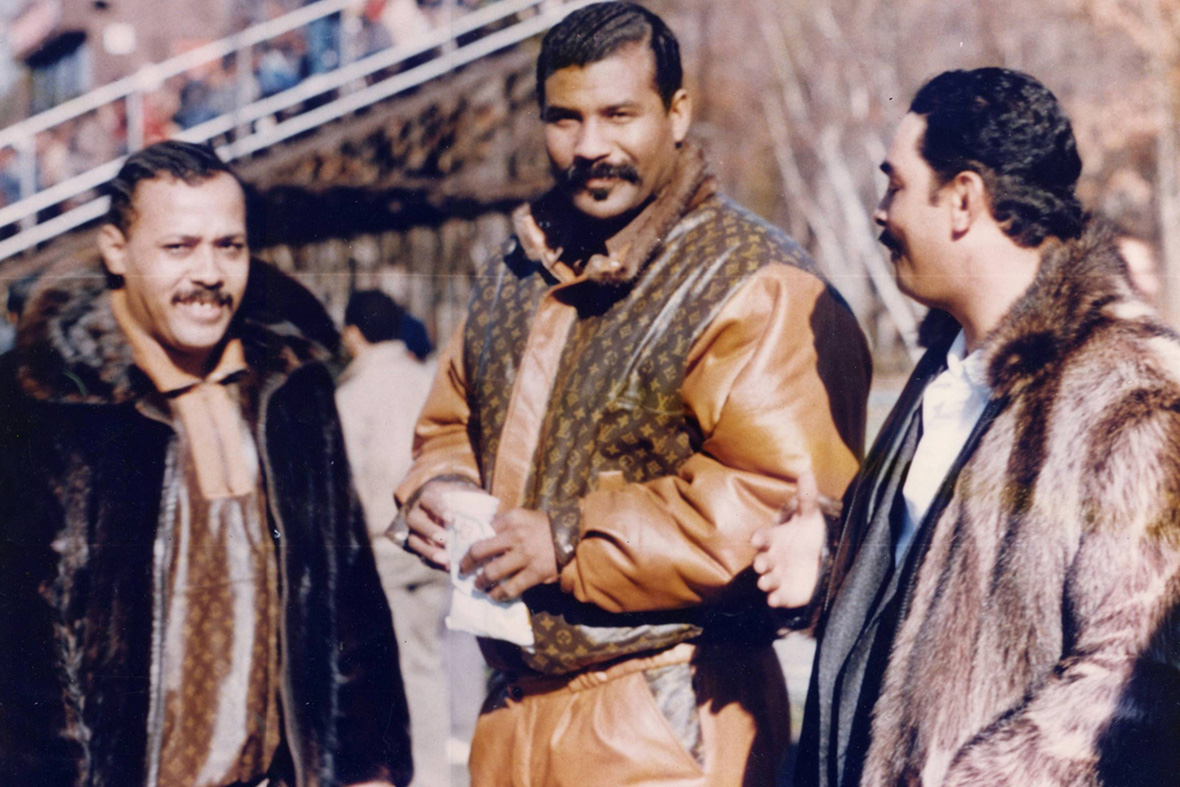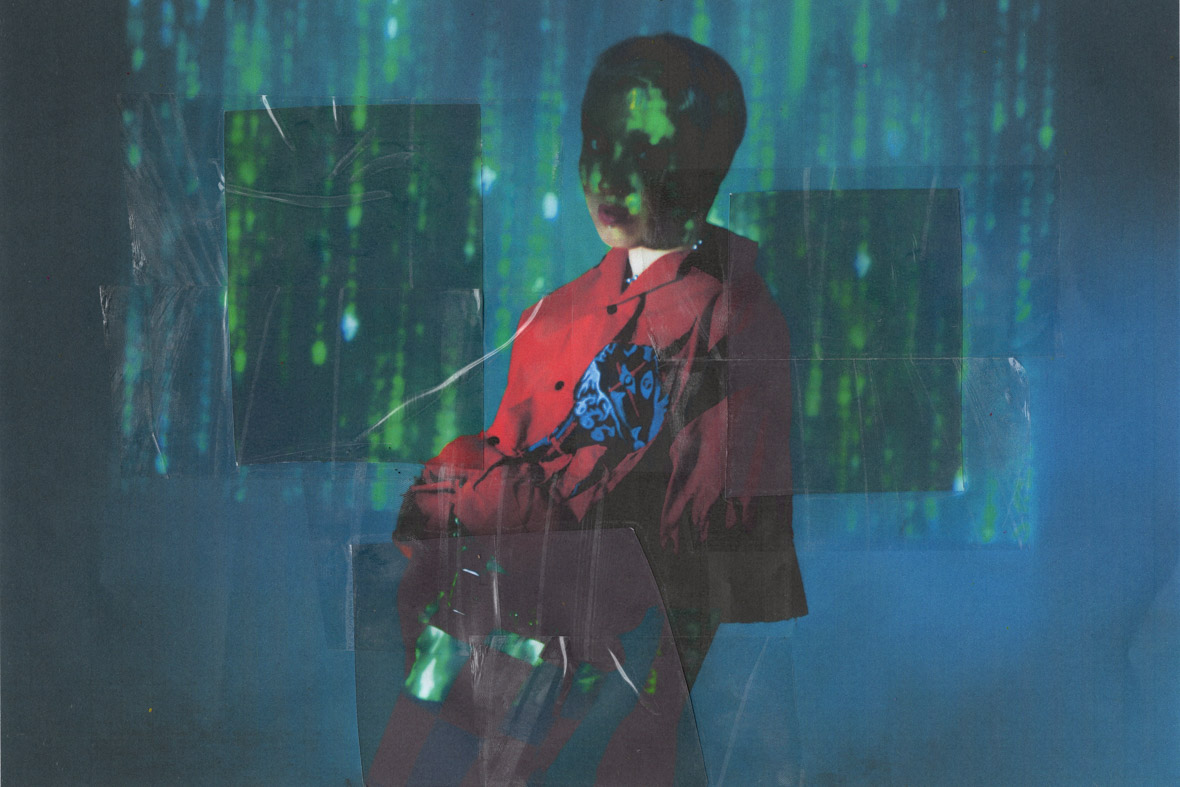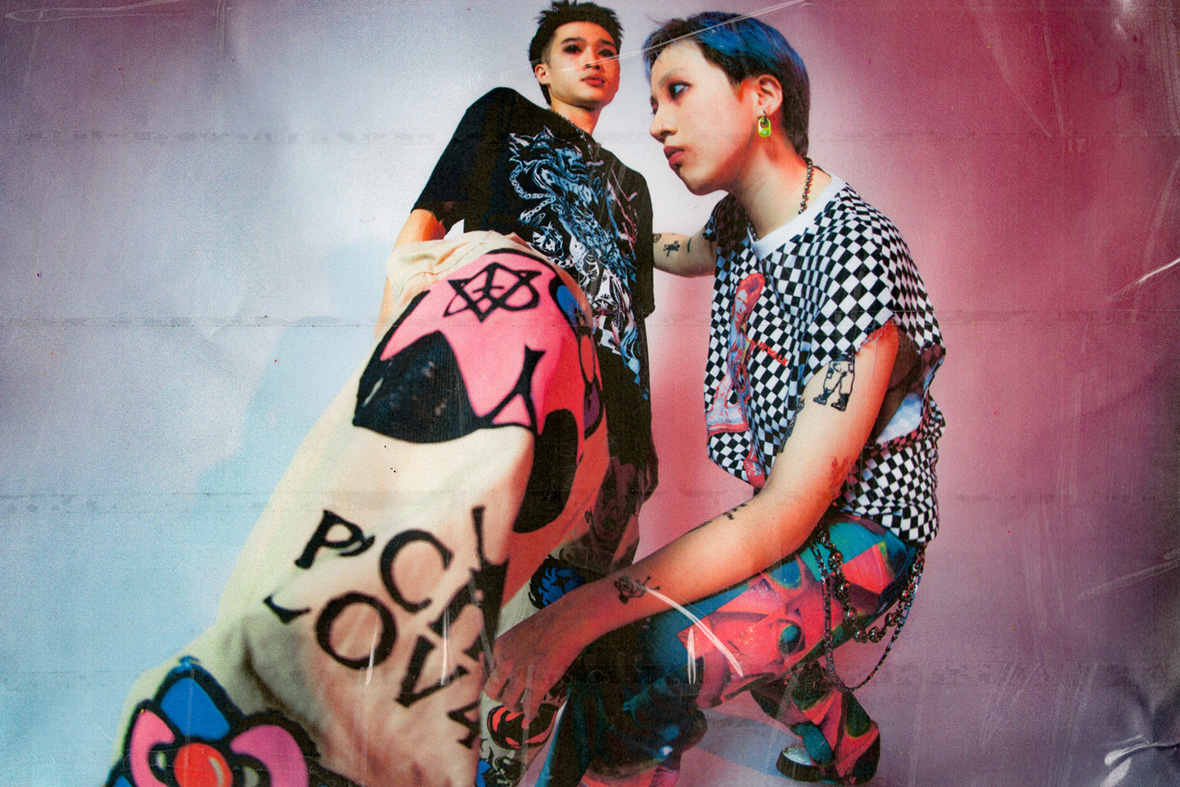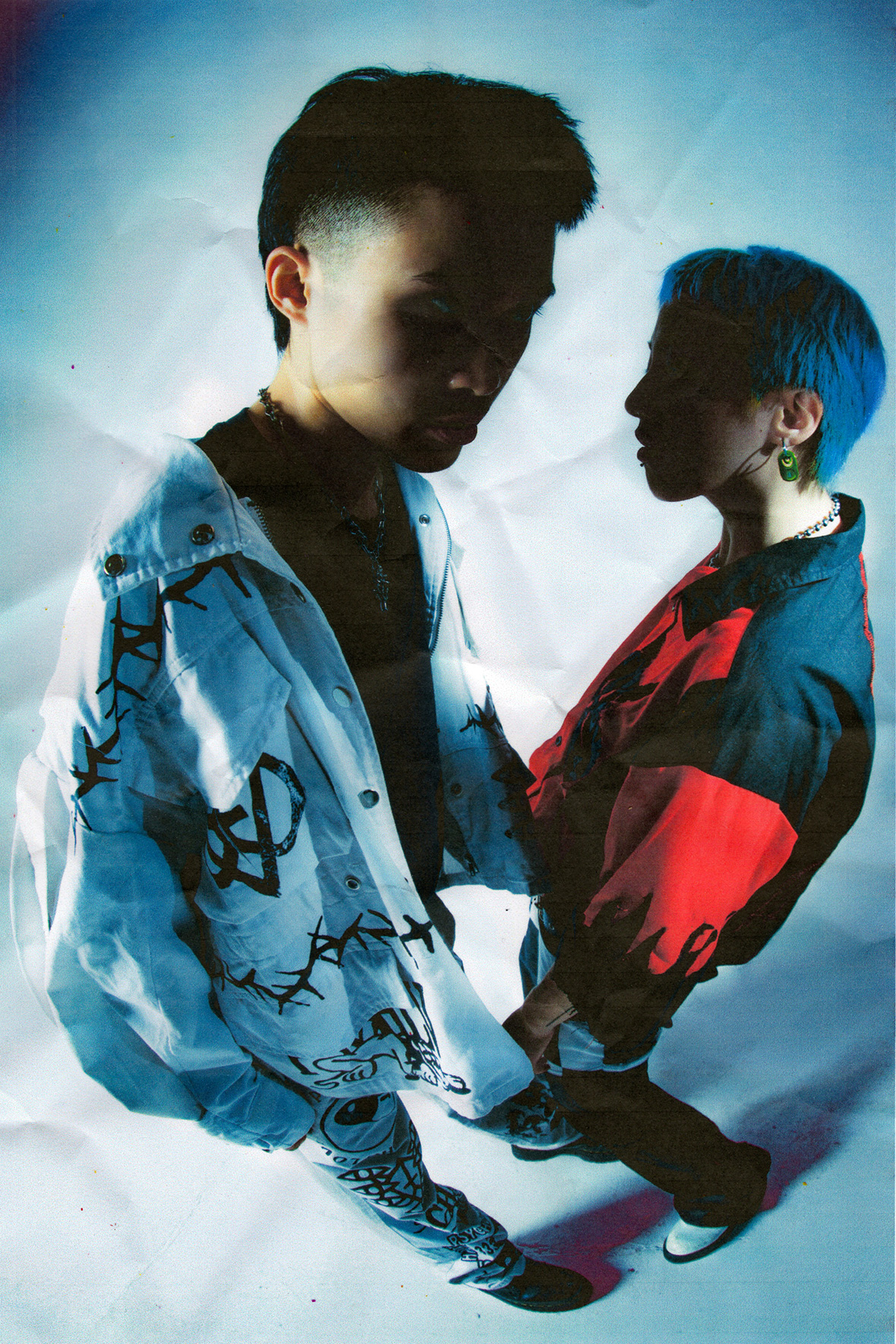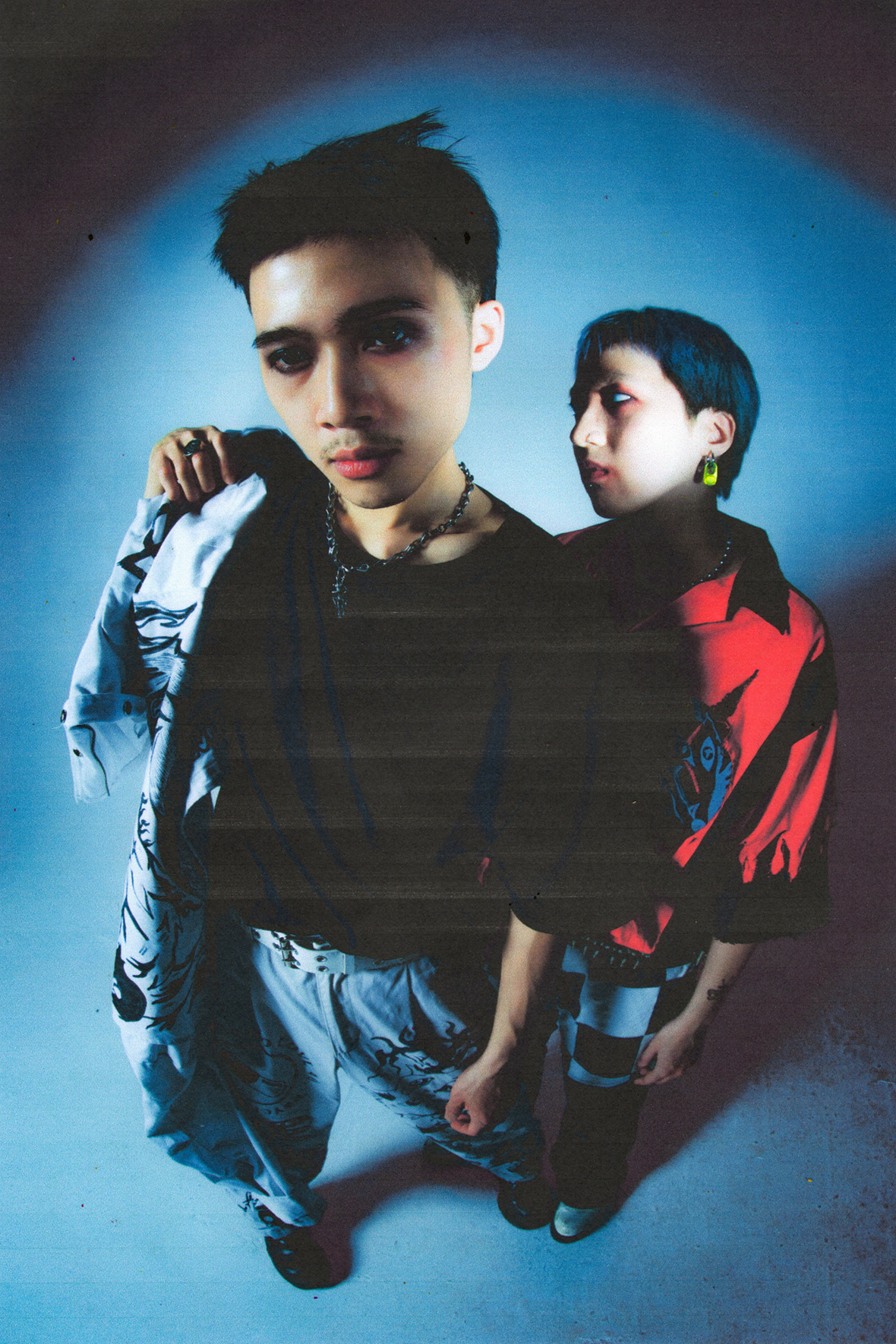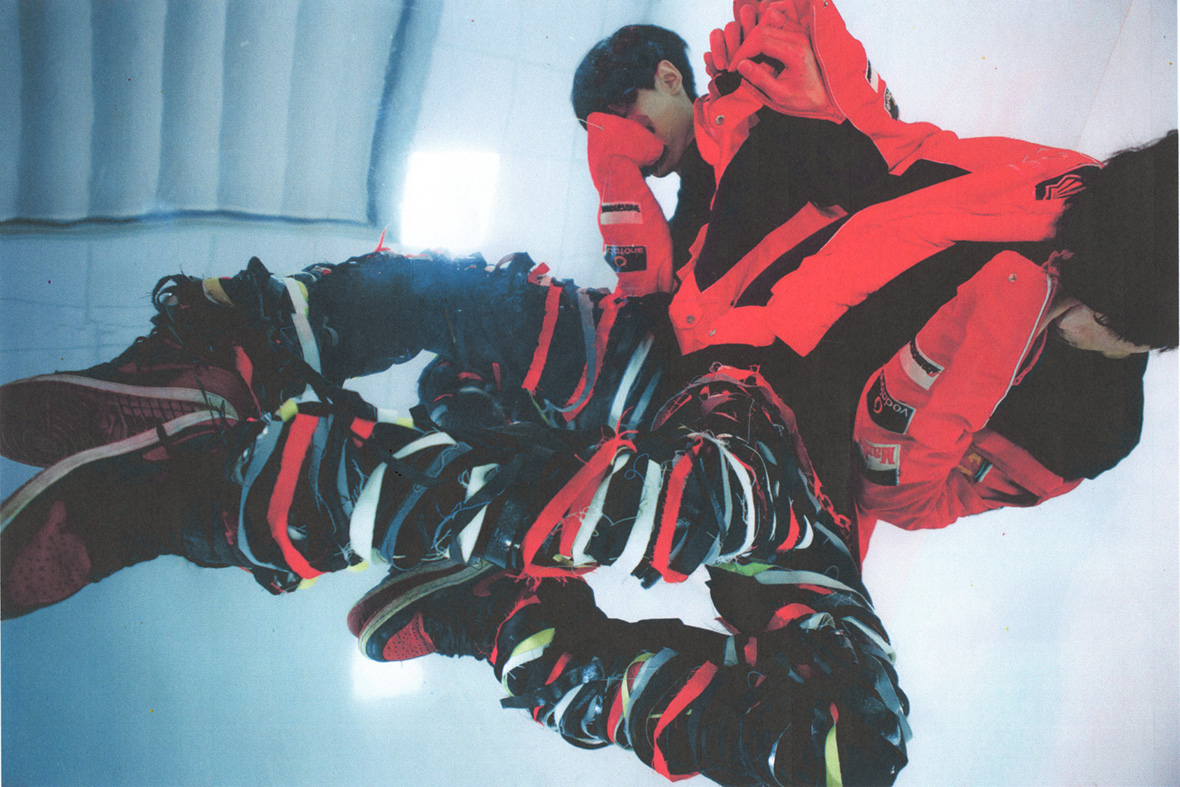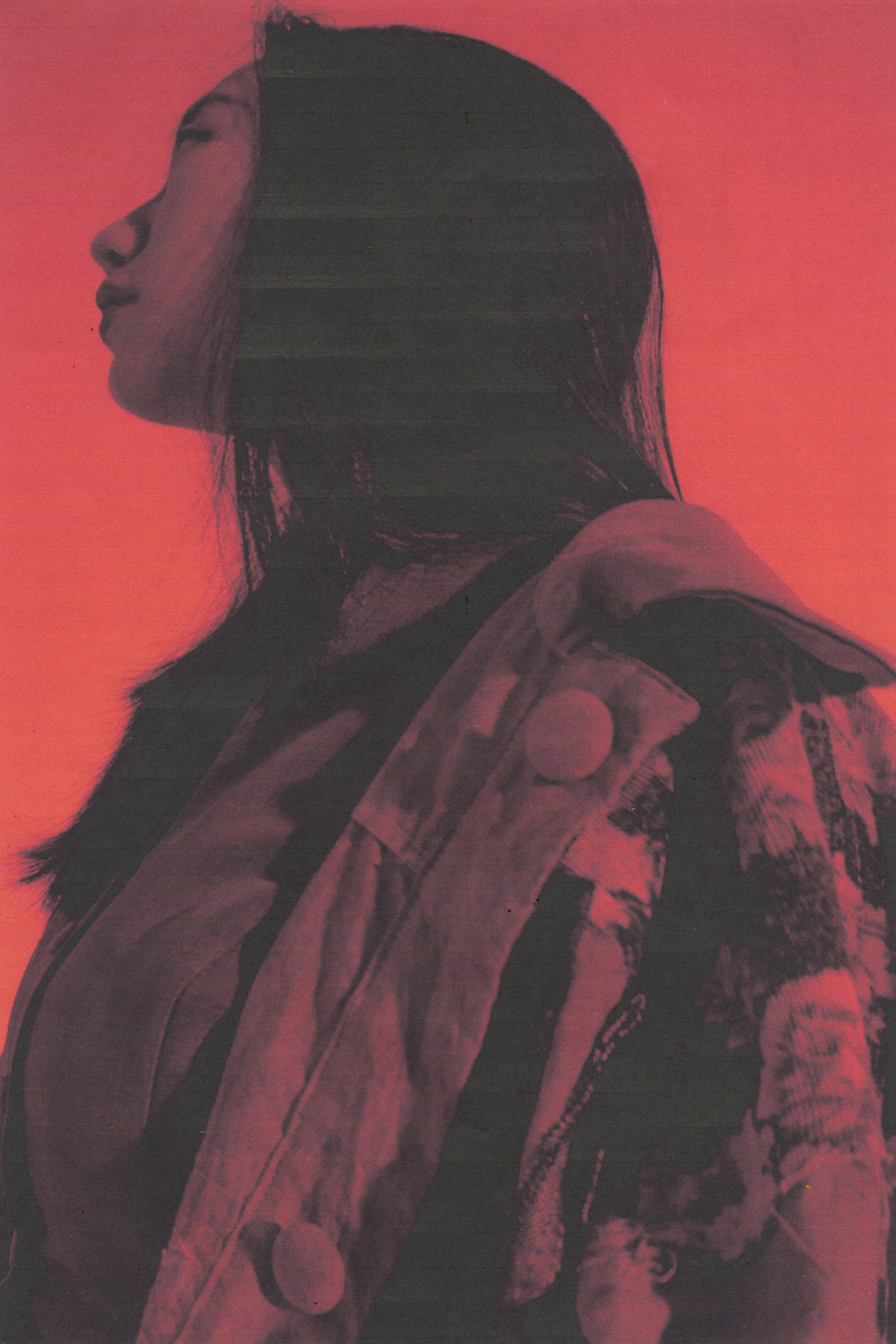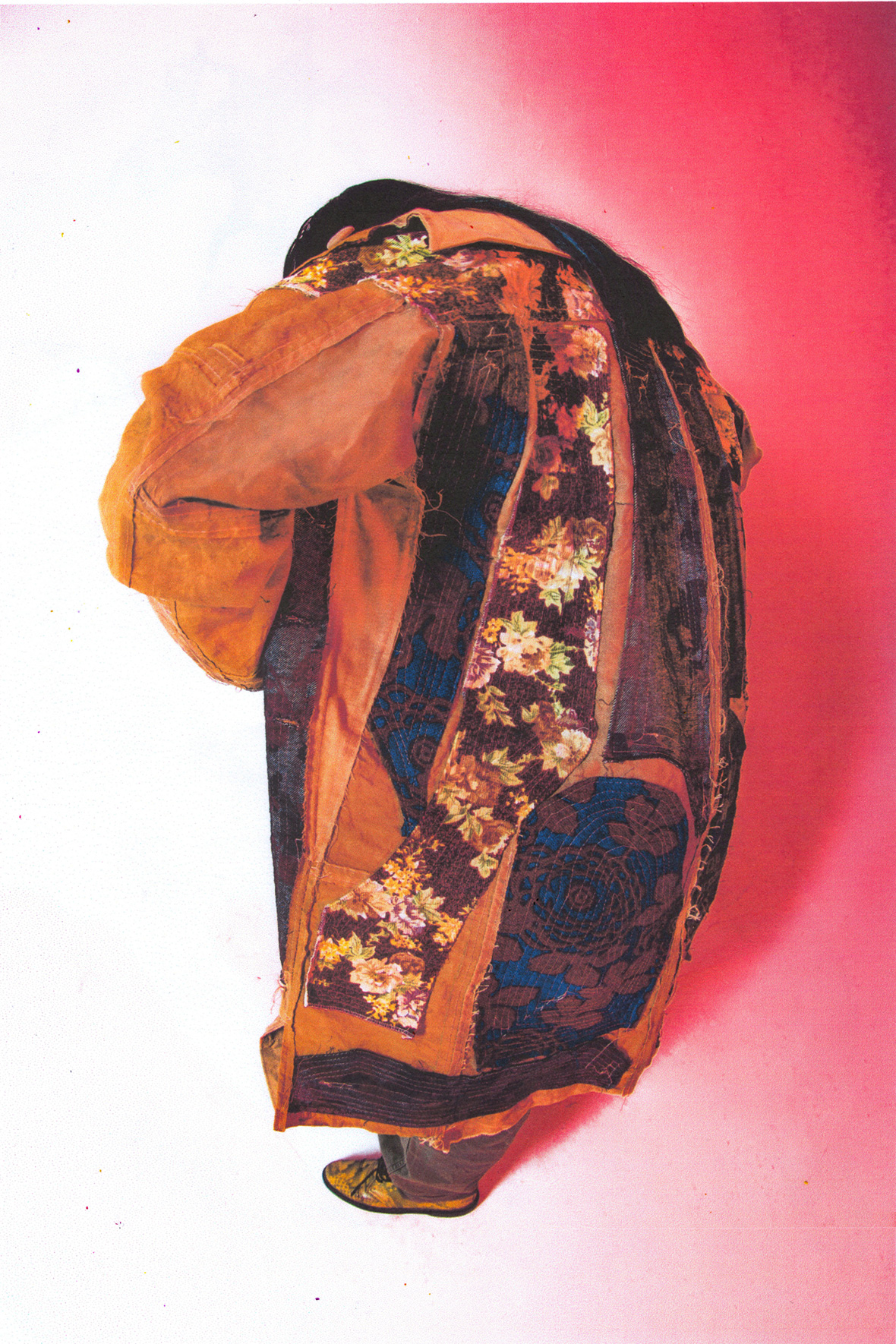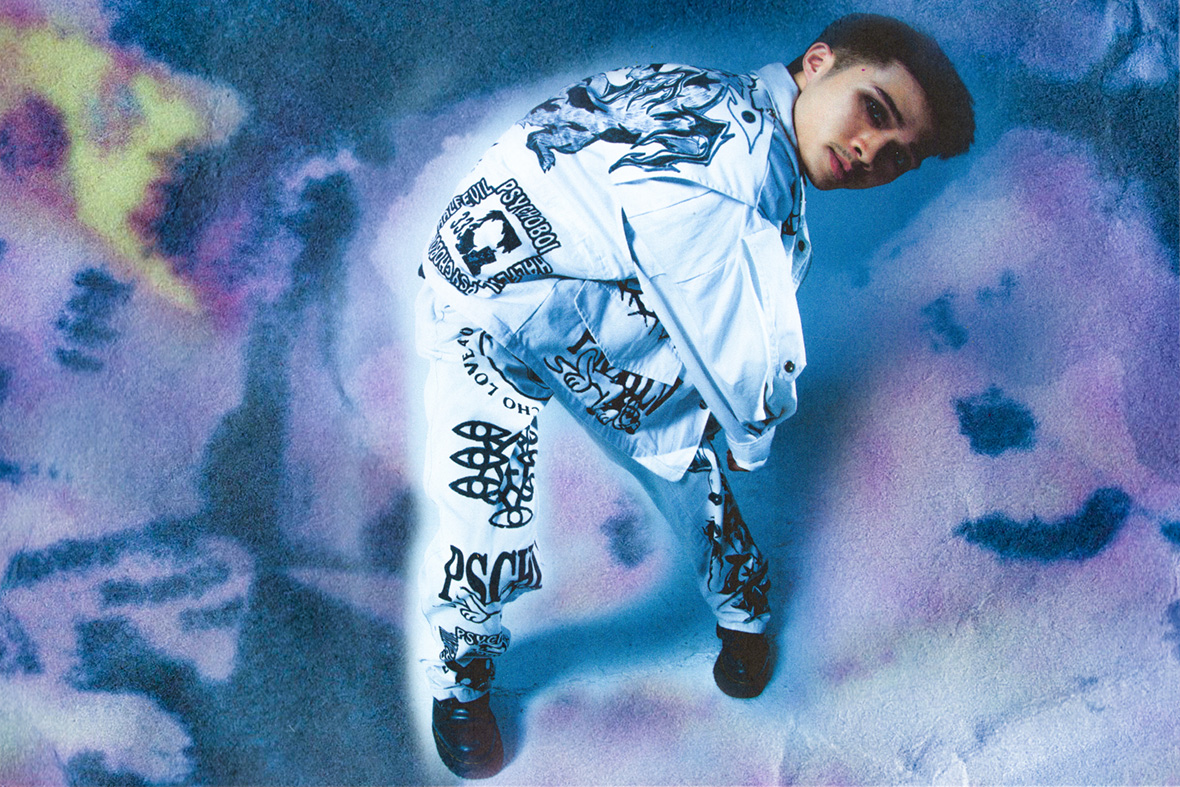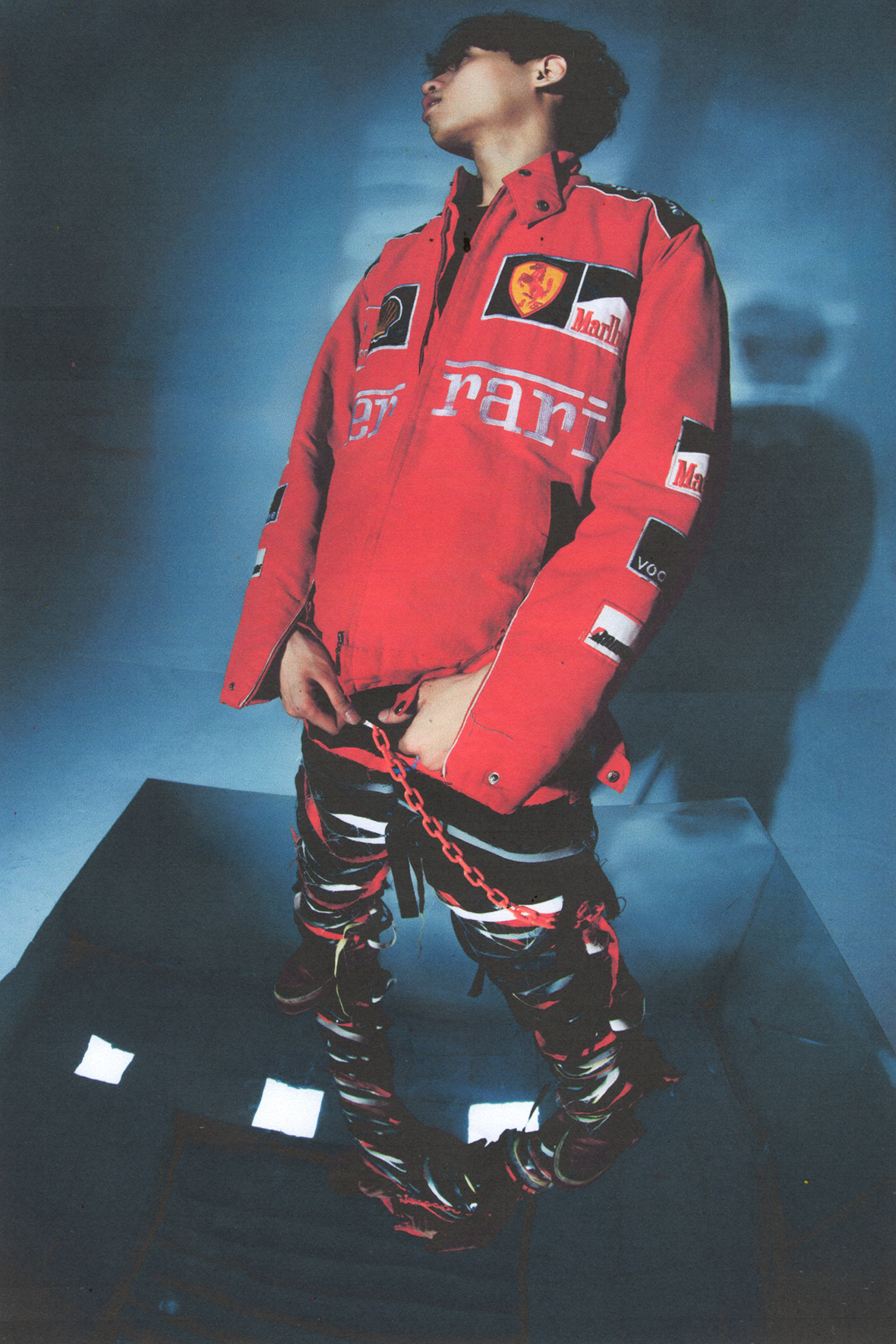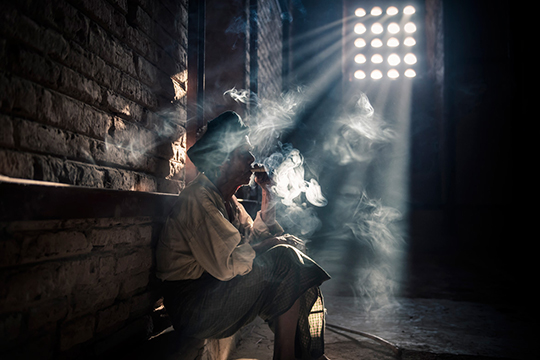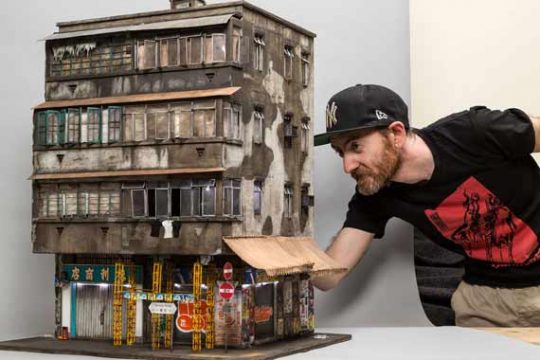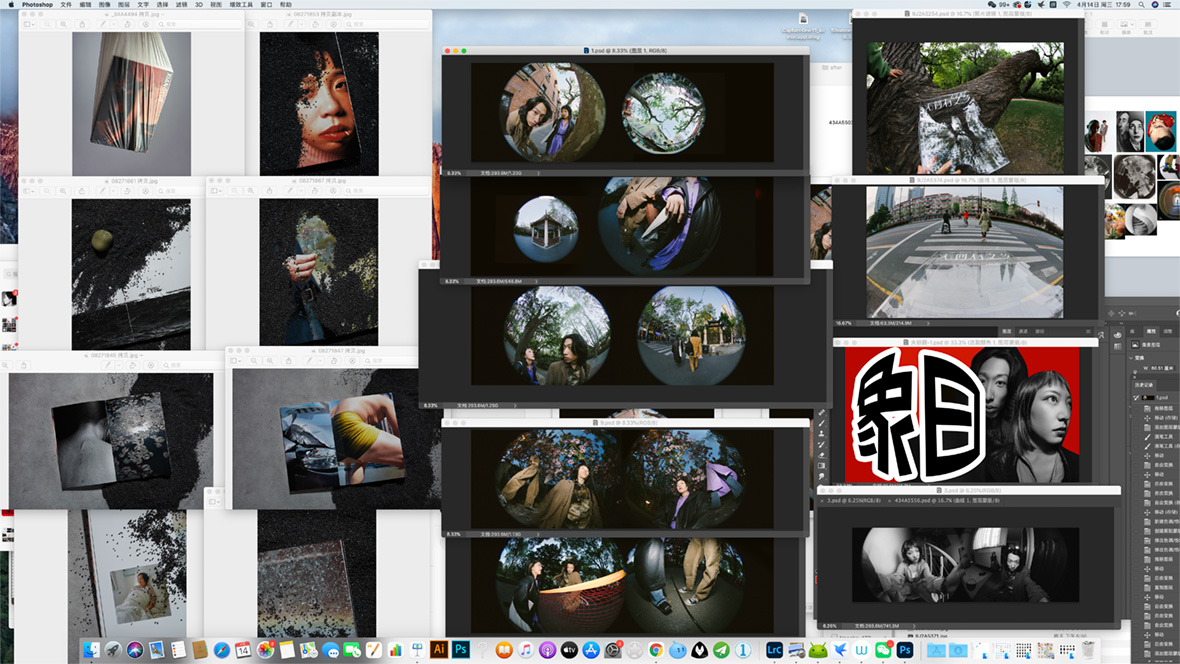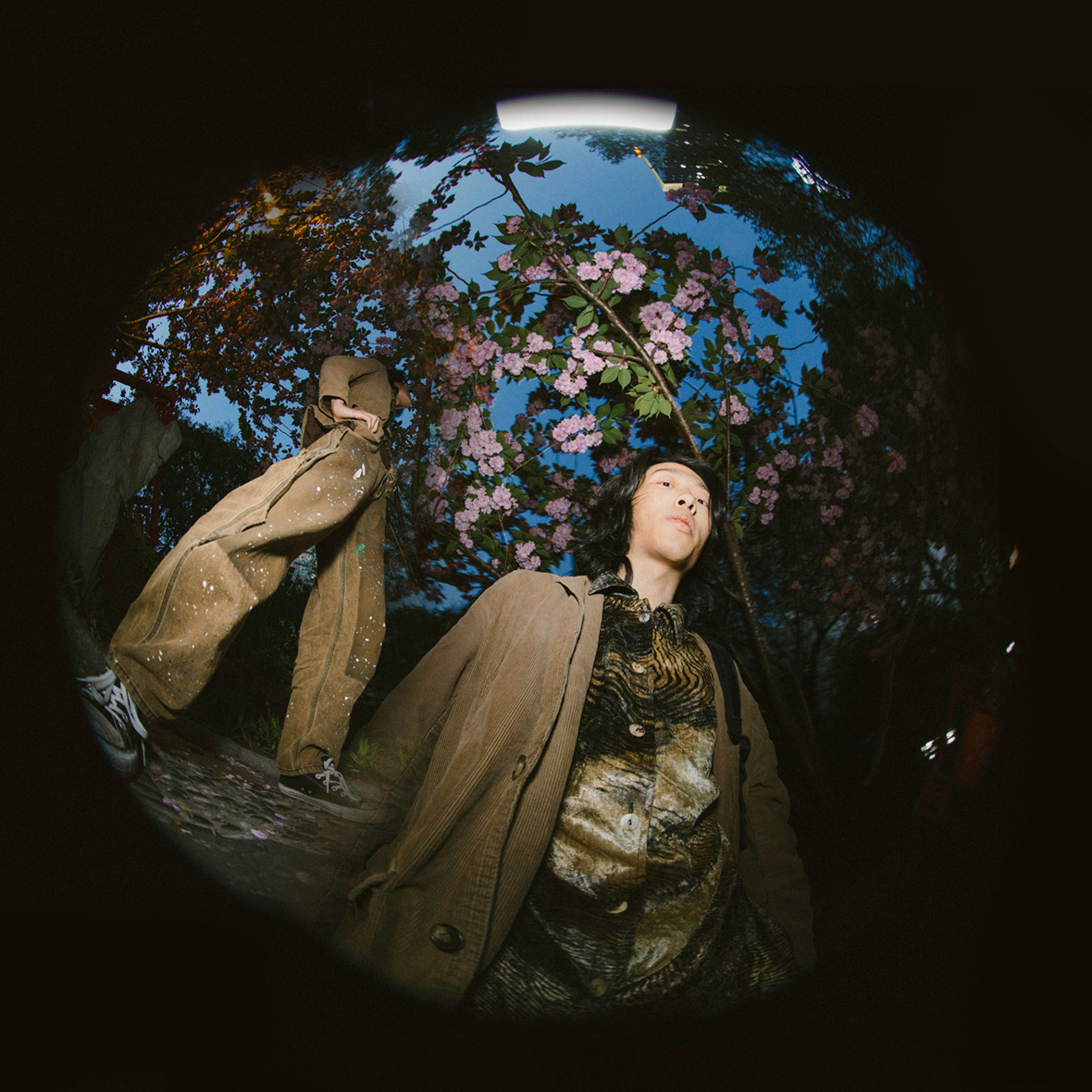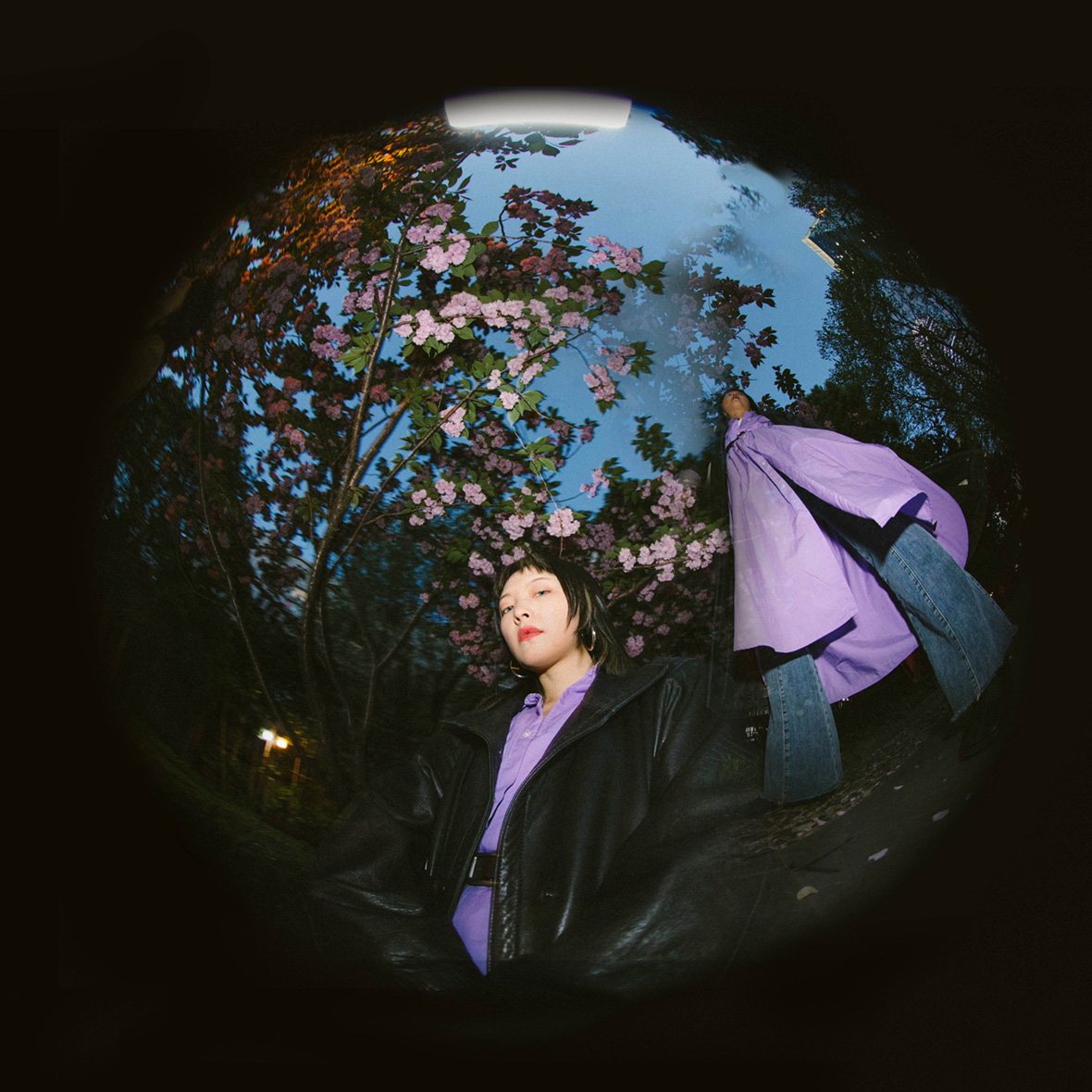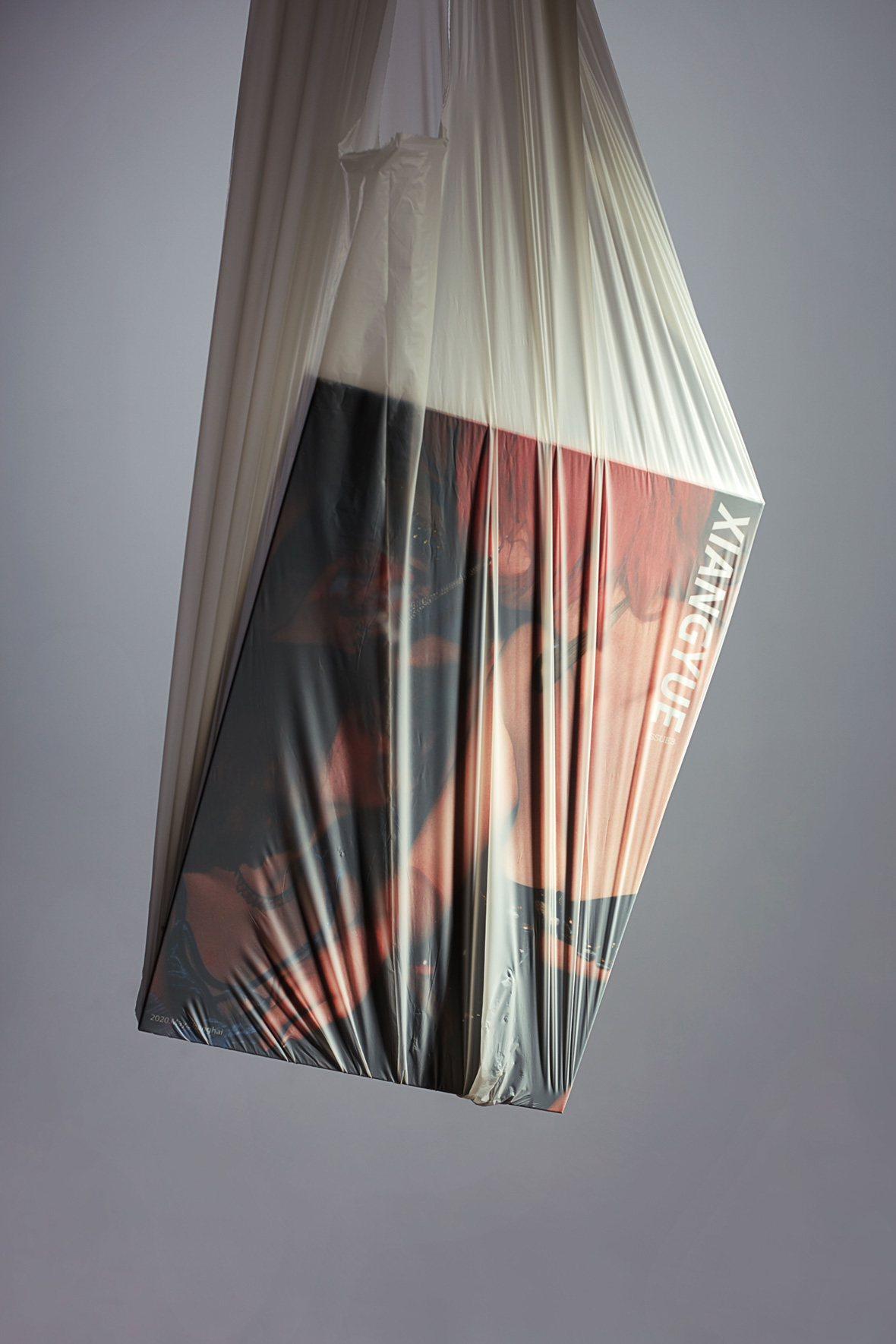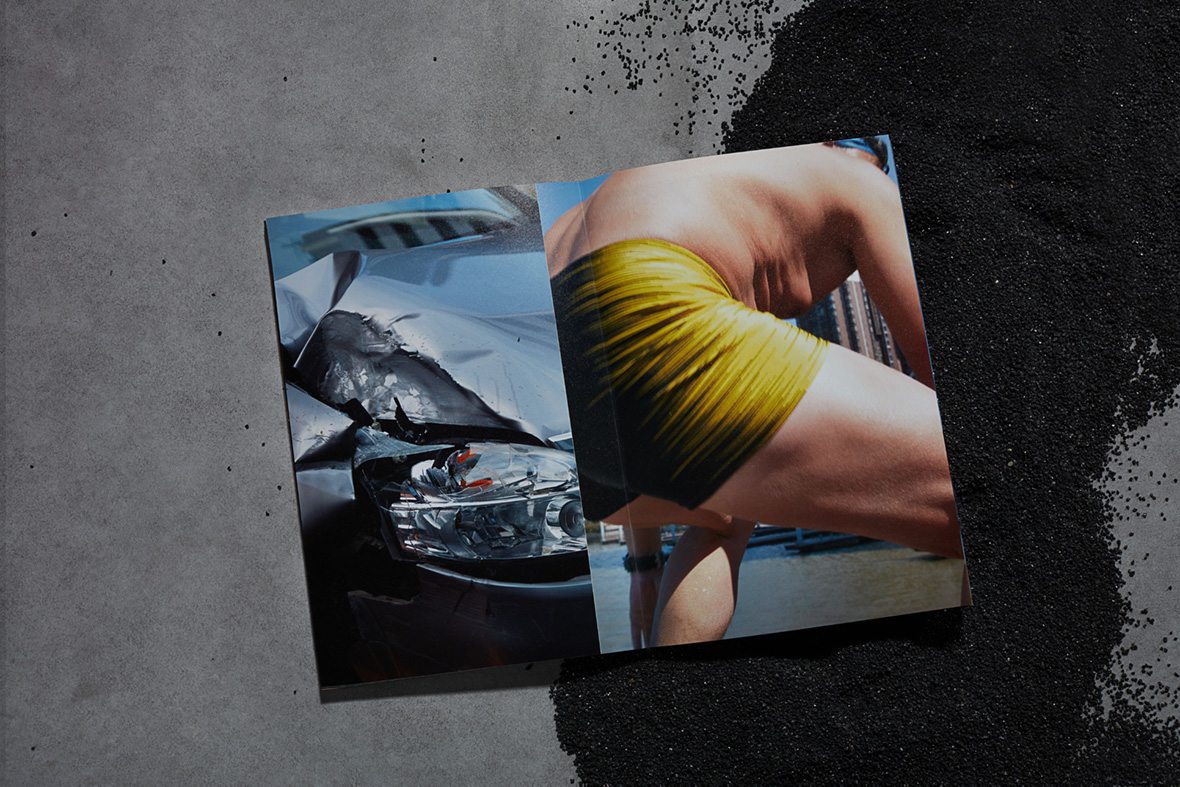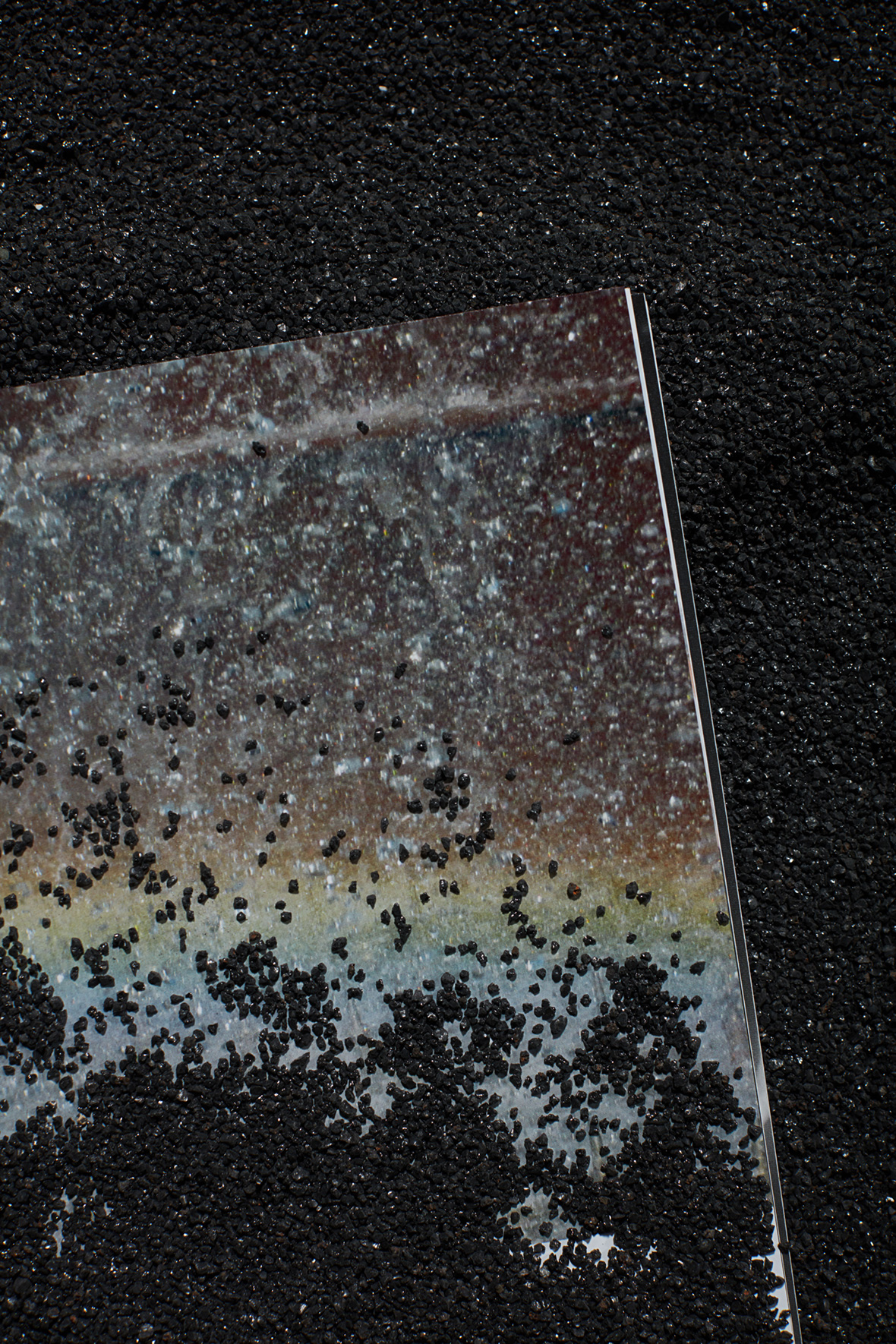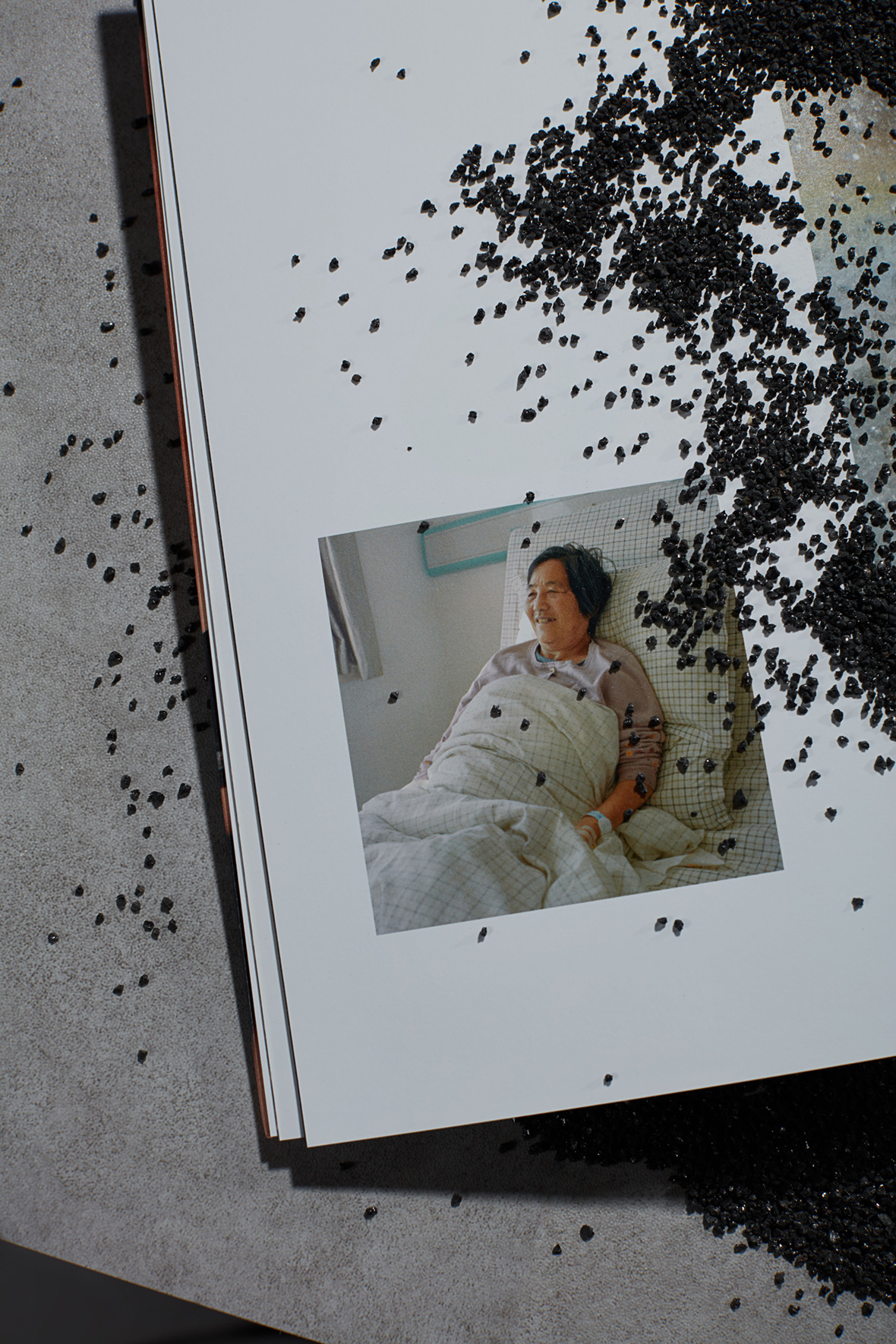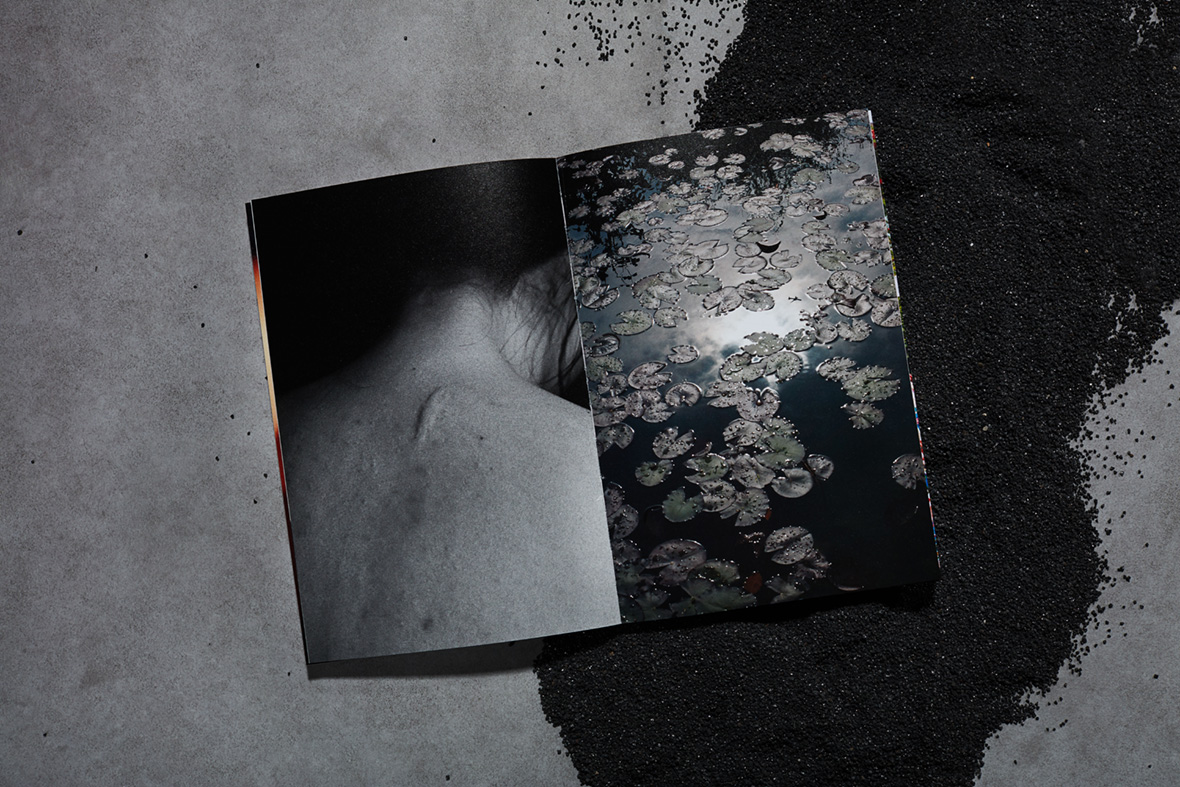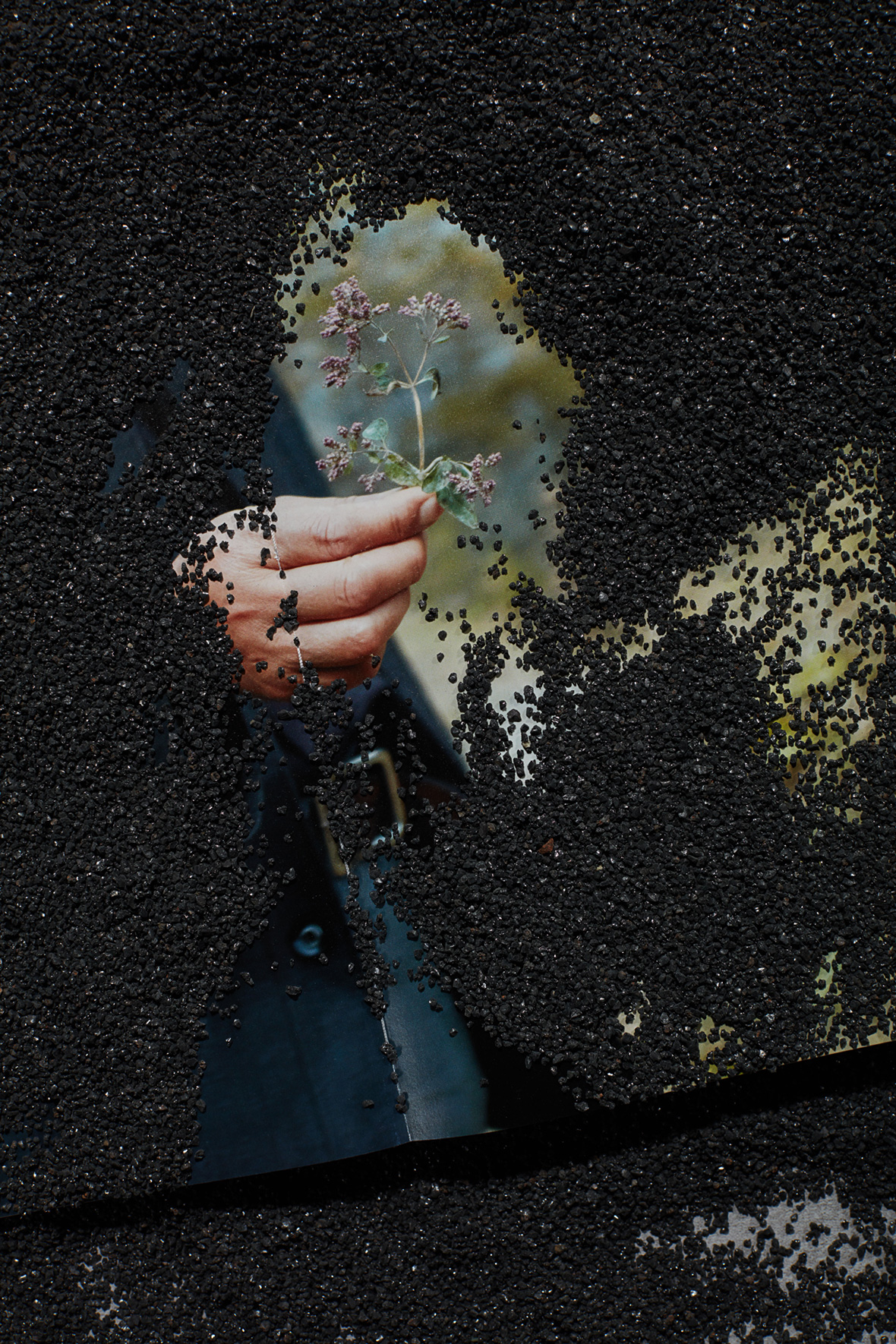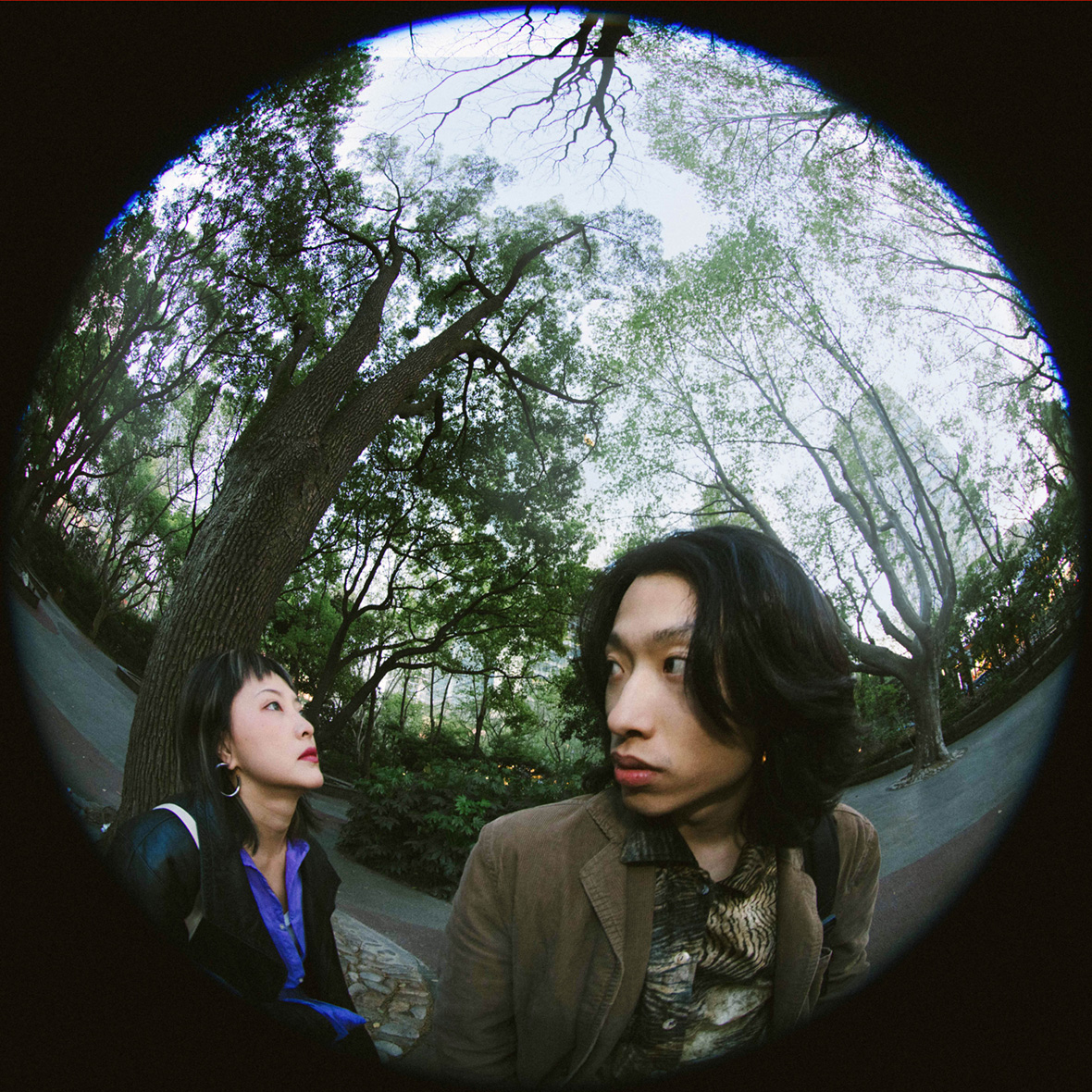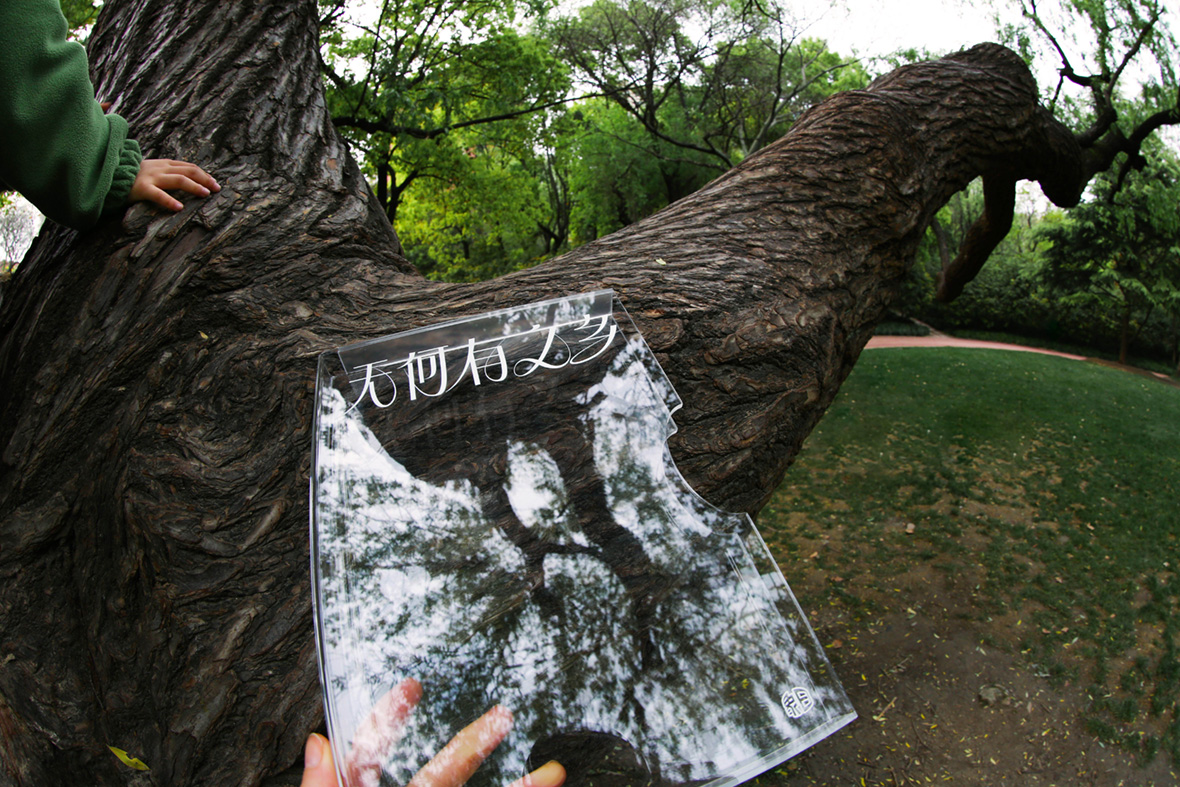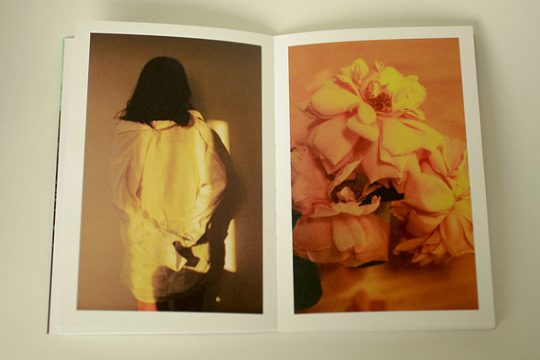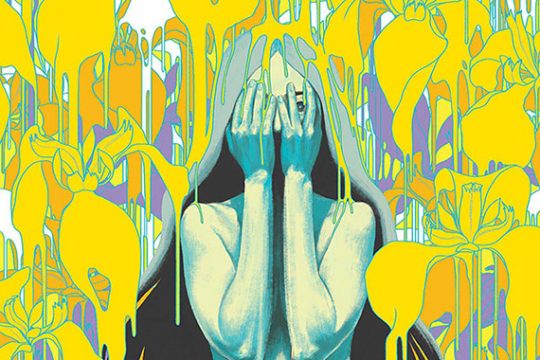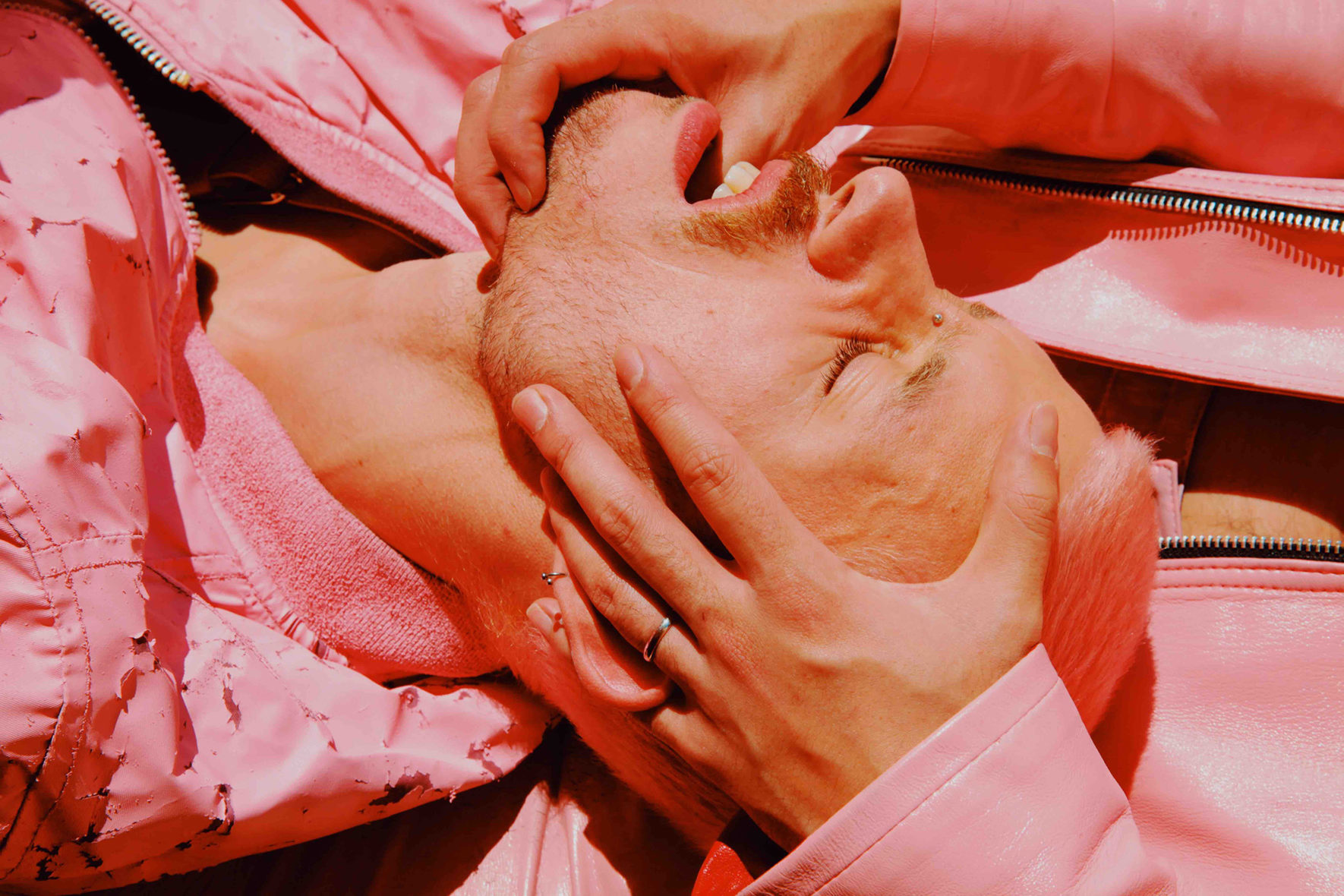
“Who do I have to fuck to get a visa?” a London-based friend once texted me, with equal parts exasperation and envy, in response to my Instagram stories of Taipei’s pandemic-era nightlife. Until a few weeks ago, it seemed that the island of 24 million would make it through the worst ravages of COVID-19 largely unscathed, with only around a dozen deaths and domestic transmissions largely squashed.
Now, as new variants slip through the cracks and the local and central governments scramble to rework their pandemic strategies as cases and deaths rise, it’s painfully clear just how good we had it. In particular, for Taiwan’s vibrant LGBTQ+ communities, this past year looks, in retrospect, almost utopian–a shimmering but fundamentally fragile celebration of queer life and pleasure at a time when most of the world has been stuck in mourning. Deep down, maybe we knew that it couldn’t last forever.
For those in the know, of course, Taipei has long been one of Asia’s queer cultural capitals. In 2019, Taiwan’s legislature garnered international attention when it made history by becoming the first in Asia to legalize same-sex marriage. In 2020, Taipei was able to boast the world’s largest LGBTQ+ Pride parade with the virus essentially contained within its borders. But Taiwan’s queer scene has never been reducible to rainbows and wedding rings. It is also home to some of the region’s most sought-after saunas, bars, clubs, and parties. Queer artists here continue to break new ground.
“想要拿到签证,我得和谁上床?”一位来自伦敦的朋友这样回复我的 Instagram,语气中带有几分懊恼和羡慕。那篇帖子的内容发布在疫情期间的台北,记录了我在当地的夜生活片段。在几周前,2400 万人口的台湾似乎还尽然有序,新冠肺炎的死亡人数维持在十几,本土疫情的传播源也已基本阻断。
但现在,随着病毒变异株的侵入,感染者和死亡人数攀升,这令地方和中央政府再度陷入紧张局面。或许在灾难面前,人们才体会到此前生活的幸福,对于活跃在台湾的 LGBTQ+ 群体来说更是如此。他们过去一年的生活堪称乌托邦——当哀嚎声在世界大多数地区此起彼伏,他们却沉迷在一片醉生梦死的梦幻境地。但同时,这番热闹却又显得脆弱,因为片刻的霓虹色难以持续至永恒。
众所周知,台北一直被奉为亚洲酷儿文化圣地。2019 年,台湾成为亚洲第一个同性婚姻合法化社会,引起了国际社会的广泛关注。2020年,在本土病毒传播问题基本控制的情形之下,台北举办了世界上最大型的 LGBTQ+ 骄傲游行。在台湾,“酷儿”文化并不只有骄傲游行和同性婚姻。这里还有着亚洲最炙手可热的桑拿浴室、俱乐部和派对场地,本地同性恋艺术家也正在不断开拓新的疆域。
Perhaps no one’s work reflects this period of triumphant, resilient queer joy as well as Manbo Key’s. The photographer has been following and documenting Taipei’s underground queer scene for years. His photographs have appeared in the pages of Vogue and Marie Claire. Recently, he served as the director for Indigenous Taiwanese musician Amuyi’s music video “Matched!,” a love letter to the city’s queers on the prowl and its one-of-a-kind nightlife.
无法观看?前往腾讯视频
In place of newlyweds in suits, Key offers glimpses of musclebound men in corsets, lithe voguers, and the avant-garde drag queens and trans performers who make up the city’s underground queer culture. His “Bromance” photo series depicts the erotic ambiguities of male friendship (featuring Tseng Chin-hua and Edward Chen of Your Name Engraved Herein fame), while his latest exhibition explores queer life in connection with his father, who came out as bisexual. Outside of photography, he has also been active in theater with the Shakespeare’s Wild Sisters Group.
身着紧身胸衣、肌肉发达的男士、身材纤细的潮流人士、前卫的变装皇后以及跨性别表演者等等,他们是这座城市地下酷儿文化的主要构成者,同时纷纷出现在登曼波的作品中。《Bromance》(兄弟情)系列描画了男性之间的暧昧情色,由《刻在你心底的名字》的两位主演曾敬骅和陈昊森出境;在最近的展览中, 登曼波甚至还探讨了他双性恋父亲的“酷儿”生活;镜头之外,登曼波还常常活跃于戏剧舞台,例如此前参加的《莎士比亚的妹妹们的剧团》。
Stylistically, there are unmistakable touches of the late Chinese photographer Ren Hang and Hong Kong-based cinematographer Christopher Doyle on Key’s works, with each portrait saturated in dreamlike, sensuous colors and every scene a story in miniature animated by the diverse revellers at its center. Many are utopian in the original Greek sense, seeming to take place nowhere in particular. When pressed about these influences, Key tells me, “In fact, I knew Ren and considered him a friend. We met each other when we both had just started a filming project in 2008. He used to have an online magazine called Moon, and when we met in Beijing a few years ago, we talked about how we both work to live and to be ourselves.” He named Doyle’s Away with Words among his favorite films as well. While the artist alternates between conventional digital and film equipment, many of his works are unplanned, taken on an iPhone in the moment, giving them an inimitable sense of naturalness and spontaneity.
从作品风格来看,登曼波的作品显然受到了已故中国摄影师任航和香港摄影师杜可风的影响,每一幅肖像都浸透着感性与梦幻;每一个场景都以狂欢者的视角娓娓道来,讲述着形形色色的故事和人生。
那些带着古希腊雕像或乌托邦式的场景,仿佛不存在于任何一个特定的地方。登曼波说:“其实我认识任航,和他算是朋友。我们是在 2008 年的一个拍摄项目中认识,他那时候正在策划一部名为《月亮》的电子杂志。几年之后我们又在北京见面,聊了聊工作和人生。”登曼波还表示,杜可风的《三条人》是他最喜欢的电影之一,他说:“杜可风的许多作品都没有事先计划,即兴地用手机在现场完成拍摄,这样的创作方式给人一种无与伦比的随性美感。”
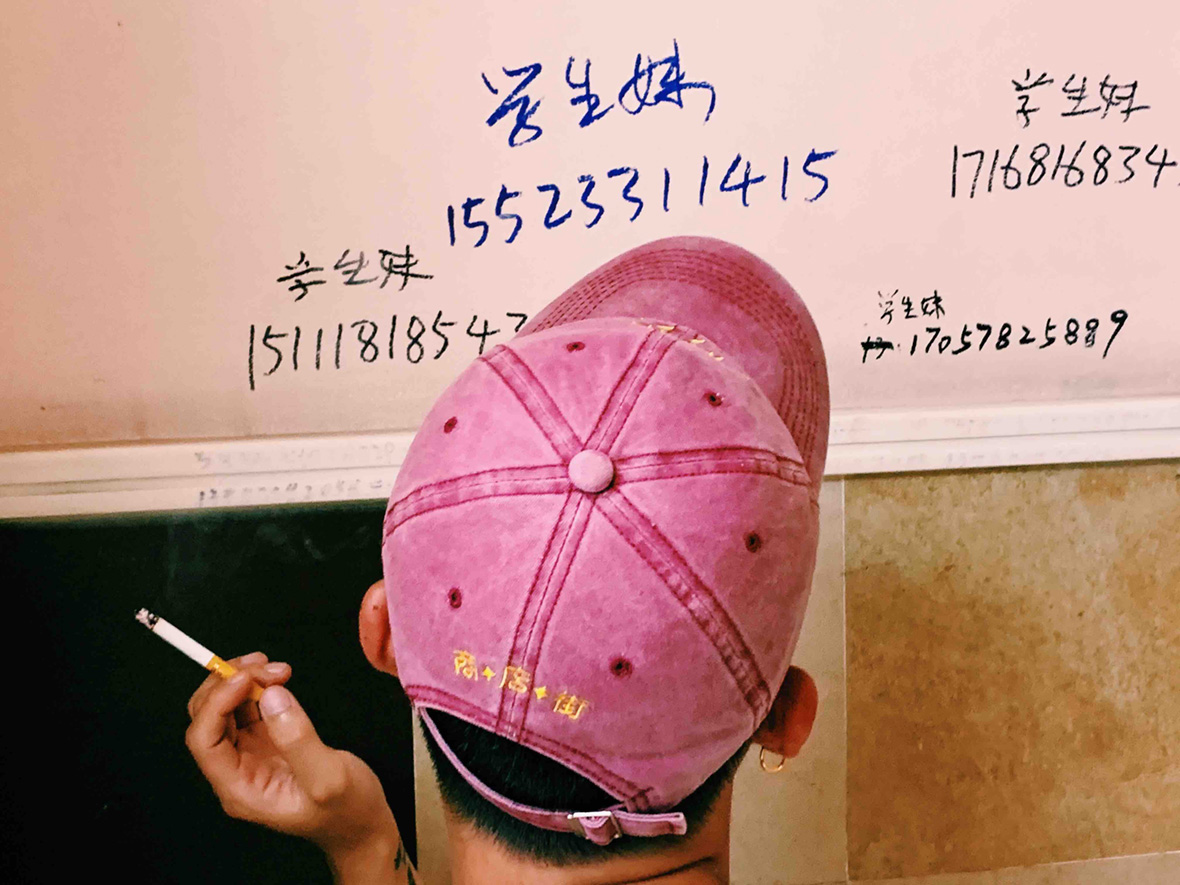
While Key’s photography in this sense lends itself to a kind of placeless, floating fantasy, for those who know his subjects and stomping grounds, it is also deeply rooted in Taipei’s unique techno and voguing scenes. As he puts it, “I have been to other queer-friendly cities, and I always feel that there are different layers to a city’s queer life, and I enjoy thinking about how those come to be, what they are, and what they could be.” At once singular and universal, they stand as archives of Taipei’s hard-won atmosphere of acceptance, and of the dreams that might become realities elsewhere as well.
In terms of his motivation, Key is clear that underlying his works is a message of freedom to explore and celebrate oneself and one’s desires. “Enjoy being whatever it is you want to be, learn more about yourself, and create using what you have in order to inspire the people you care about,” he advises anyone who finds his photographs compelling. As for inspiration, that comes naturally, he insists, through conversations and looking closely at the ever-changing queer scenes around him.
登曼波的摄影作品带有某种居无定所的飘渺,像是浮于心底的幻想。但对于那些身处酷儿场景的观众来说,他的作品却总能带来无比亲密的感受。他说:“我也曾走访过其他城市,总觉得每个城市的酷儿群体不尽相同。这激发我在创作过程中不断去思考,这些差别和城市文化有着怎样的联系?是什么造就了他们不同的面孔?” 这些思考的过程让他的摄影作品变得独特,裹挟着台北同性恋群体独有的氛围,也蕴藏着对外界现实的希冀。
谈及创作动机,登曼波表明他的作品便是自由探索,展现自我和个人欲望的概念。他建议:“成为你想成为的人,多了解自己,利用你所拥有一切的去极力创造,并激励你身边的人以及你所关心的人。”灵感始终在与他进行对话,因为酷儿场景总在不断改变,一些都在自然而然中发生。
Asked how he feels at this critical juncture, the artist says, “I felt entirely different in 2020, and even more seems up in the air in 2021 […] Overall, though, I feel more optimistic today about sharing queer images and memories to those outside of my inner circle, taking in the feedback and reactions, and just going from there.” He notes that his most recent project, a queer photography exhibition at National Chengchi University’s Art and Culture Center, which took place before the recent rise in COVID-19 cases, was a particularly reassuring experience. It allowed him to open up about intimate topics like his relationship with his father and explore them alongside his perennial obsessions.
对于当下,登曼波认为疫情让一切都充满不确定性。同时,创作步伐也相对以往变得慢了下来,他说道:“我现在会更愿意给陌生人分享酷儿影像及故事,聆听他人的反馈和意见,往往能激励我去创作更多可能。” 在最近疫情变得严峻之前,他曾在国立政治大学艺术和文化中心举办酷儿摄影展。他认为办展能让人变得更加自在,也更令人享受近距离敞开心扉的感觉。展览上,他和观众谈论了许多私密性话题,譬如他和父亲之间多年以来的特殊关系,并将这些话题与他常年专注的酷儿主题联系在一起。
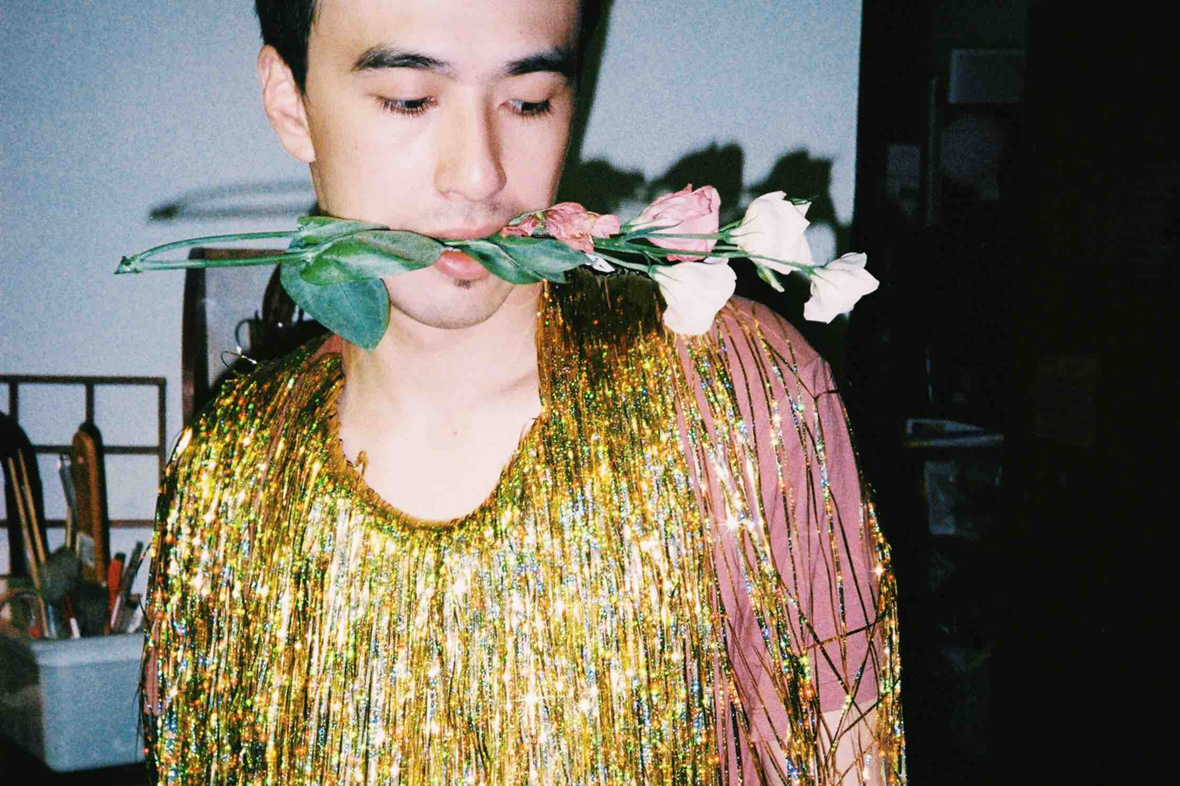
For the rest of us, Key’s works are more than just skillful portraits or personal confessionals. They are also memories of half-remembered nights, snapshots of queer desire and intimacy at a time when so many people are cut off from one another, records of Taipei’s transformation into one of Asia’s (and indeed, the world’s) most LGBTQ-friendly cities, and reminders to survive and get back to the dance floors and streets. As José Esteban Muñoz, the theorist of queer hope, once wrote: “We must dream and enact new and better pleasures, other ways of being in the world, and ultimately new worlds.” Gazing at these photos of Taipei’s pandemic-era nightlife, we glimpse reminisces and dreams of a world not in lockdown, but one where unbridled joy is as close as the sweat-soaked skin of strangers dancing away their pain in unison.
对于很多人来说,登曼波的作品绝不仅仅表达着高超的肖像摄影技艺、或是人物内心独白;丰富的影像背后,是台湾酷儿群体记忆中数个的朦胧的夜晚;是疫情封锁时期,同性欲望的袒露、亲密接触的快照瞬间;是亚洲 LGBTQ+ 群体最友好城市的真实一面;陪伴那里的人们度过这段寂寞,带着回归舞池和街道的美好祝愿。
正如 “酷儿理论” (queer theory,认为性别认同和性倾向不是“天然”的,而是通过社会和文化过程形成的) 学家 José Esteban Muñoz 曾经说过的一样:“我们必须畅想为世人创造更多乐趣,尽可能为所有人创造乐场,这样世界才会以更新的面貌呈现。”看过这些台北夜生活的照片,我们得以窥见和回味一个未被封锁的世界,感受那些通过舞蹈排解痛苦的灵魂,以及大汗淋漓中所透露的无拘无束和畅快感觉。
Like our stories? Follow us on Facebook and Instagram.
Instagram: @manbo_key
Contributor: Brandon Kemp
Chinese Translation: Olivia Li


